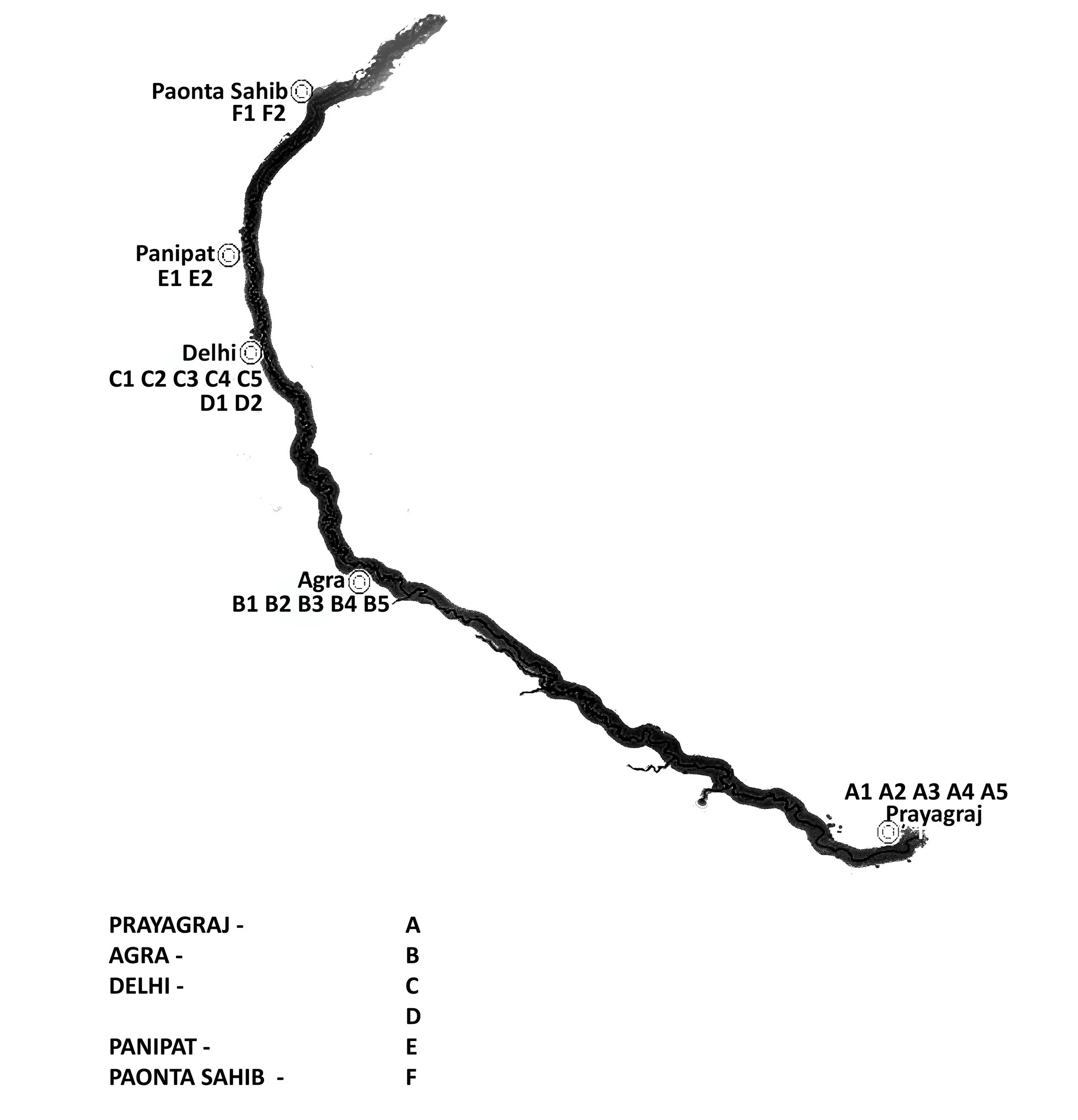“River Yamuna: Dead River”
River Yamuna: Dead River is a long-form documentary project and eco-art intervention that investigates the environmental collapse of the Yamuna River through a multi-layered approach combining photography, scientific analysis, and community narratives.
This project emerges from a place of urgency and deep personal connection to India's sacred yet collapsing ecosystems. The Yamuna River, once worshipped and revered, now flows through Delhi like a wounded artery—its water dark, foaming, and thick with the residue of industrial disregard and policy failure. I use my practice to bear witness to ecological decay, to listen to the silences of suffering, and to give voice to those impacted by climate injustice.
Through this work, I merge the disciplines of documentary photography, scientific water analysis, and human portraiture to tell a story that is both visual and visceral. I travelled along the Yamuna’s path, from its first point of human touch in the Himalayas to its toxic descent through Delhi and Agra till Prayagraj, where it merges with River Ganga, capturing the visual transformation of a river that has been ritually spiritualized and systemically destroyed.
My photographs do not simply document pollution—they represent suffering, neglect, and disconnection. They confront viewers with the beauty that remains and the contamination that spreads. But more critically, I include the faces of those who live beside the Yamuna, because the river’s death is not just ecological—it is social. These communities, often marginalized, are trapped in cycles of dependency and exposure, forced to consume, bathe, and work with water that poisons them.
This project embodies my belief that art must serve ecological truth and civic transformation. I use Water Quality Index (WQI) analysis and field sampling to ground my images in scientific evidence. This data forms an essential counterpoint to the emotional and spiritual weight of the portraits and landscapes. I aim to bridge science and art, policy and emotion, turning image into argument and fact into fuel for awareness.
River Yamuna: Dead River is not just a record—it is a call. A call to see the sacred in nature again. A call to demand accountability from power. A call to reclaim rivers not as sewers, but as lifelines.
Photographic Series: Landscape images capture both the river’s tragic beauty and its decline. The aesthetics move from the sublime to the grotesque.
Portraiture Series: Individuals and families who live by or depend on the Yamuna are photographed in their own spaces, offering a human face to a poisoned river.
Scientific Sampling: Water samples were collected from key locations and tested using WQI standards, revealing dangerous levels of:
Fecal Coliform
Chemical Contaminants
Total Dissolved Solids (TDS)
pH Value – Indicates acidity or alkalinity.
Total Dissolved Solids (TDS) – Reflects the presence of inorganic salts and small amounts of organic matter.
Total Hardness – Measures calcium and magnesium ions, indicating water’s mineral content.
Calcium Hardness – Isolates calcium content to assess scale-forming potential.
Total Suspended Solids (TSS) – Shows particulate matter suspended in the water.
Biological Oxygen Demand (BOD at 27°C for 3 days) – Gauges organic pollution and the potential for oxygen depletion.
Chemical Oxygen Demand (COD) – Assesses the total quantity of oxygen needed to oxidize pollutants.
Dissolved Oxygen (DO) – Measures available oxygen, essential for aquatic life.
Oil and Grease – Detects hydrocarbon pollution from industrial and urban runoff.
Iron – Indicates heavy metal contamination that can affect both ecology and human health.
Sulphide – Often from industrial effluents; toxic in low concentrations.
Cyanide – Highly toxic, associated with industrial discharge.
This fusion of science and visual art strengthens the project’s validity and impact.
While some may question the reliability or scope of Water Quality Index (WQI) tests, they remain a globally recognized method for assessing water health. In this project, WQI testing was not intended to provide exhaustive scientific analysis but to serve as an accessible and indicative framework. By measuring key pollutants—such as dissolved oxygen, biological oxygen demand, and fecal coliform—the tests offered concrete evidence of toxicity. Rather than claiming absolute objectivity, the data functioned as a narrative device: it linked the visual and emotional impact of the art with real, measurable ecological harm. In doing so, the project bridges subjective experience with empirical urgency, reinforcing the ethical and political stakes of environmental witnessing.
“Dead River: Yamuna” is not just a river story—it is a mirror of modern India, reflecting our environmental amnesia, policy hypocrisy, and the fragile bond between humans and water. Through image, science, and testimony, it demands that we no longer just document the death of rivers, but work to resurrect them.





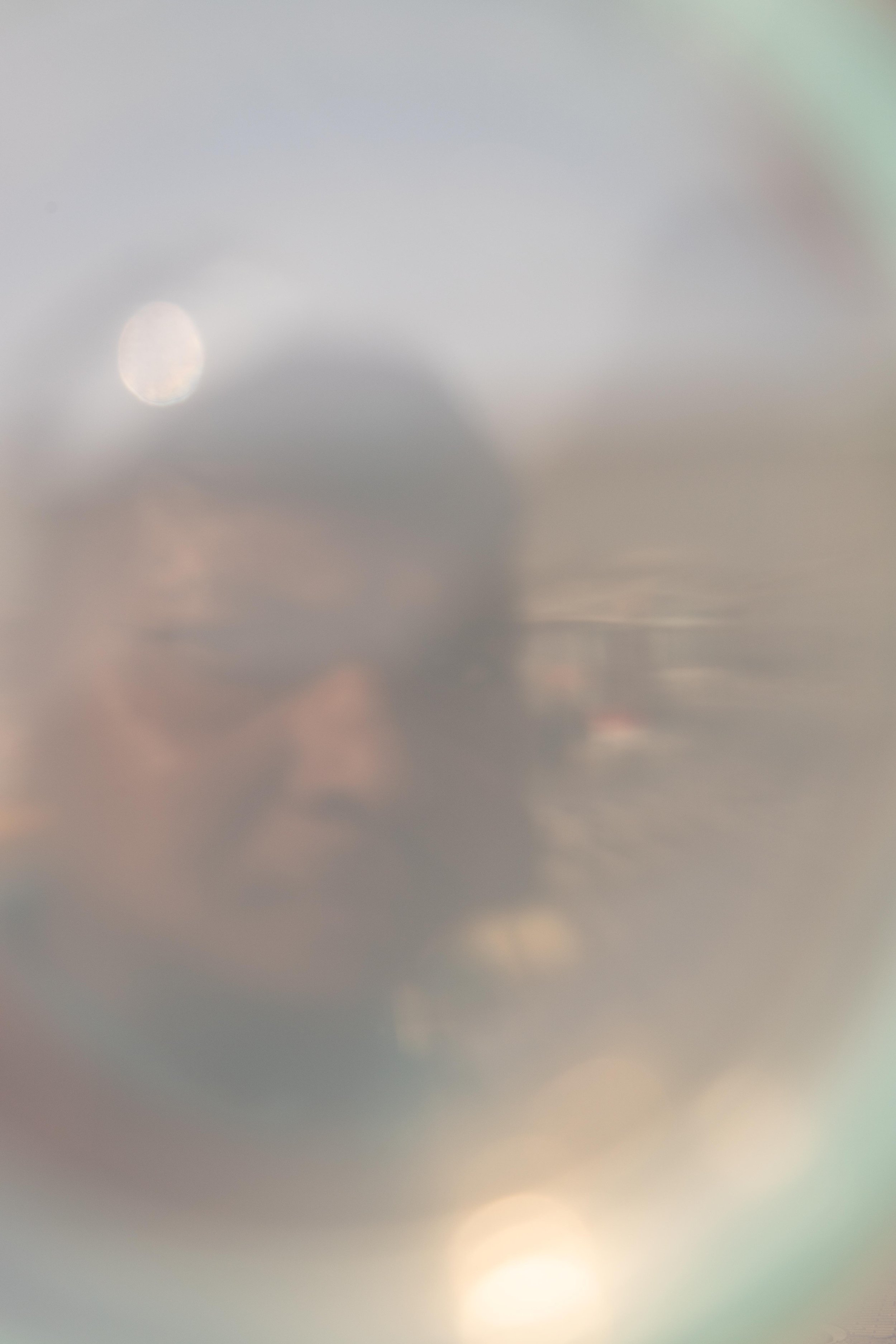

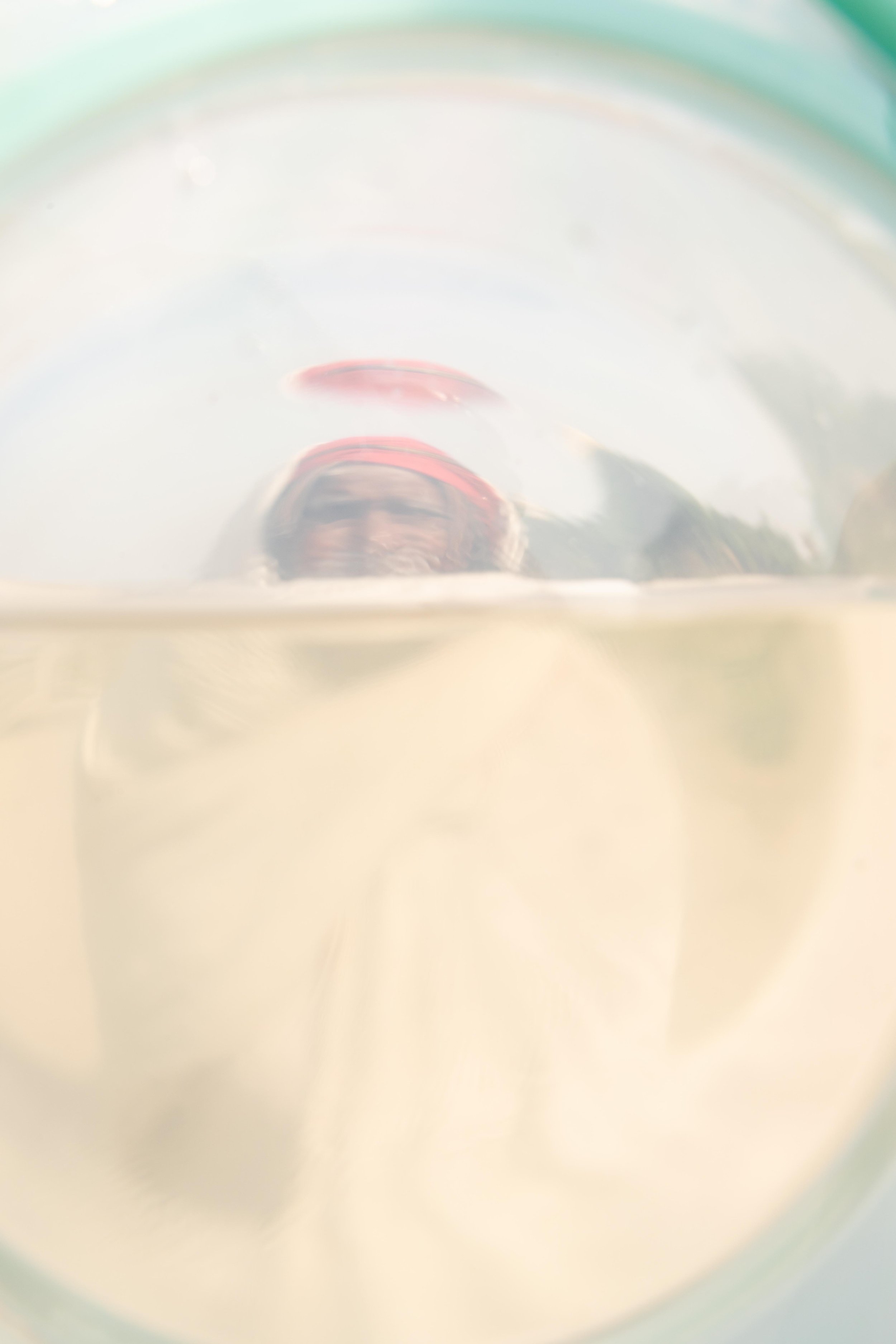
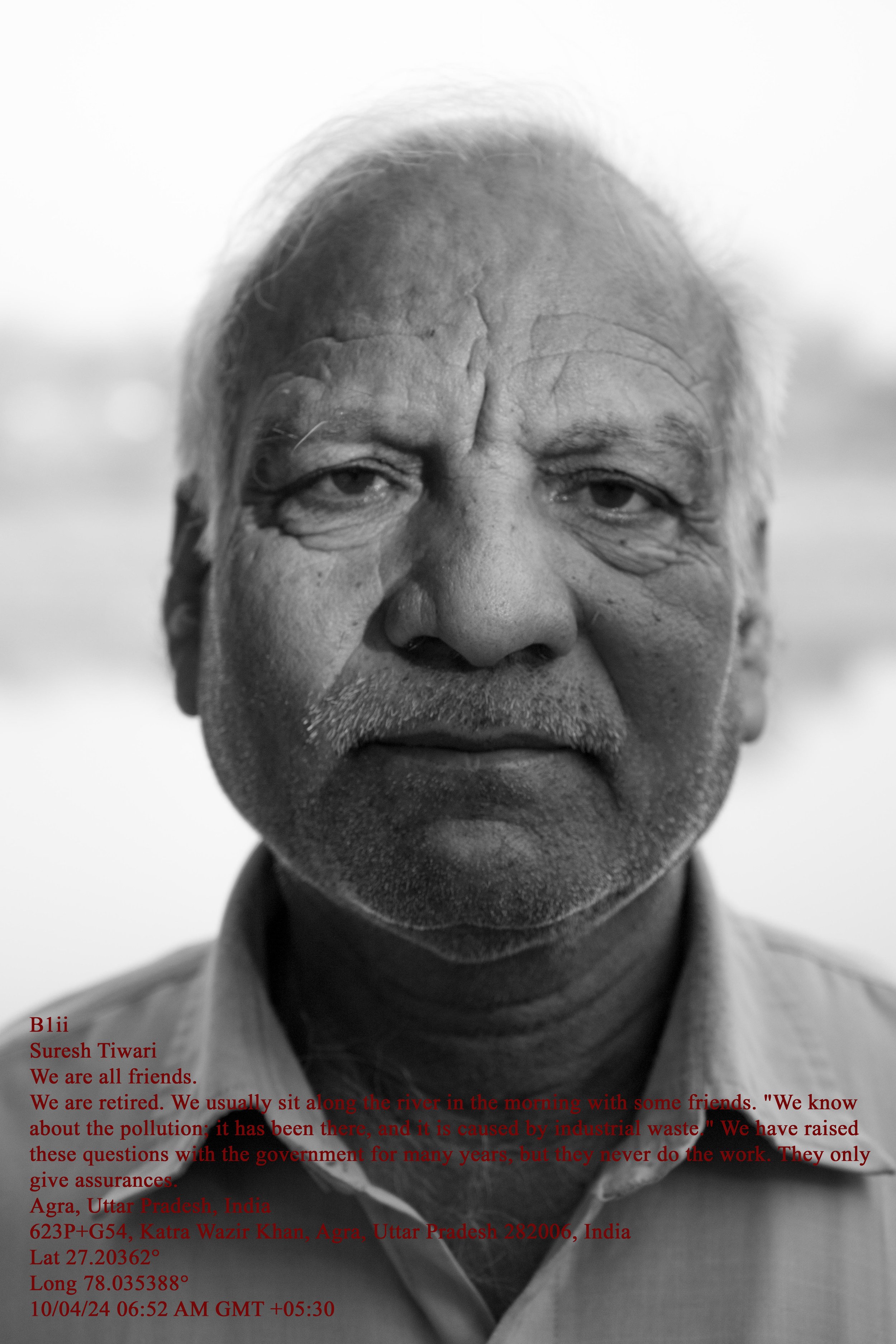

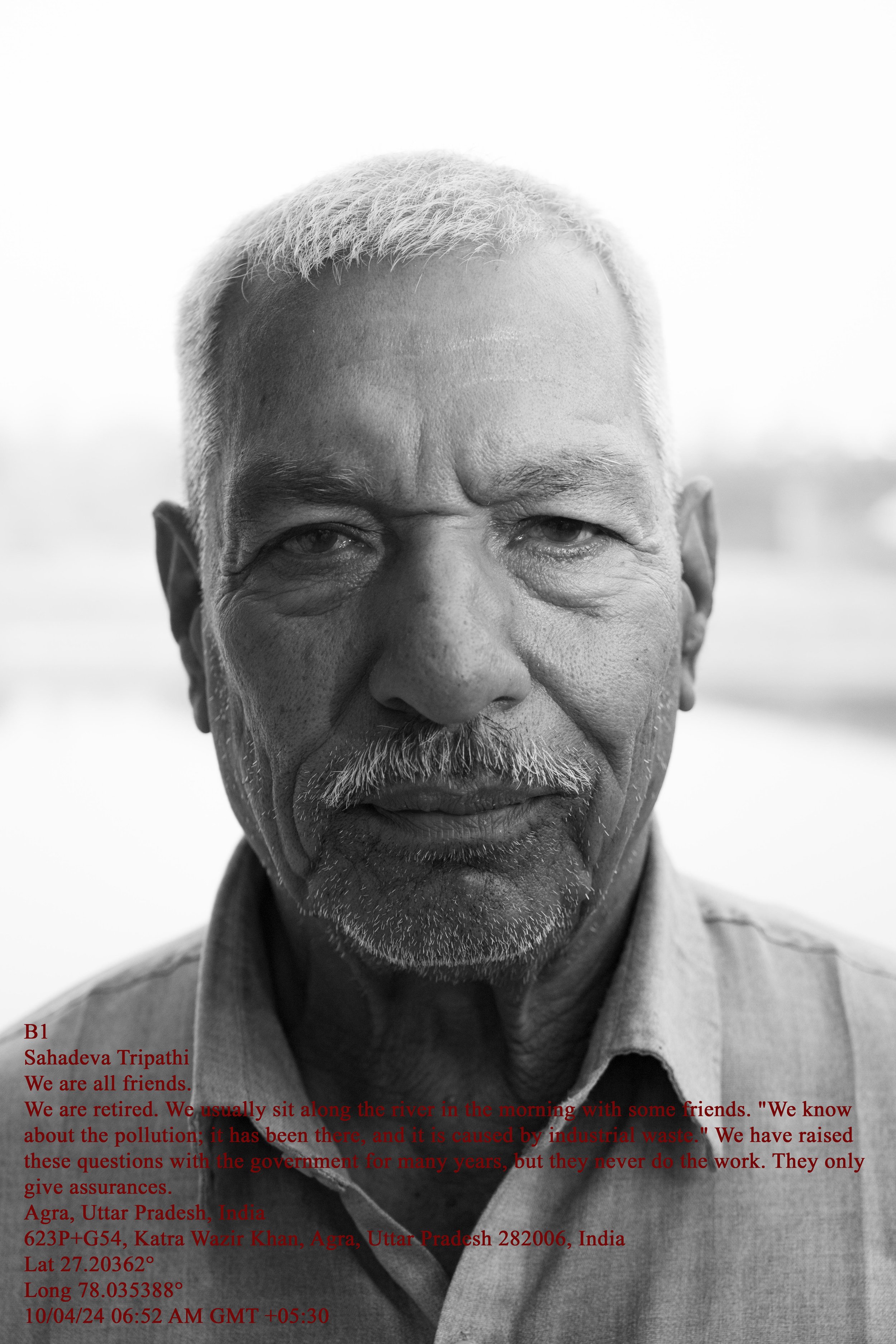
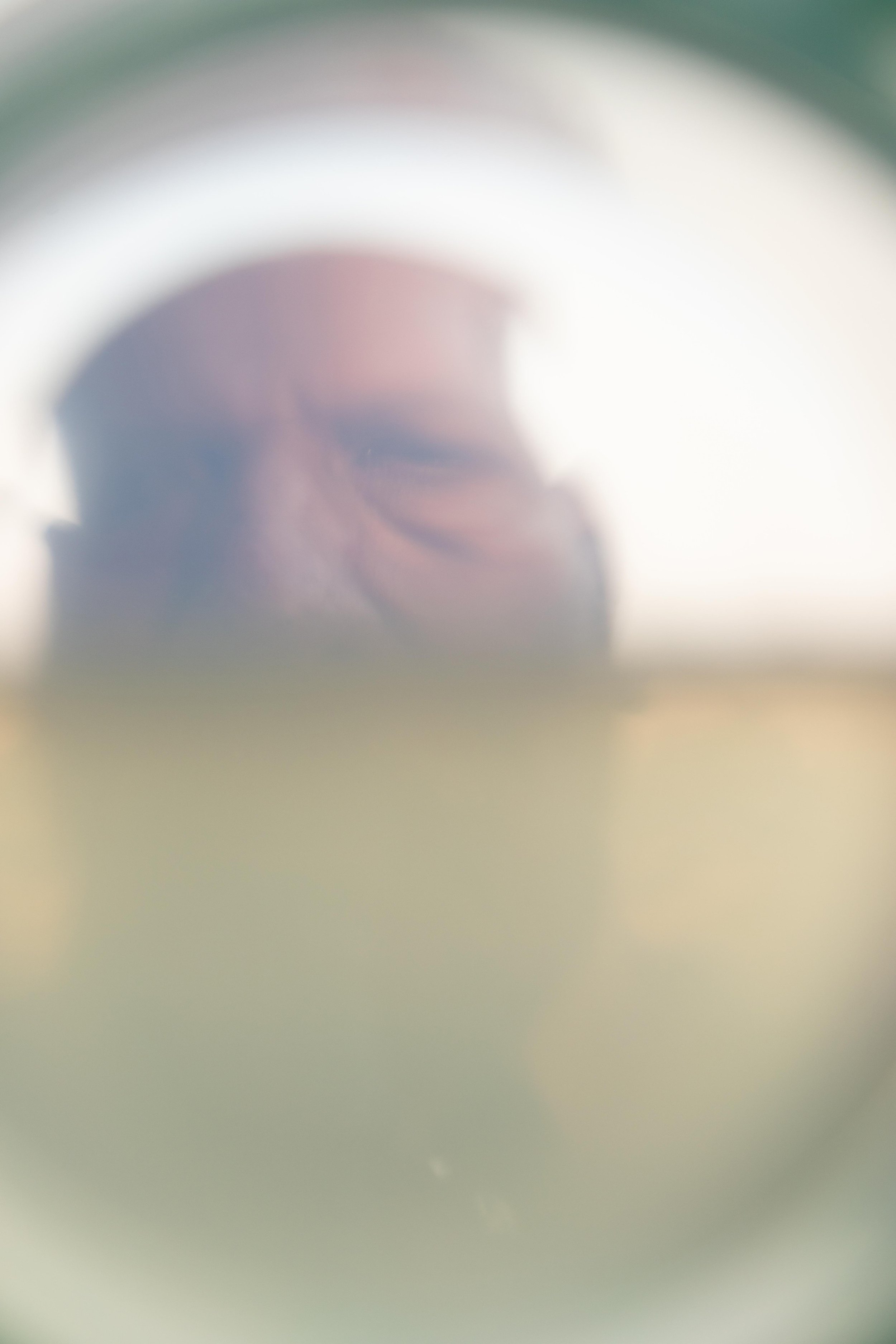
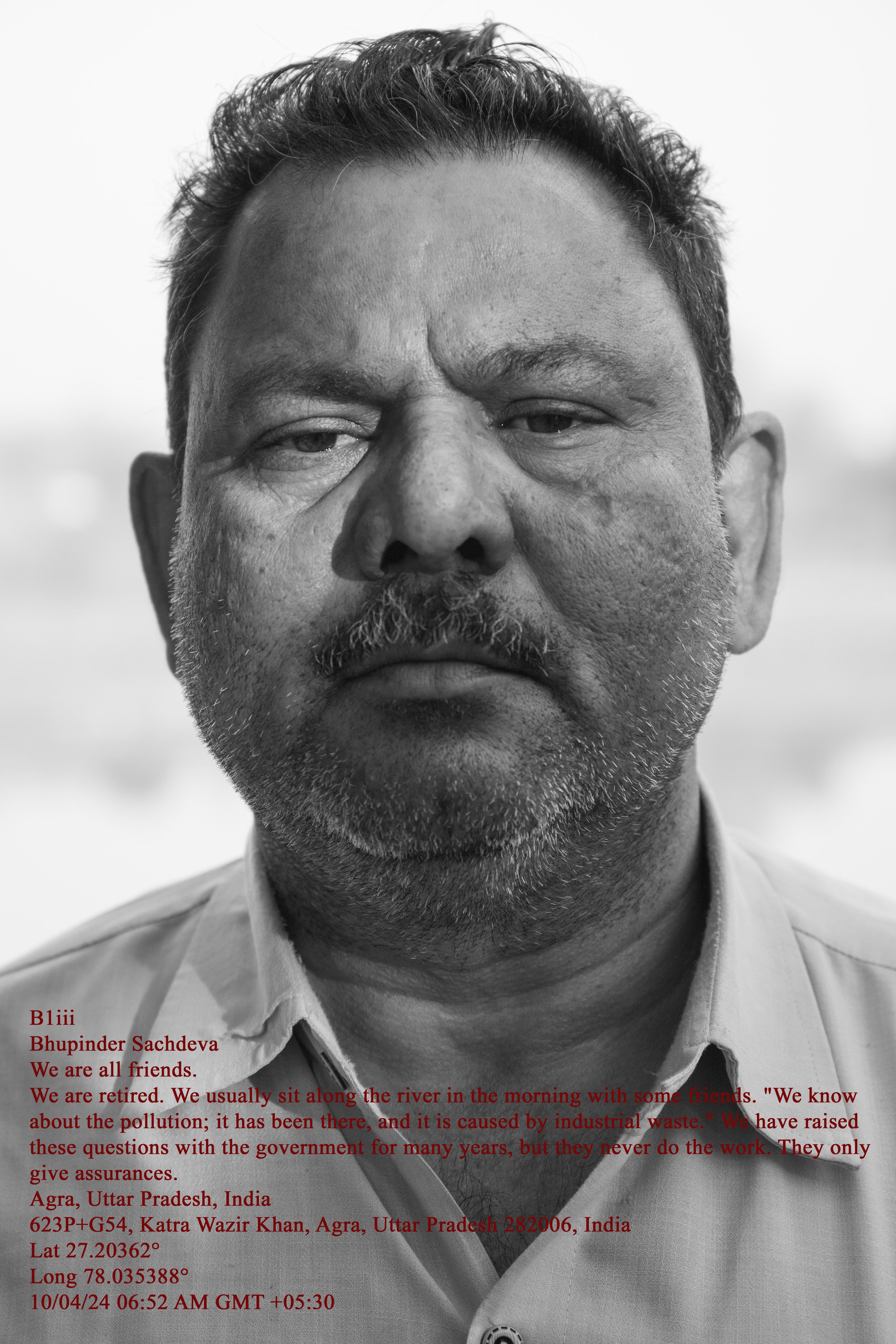



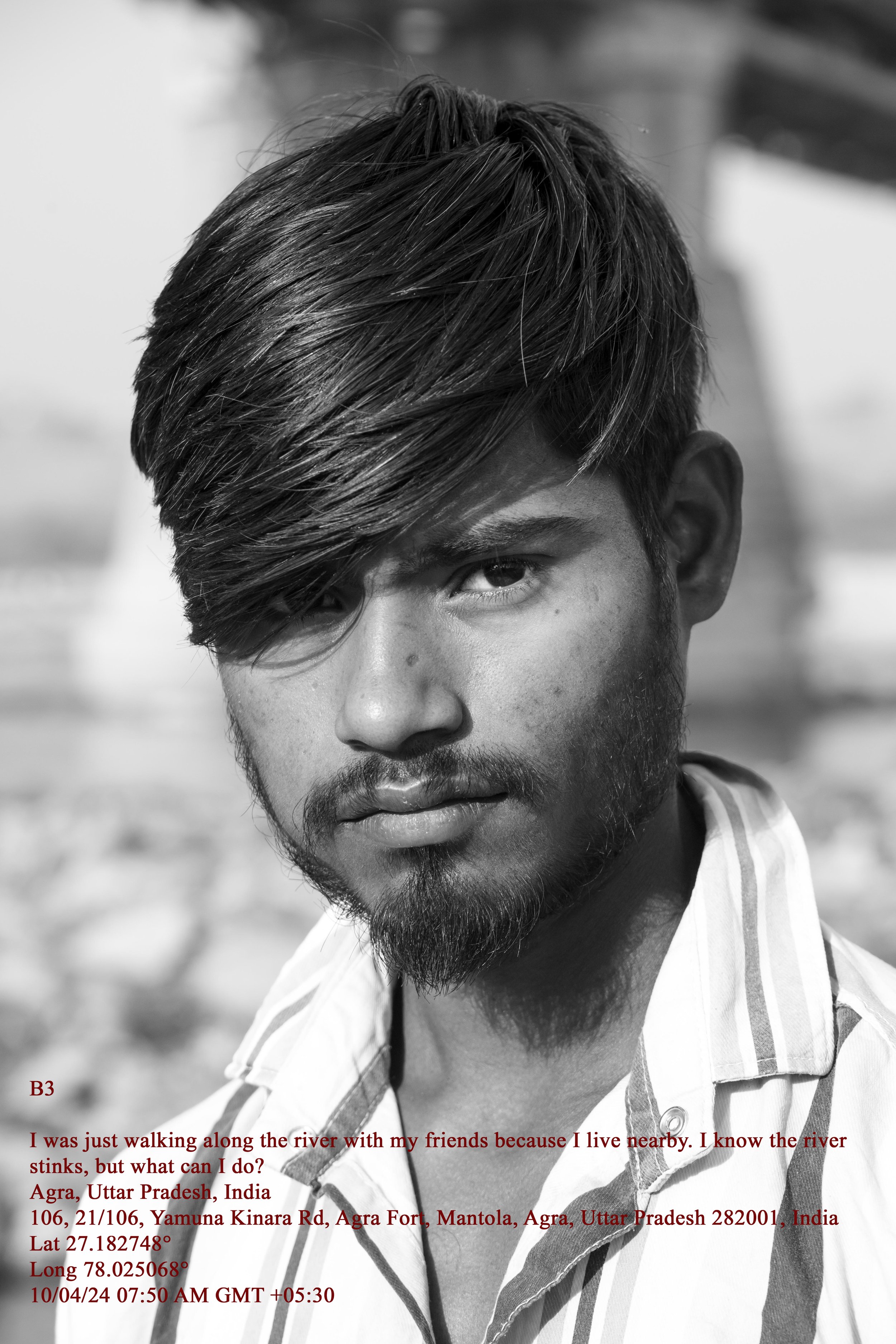
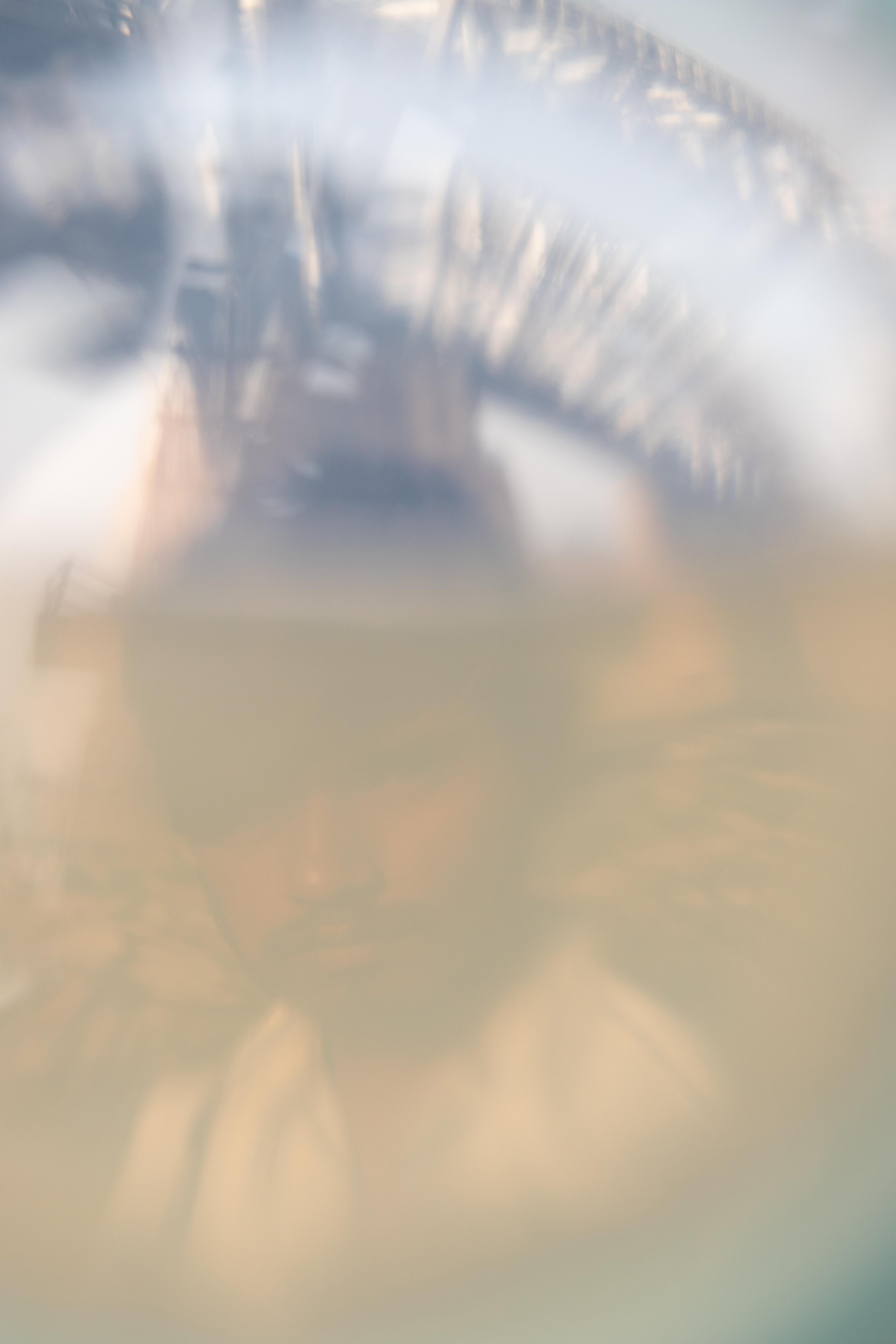
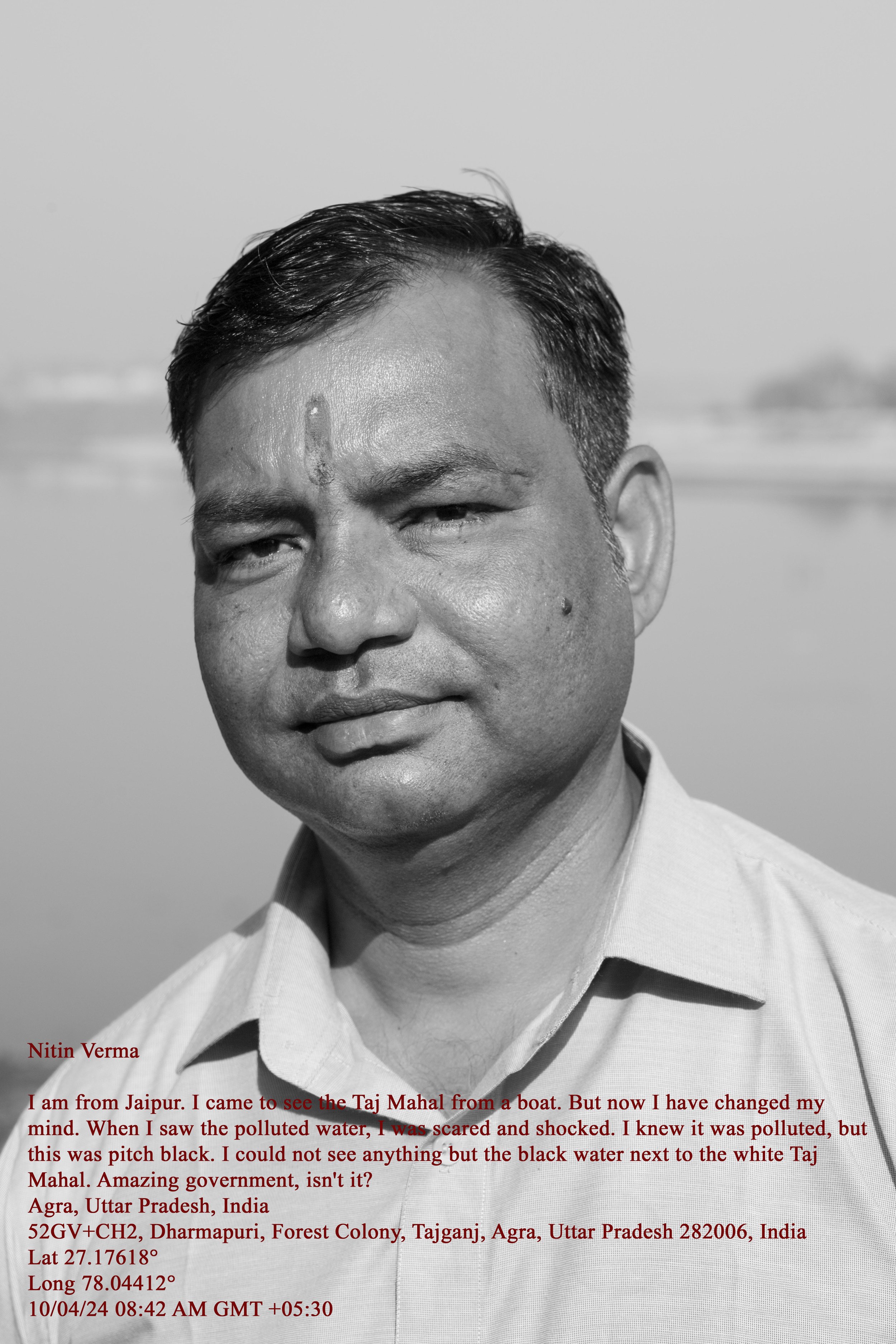
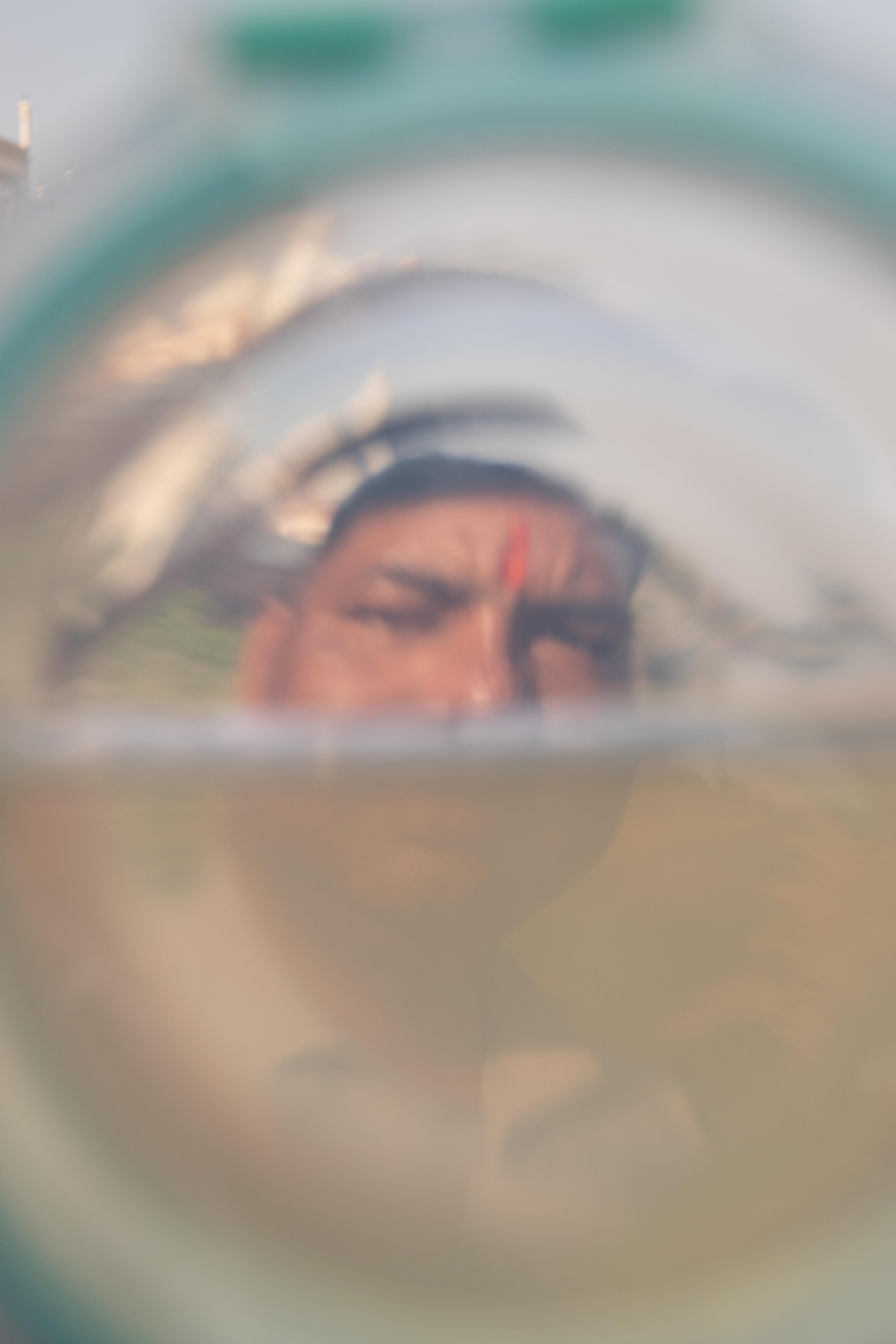
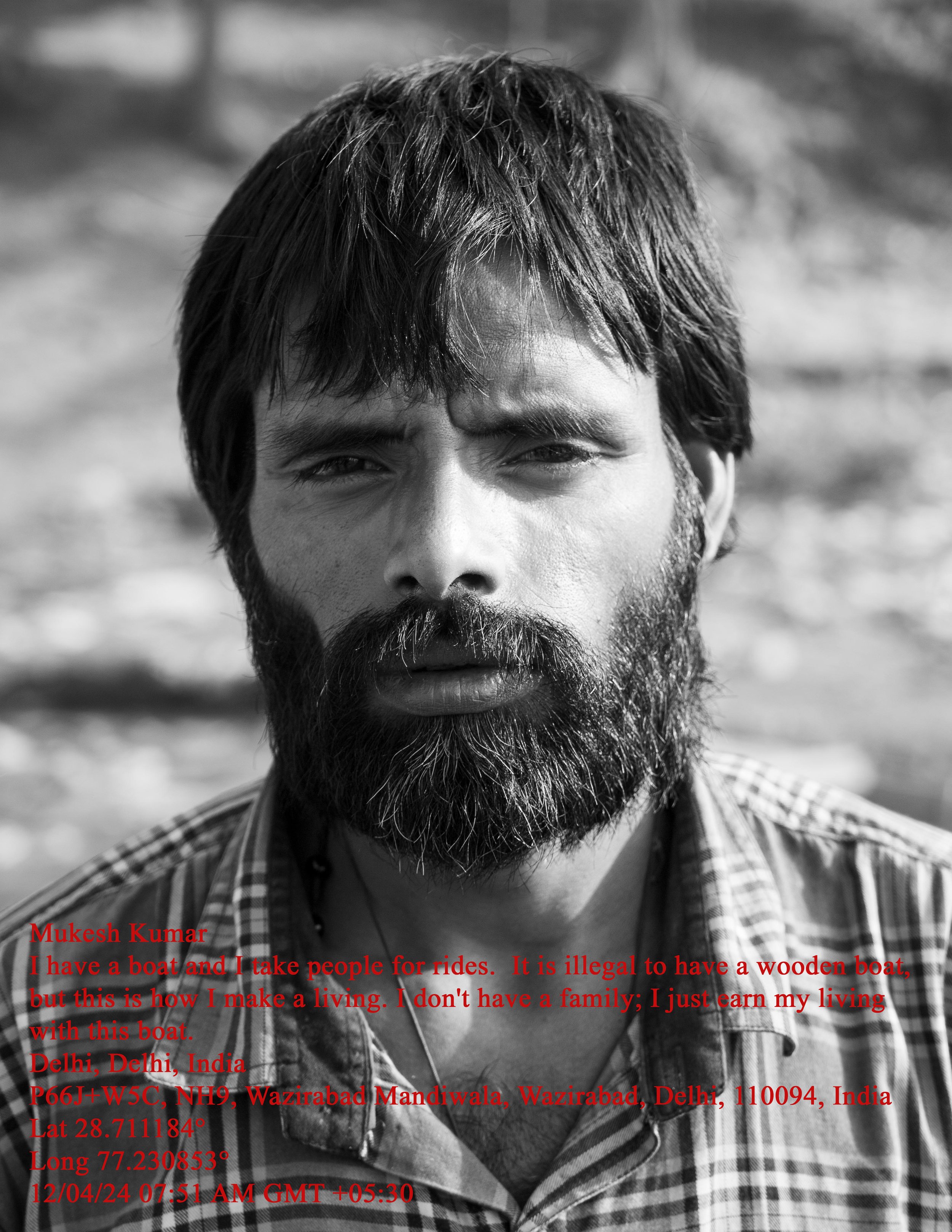
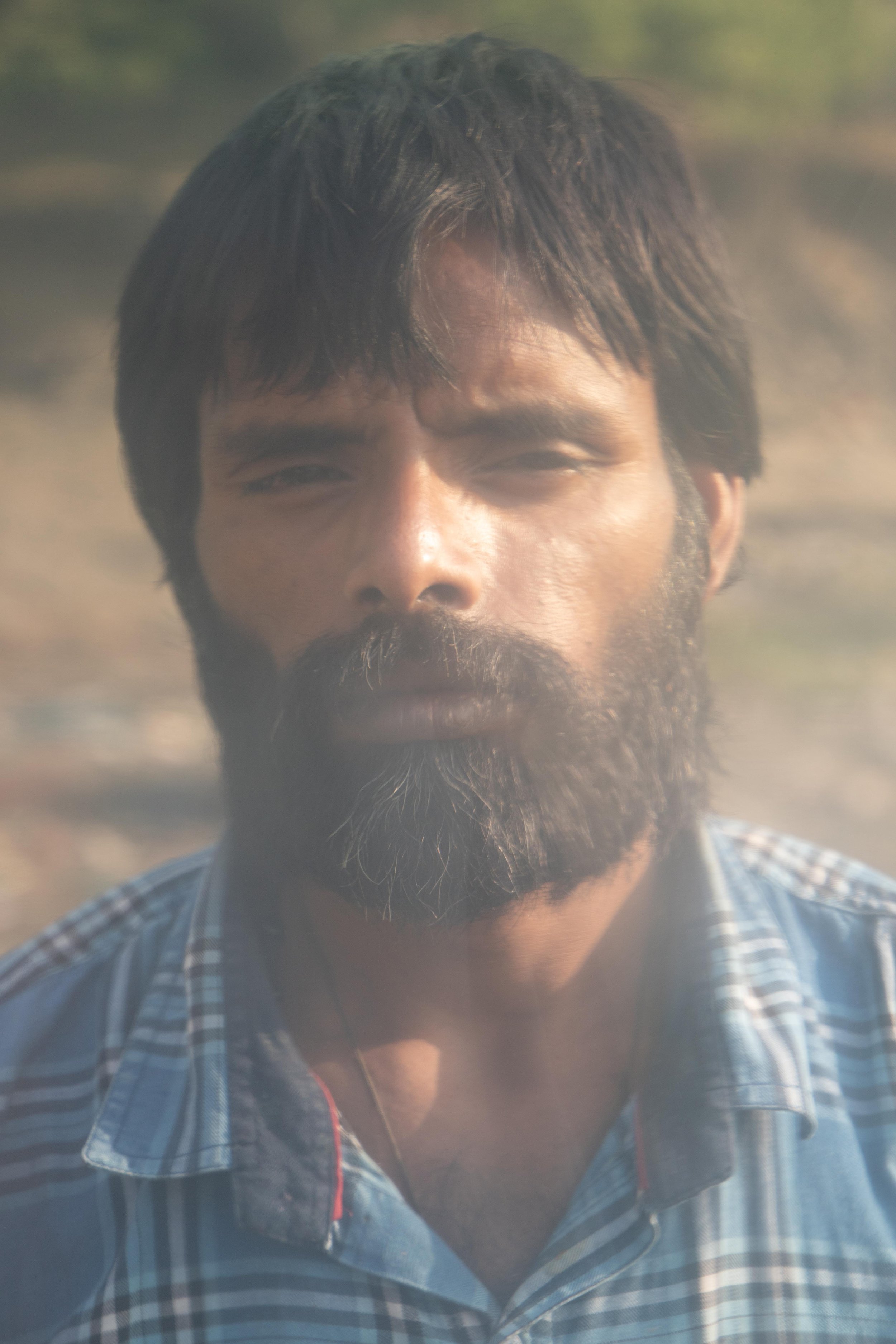




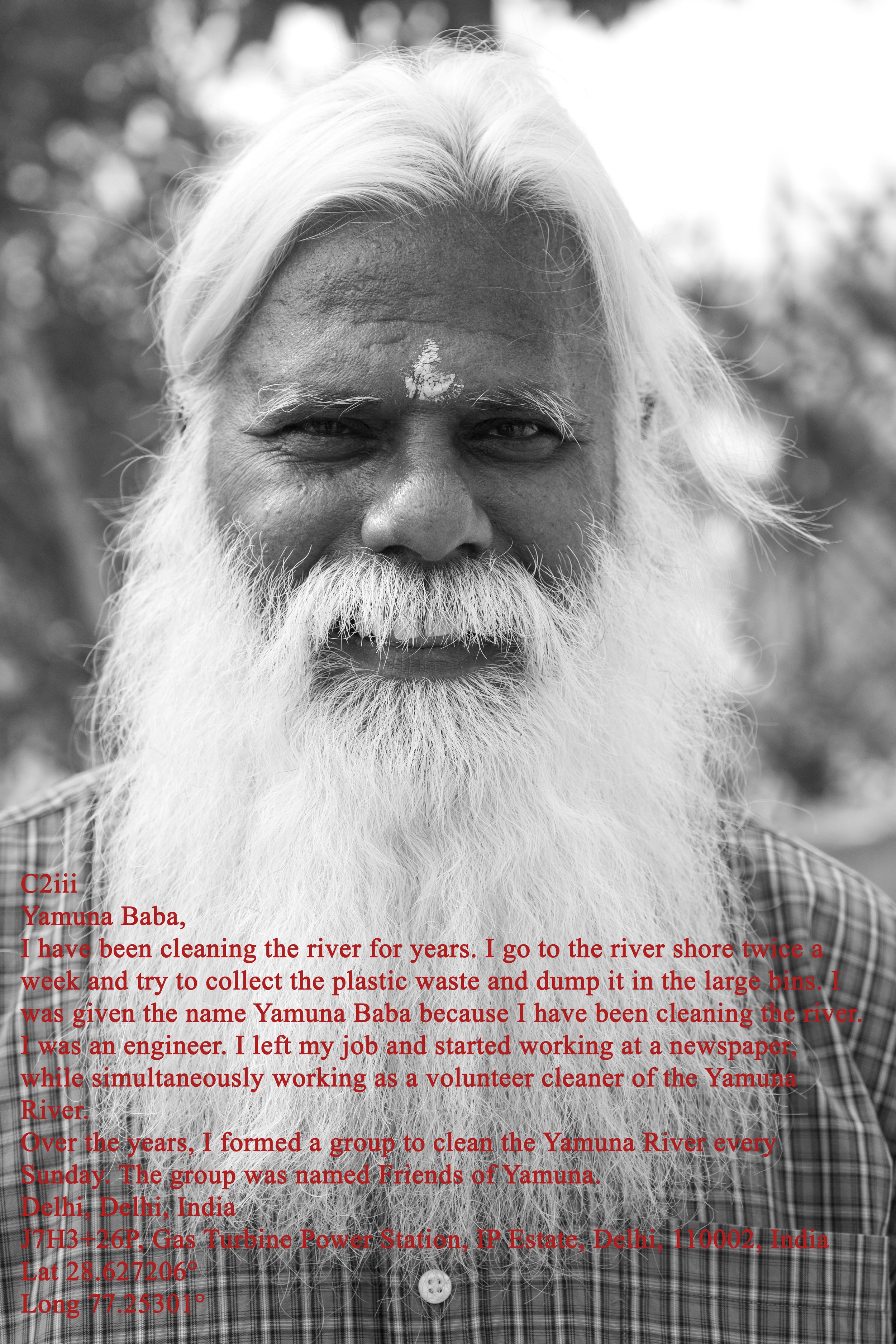
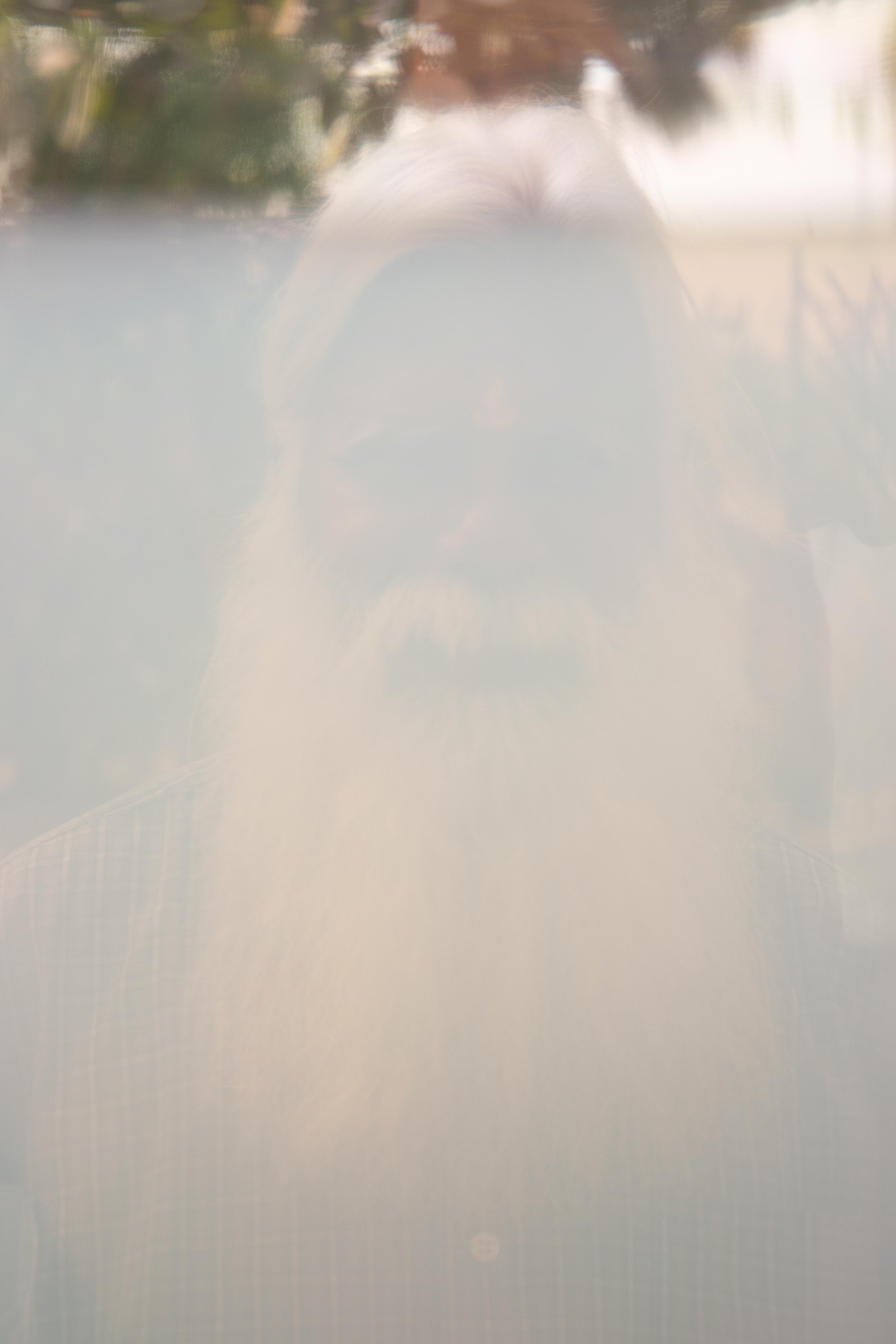





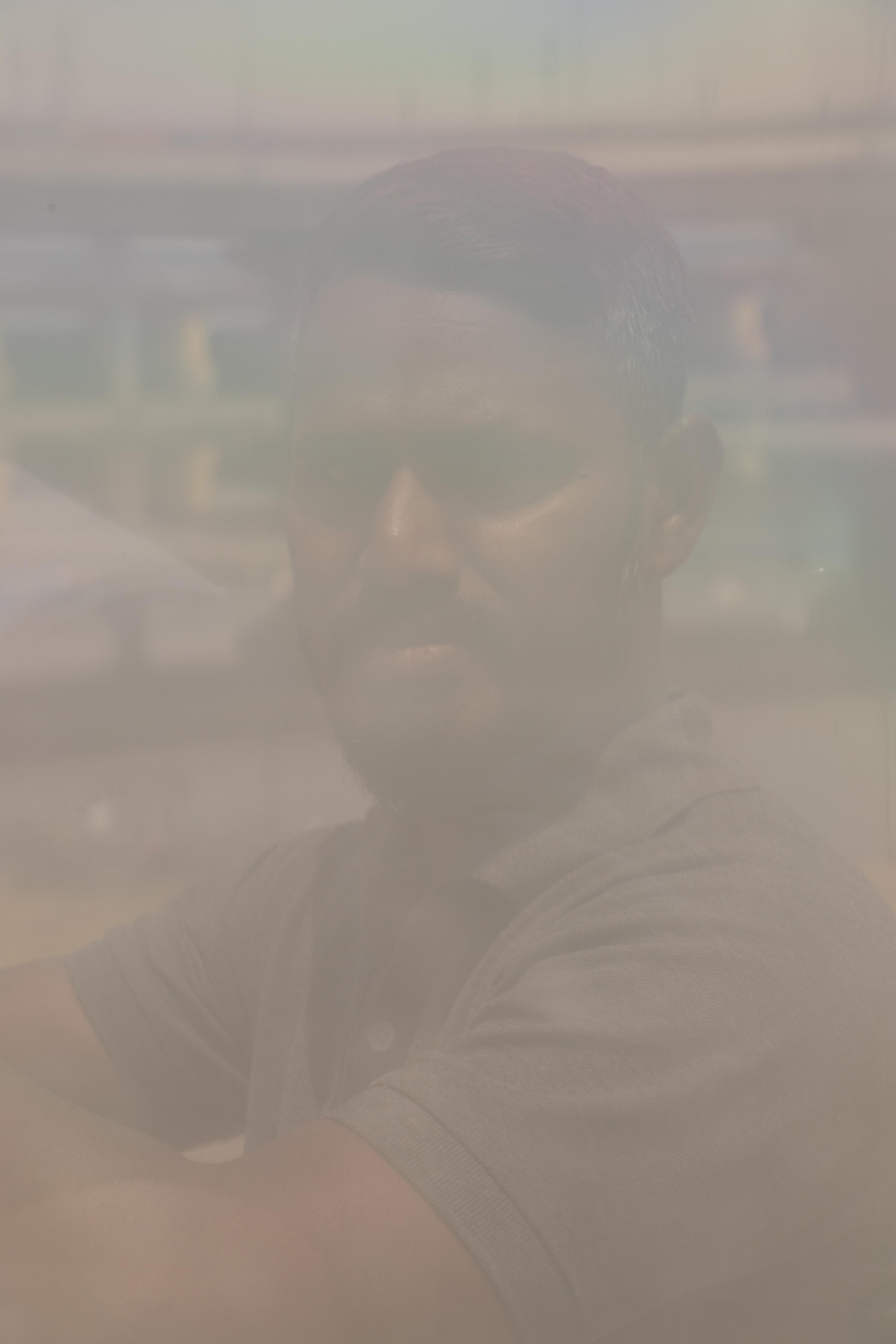

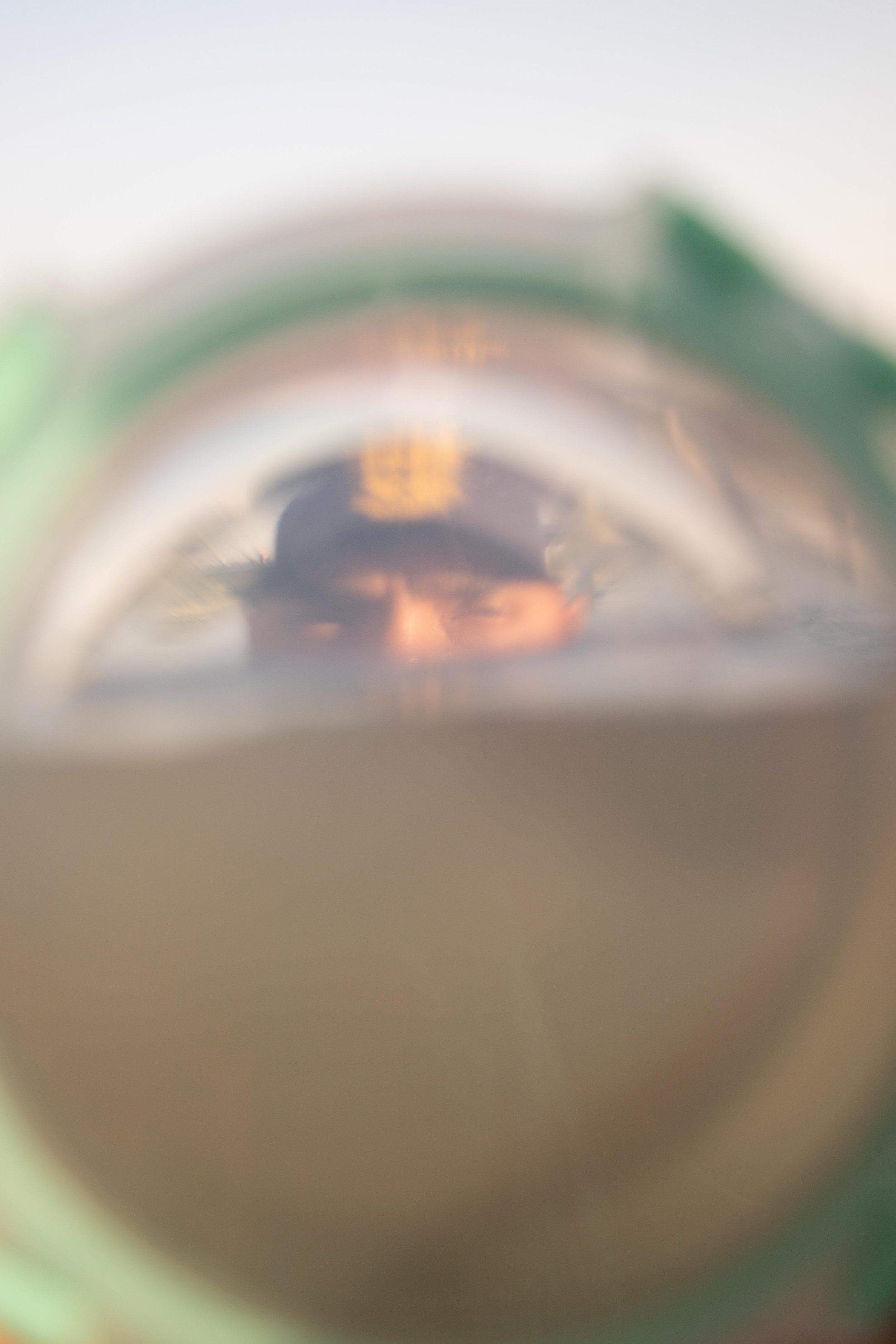
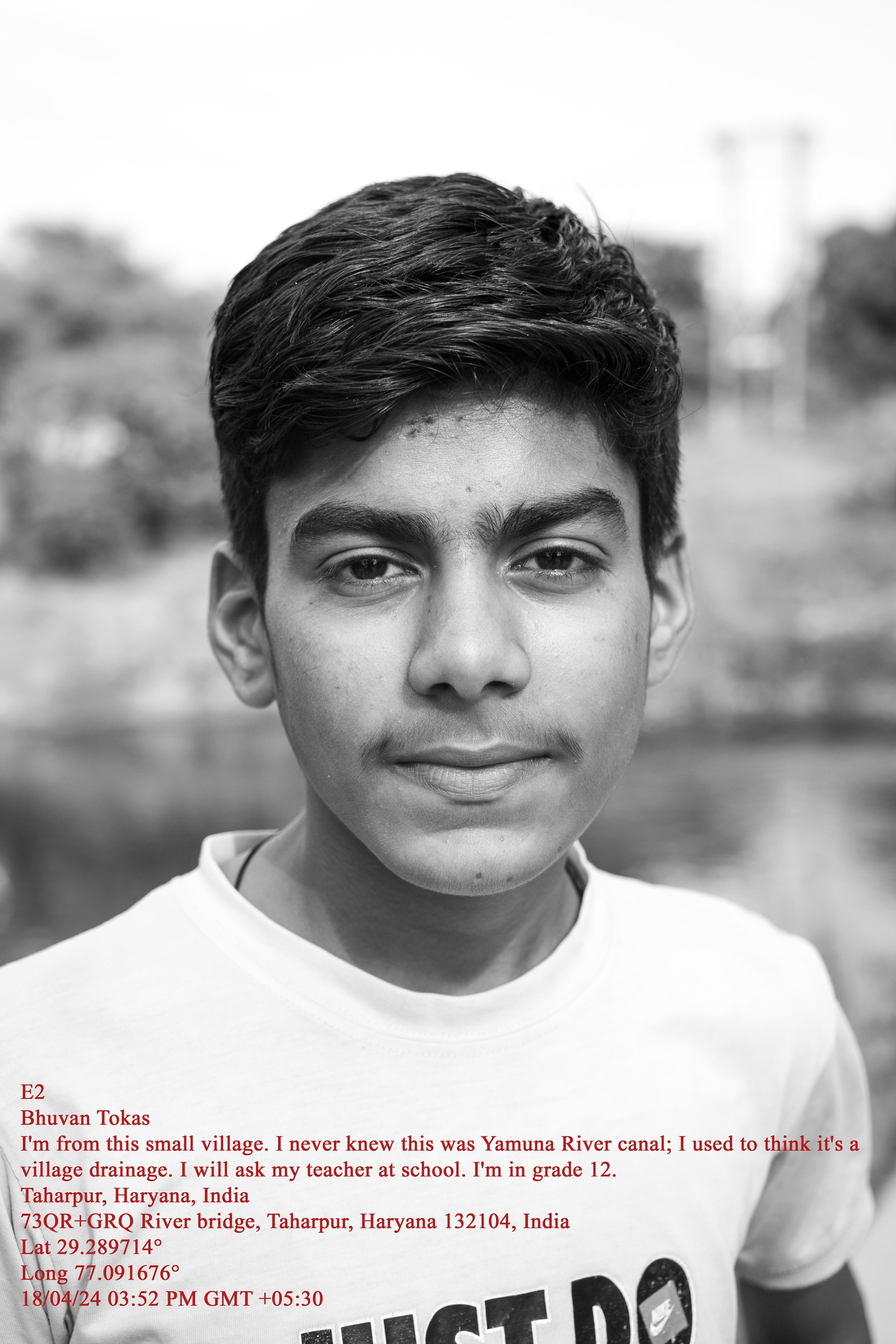
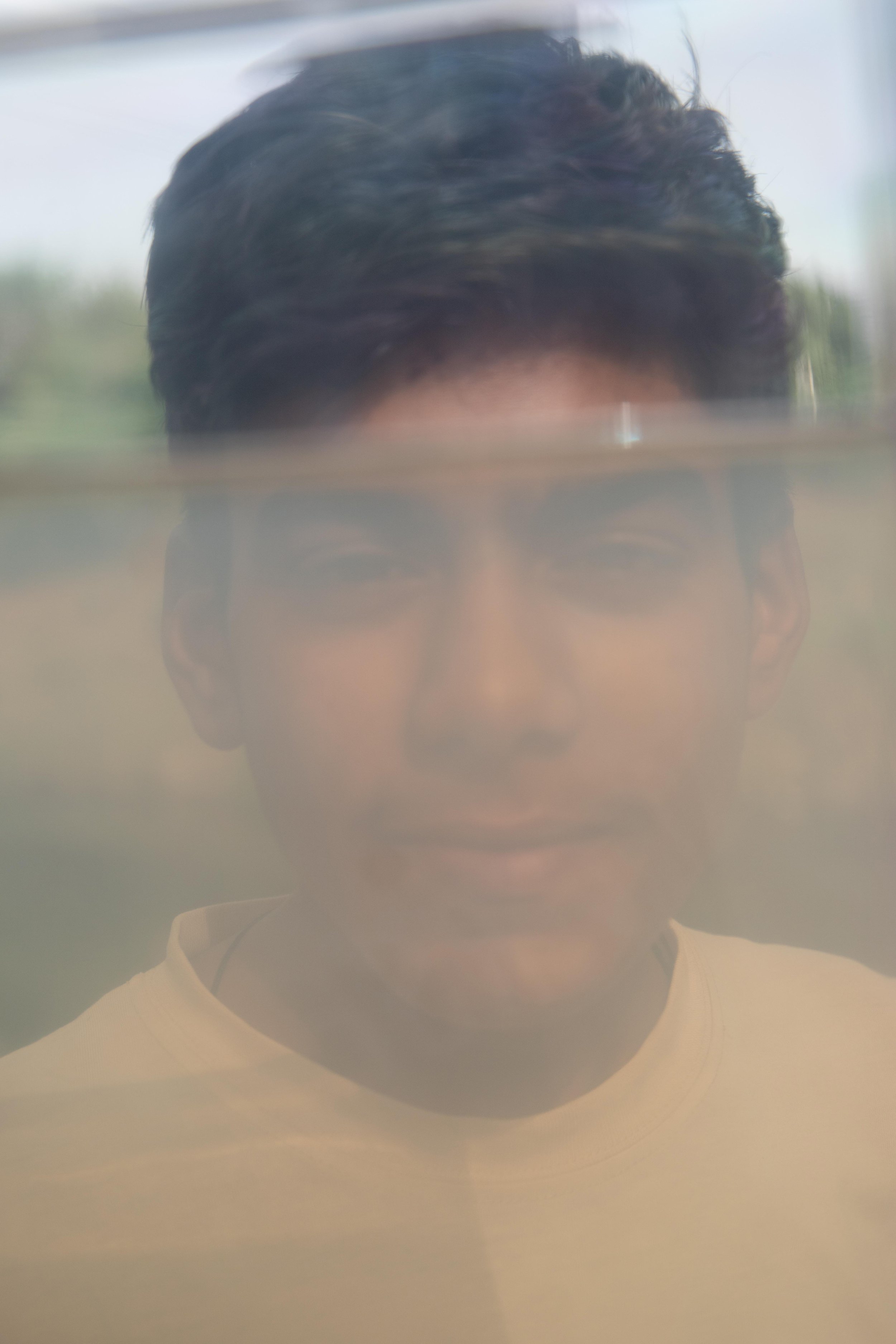
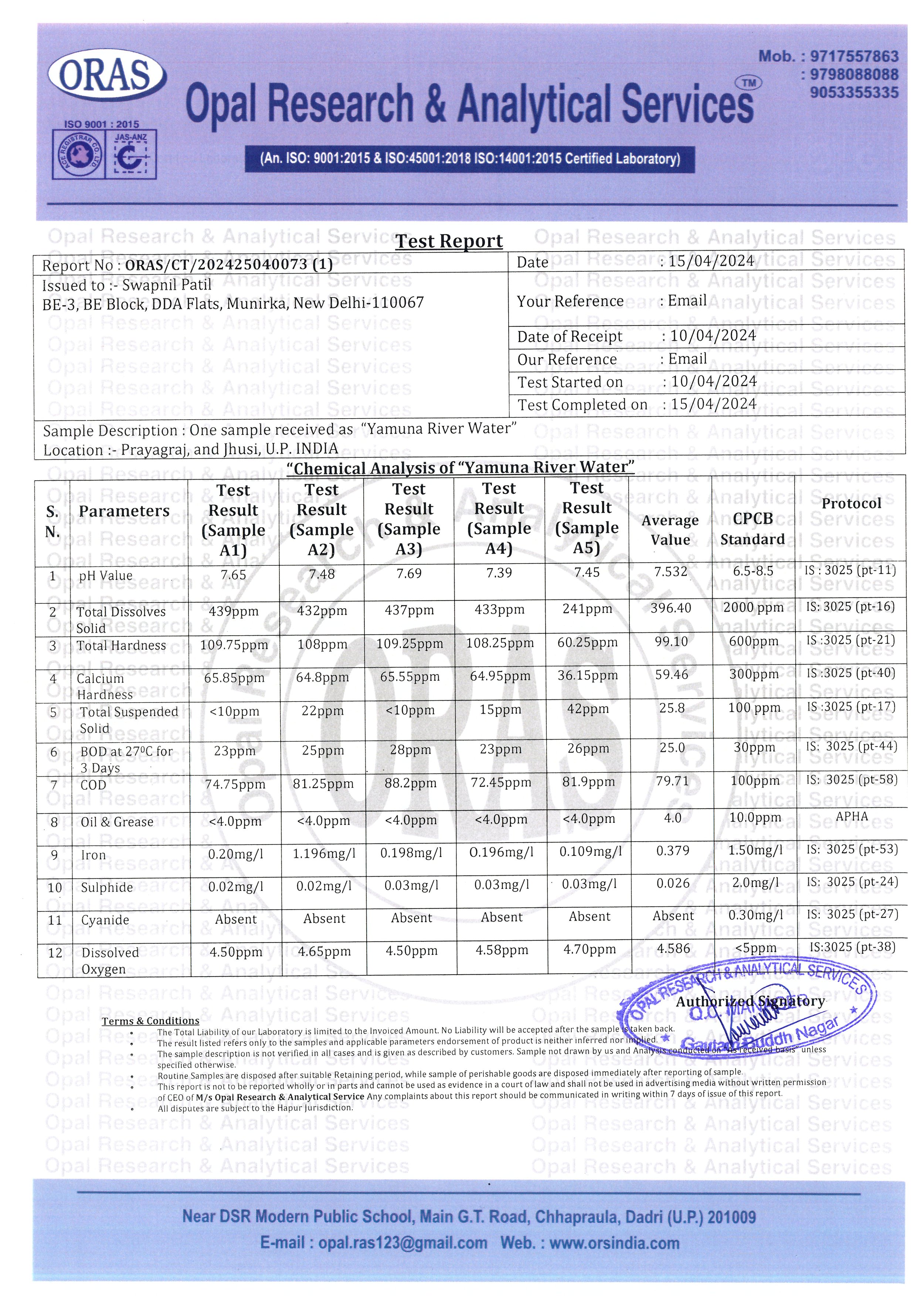
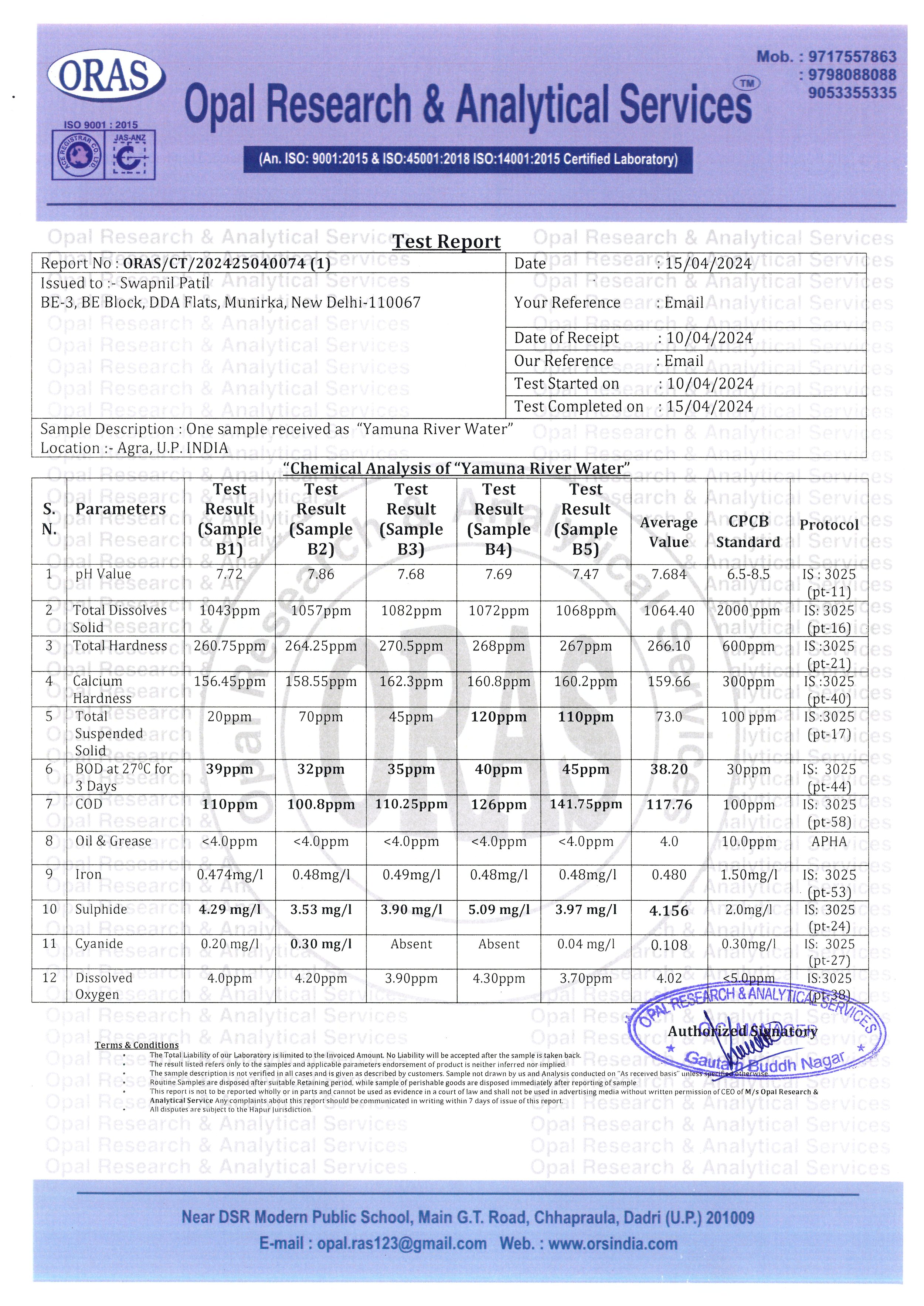


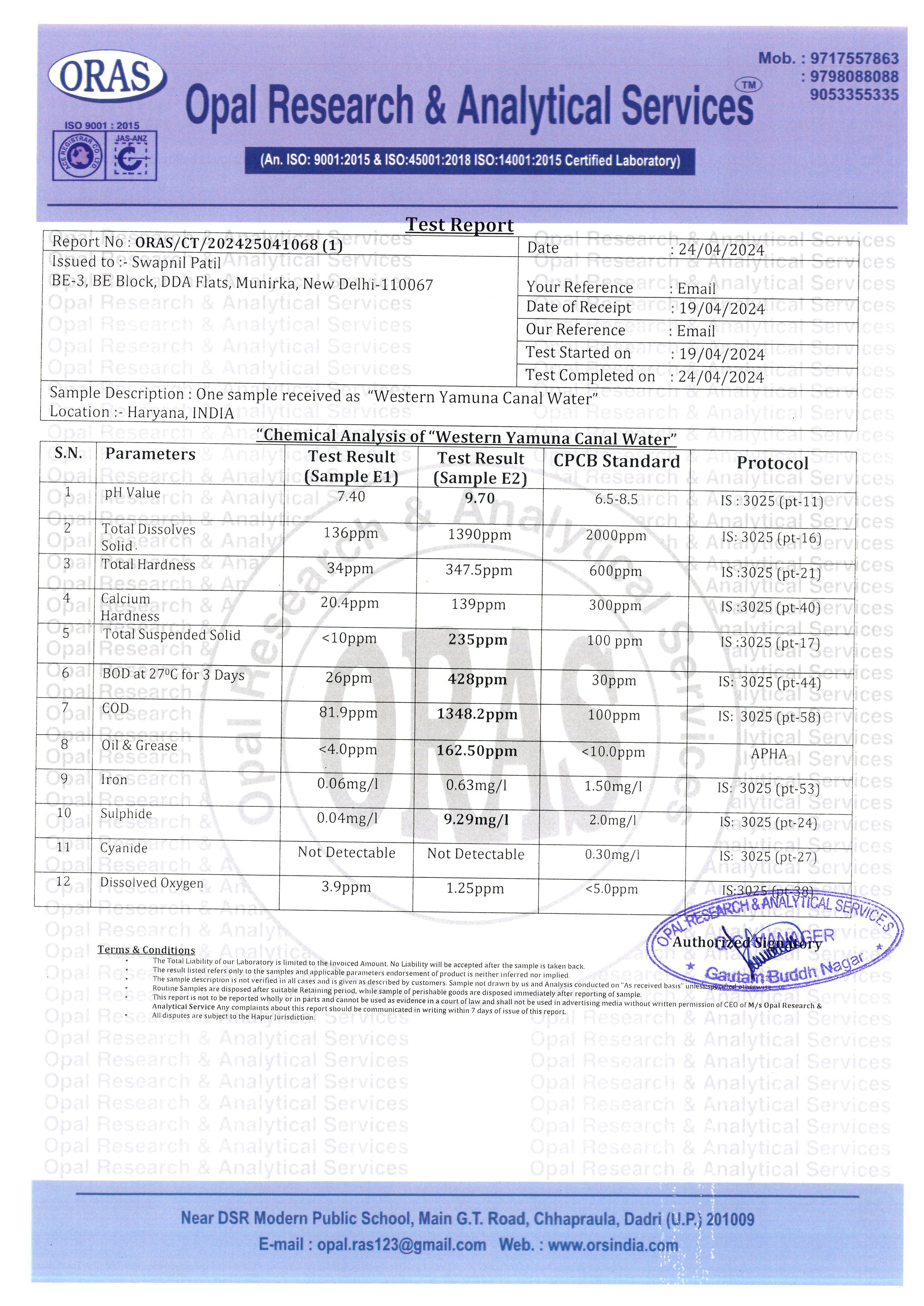
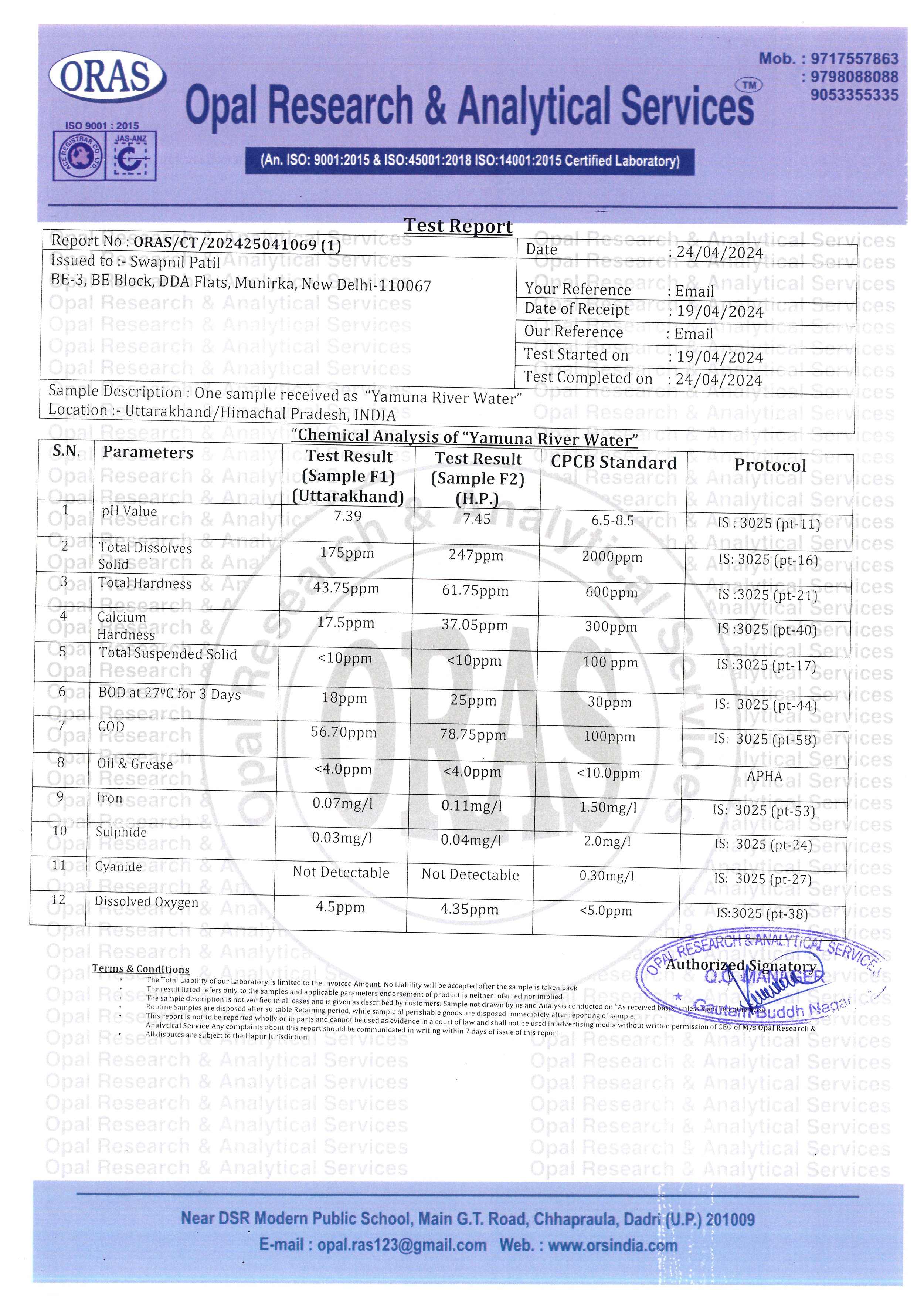


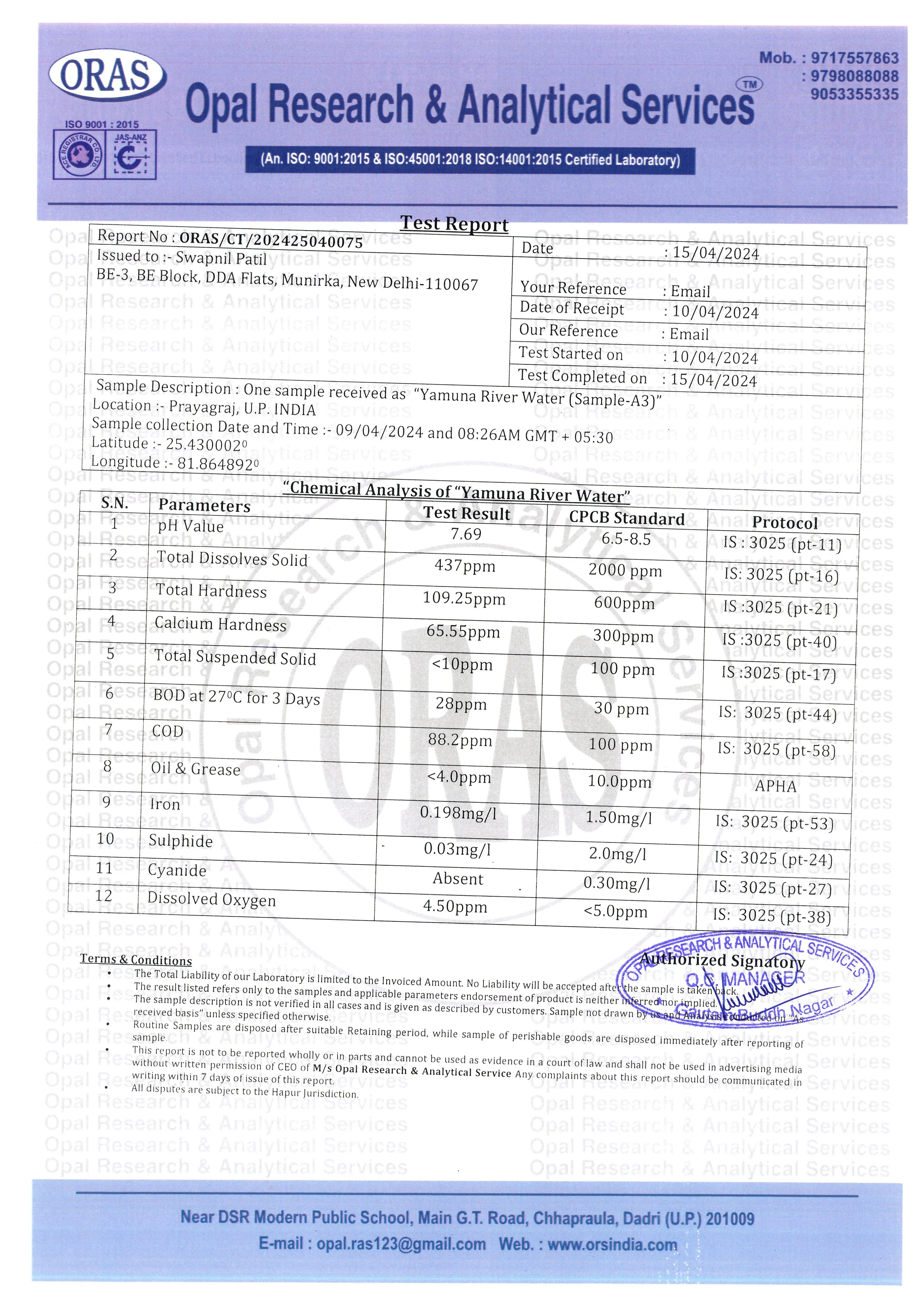

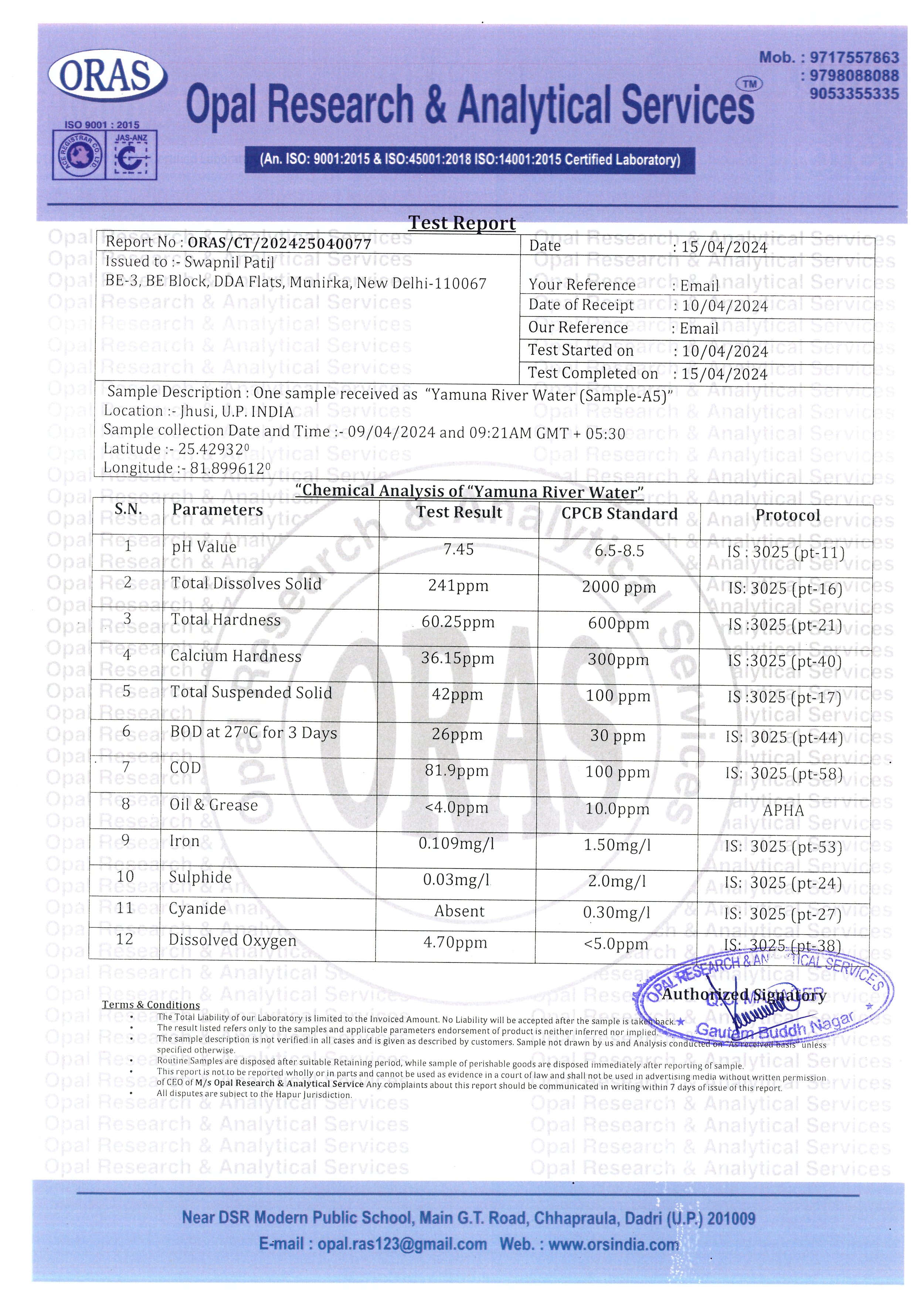


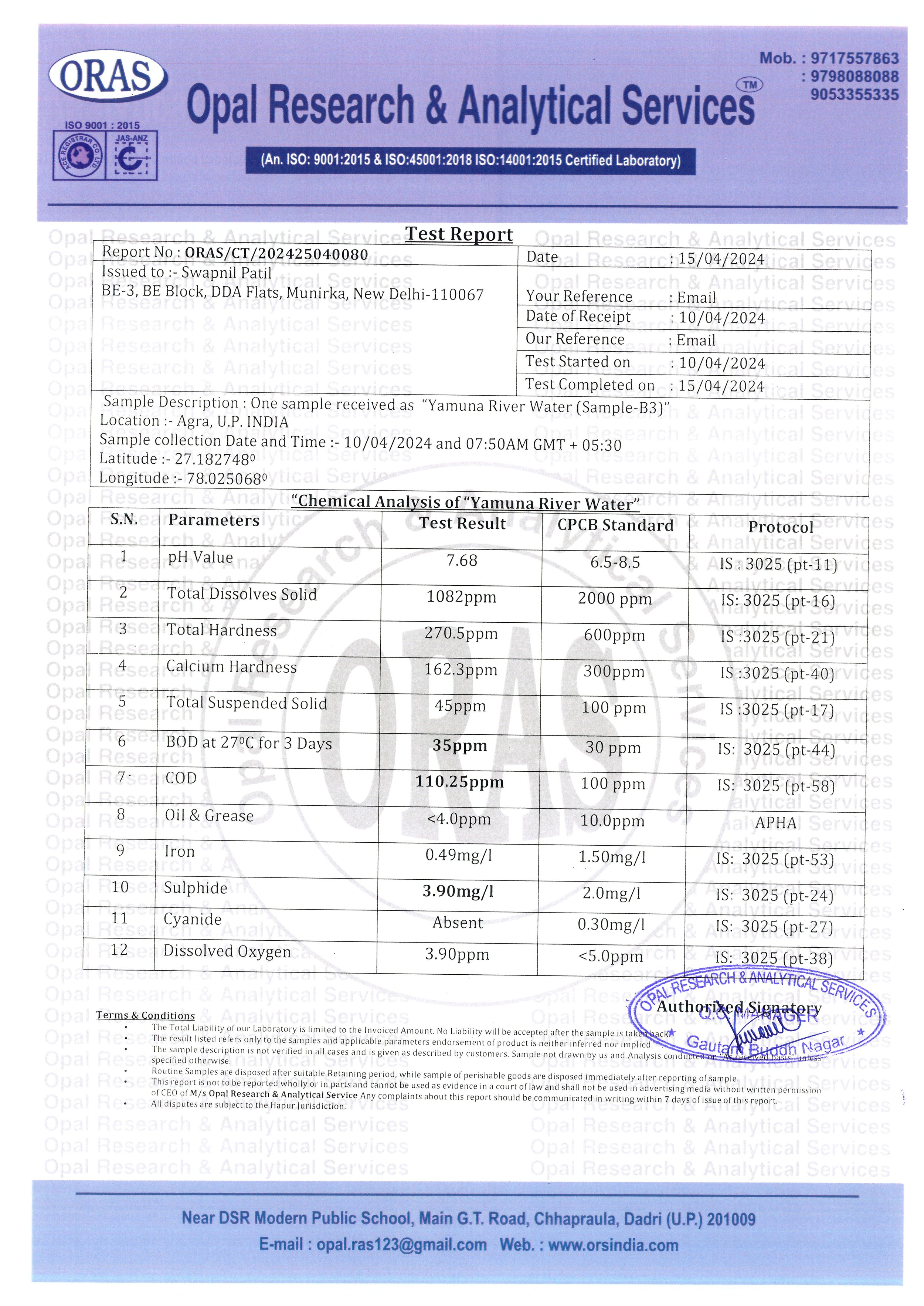
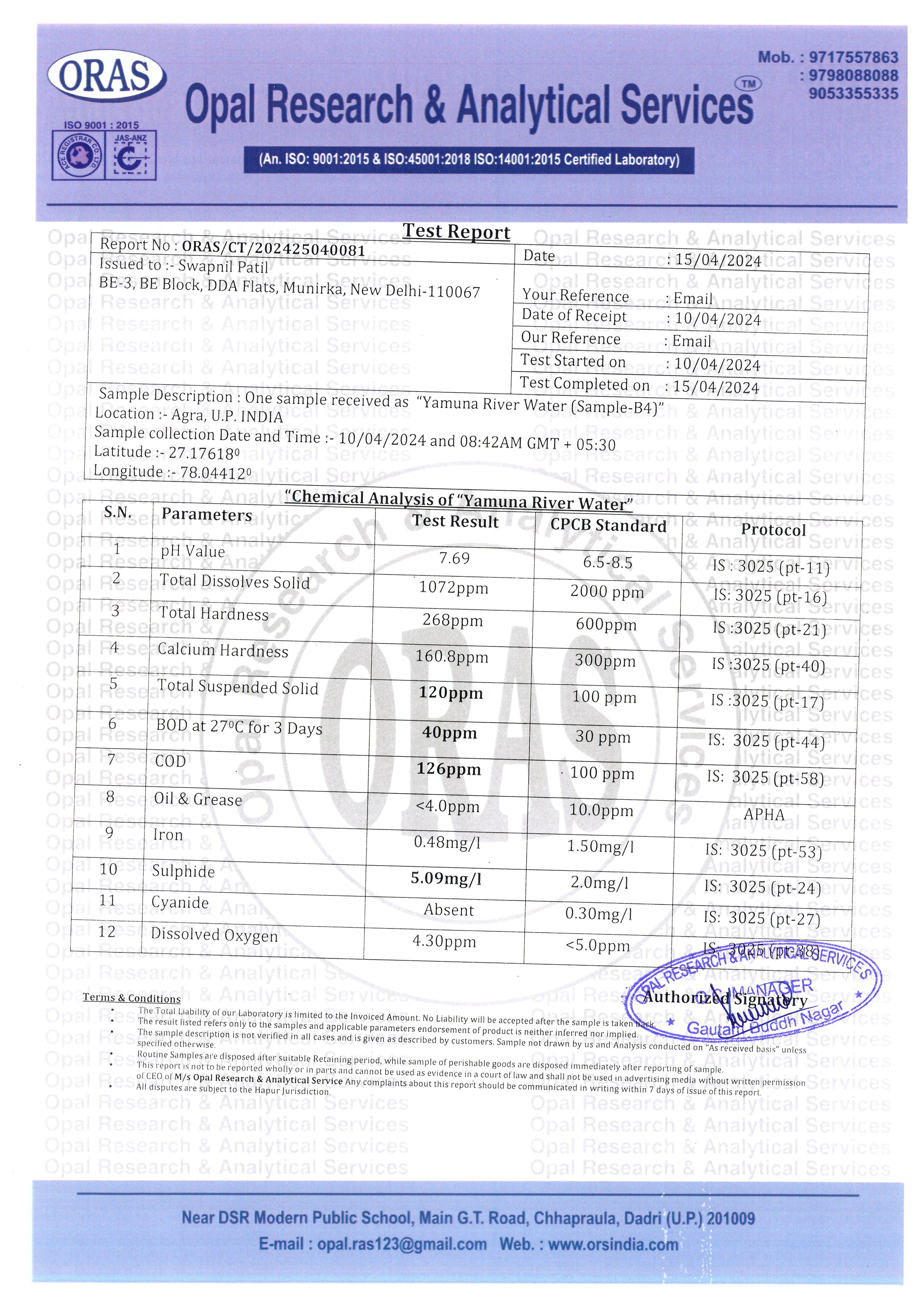



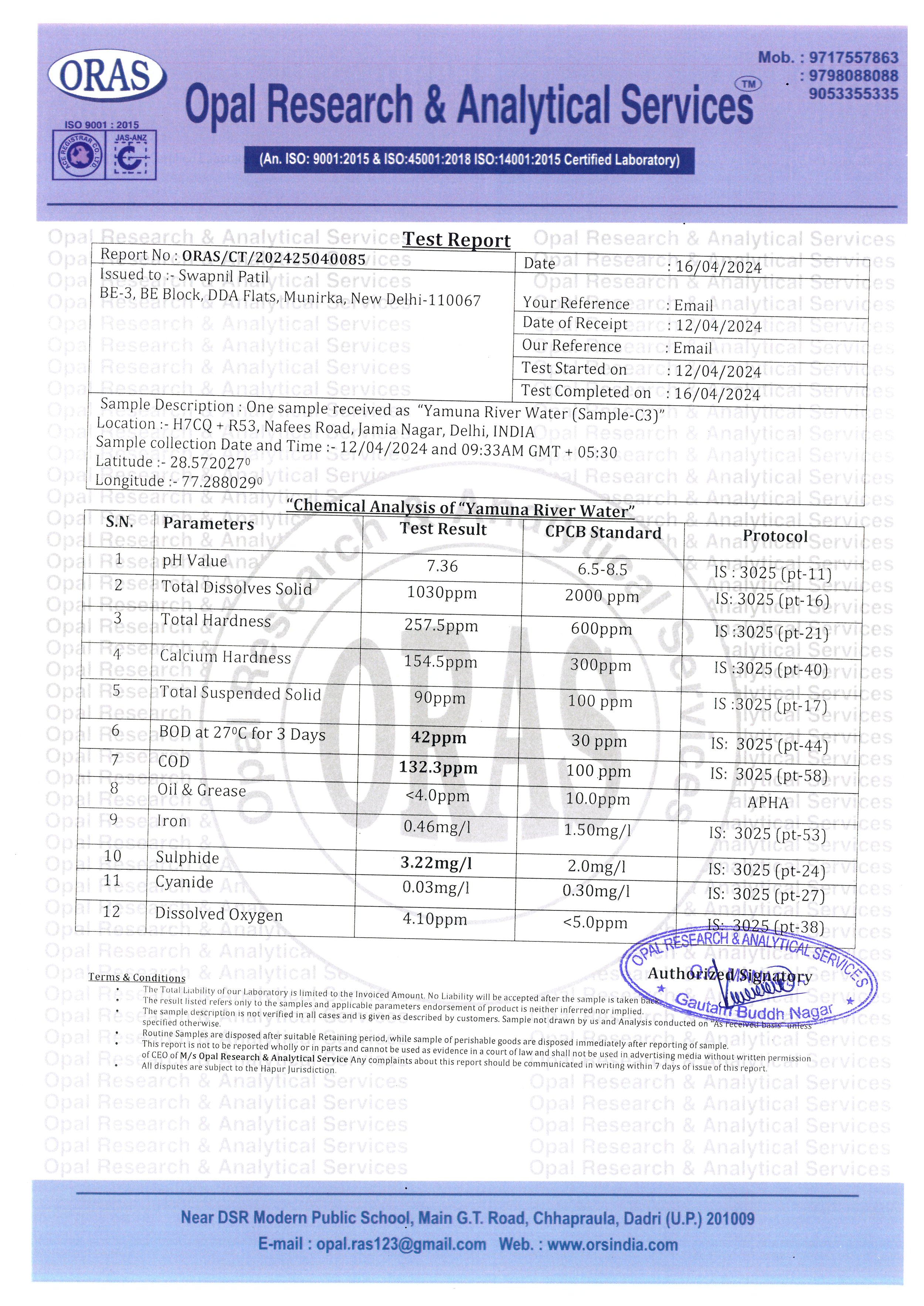
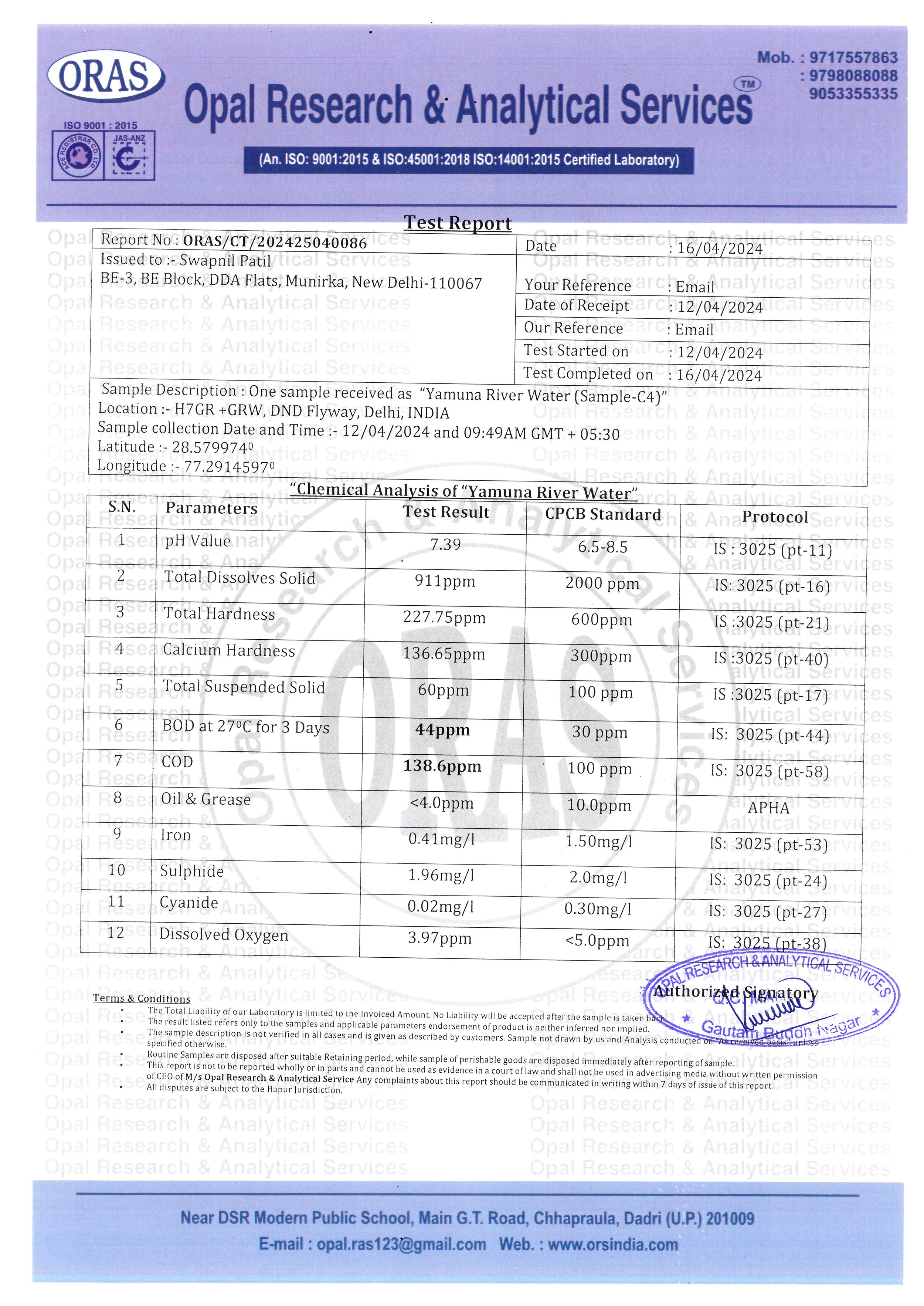


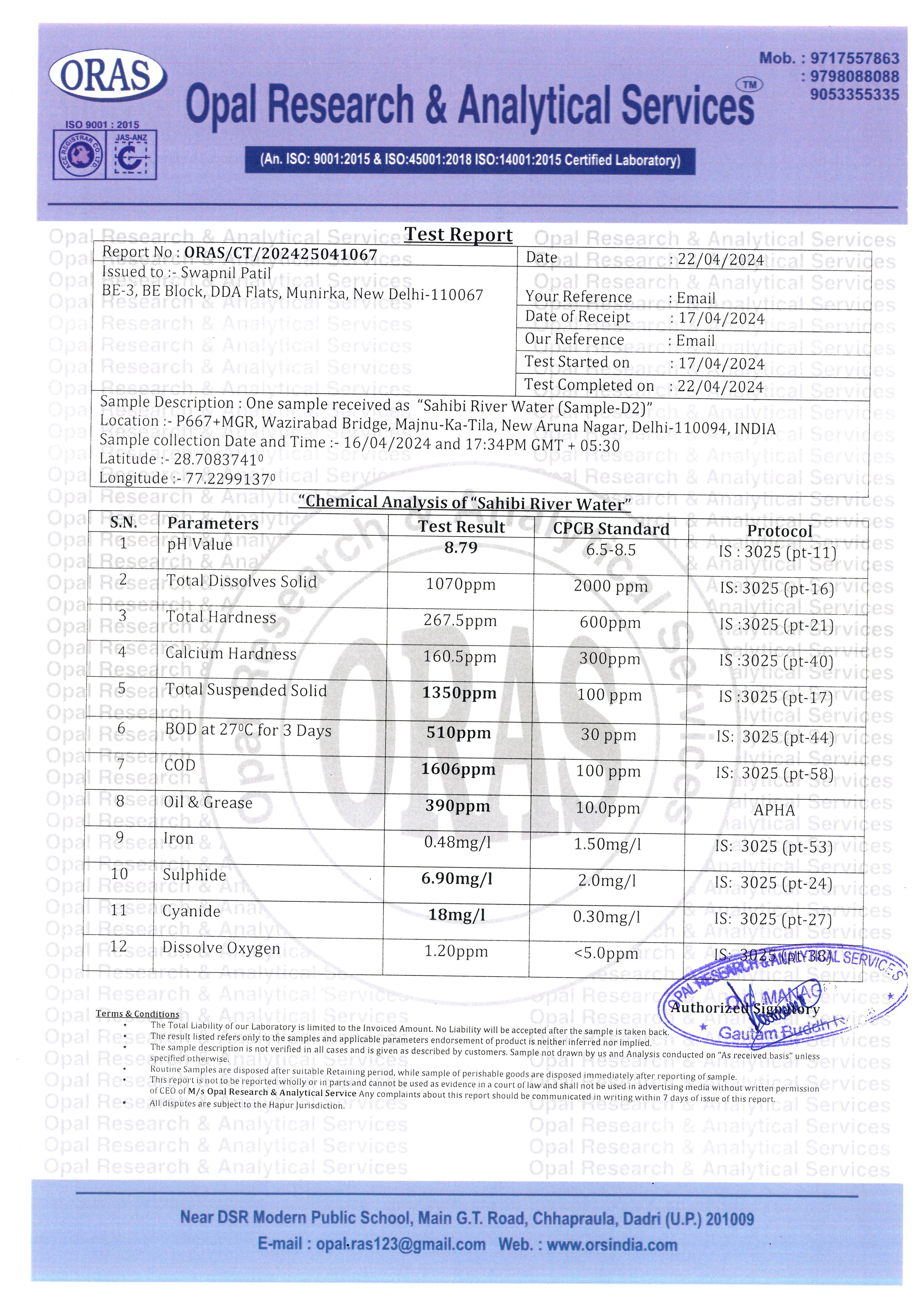
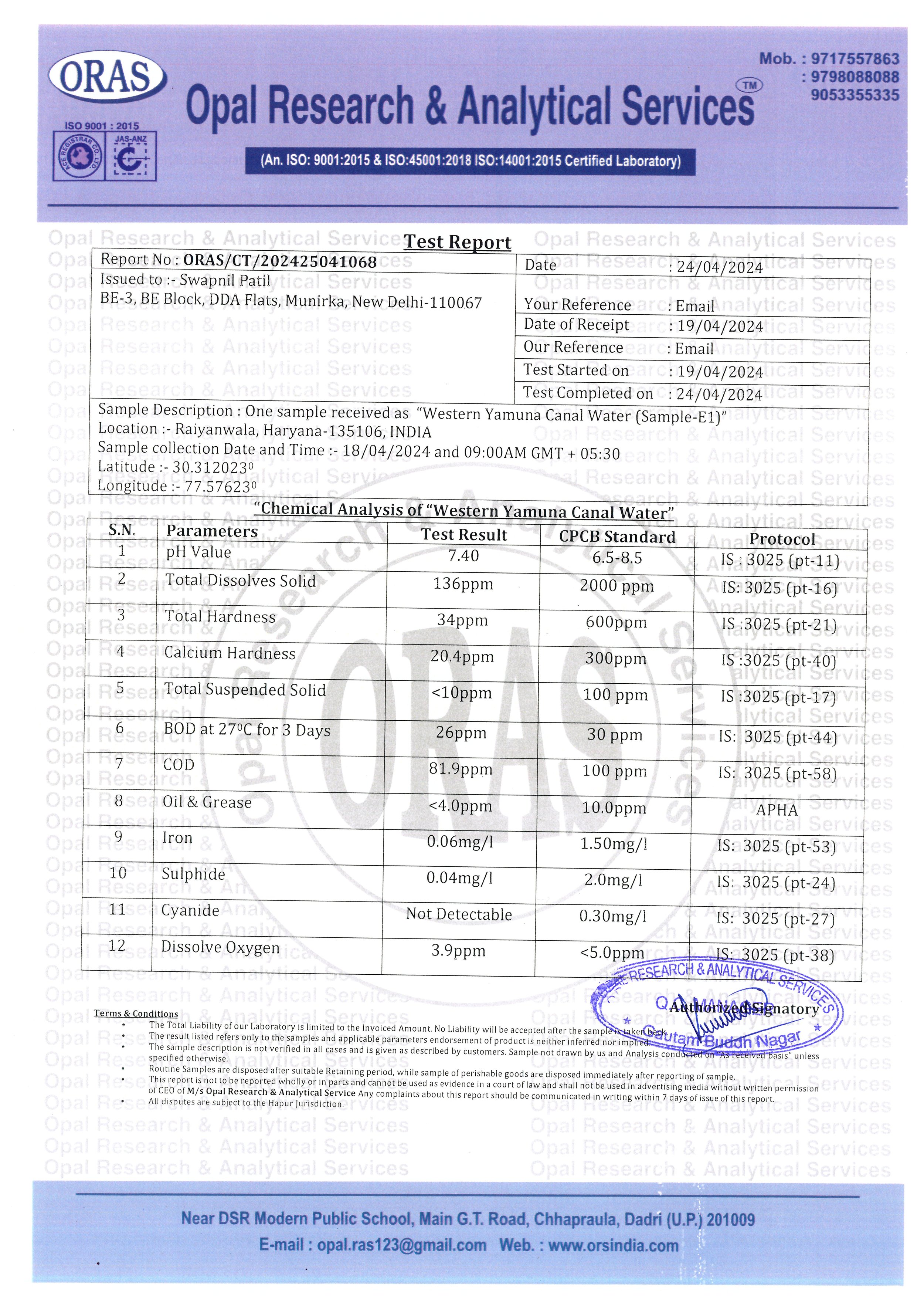



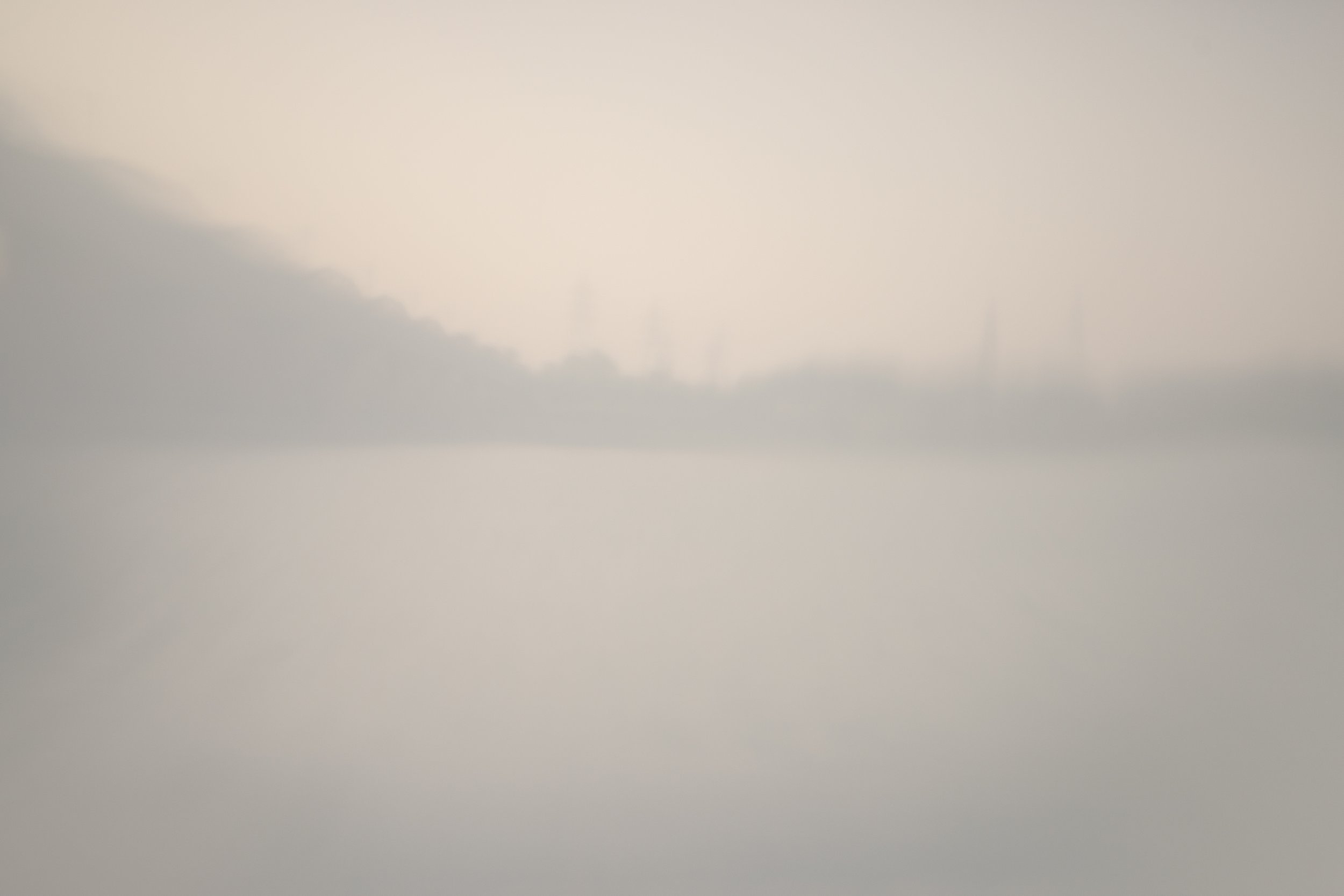

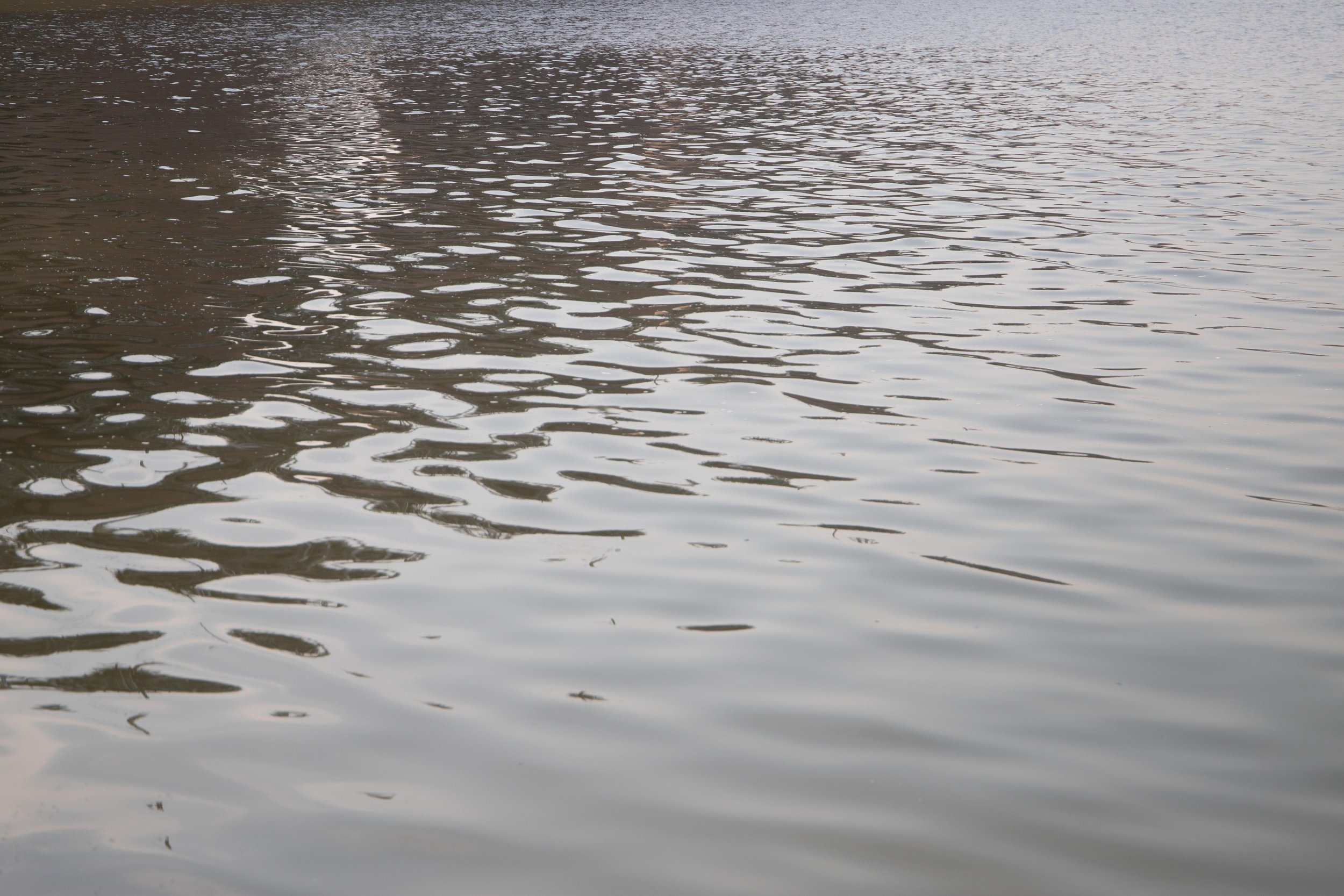
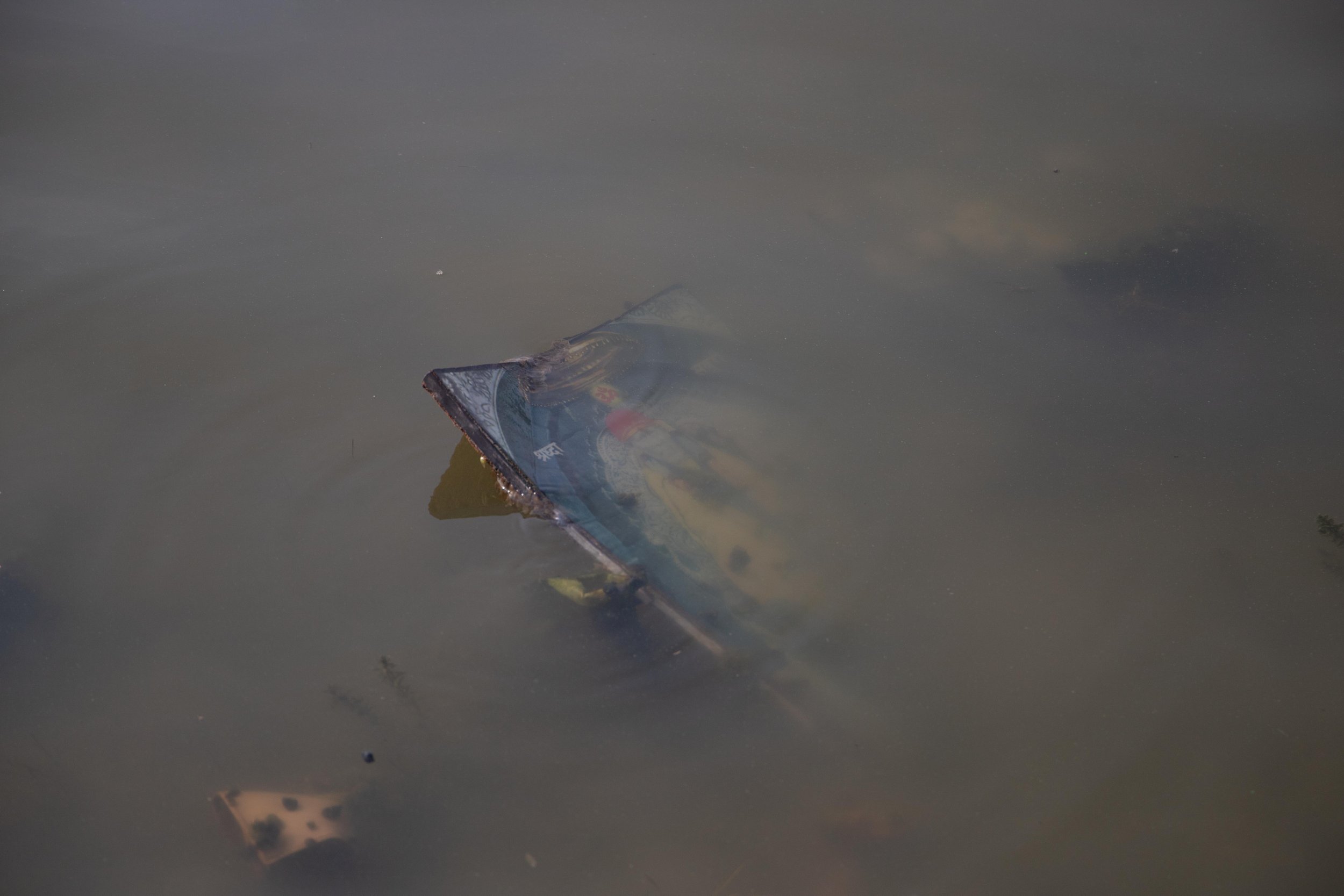
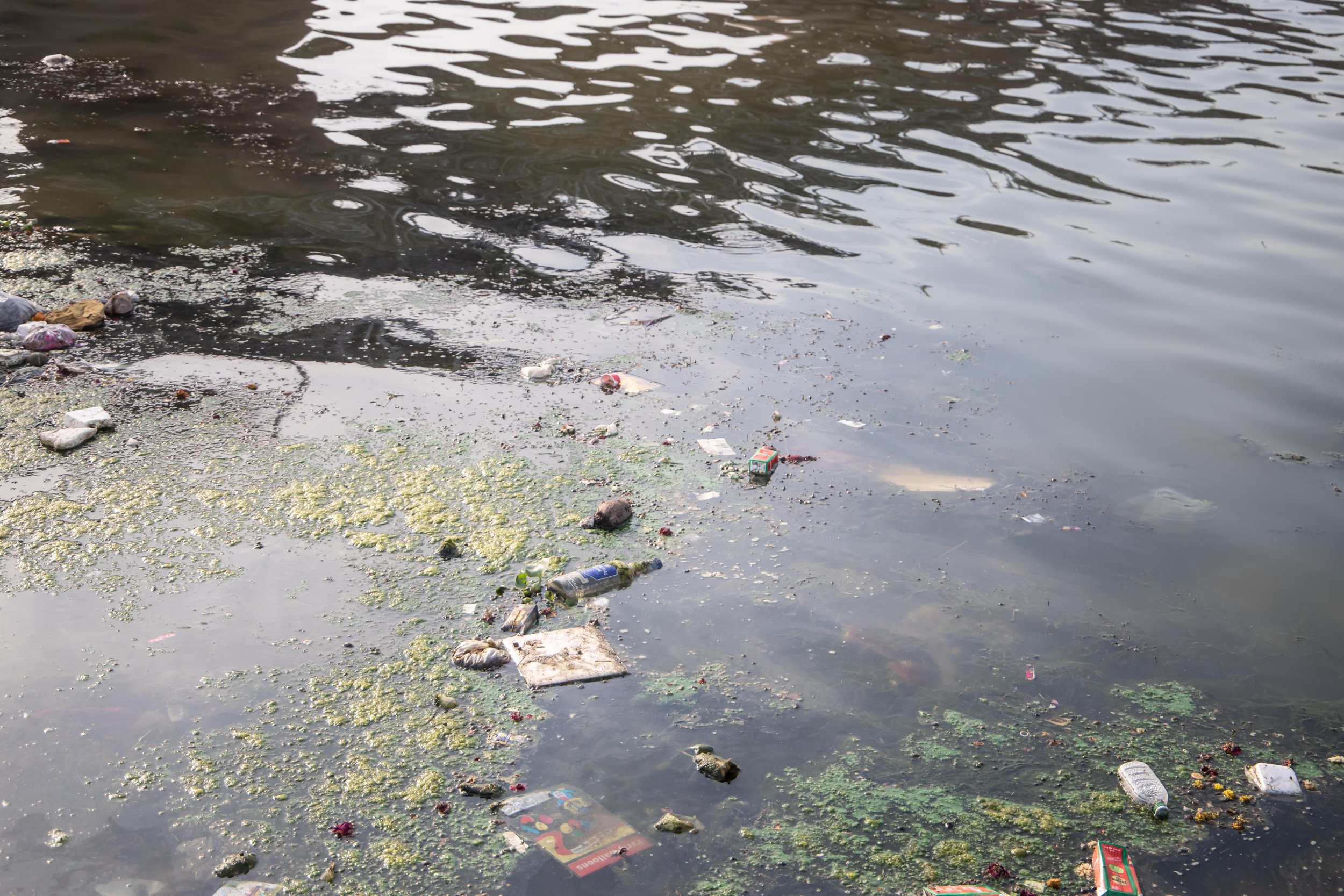

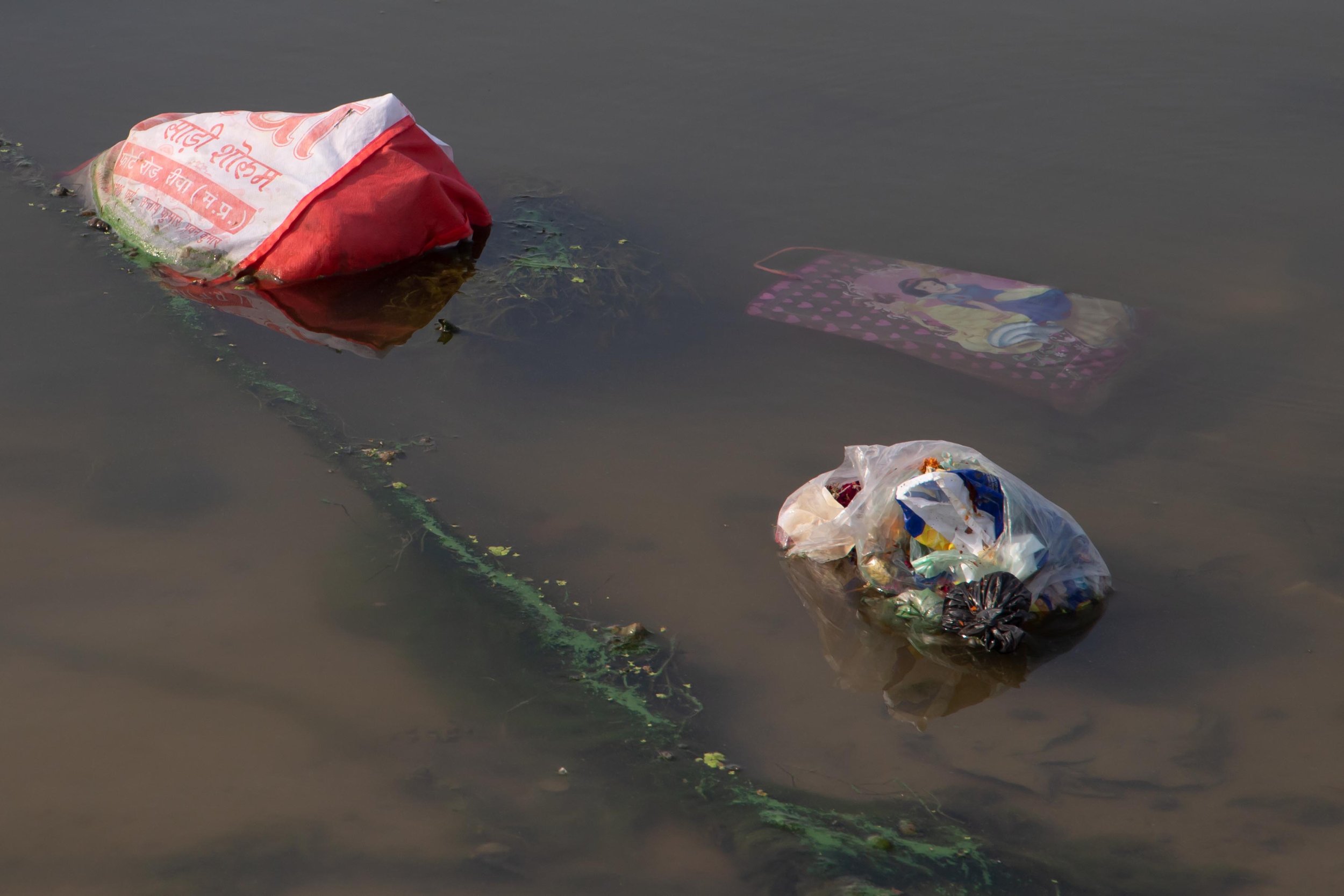
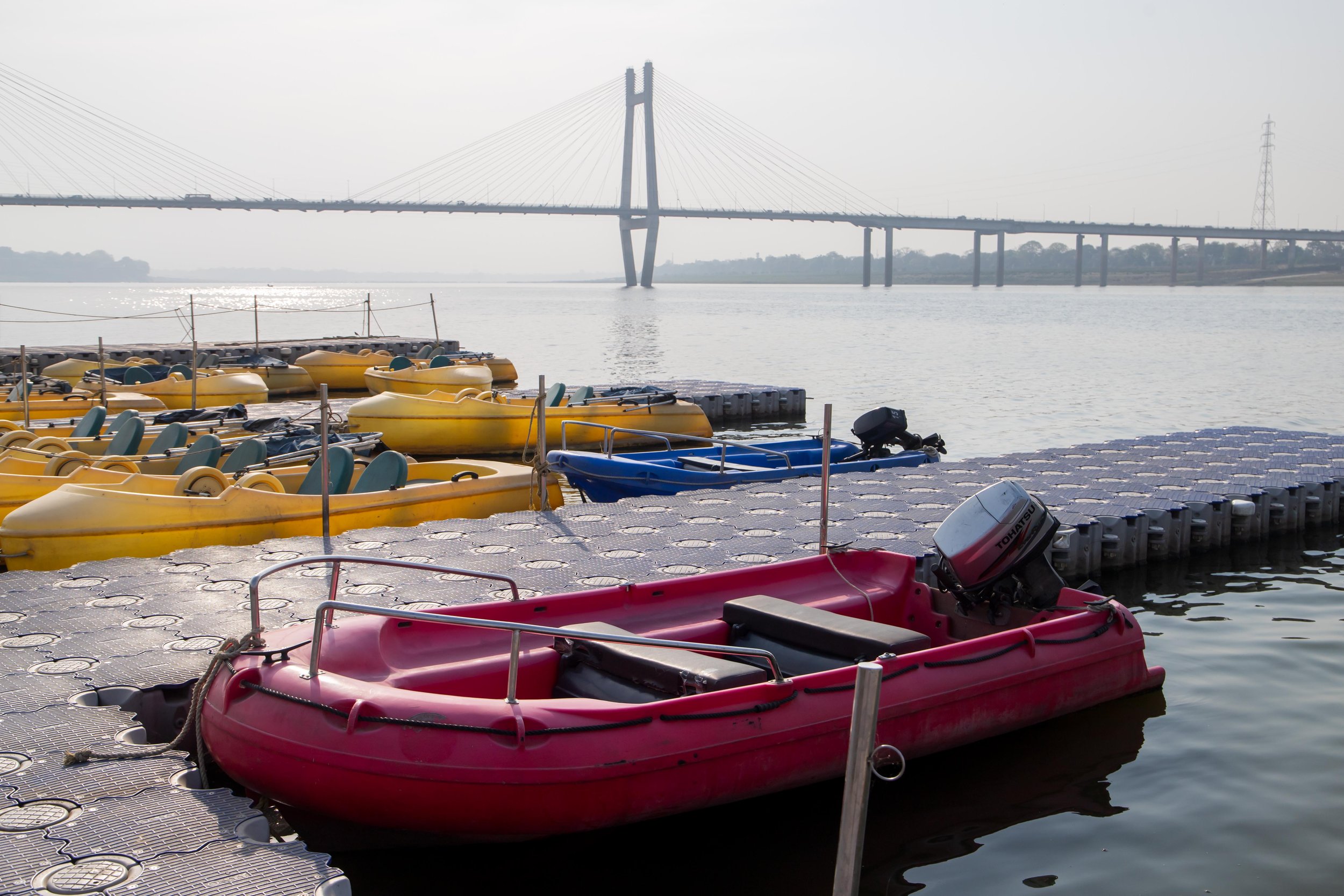
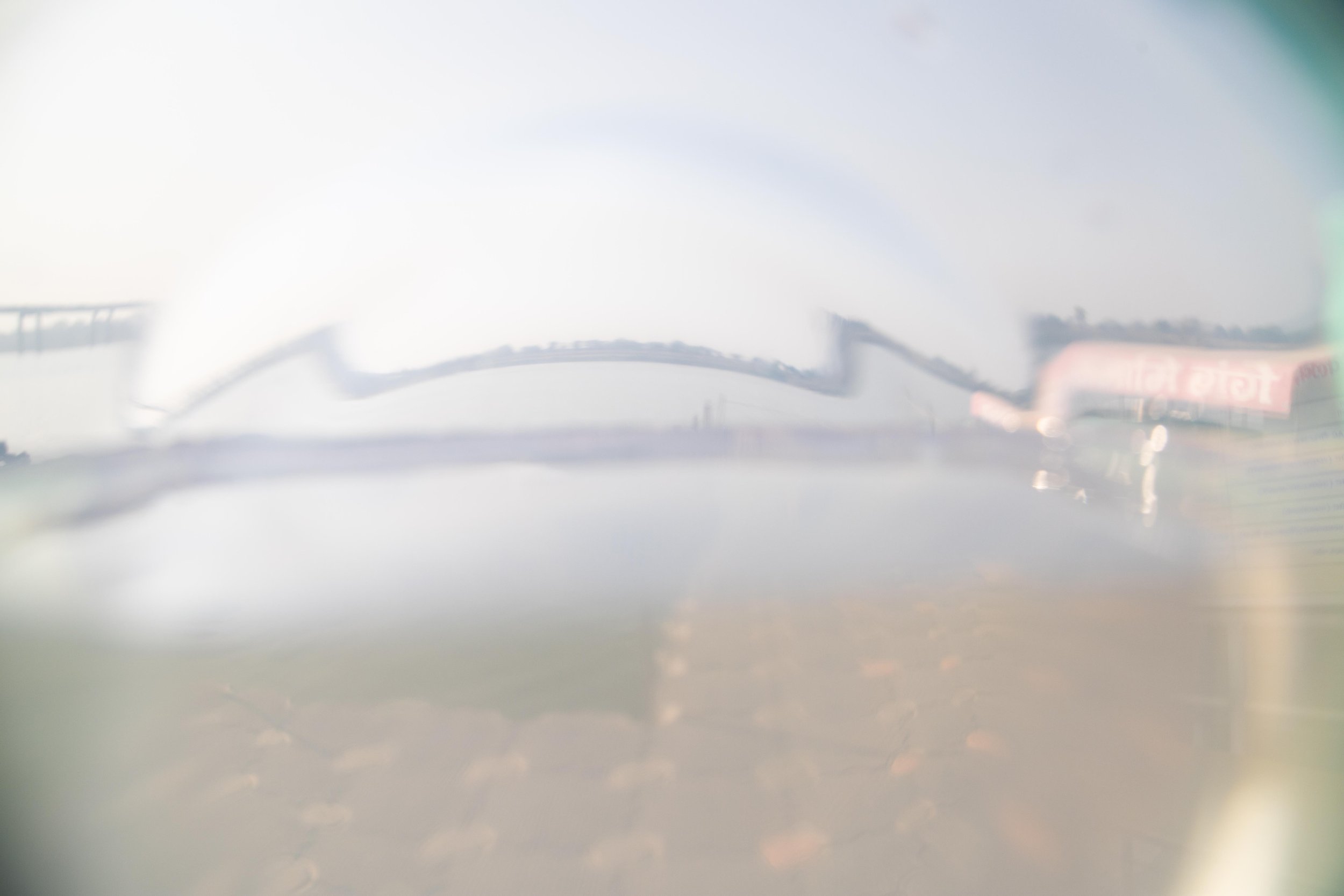
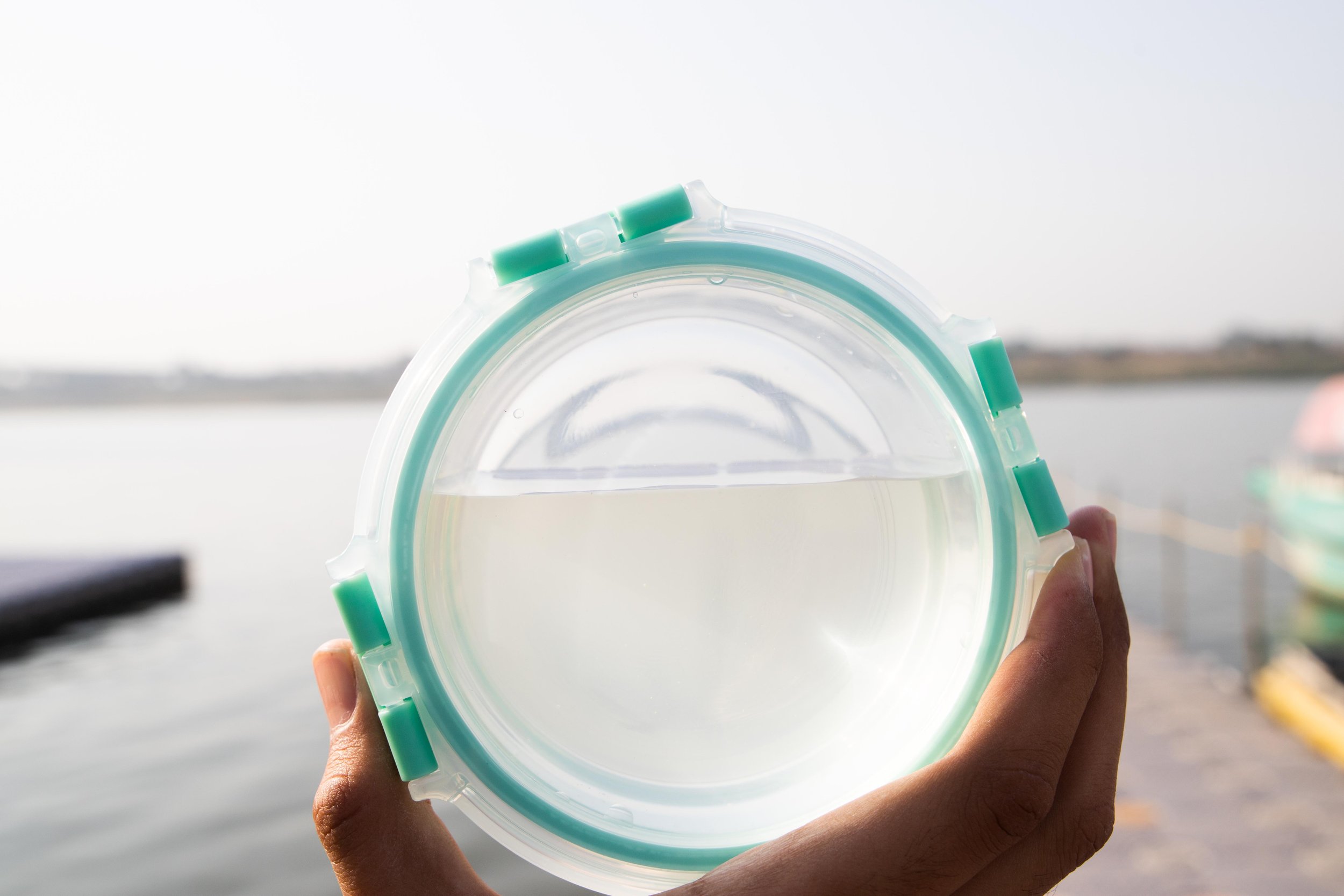
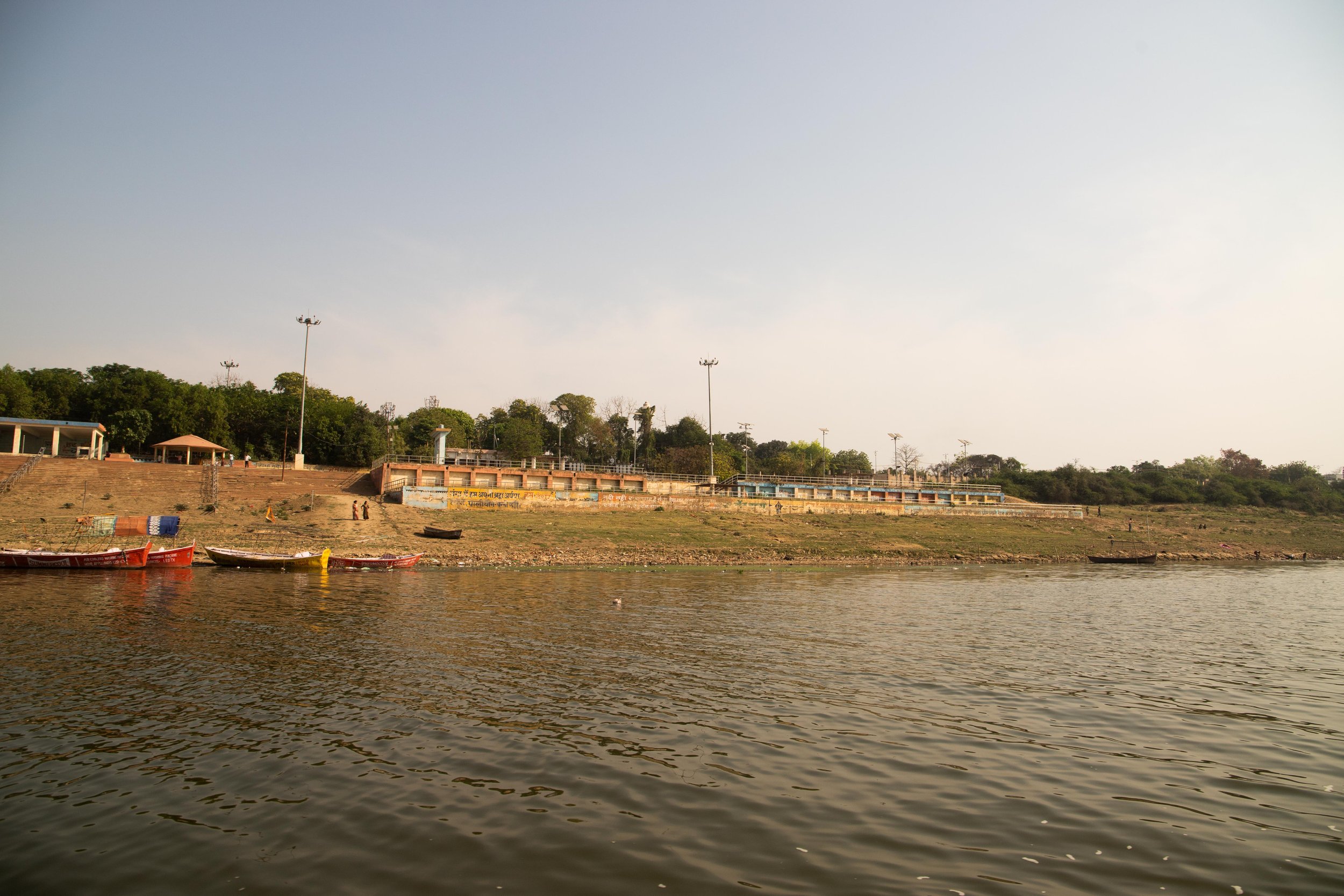
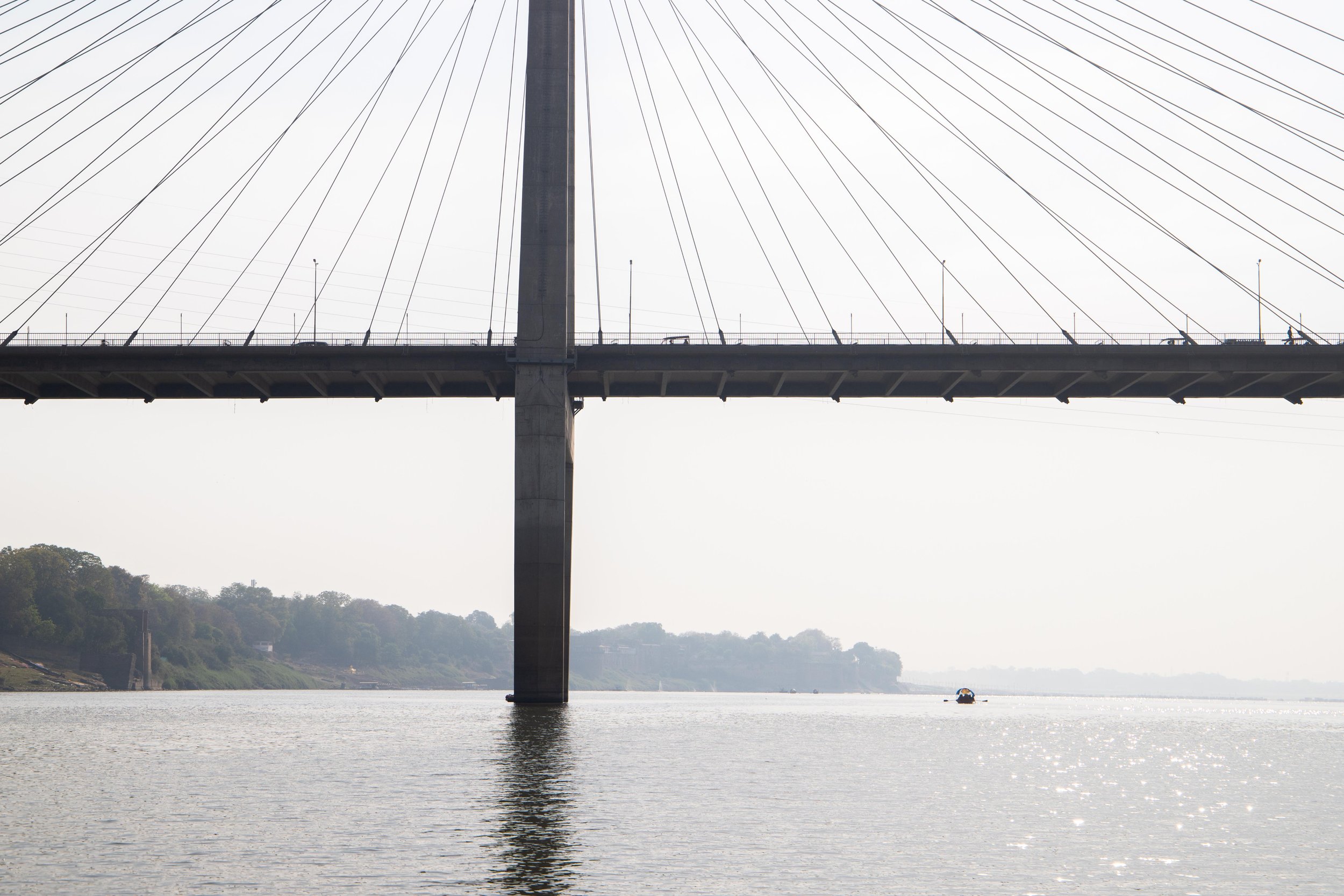
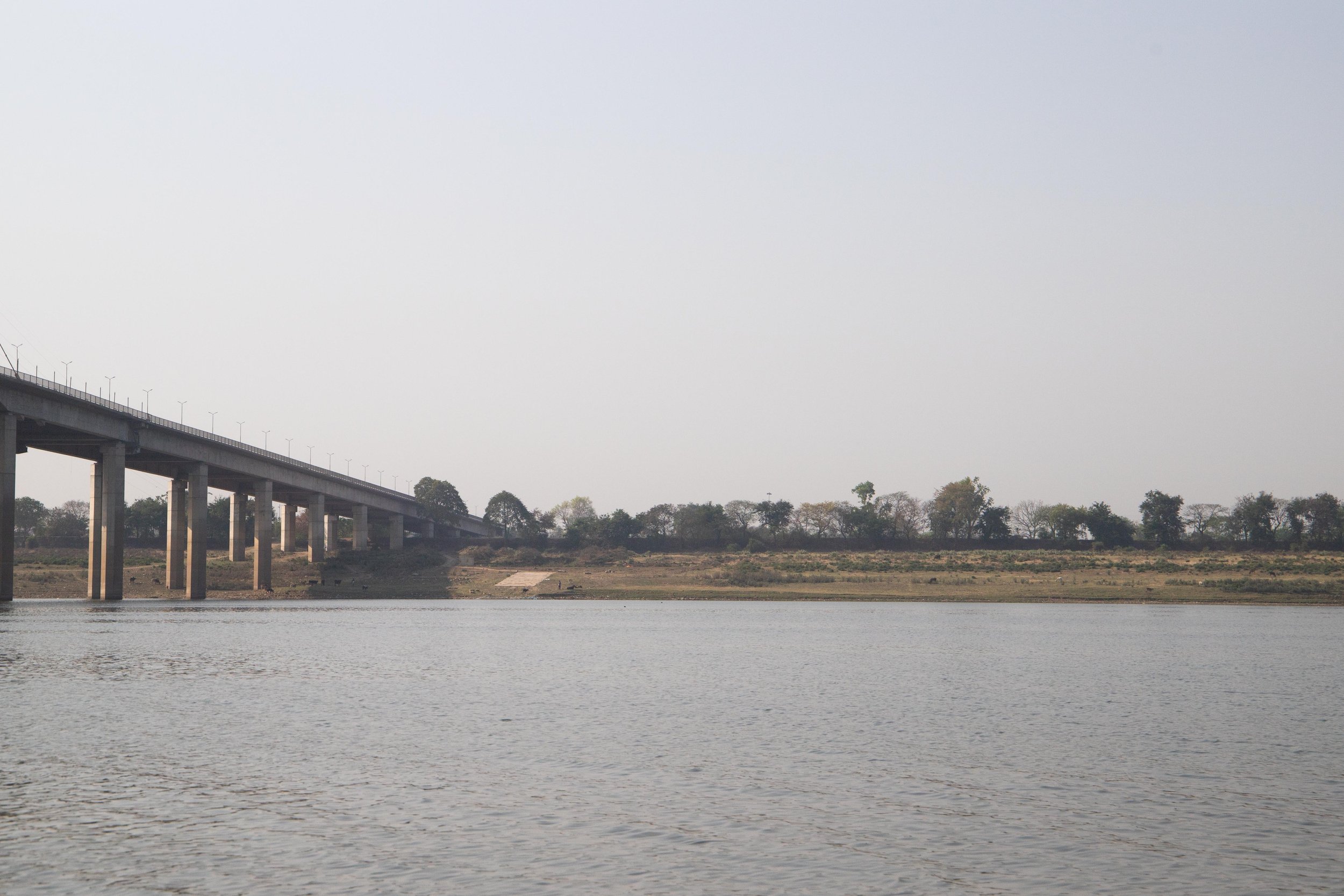
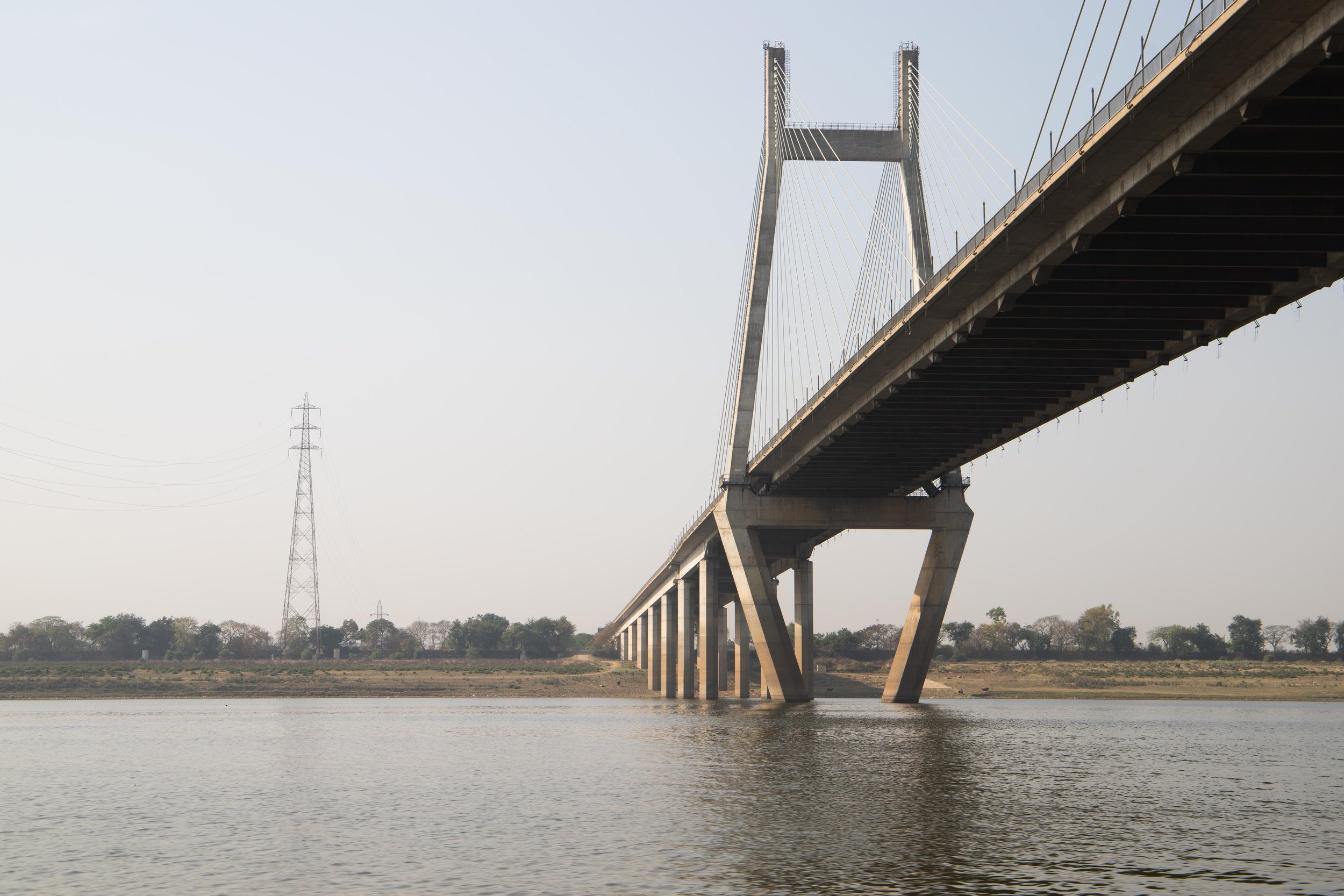

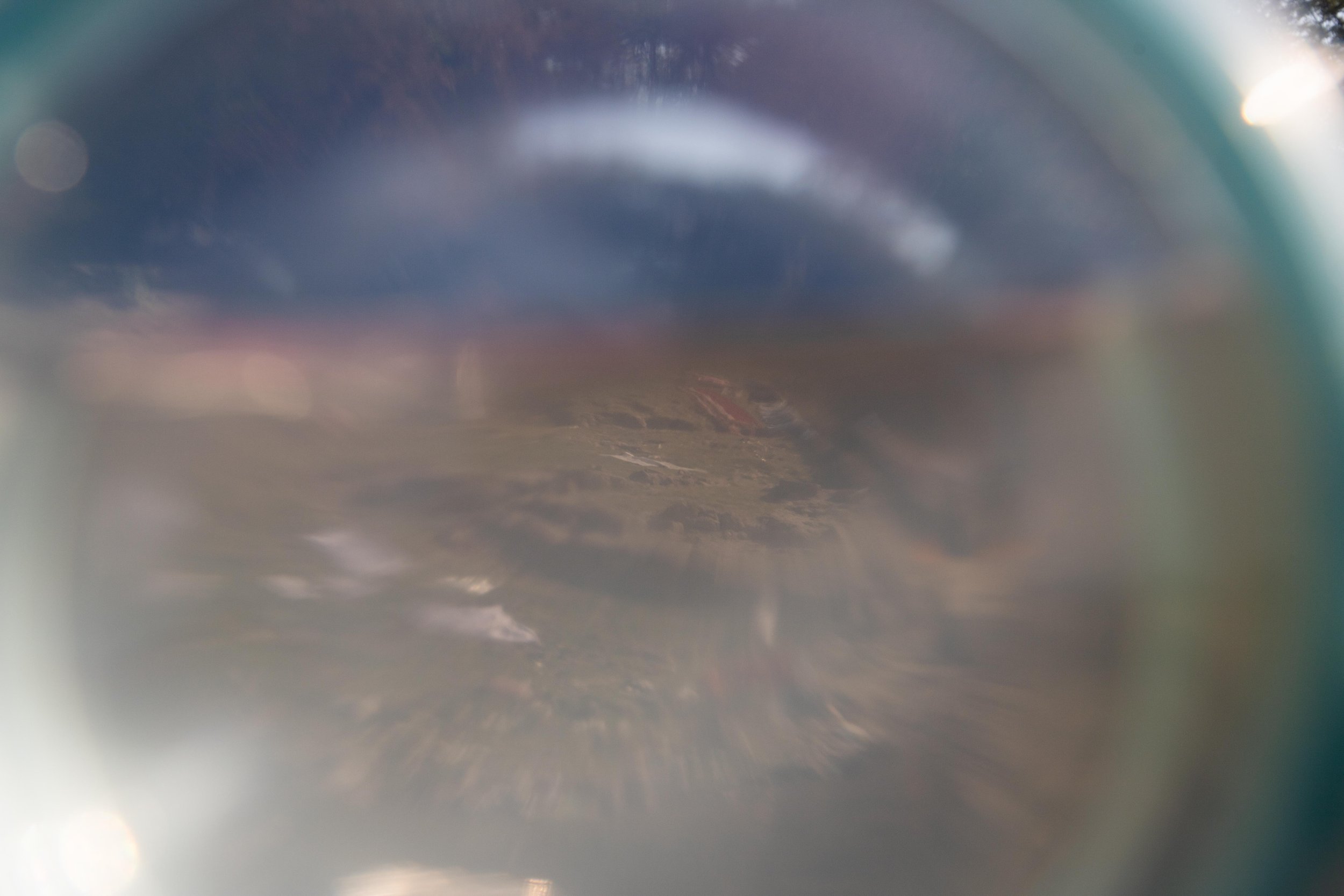

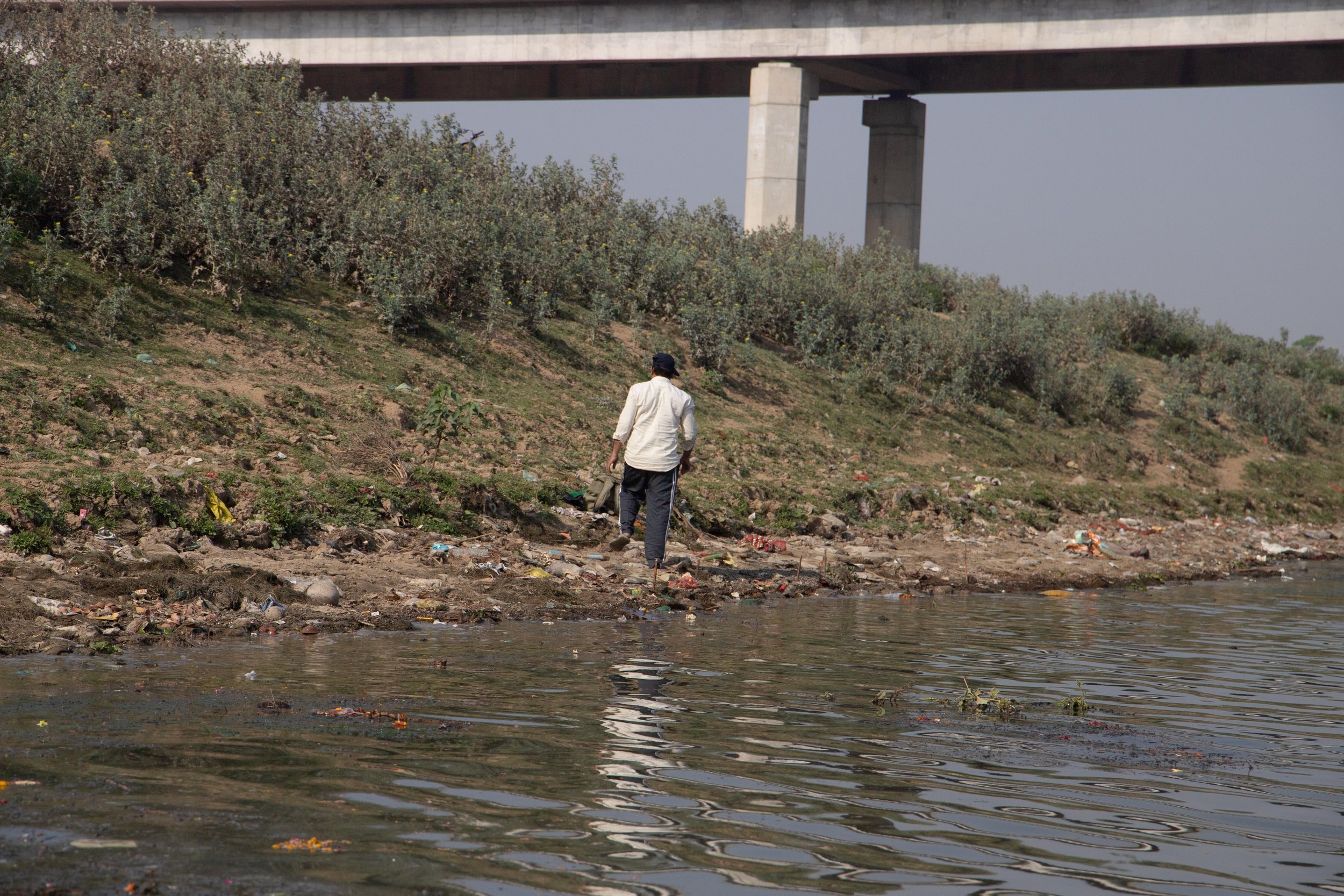
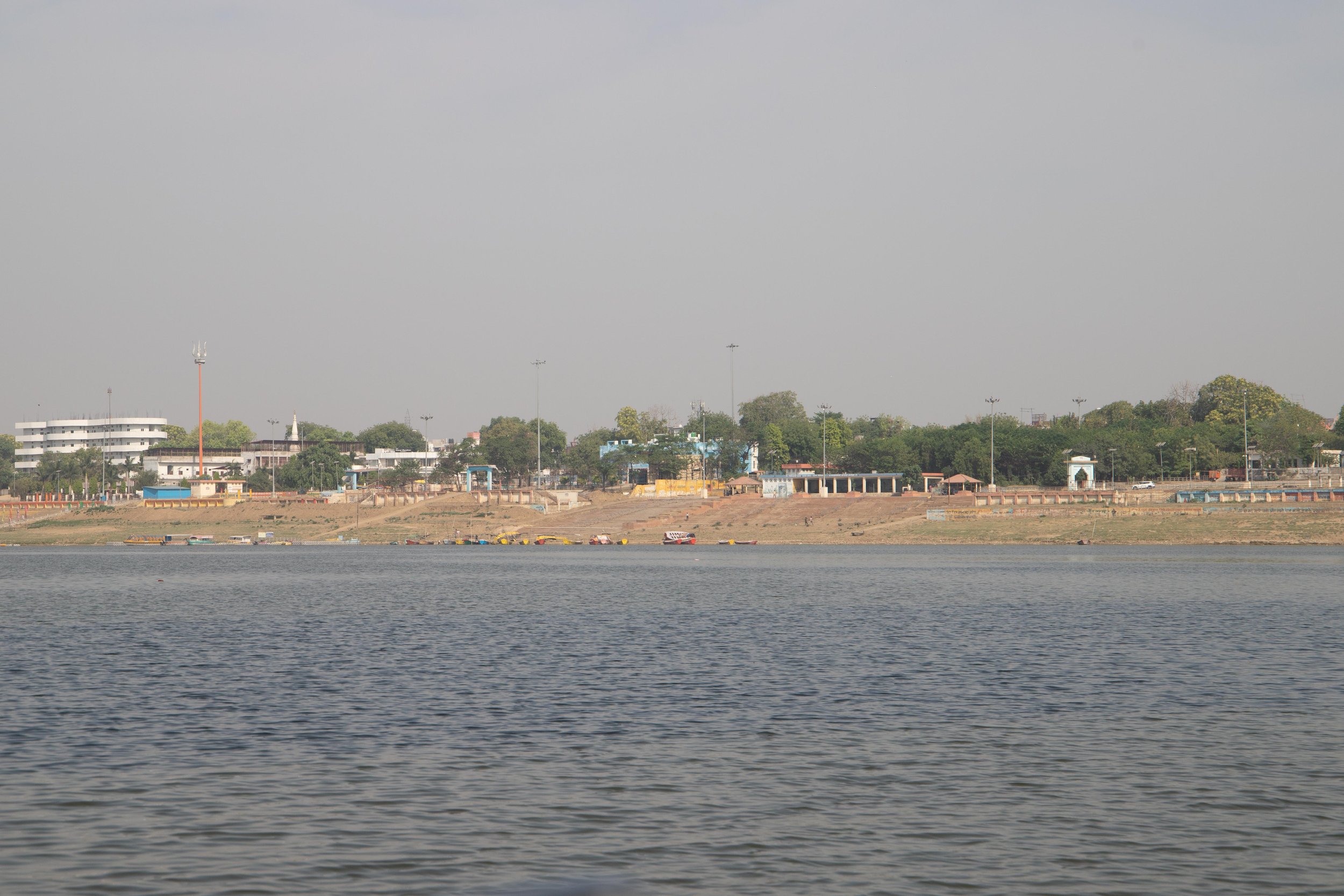
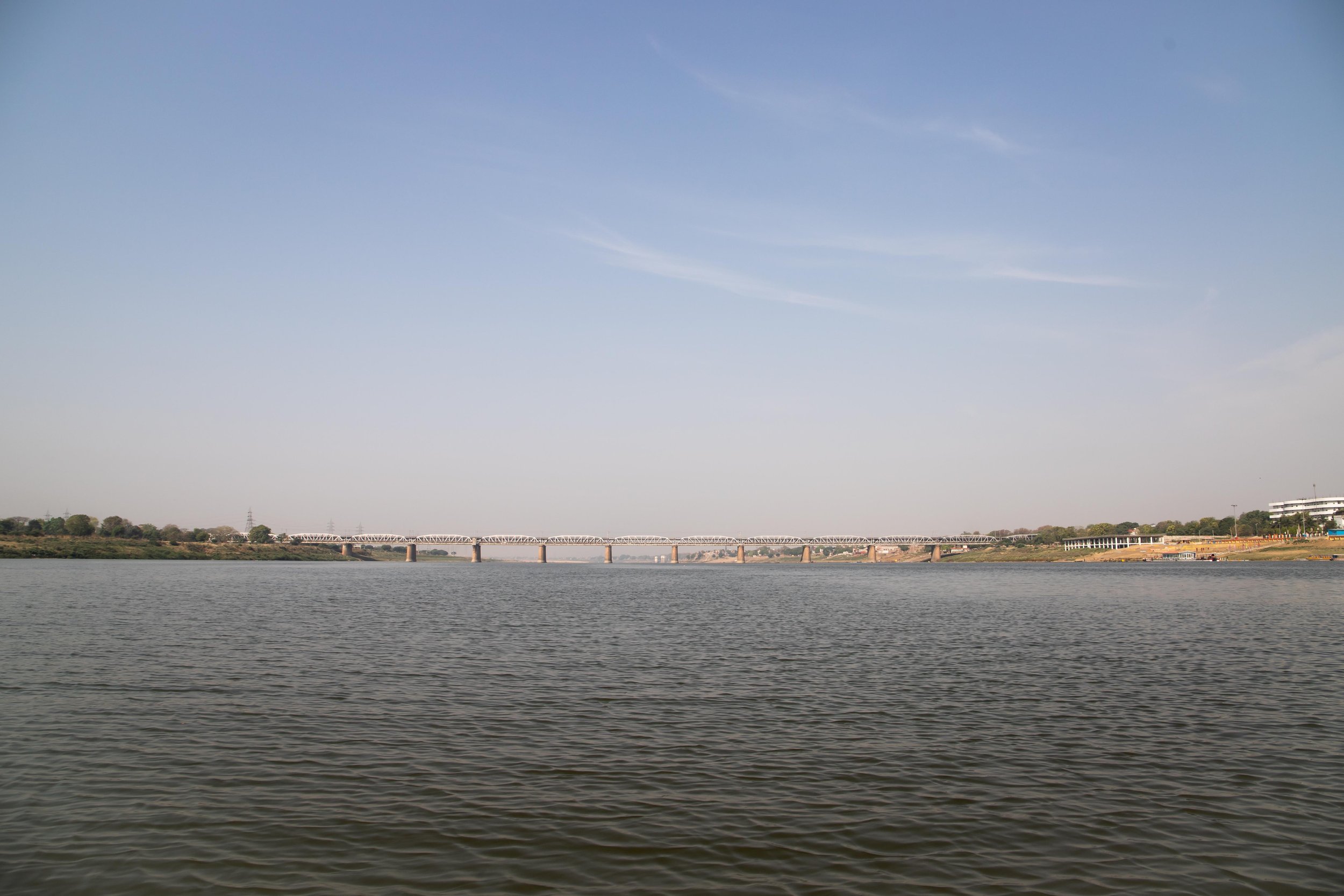
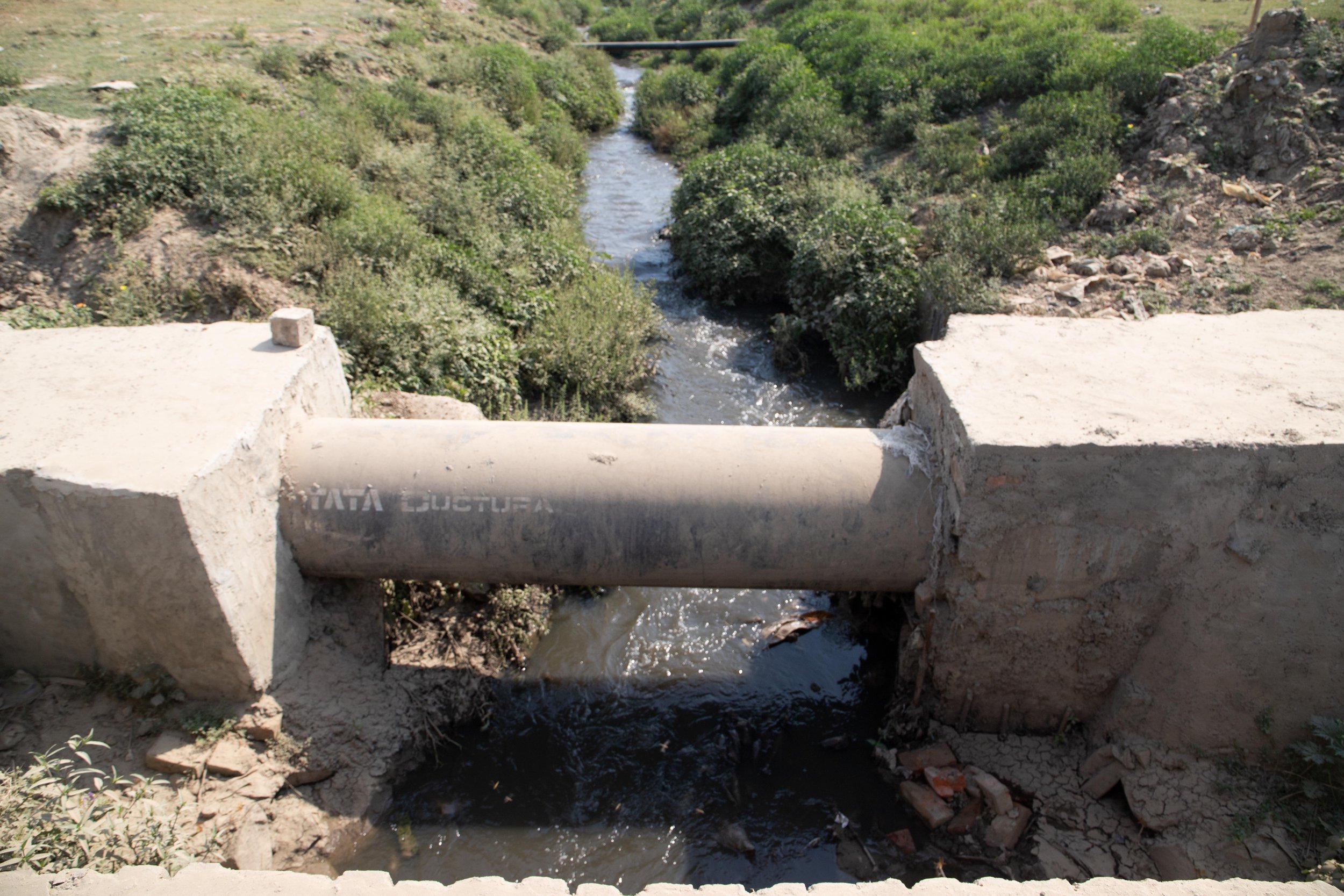

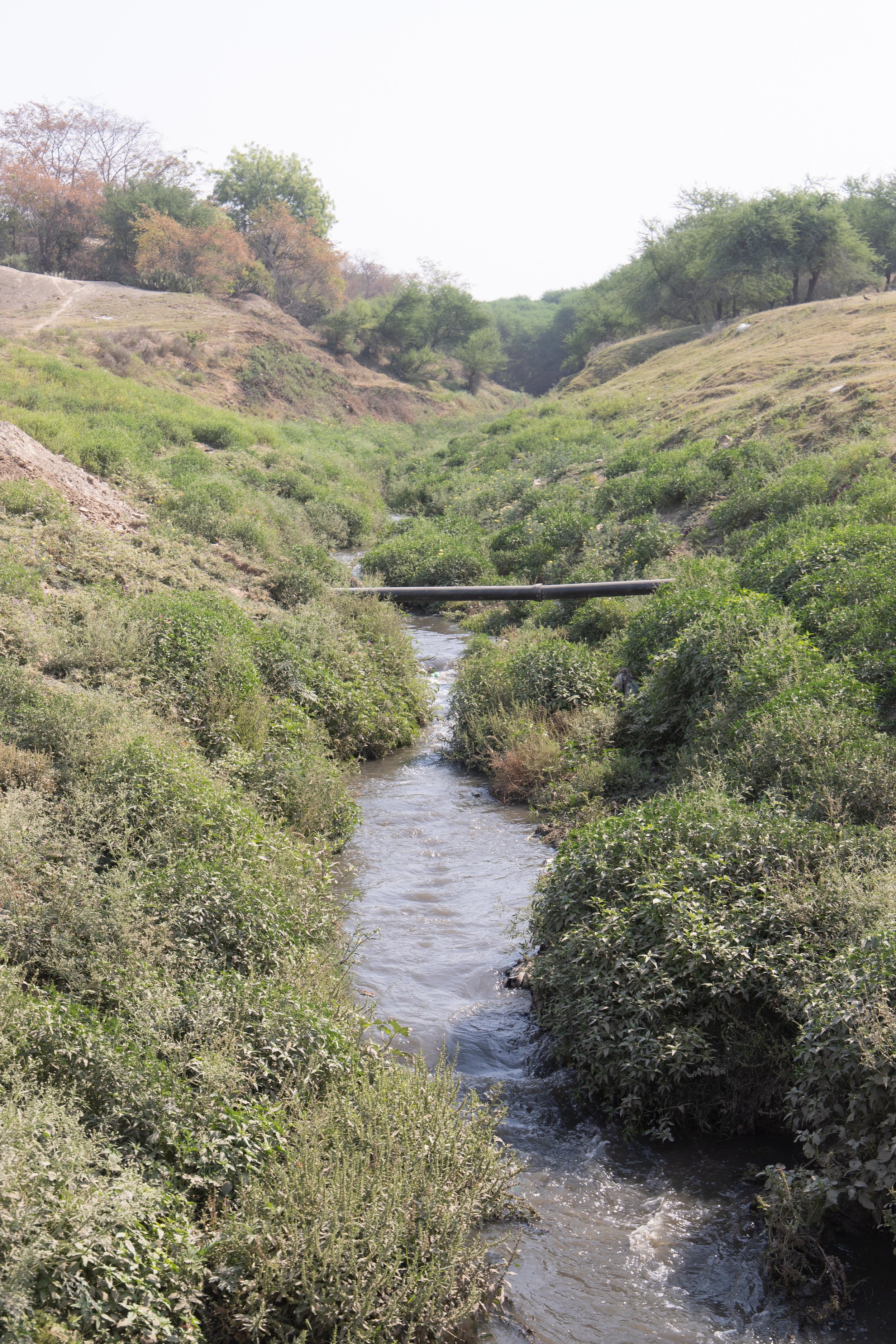
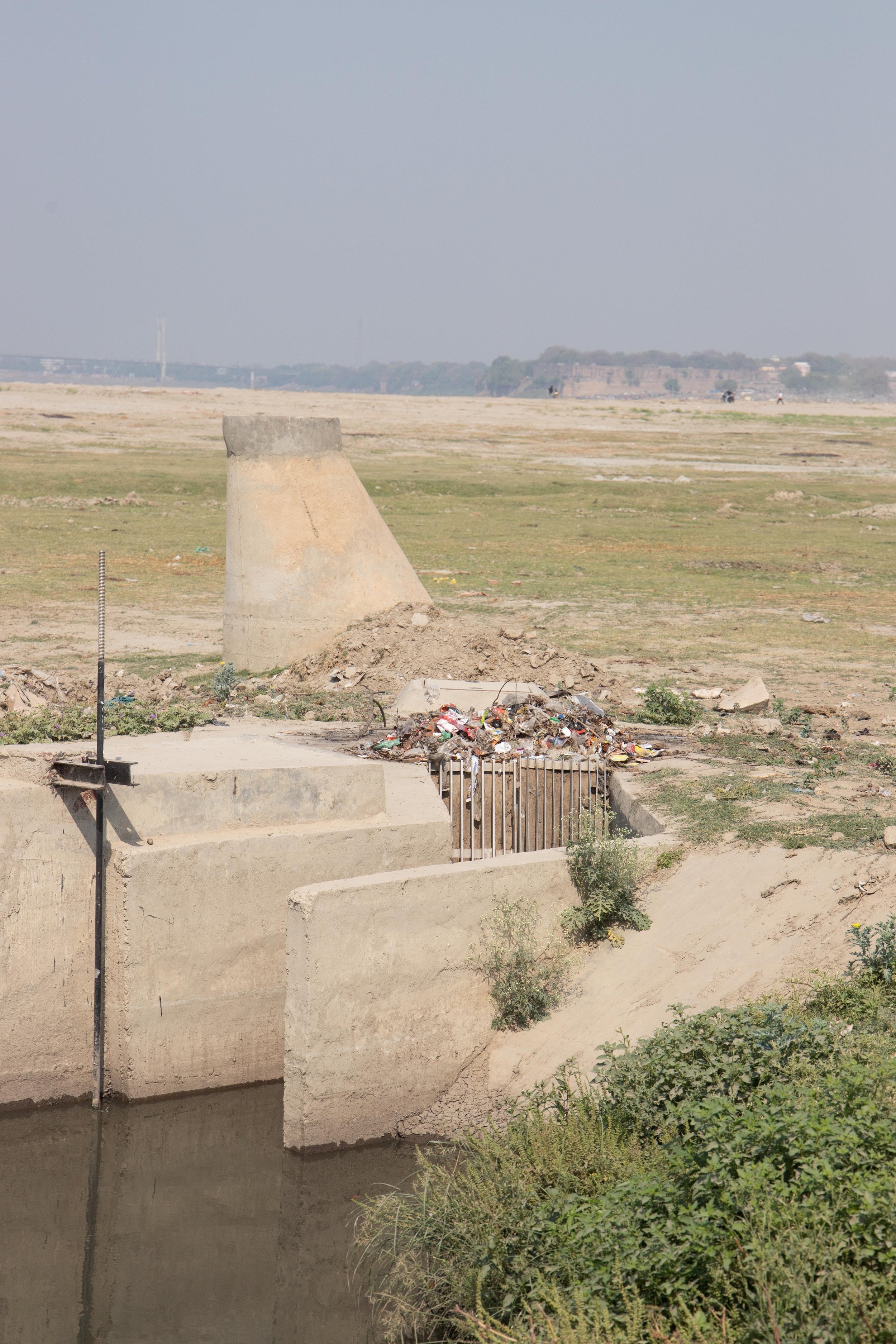
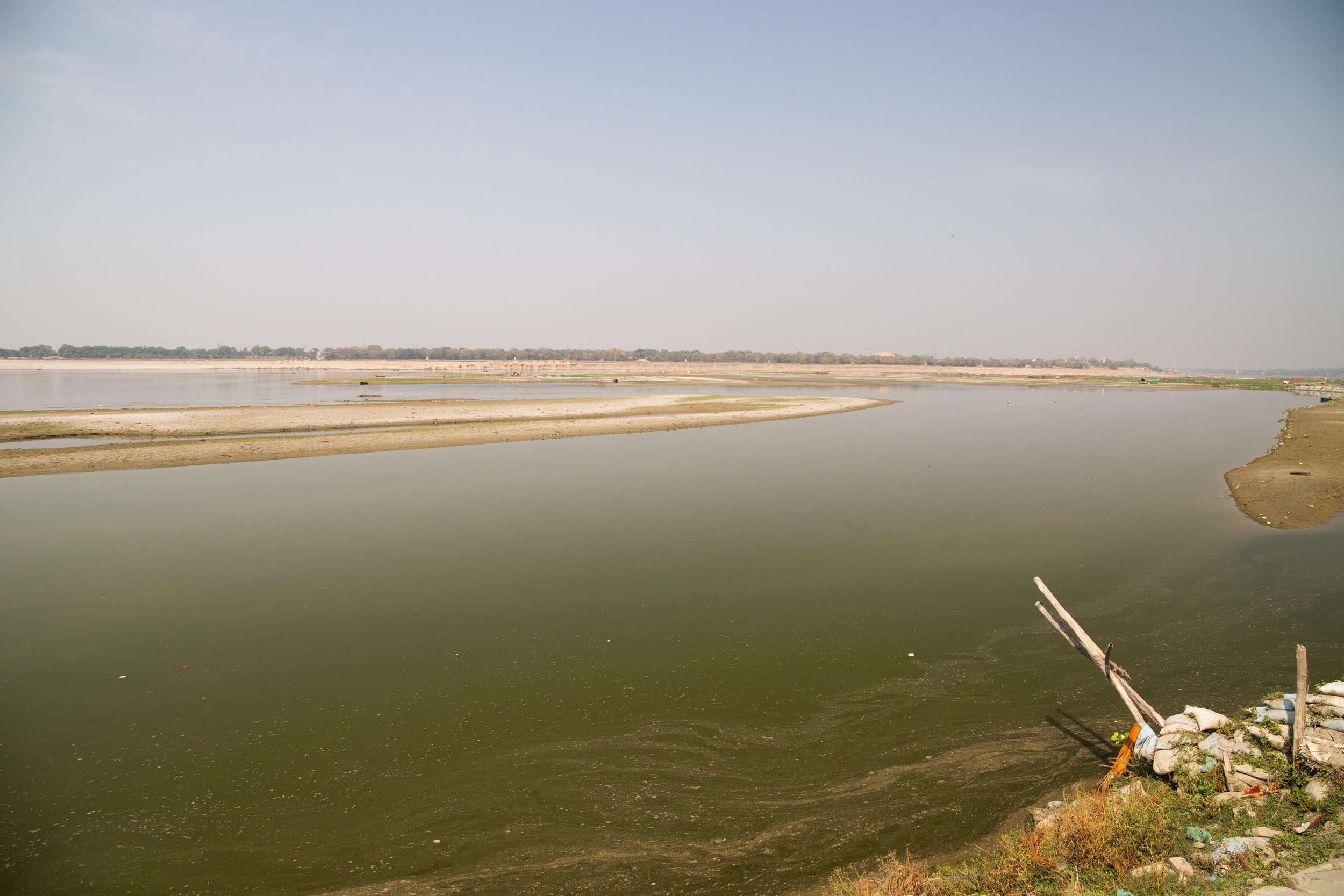



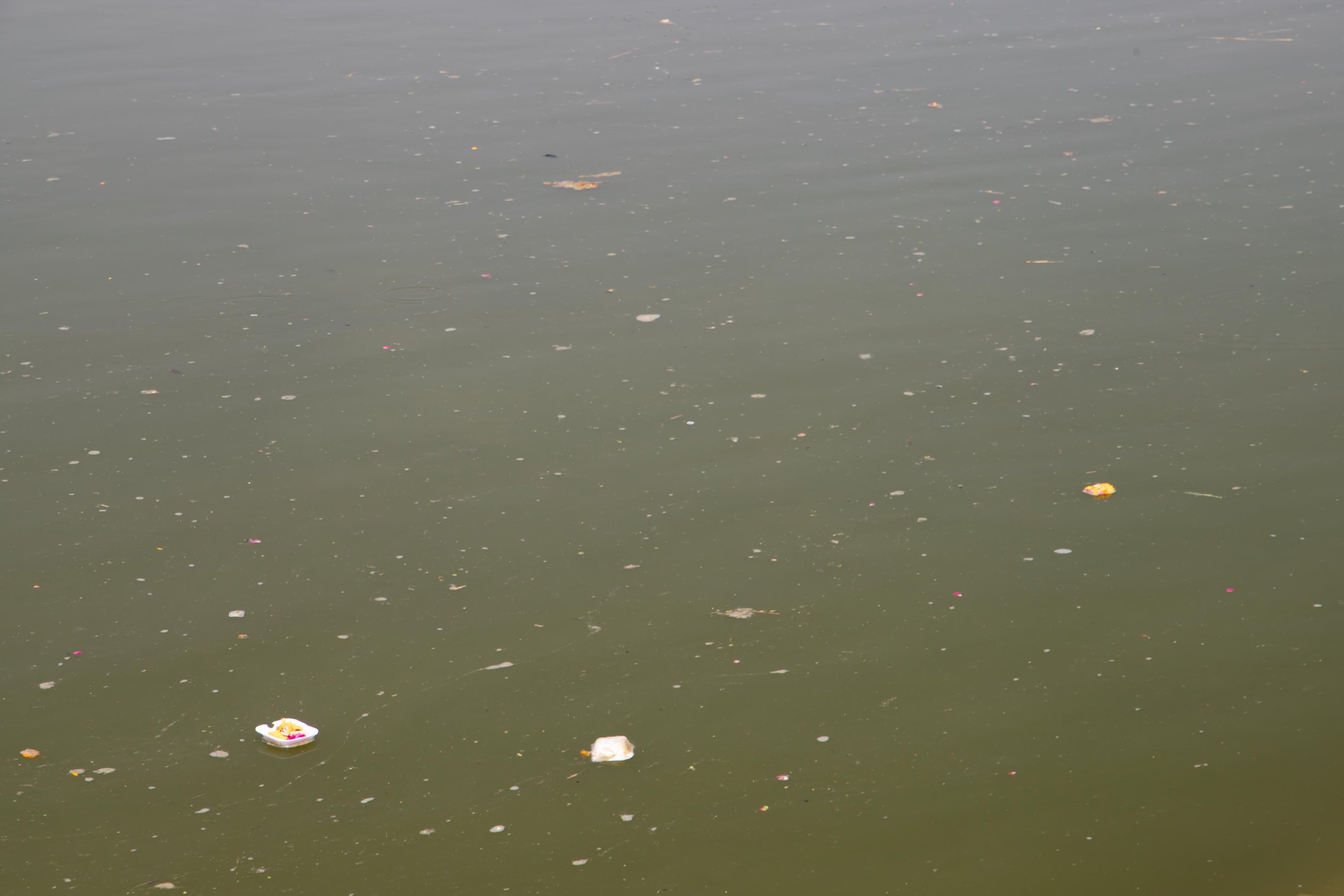
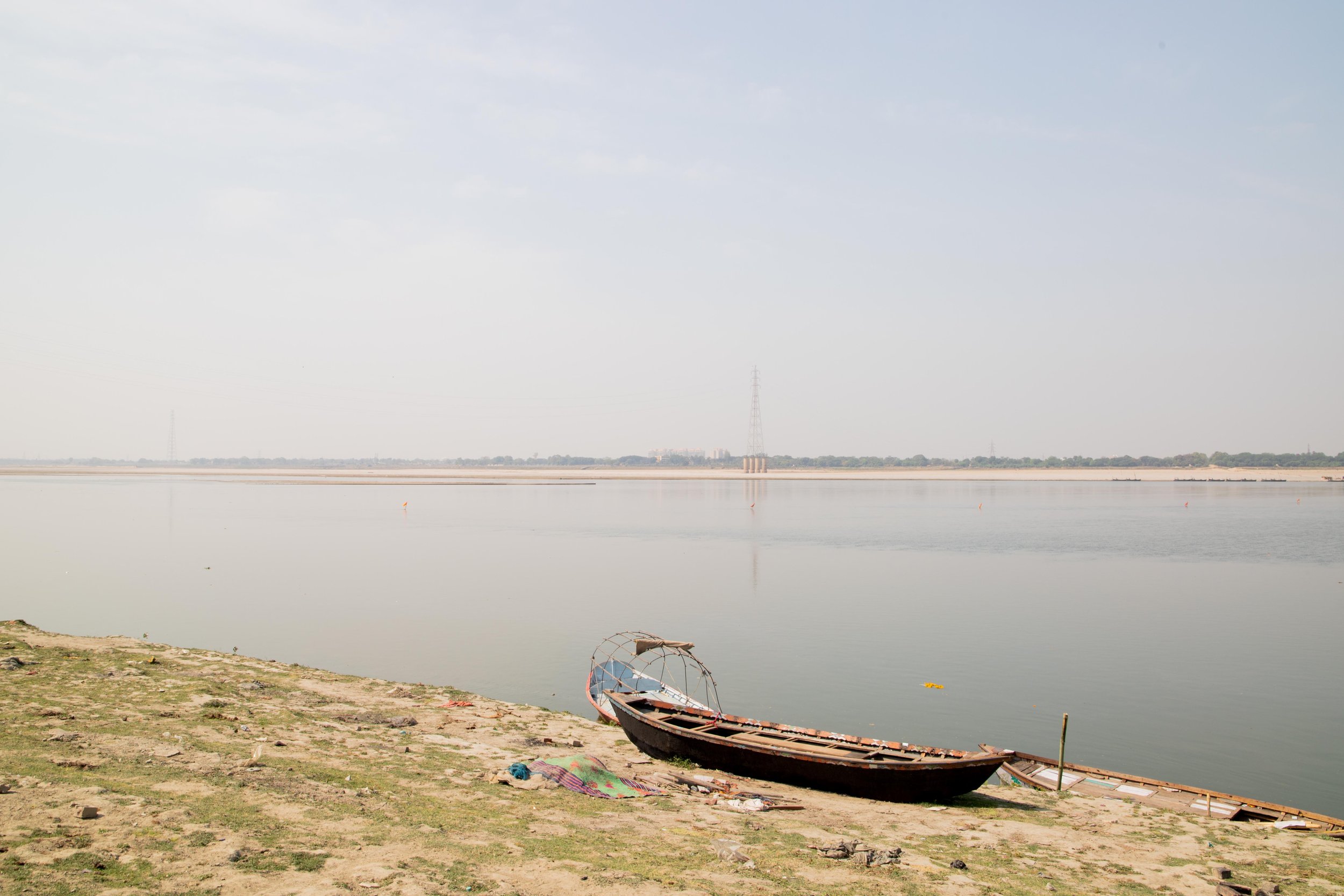

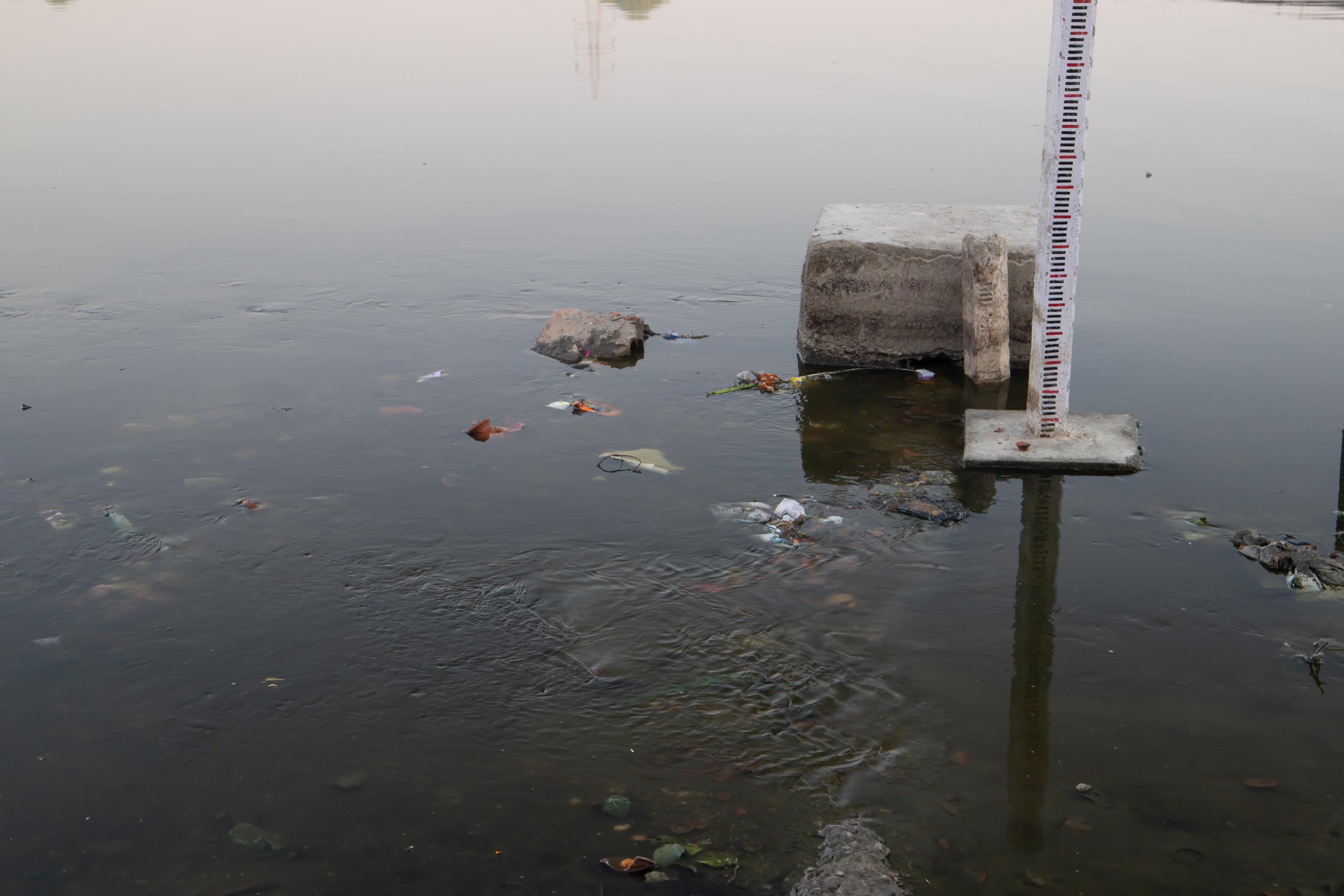
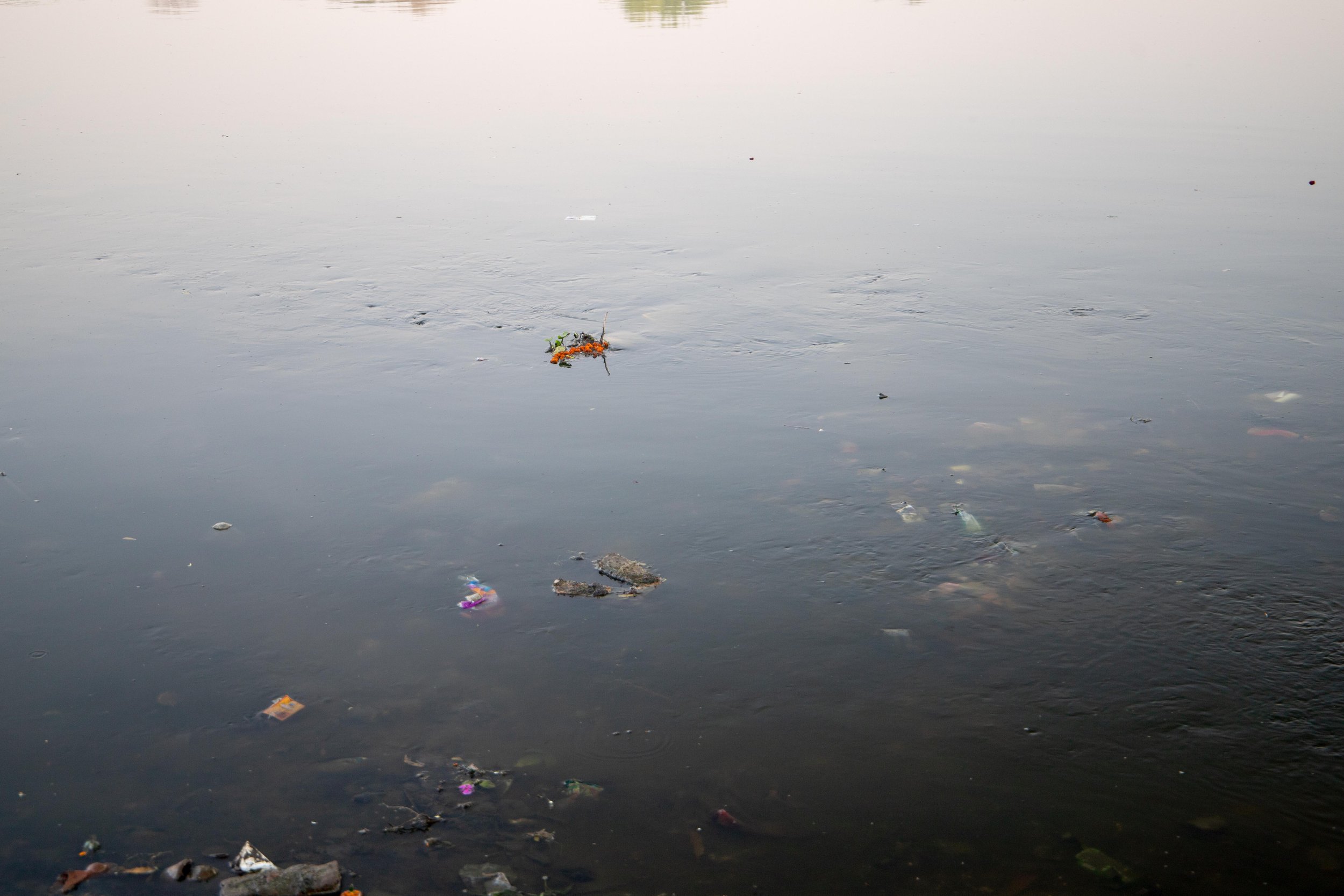
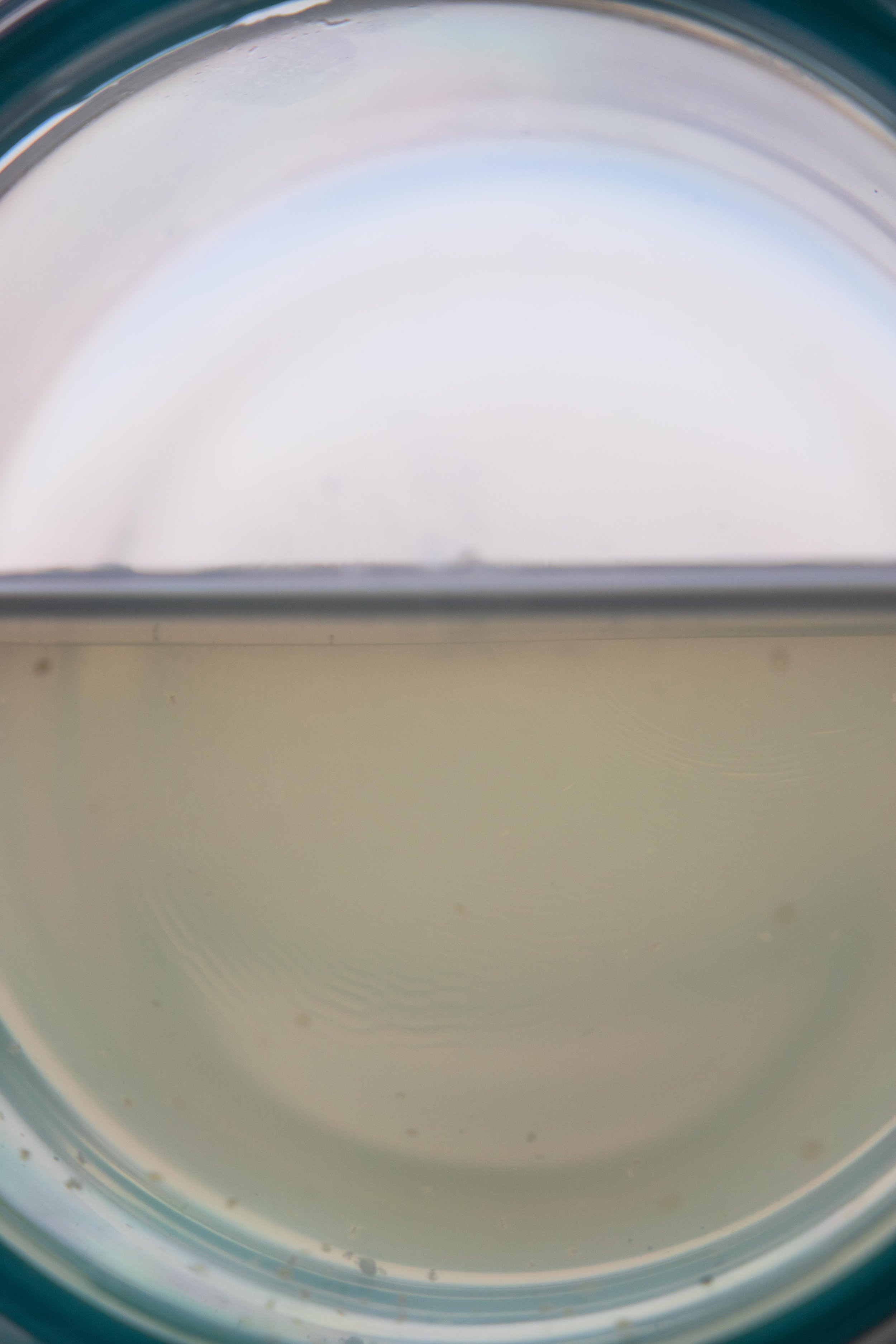


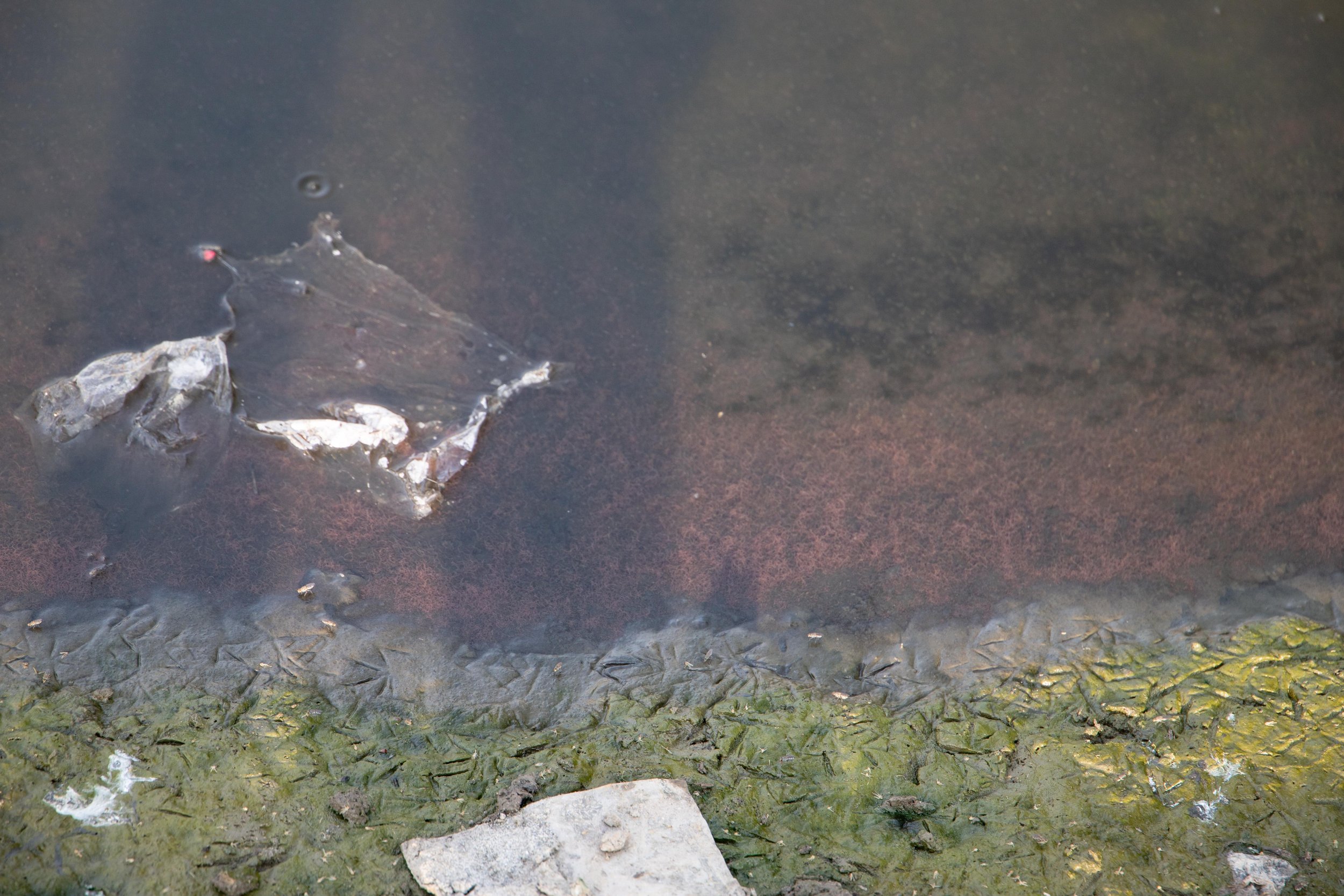
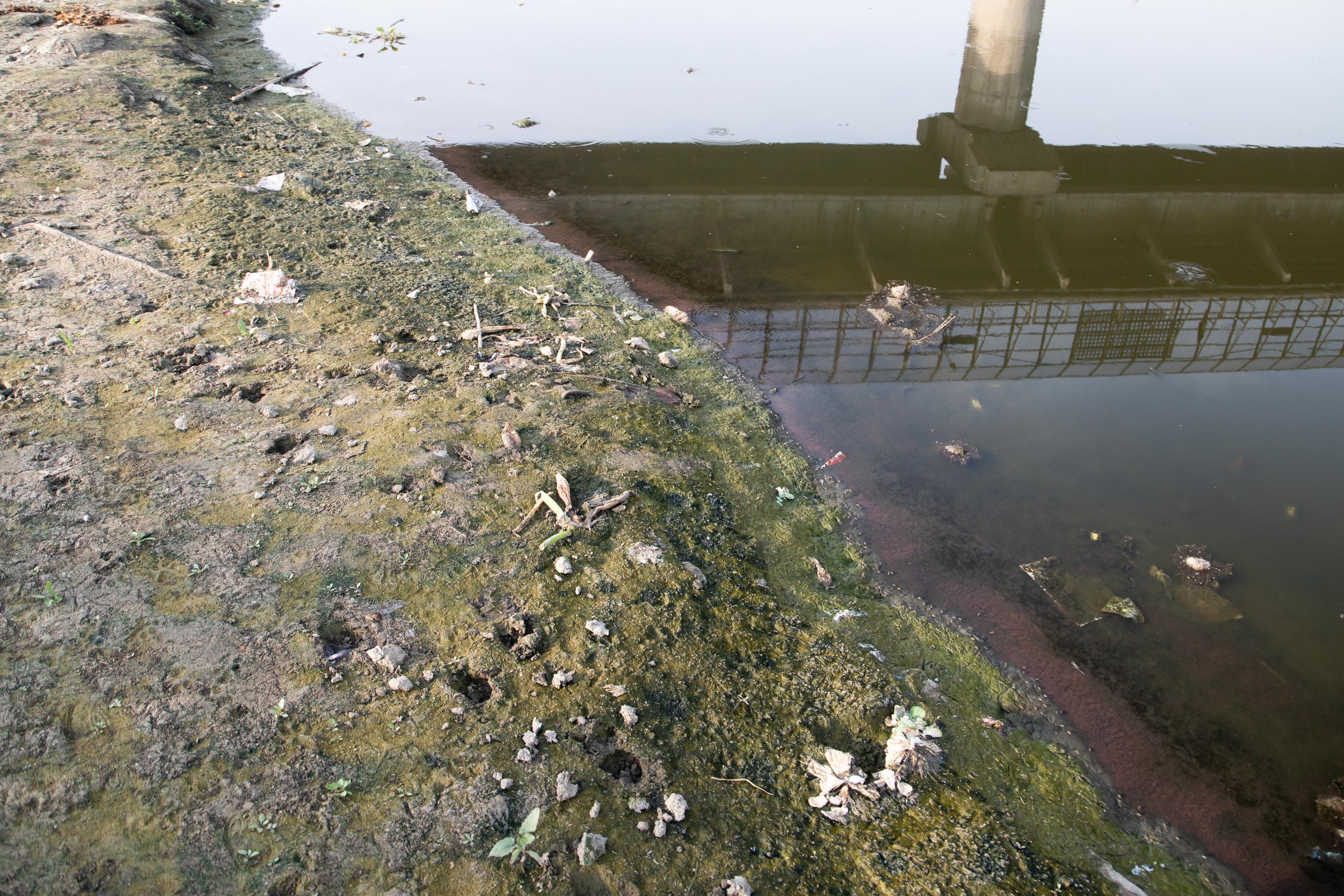

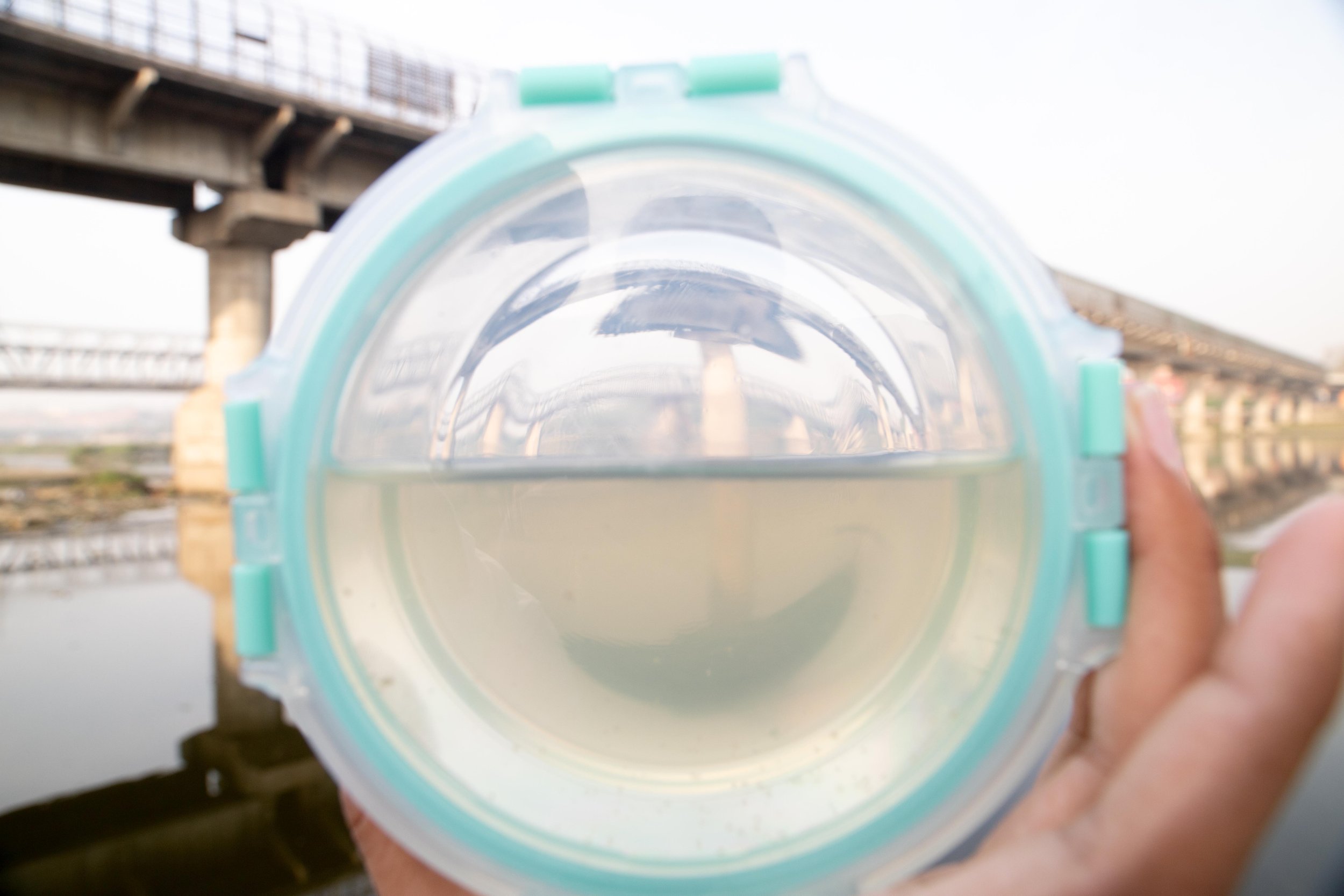
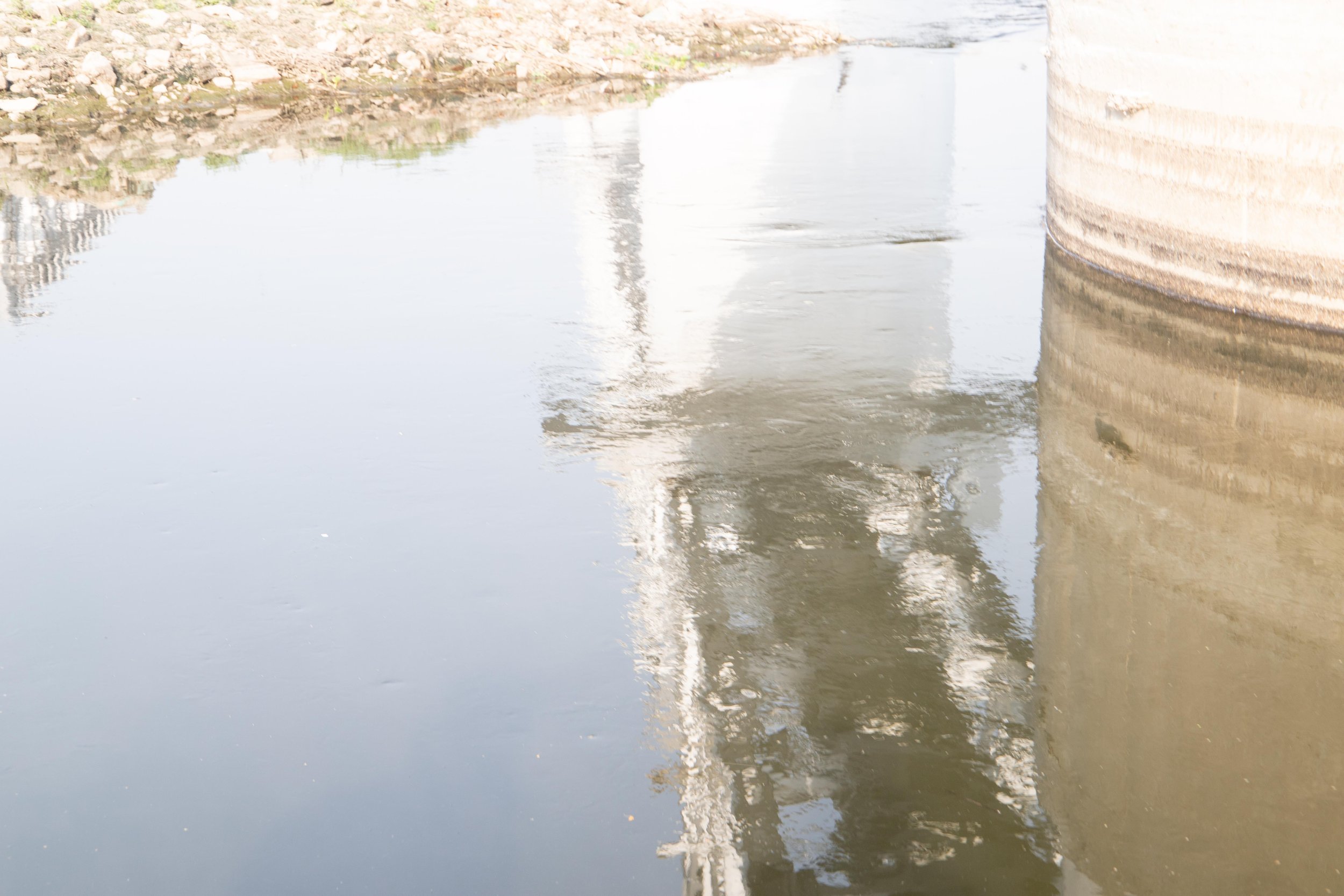



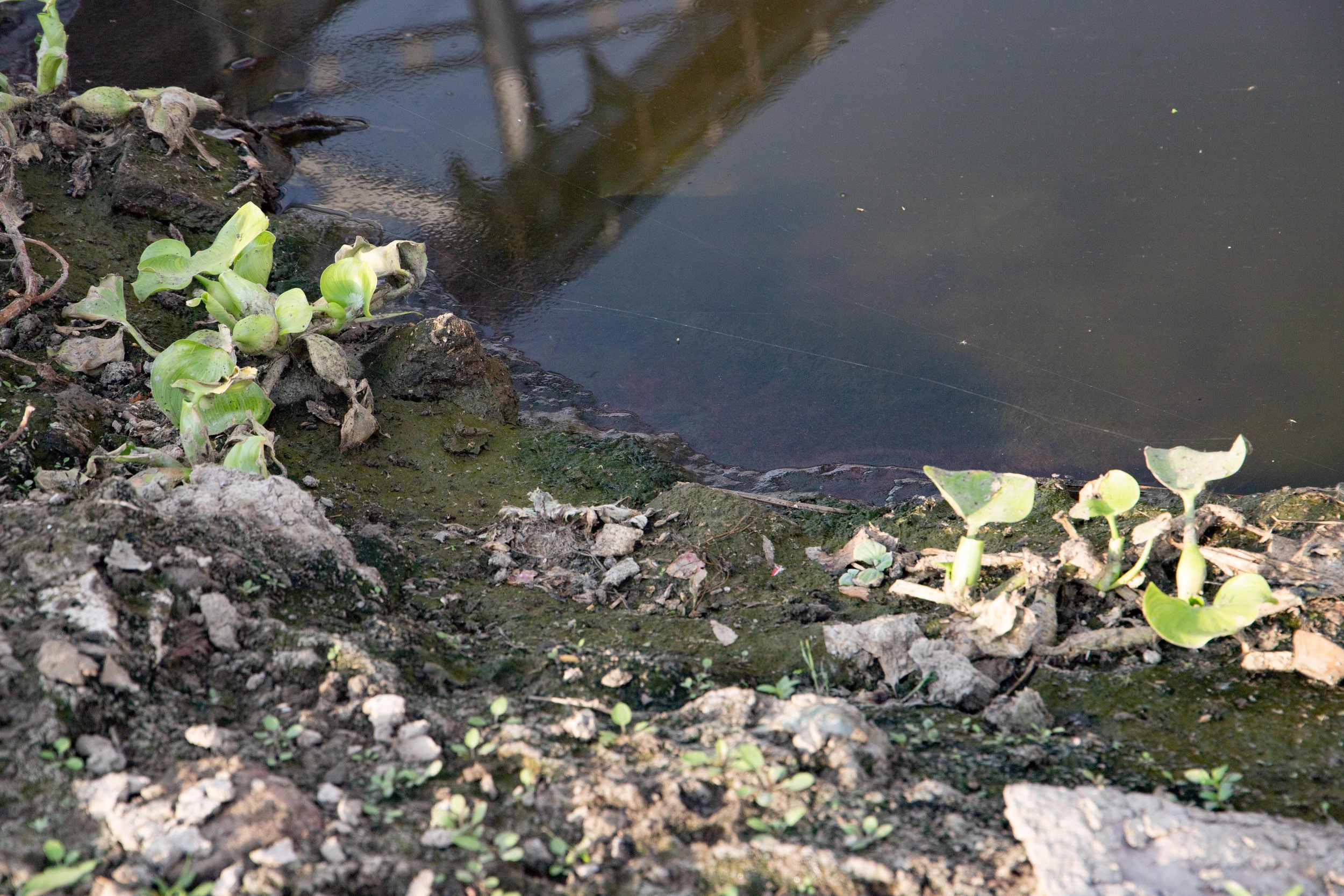

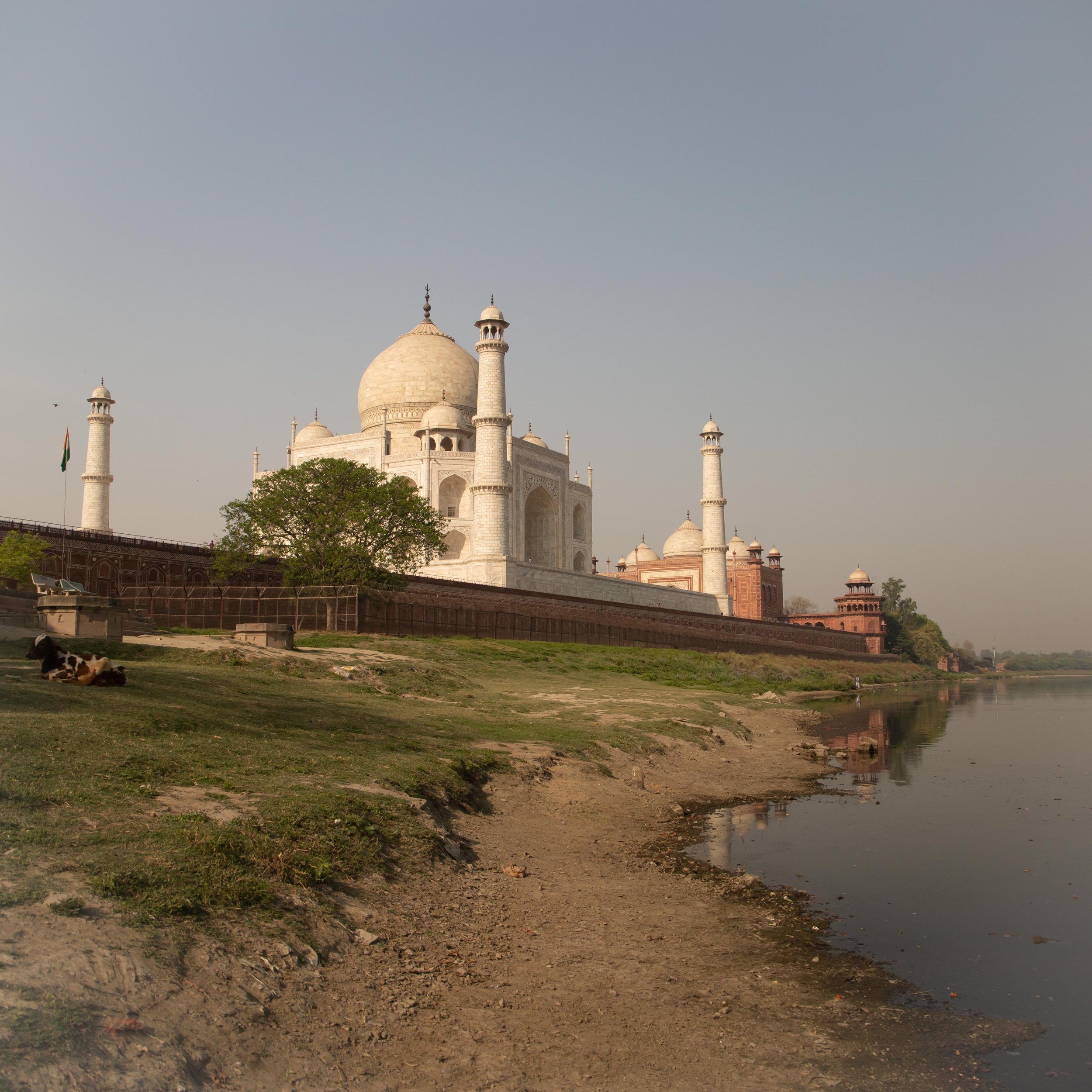

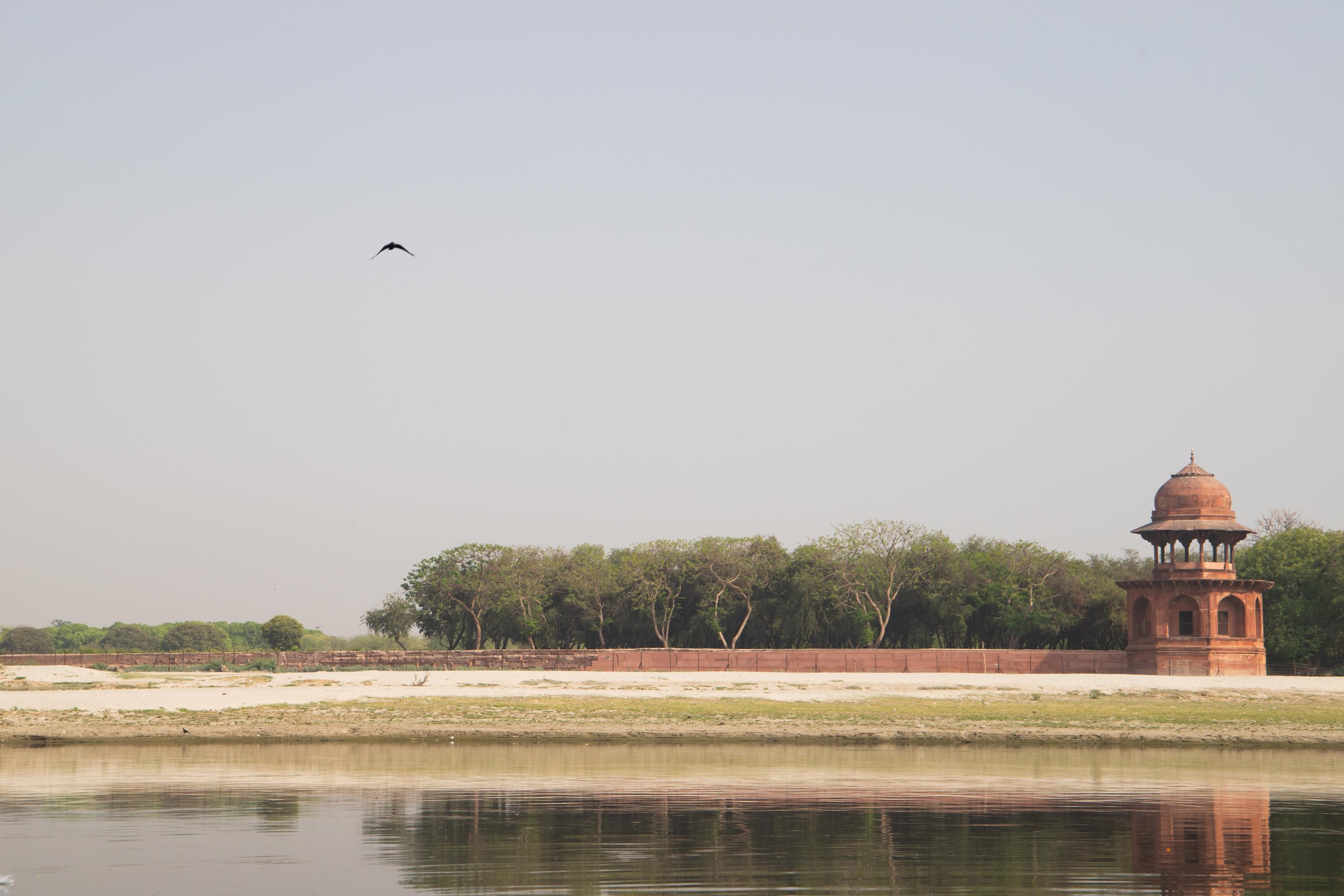

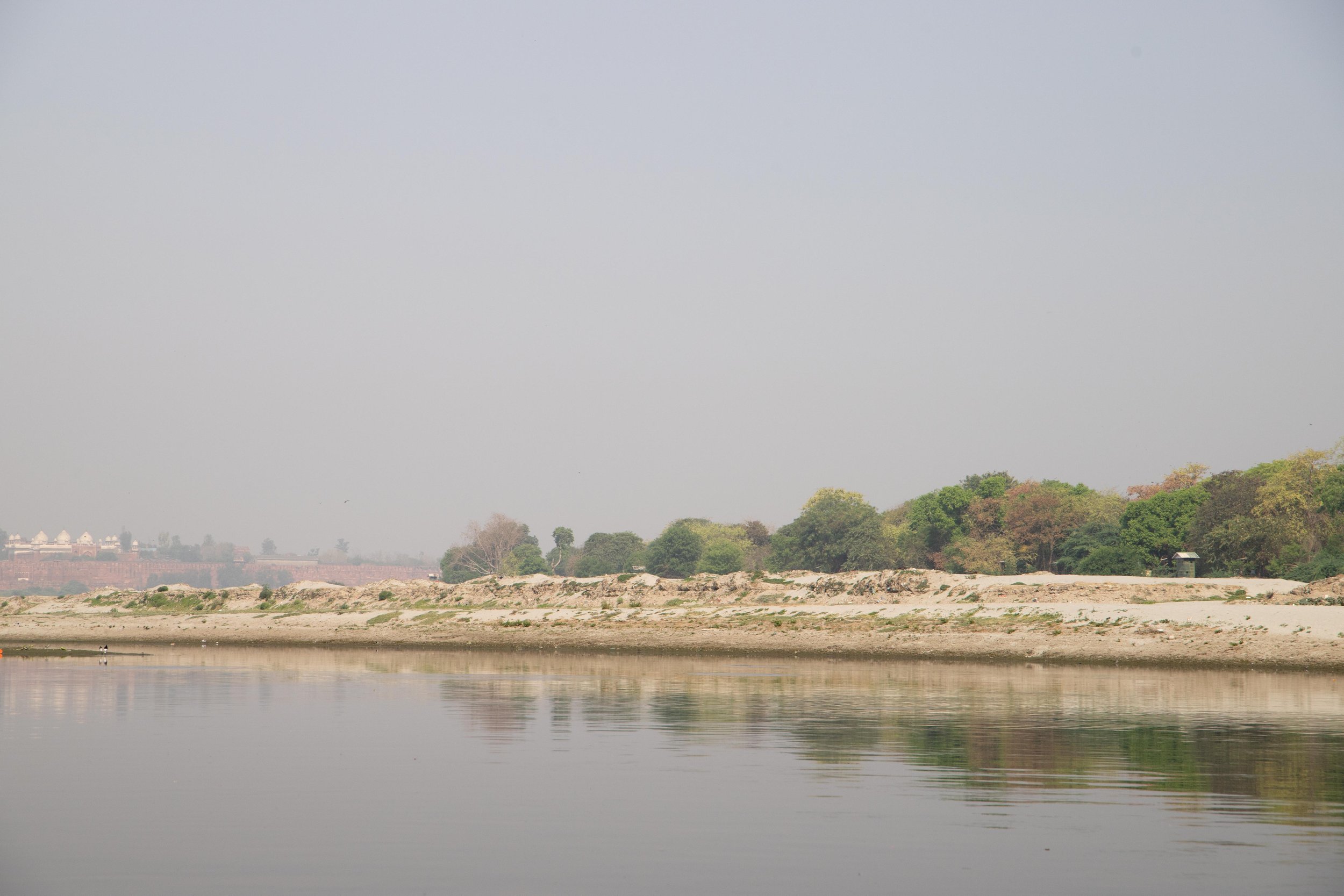
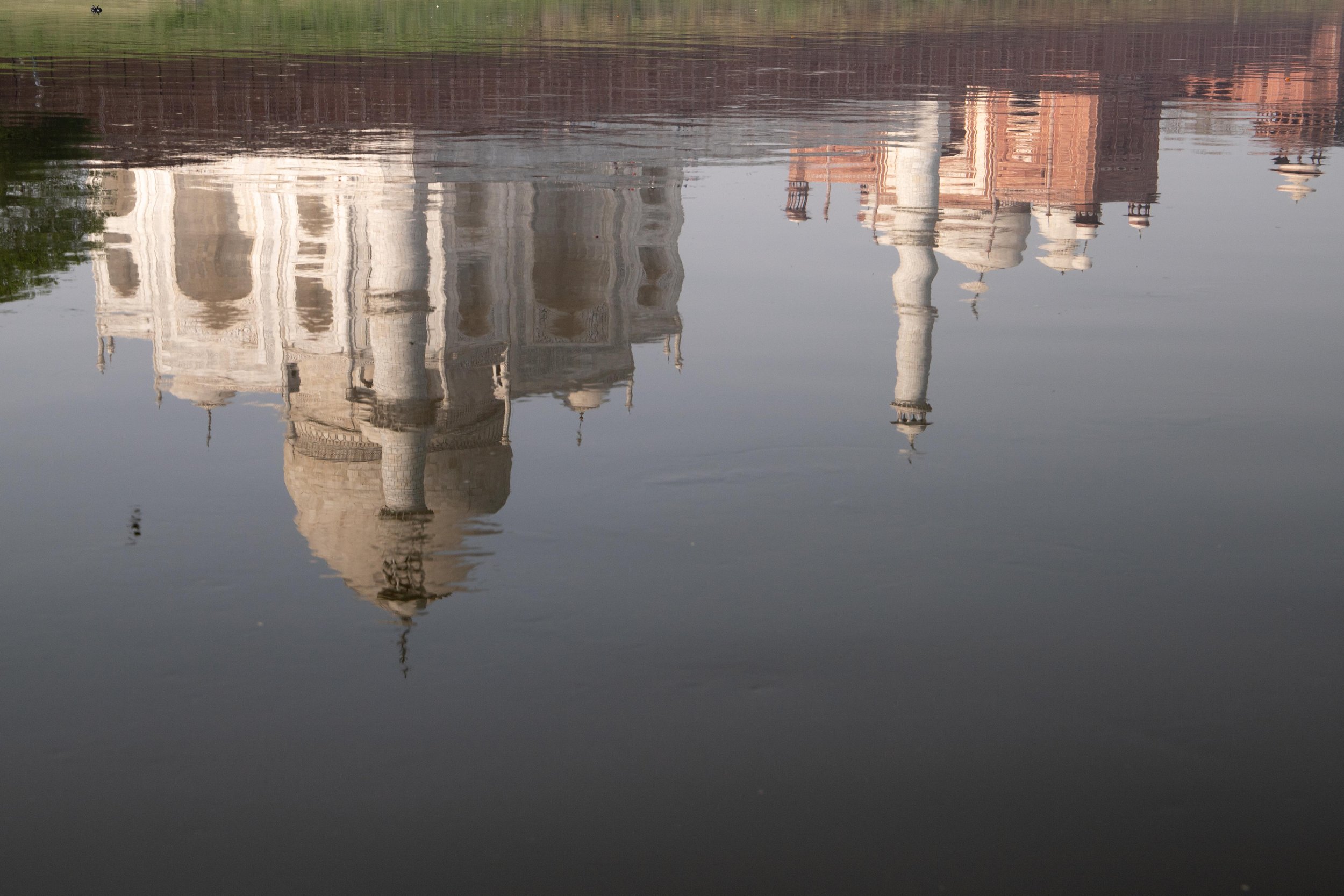


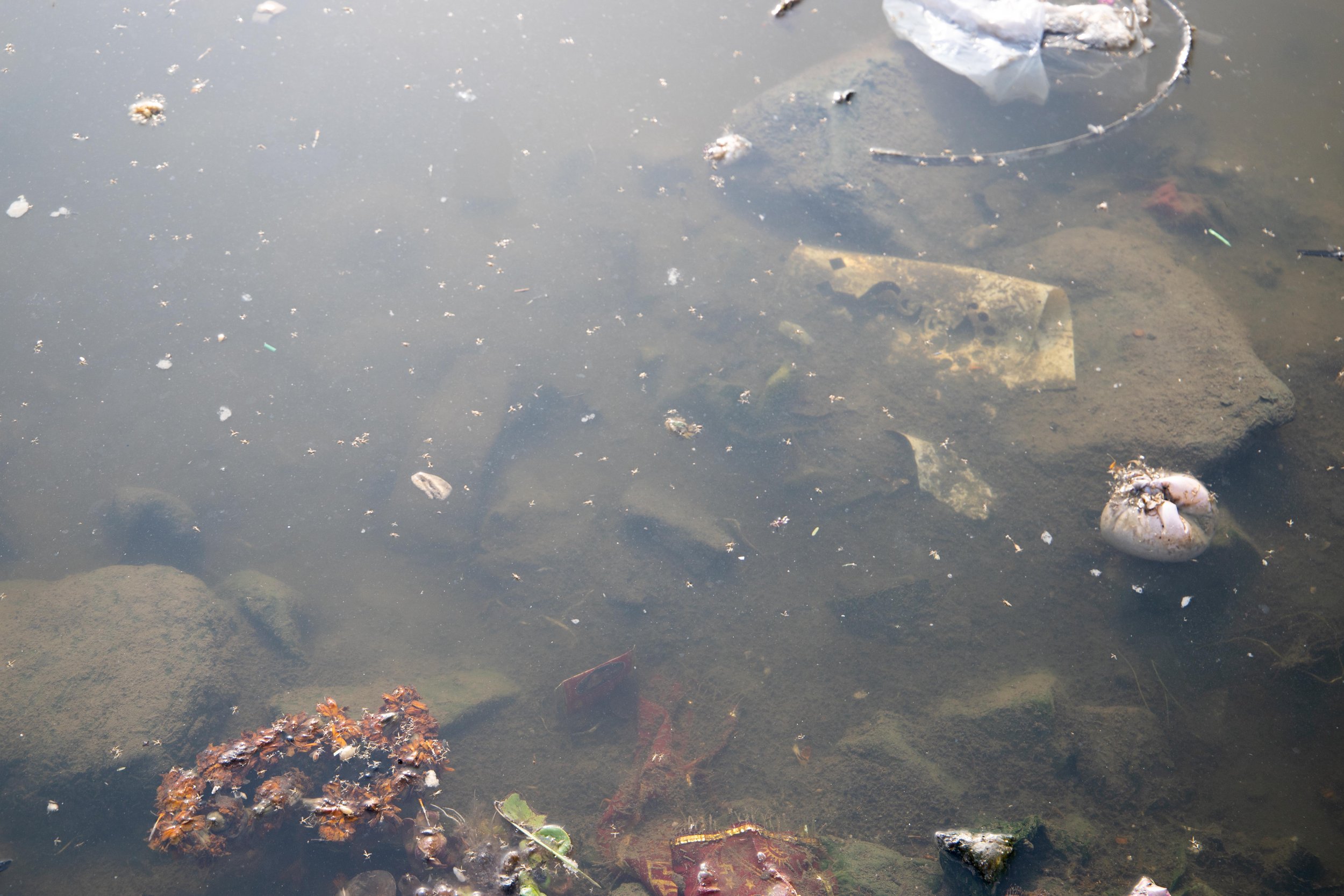
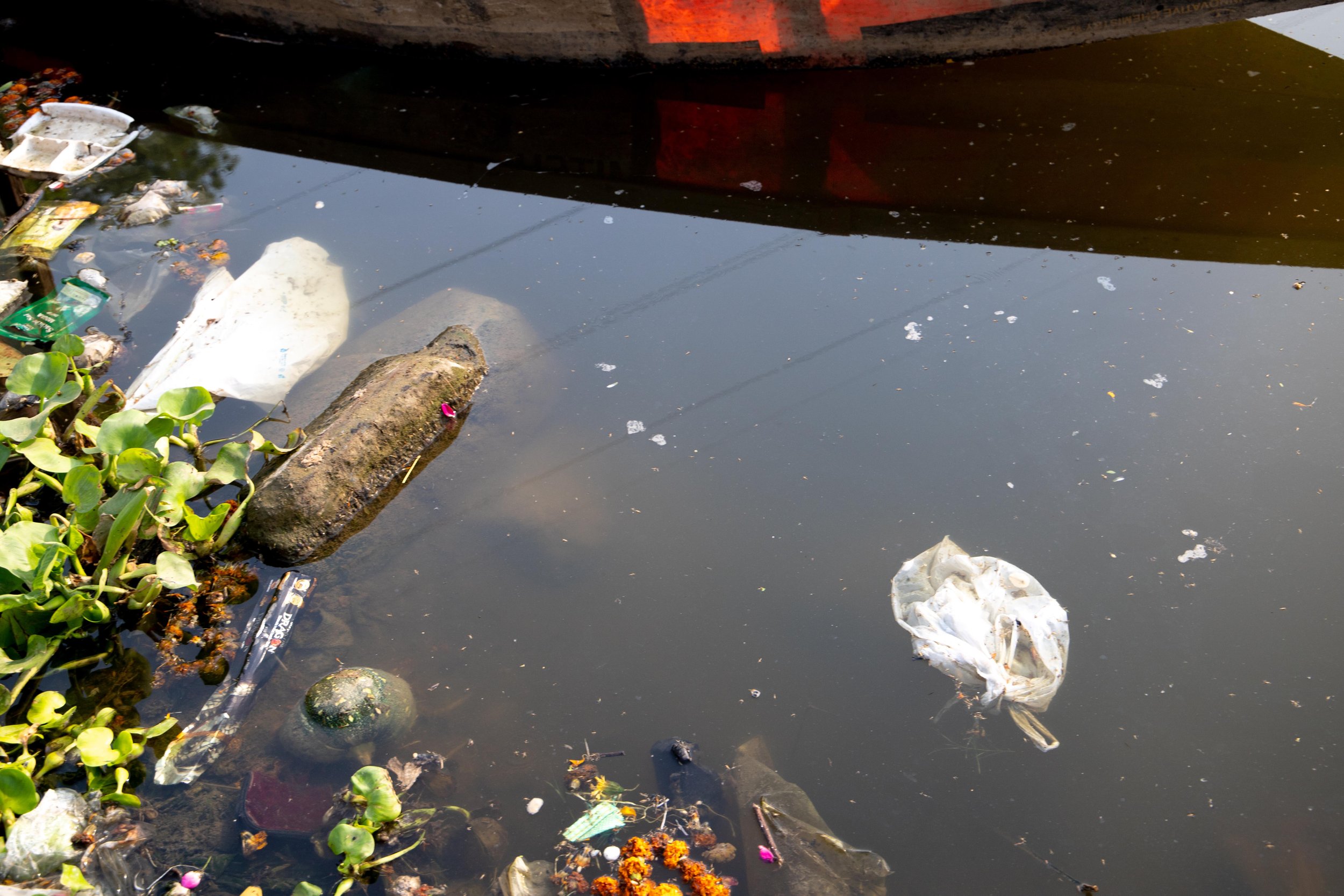
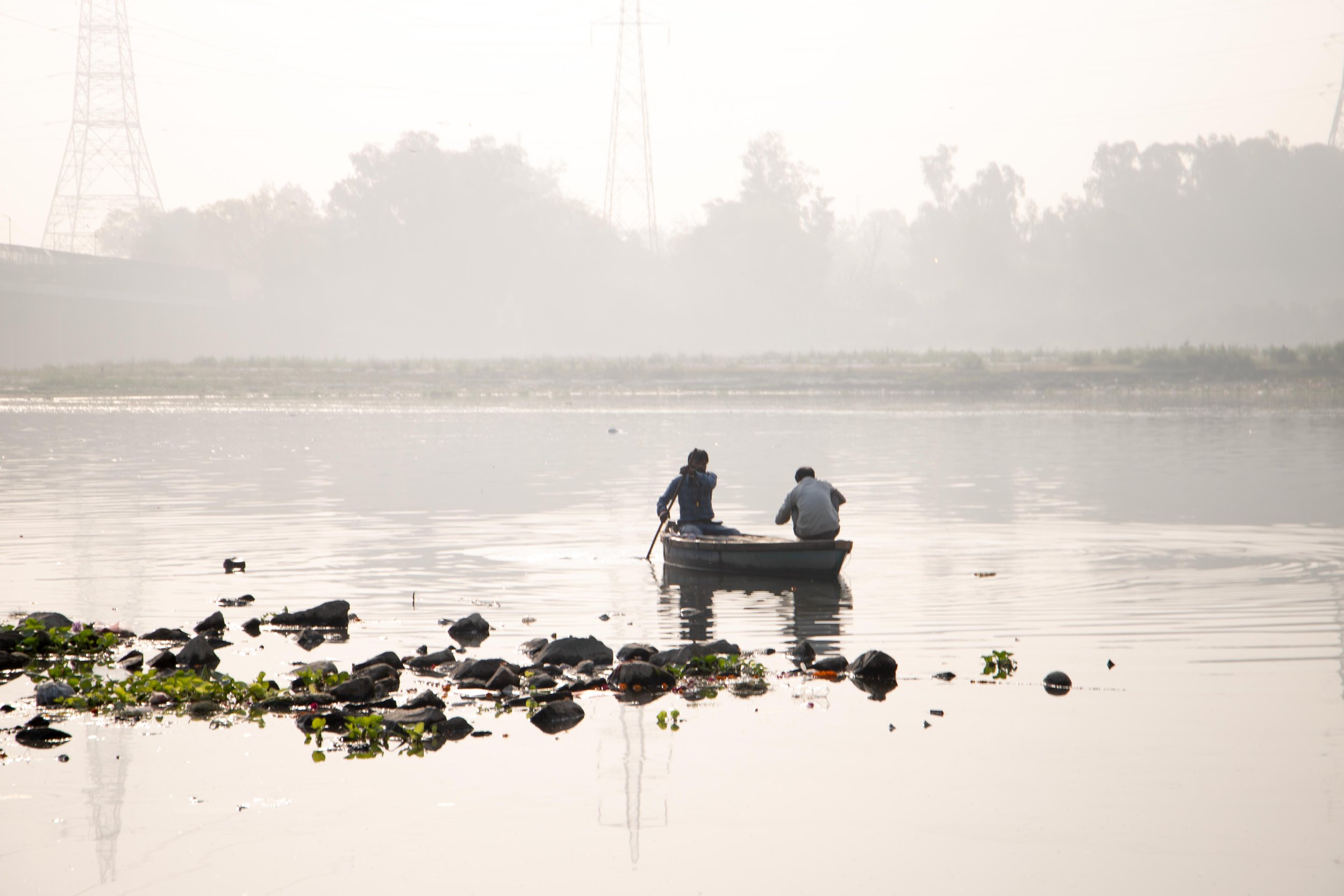

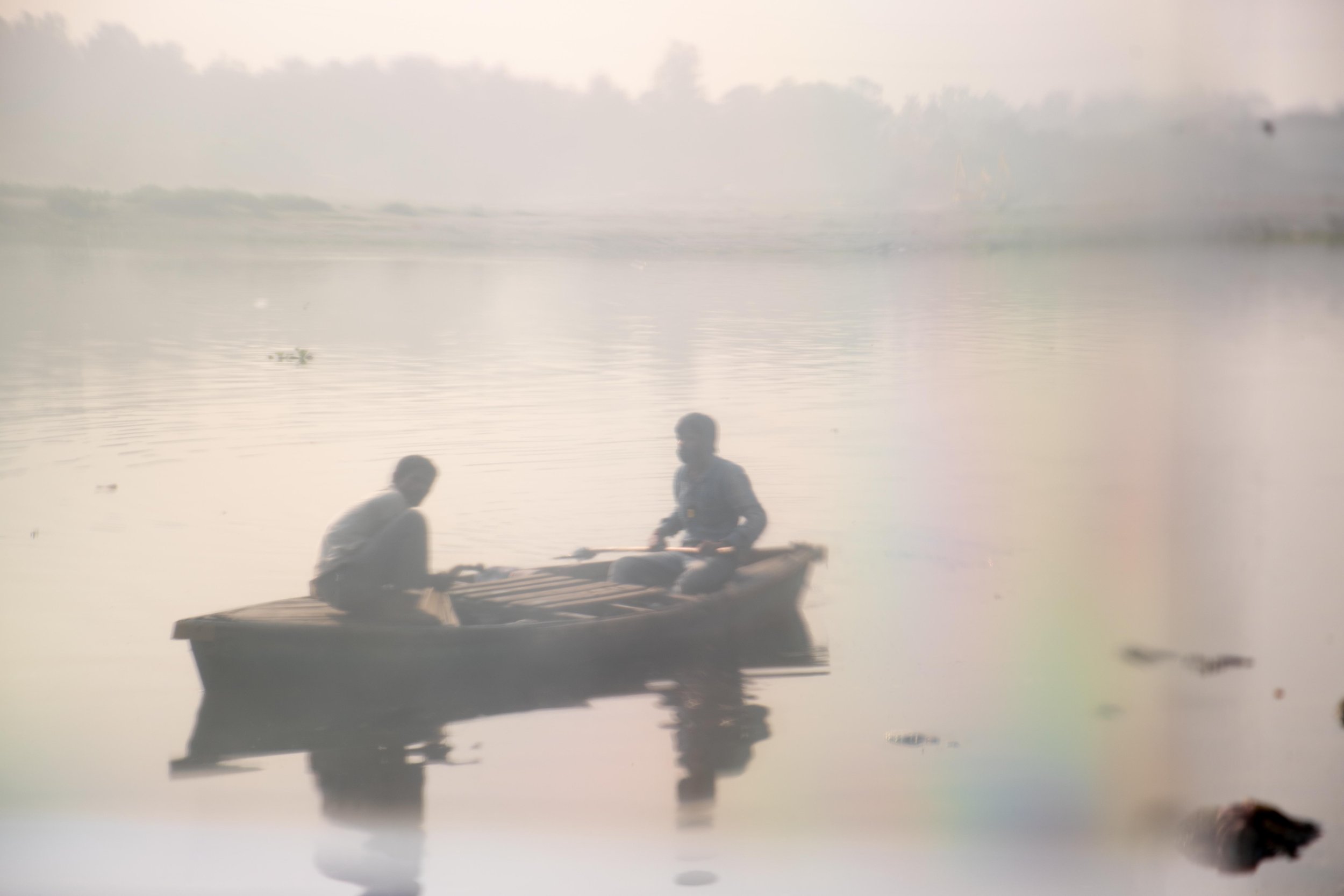
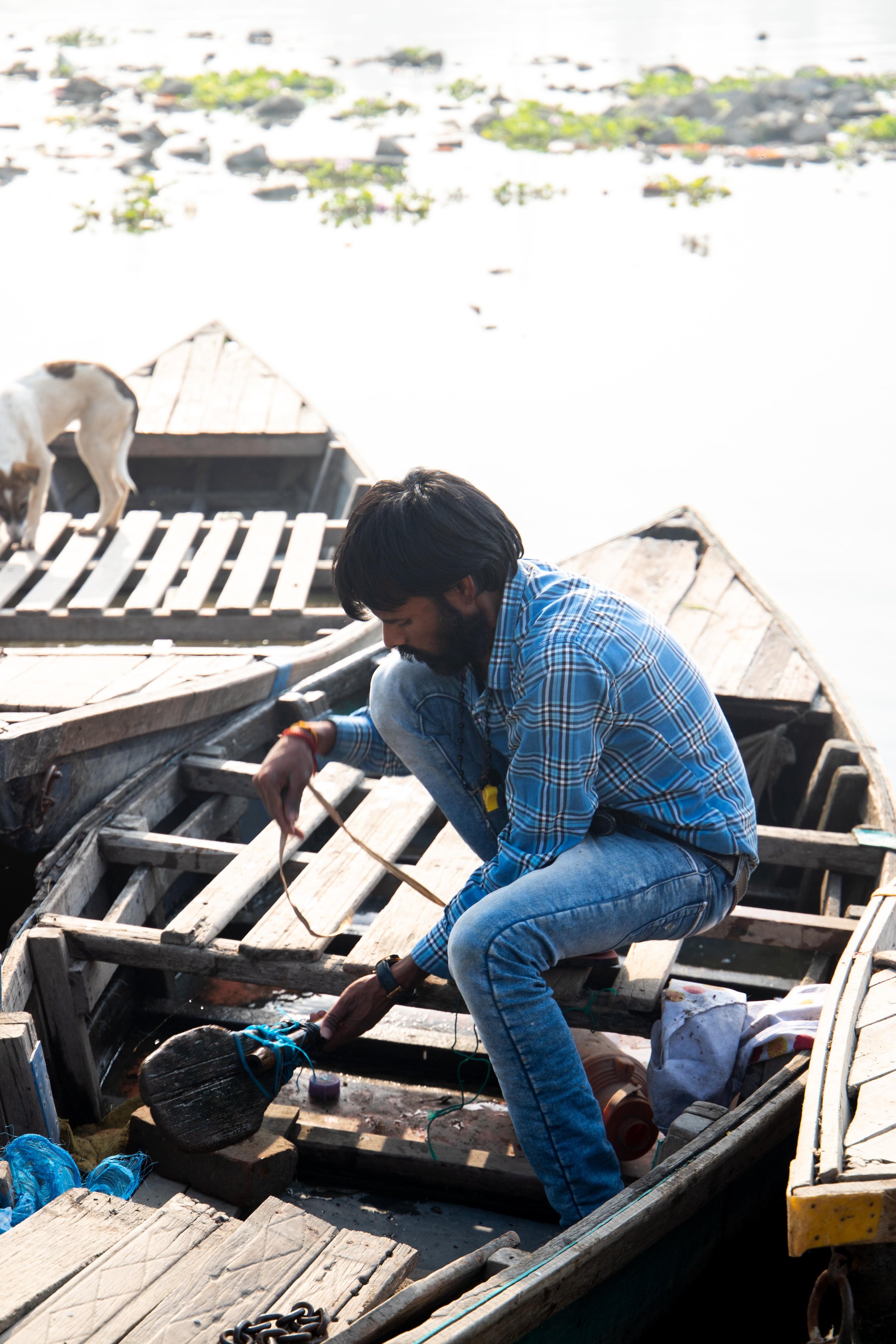
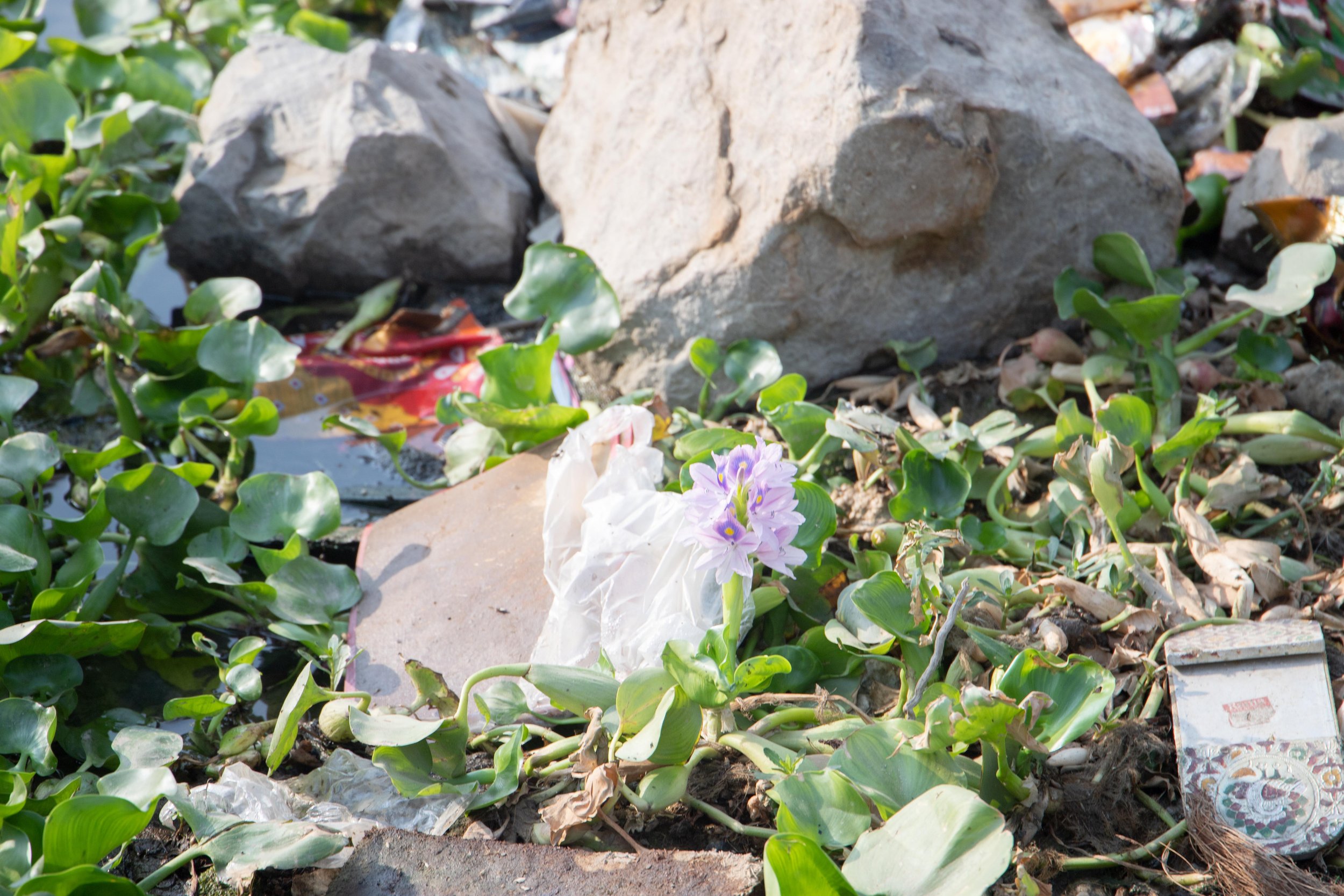
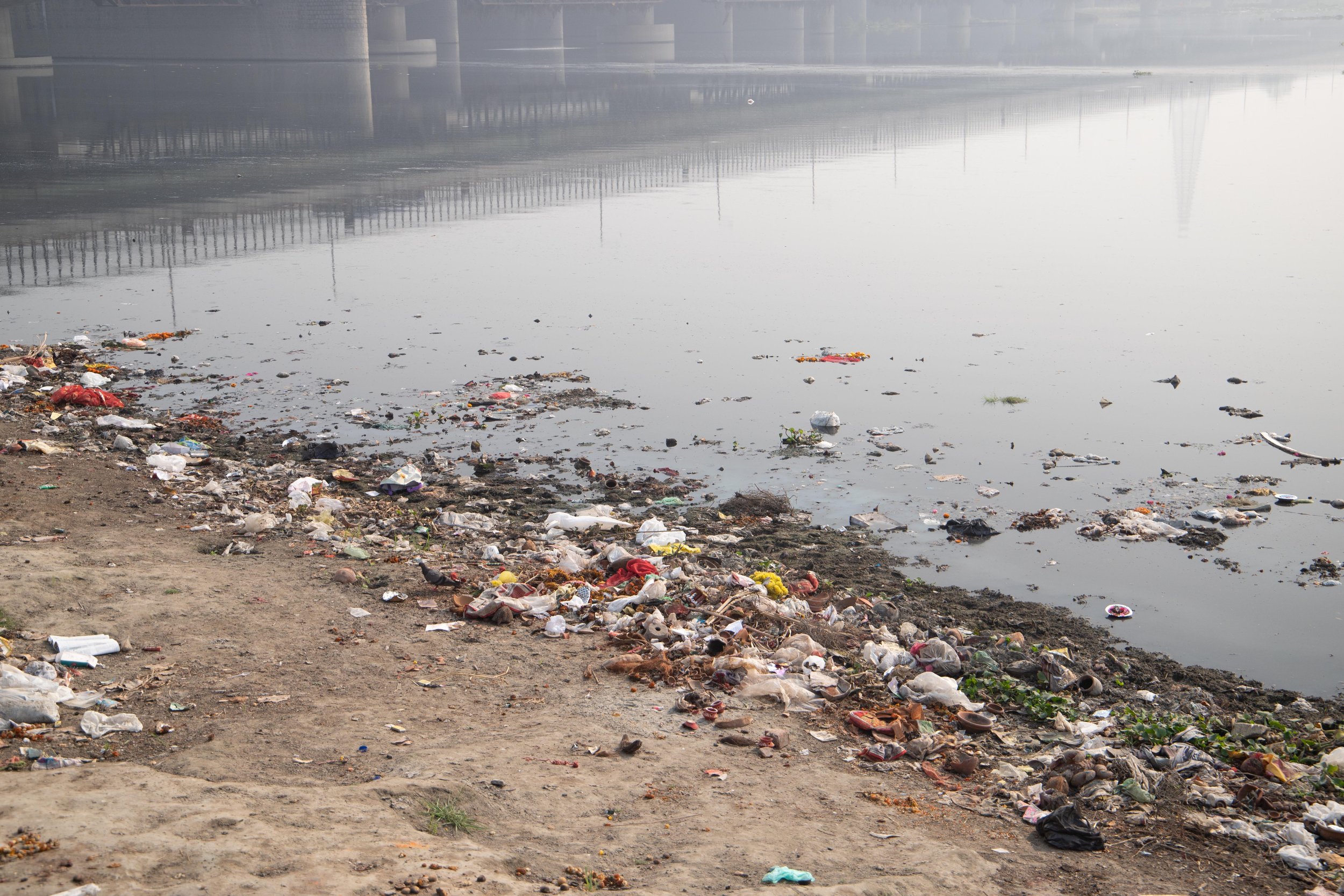


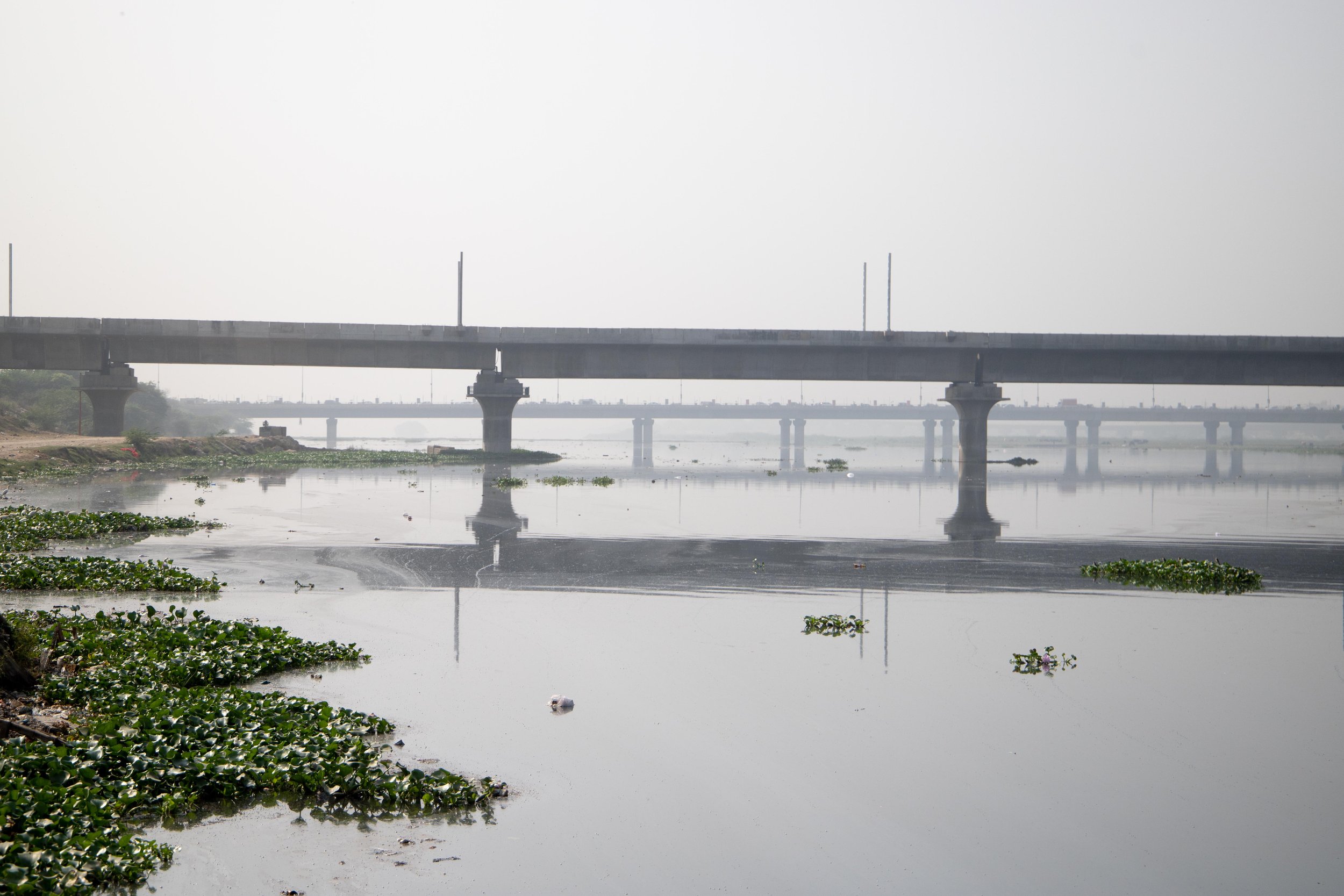

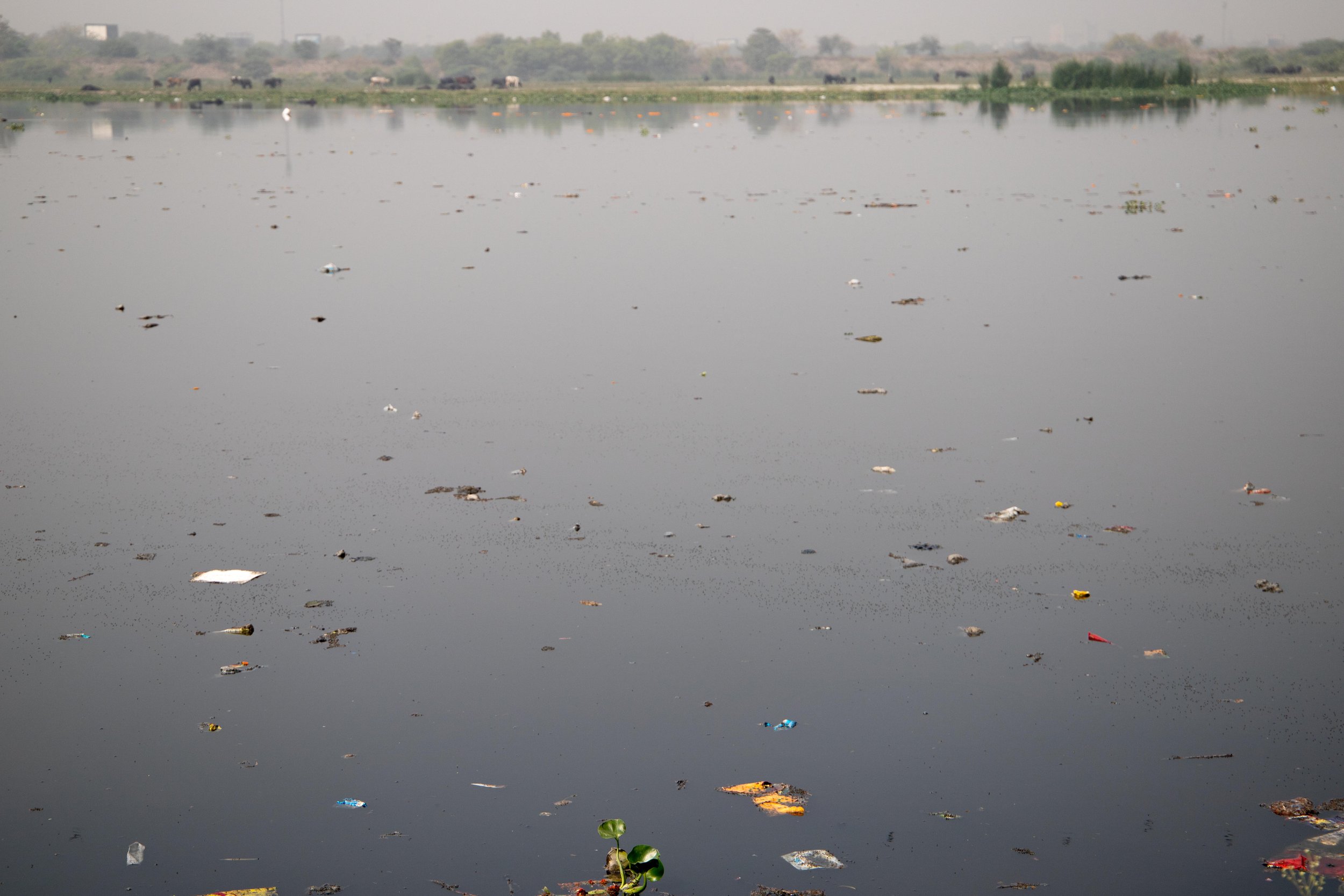
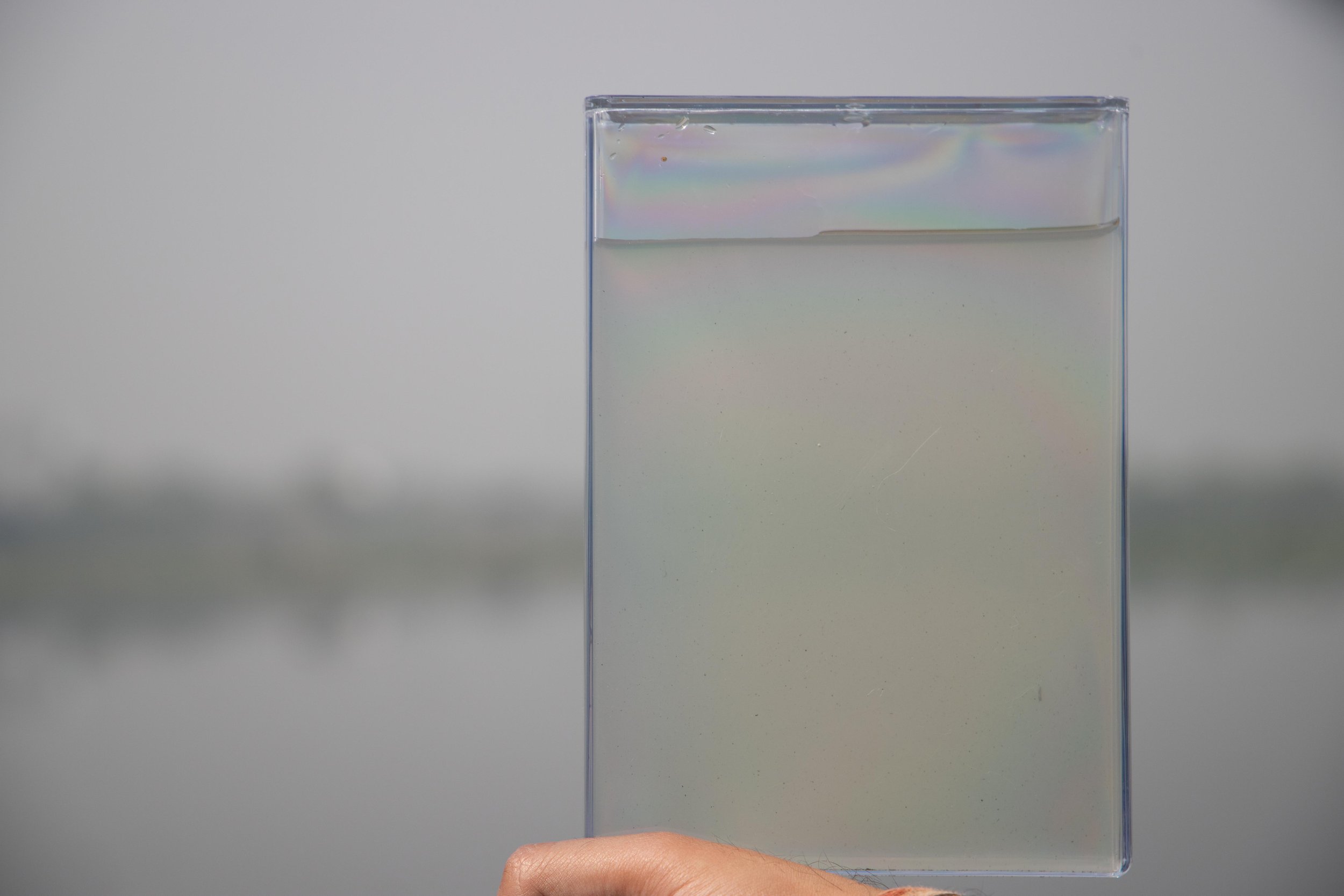
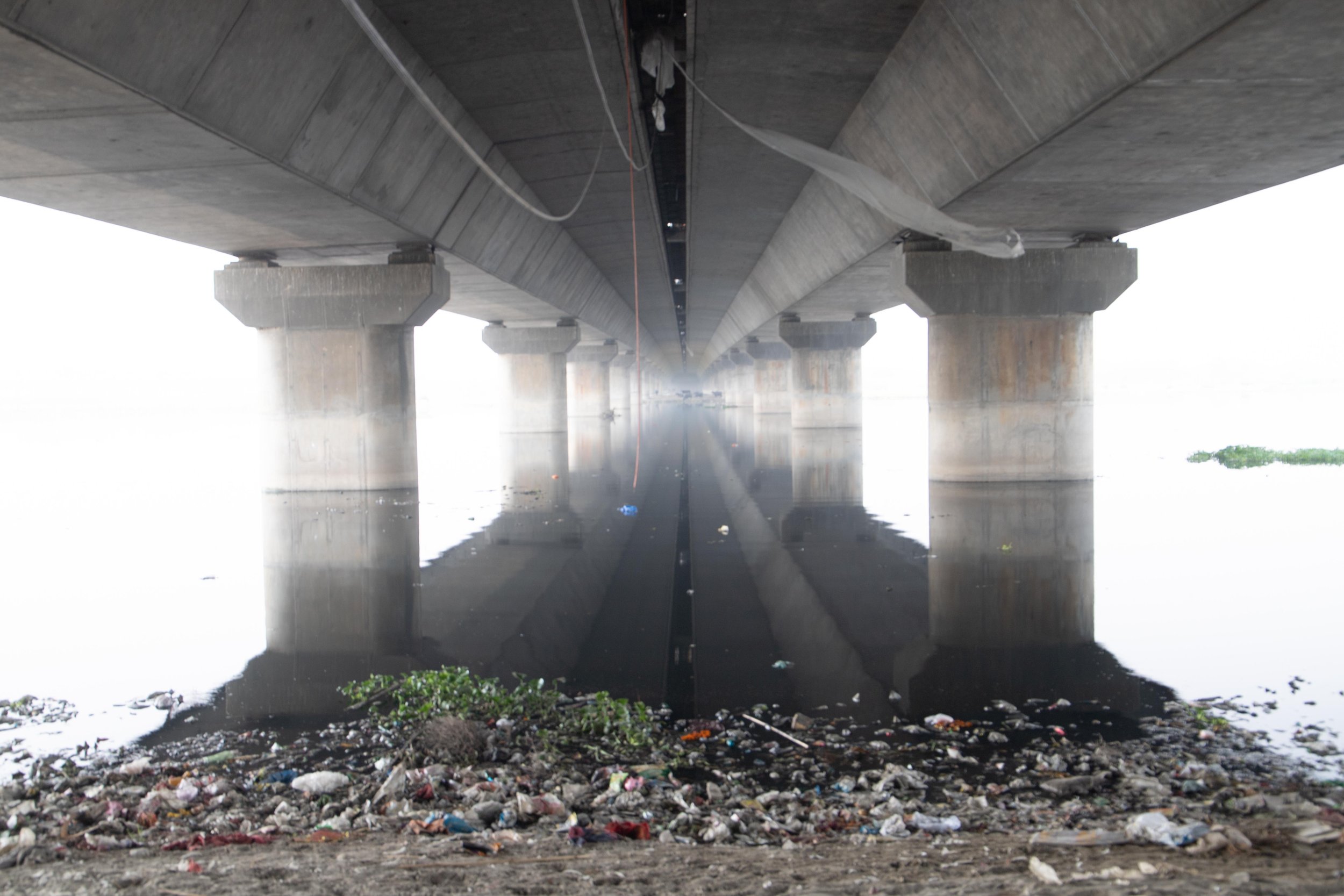

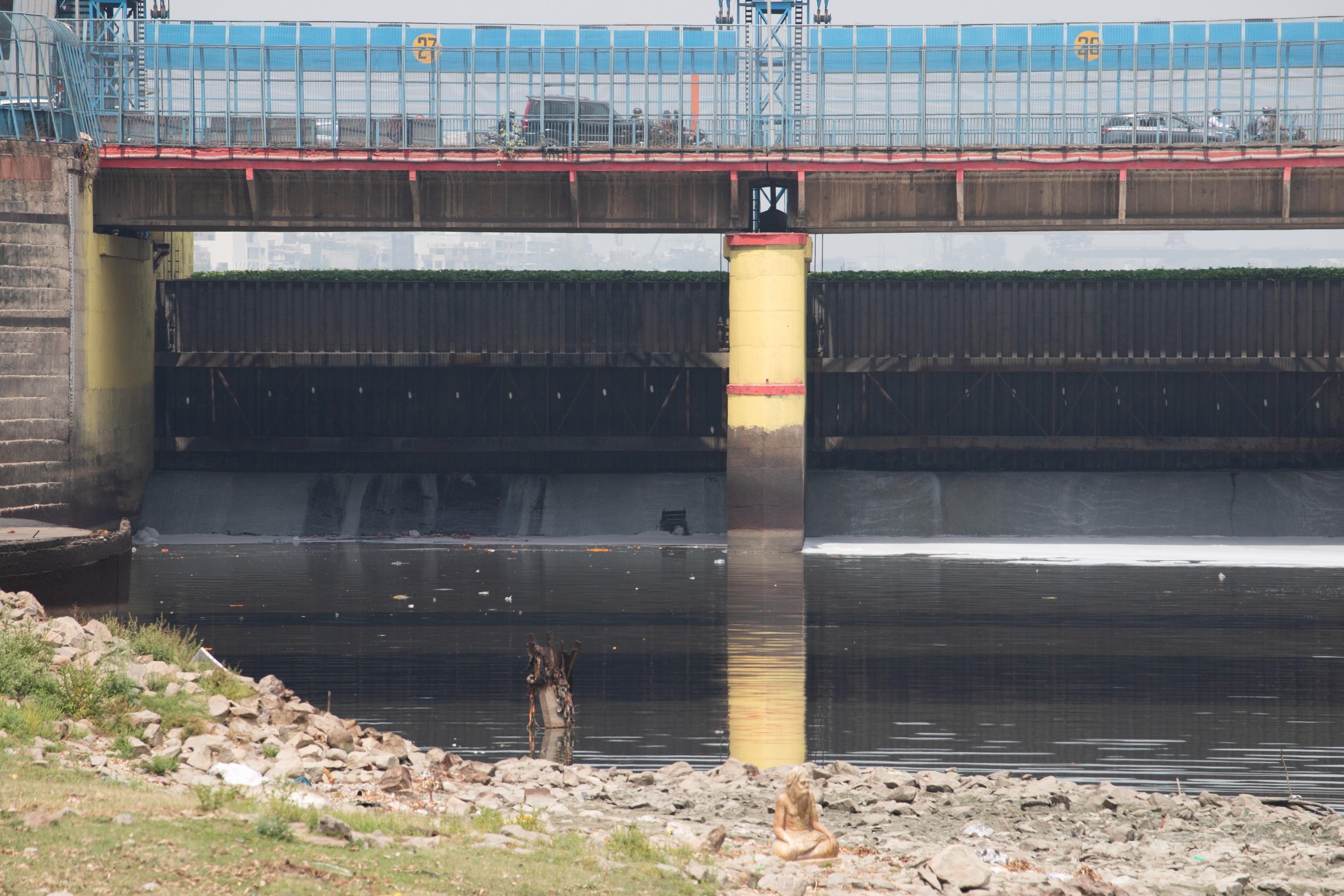
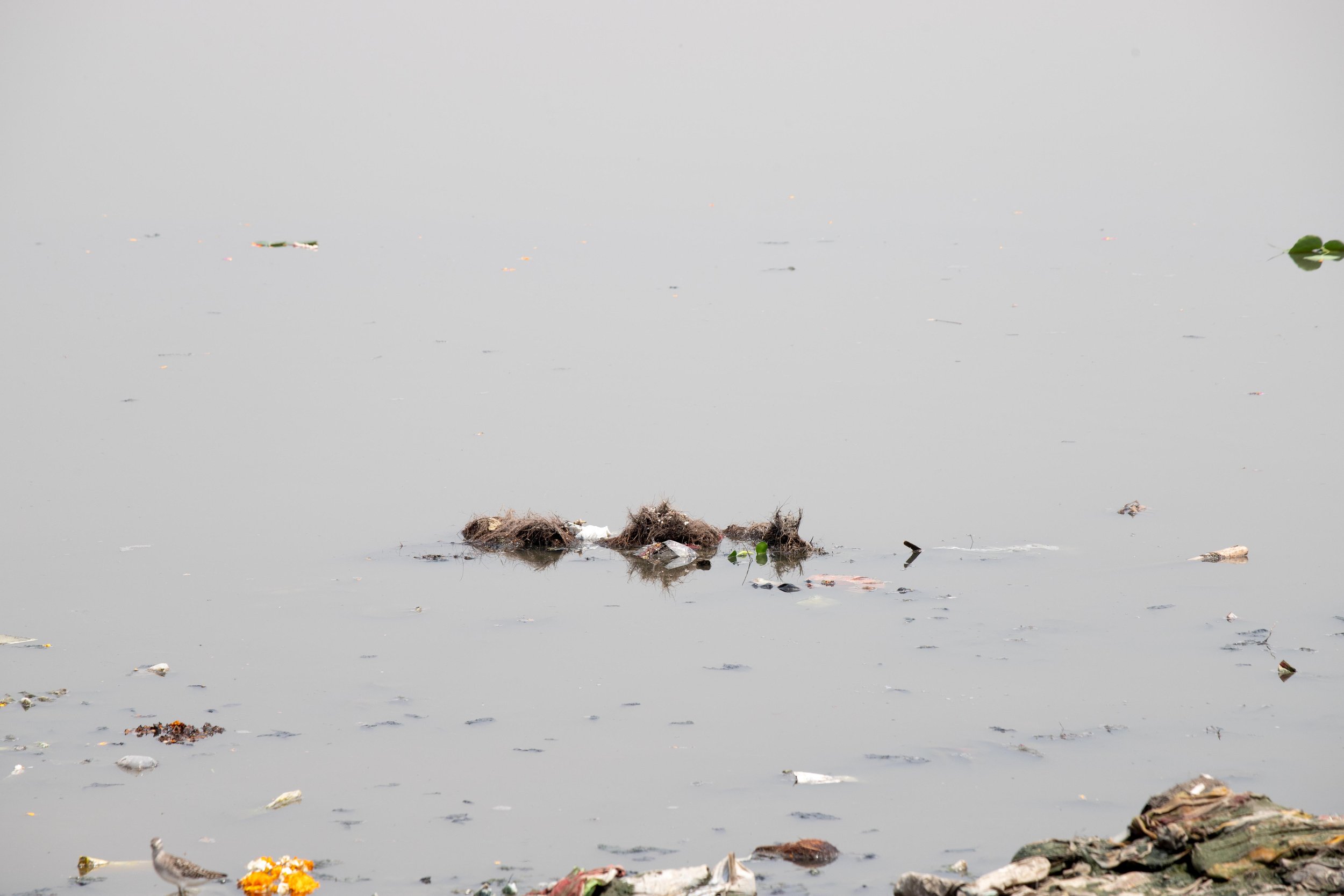




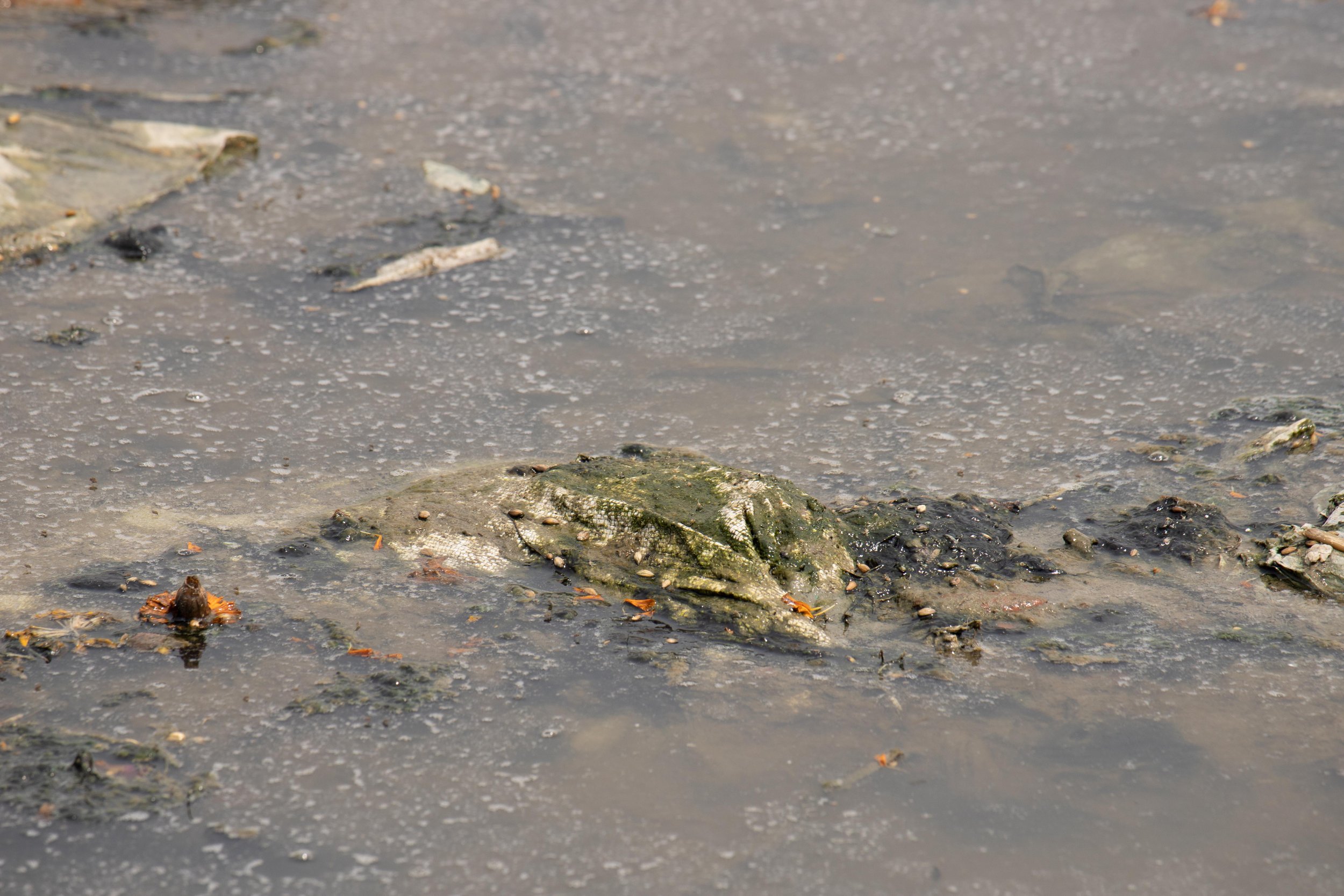

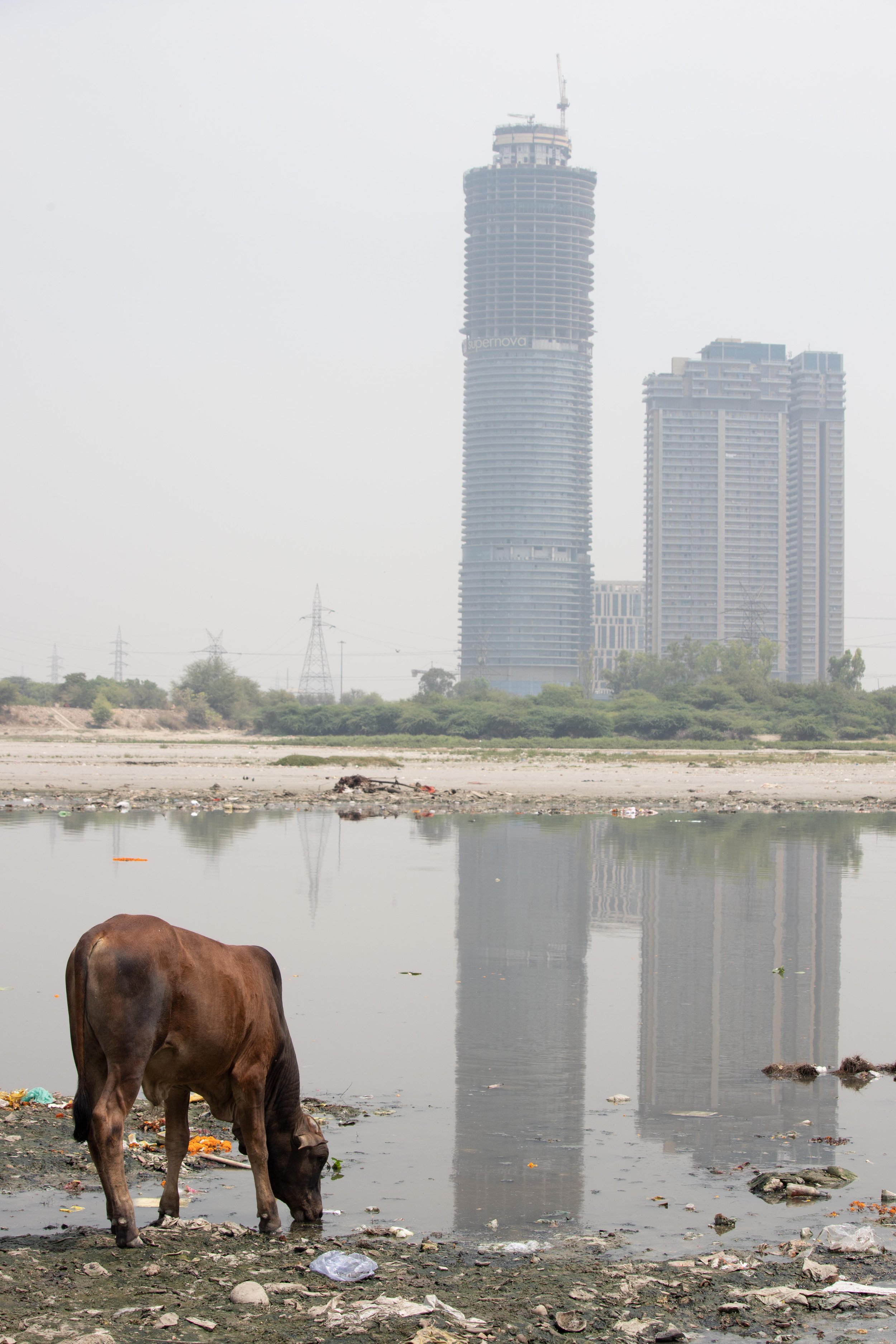

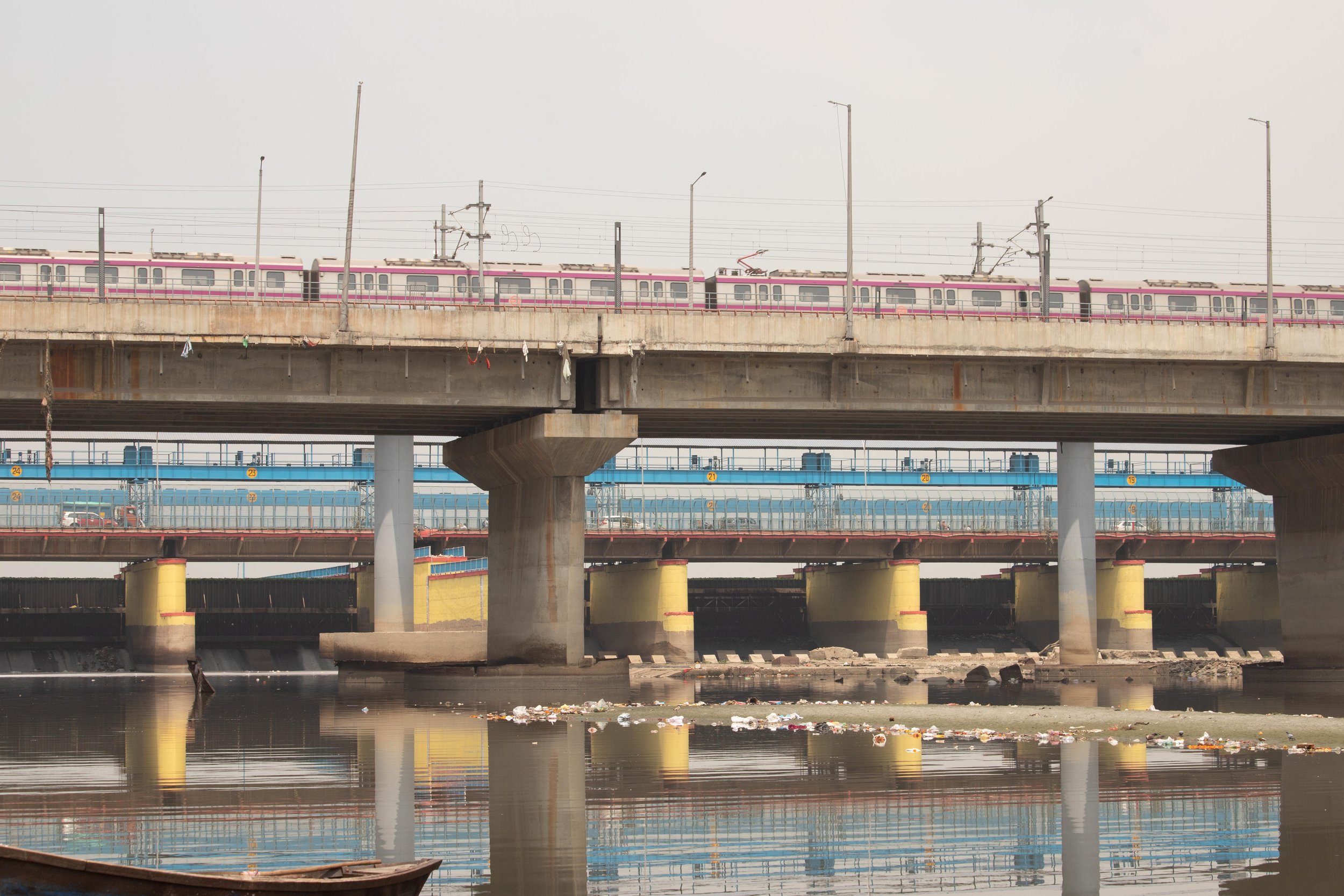


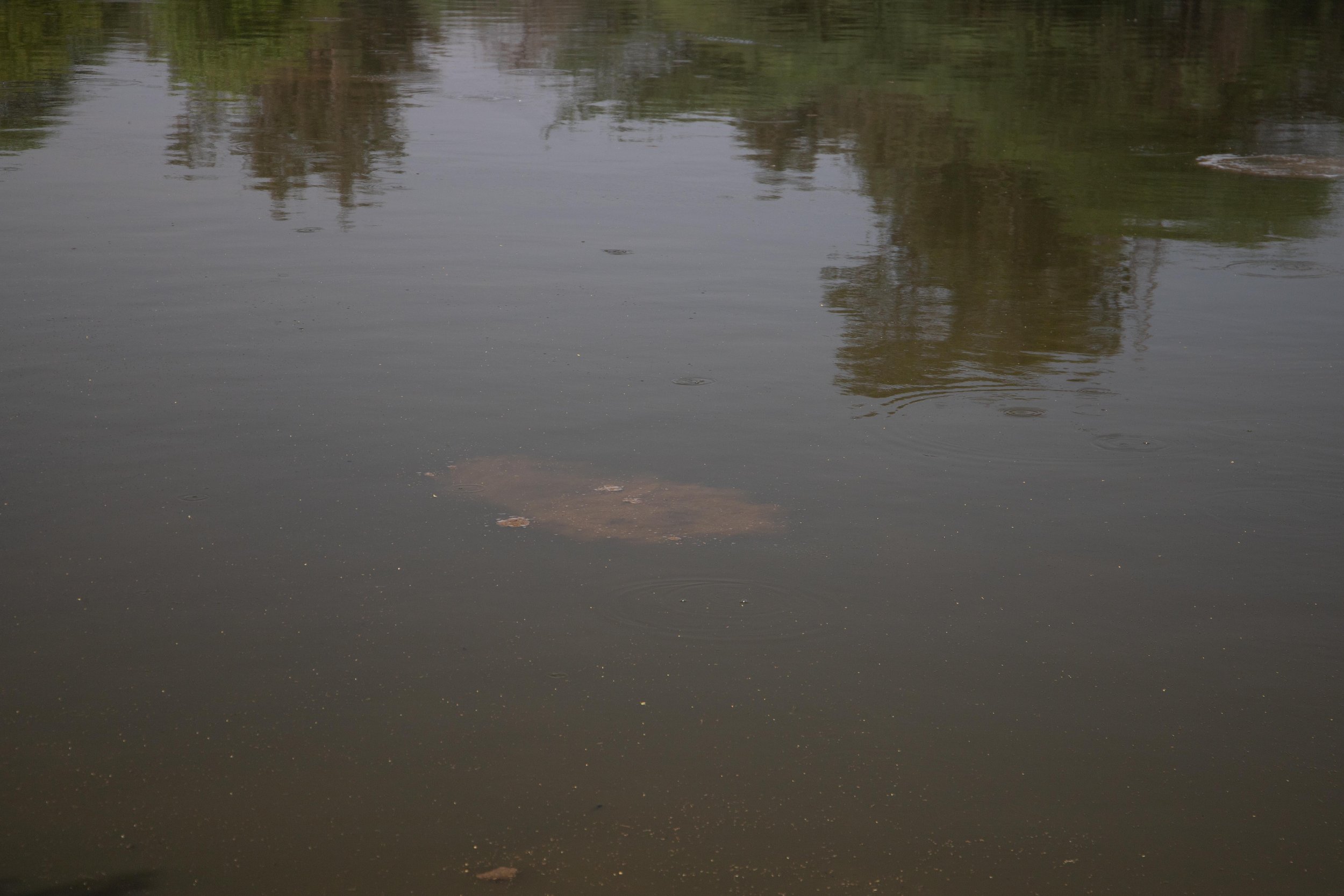
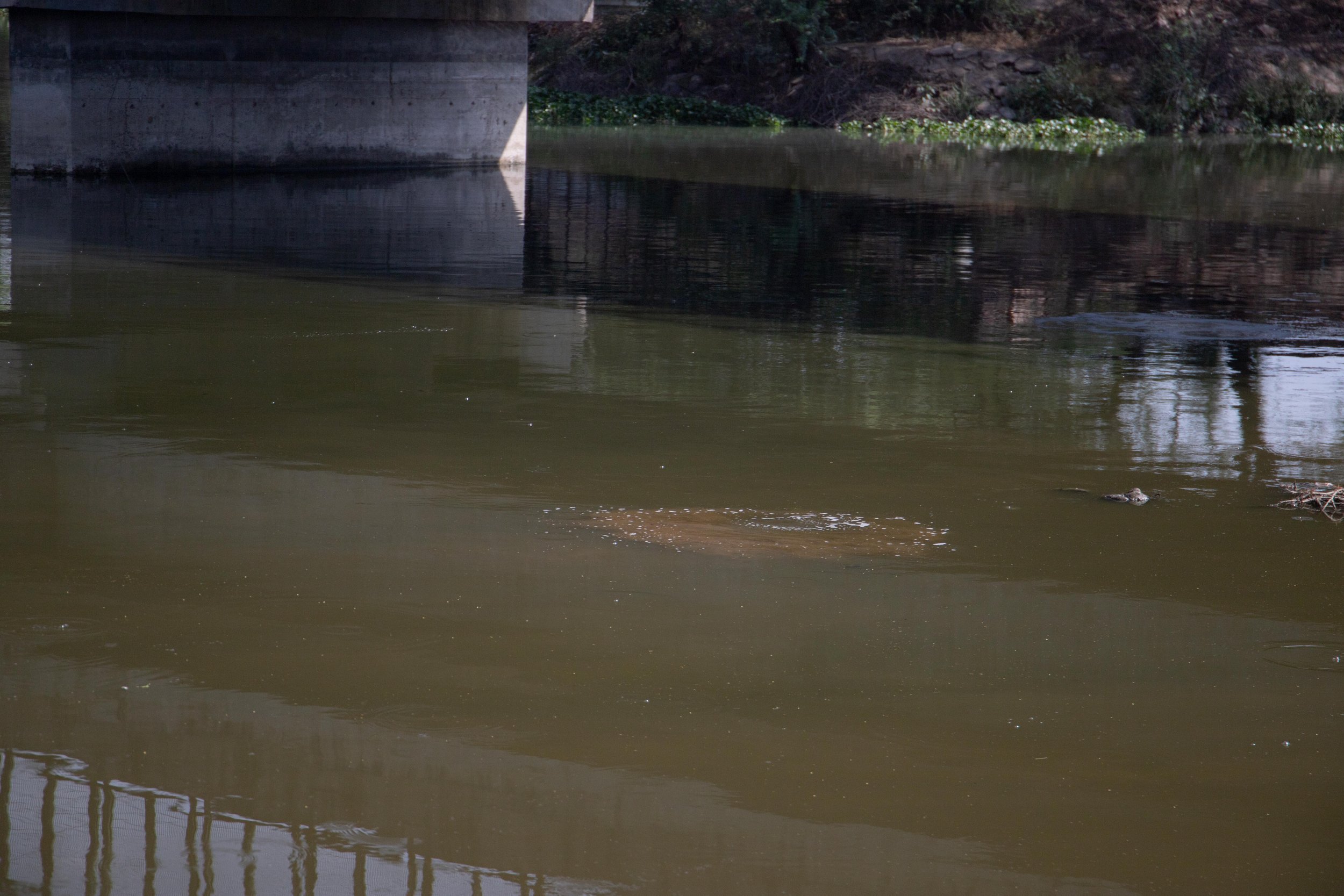
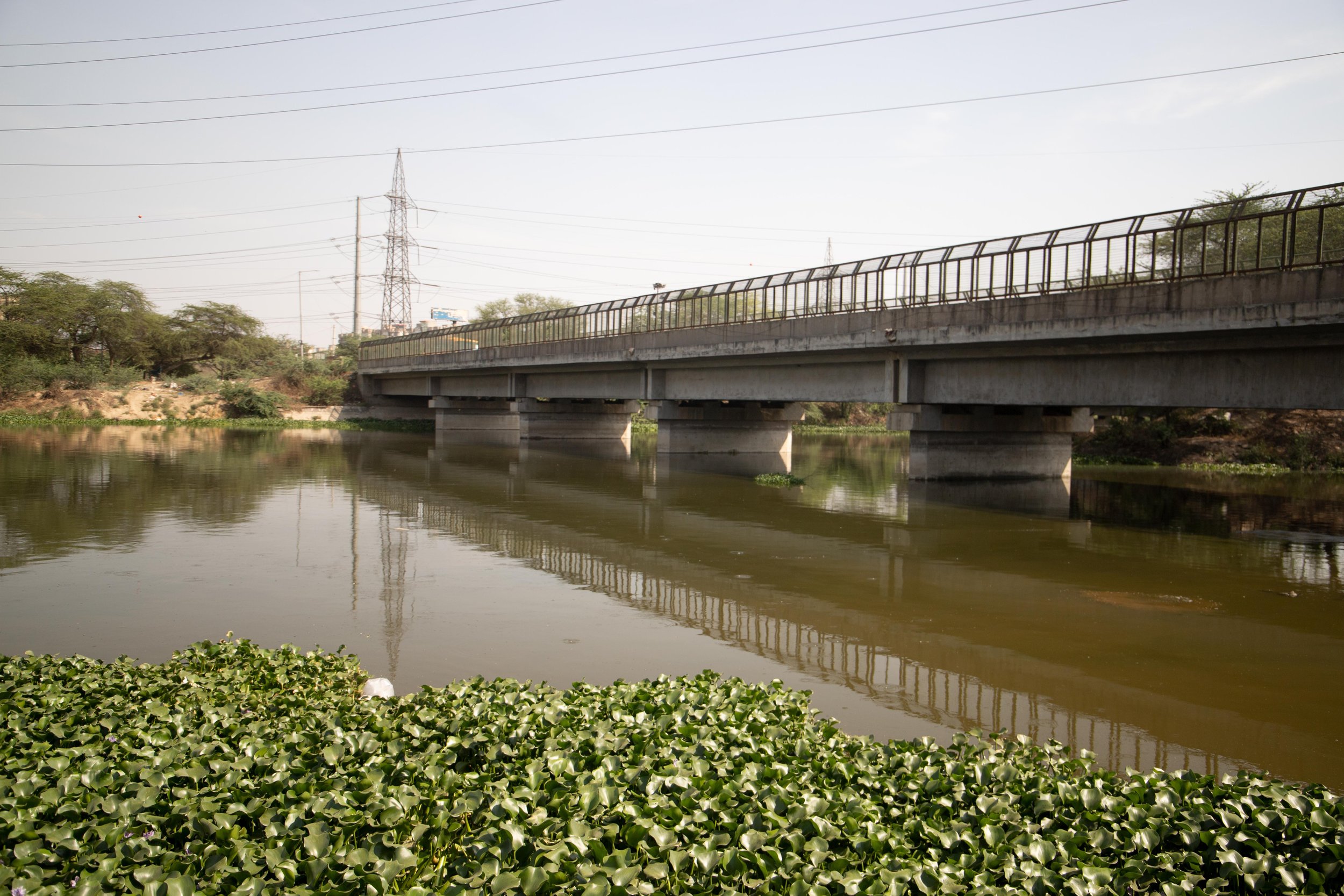
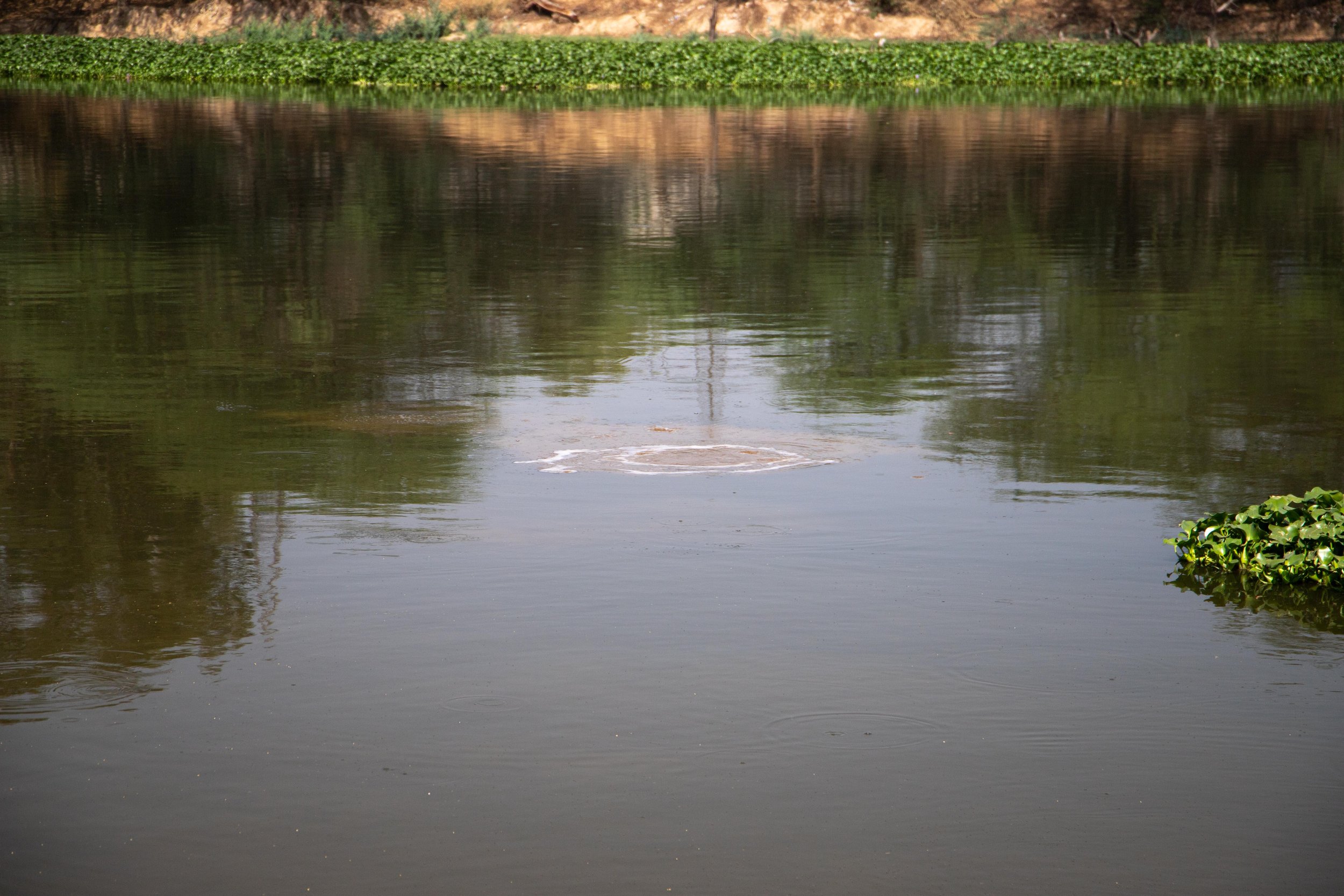
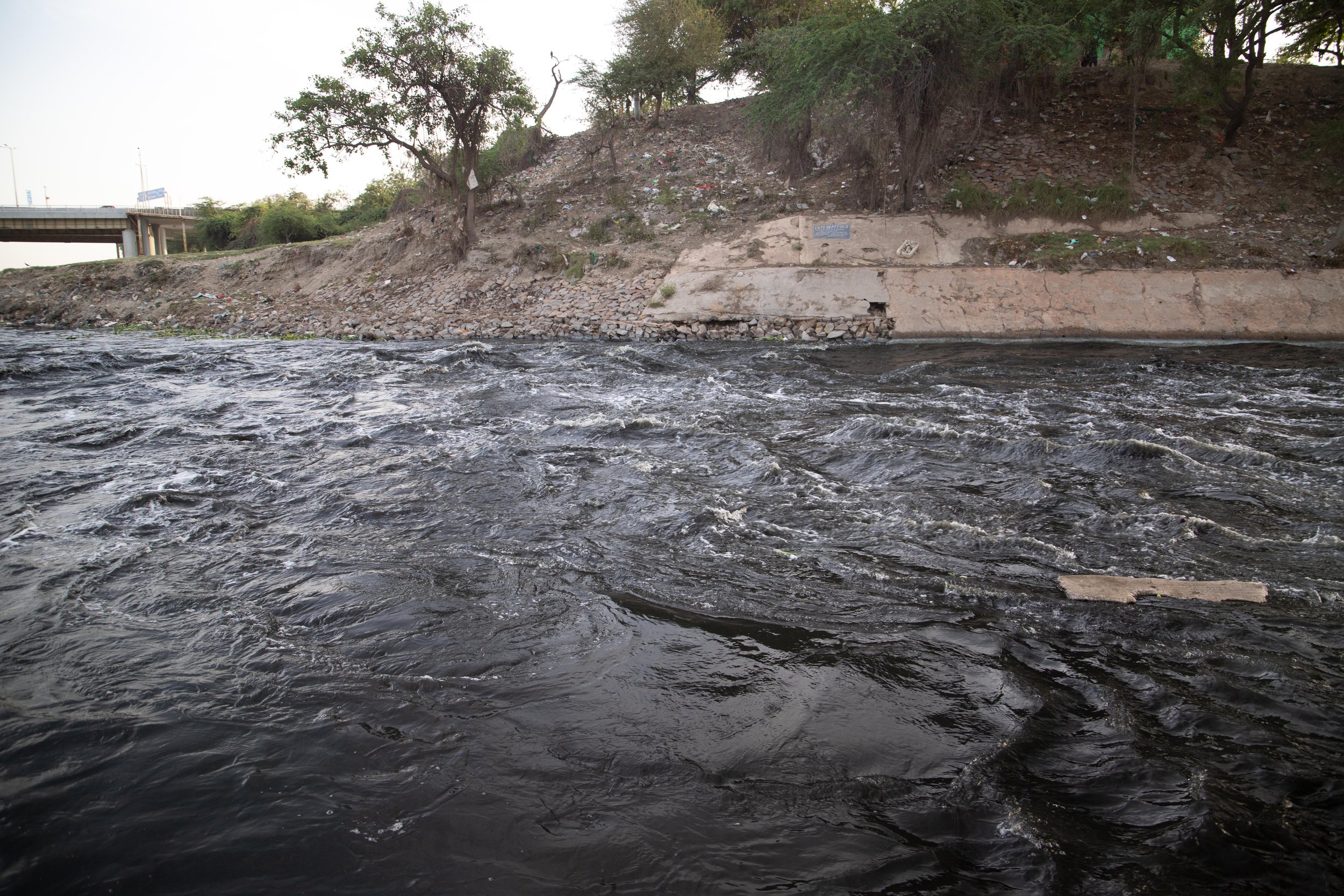


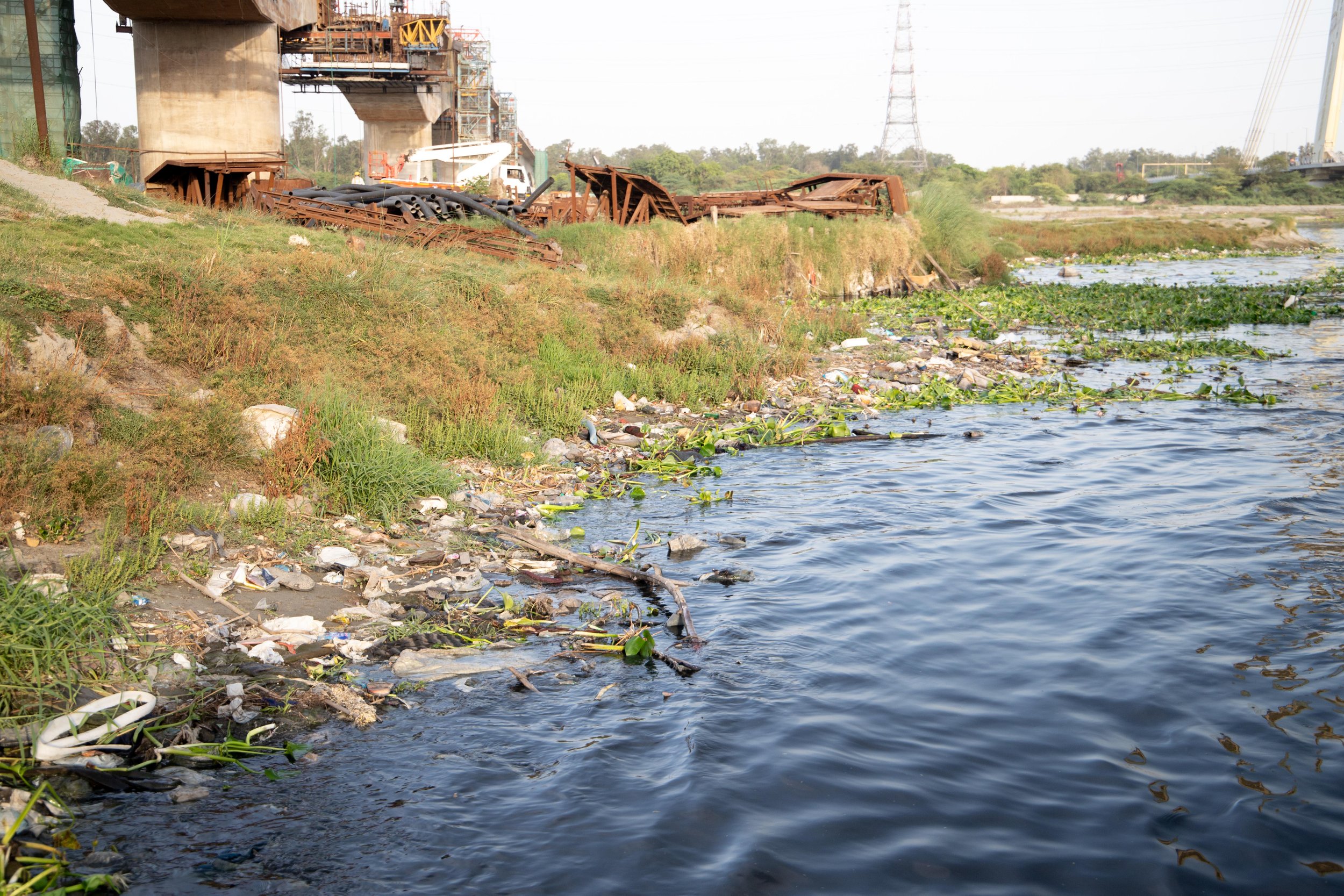
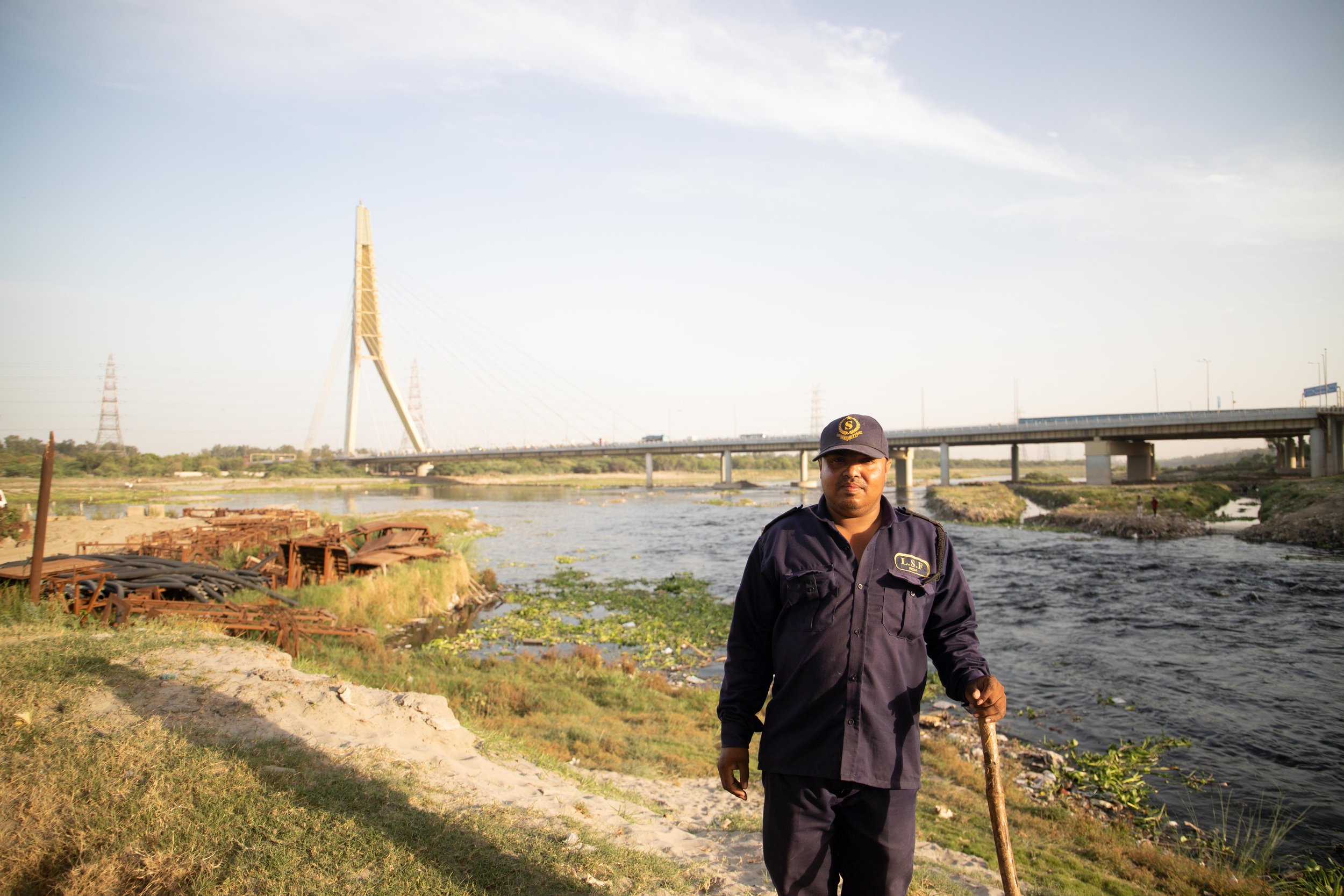
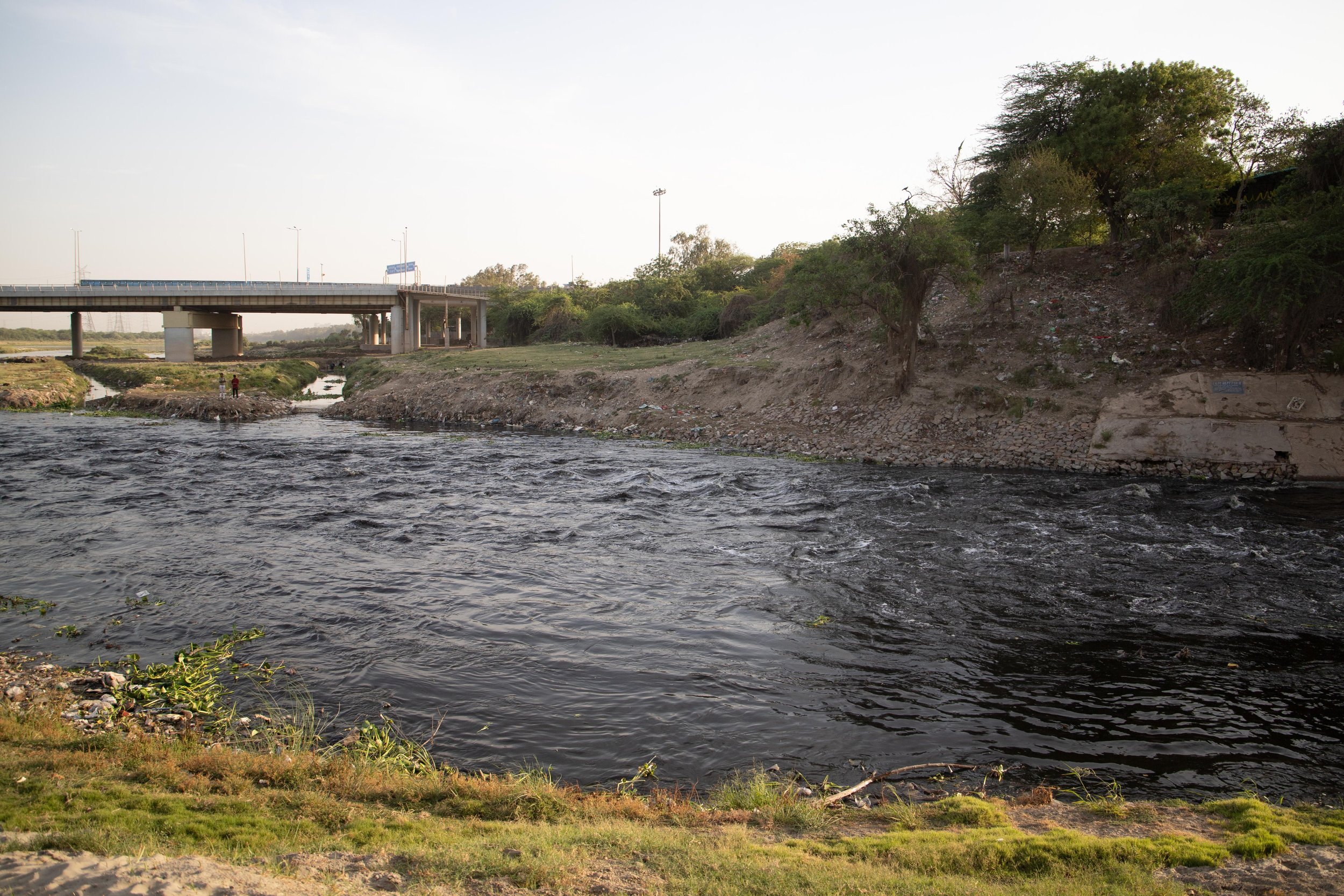
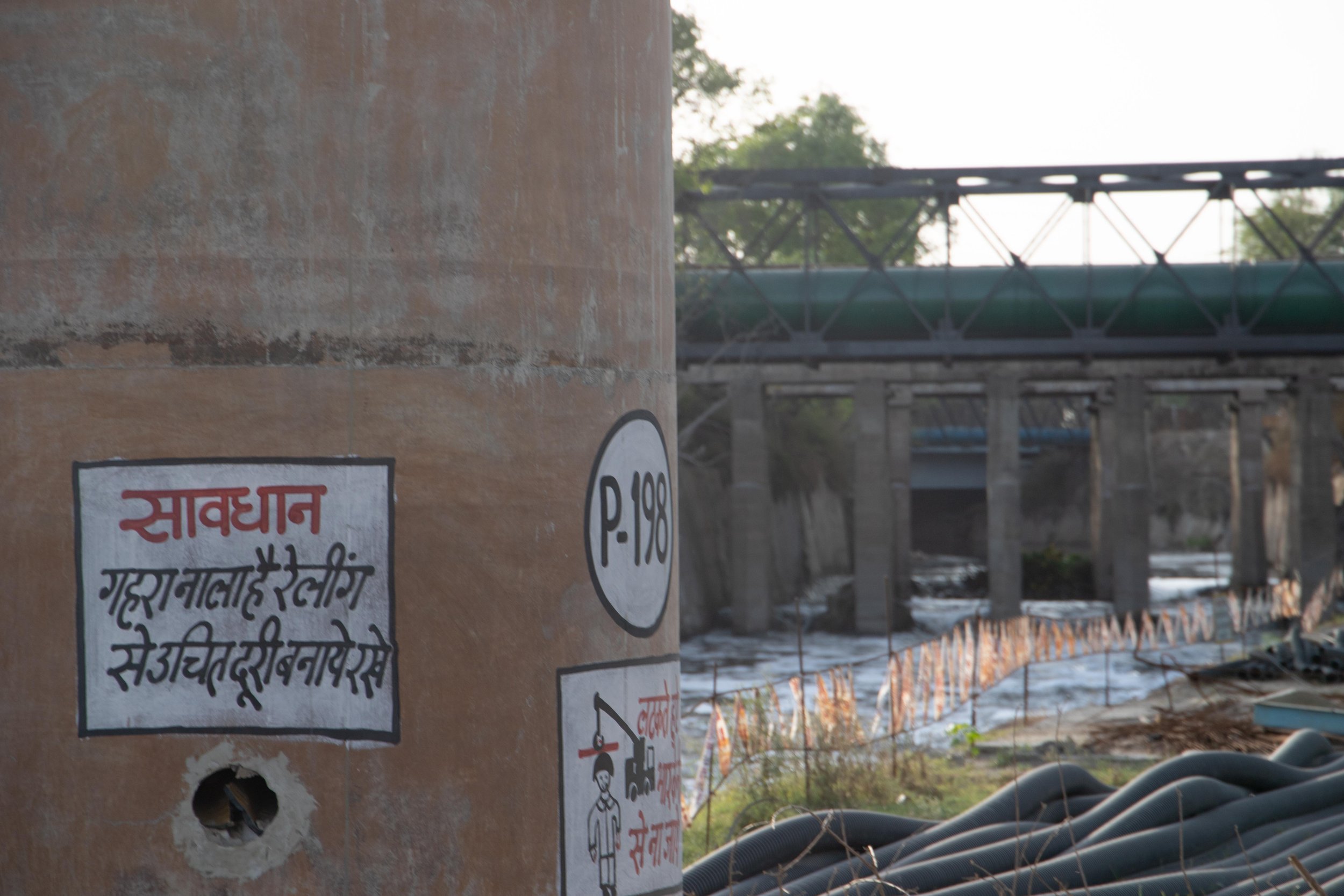
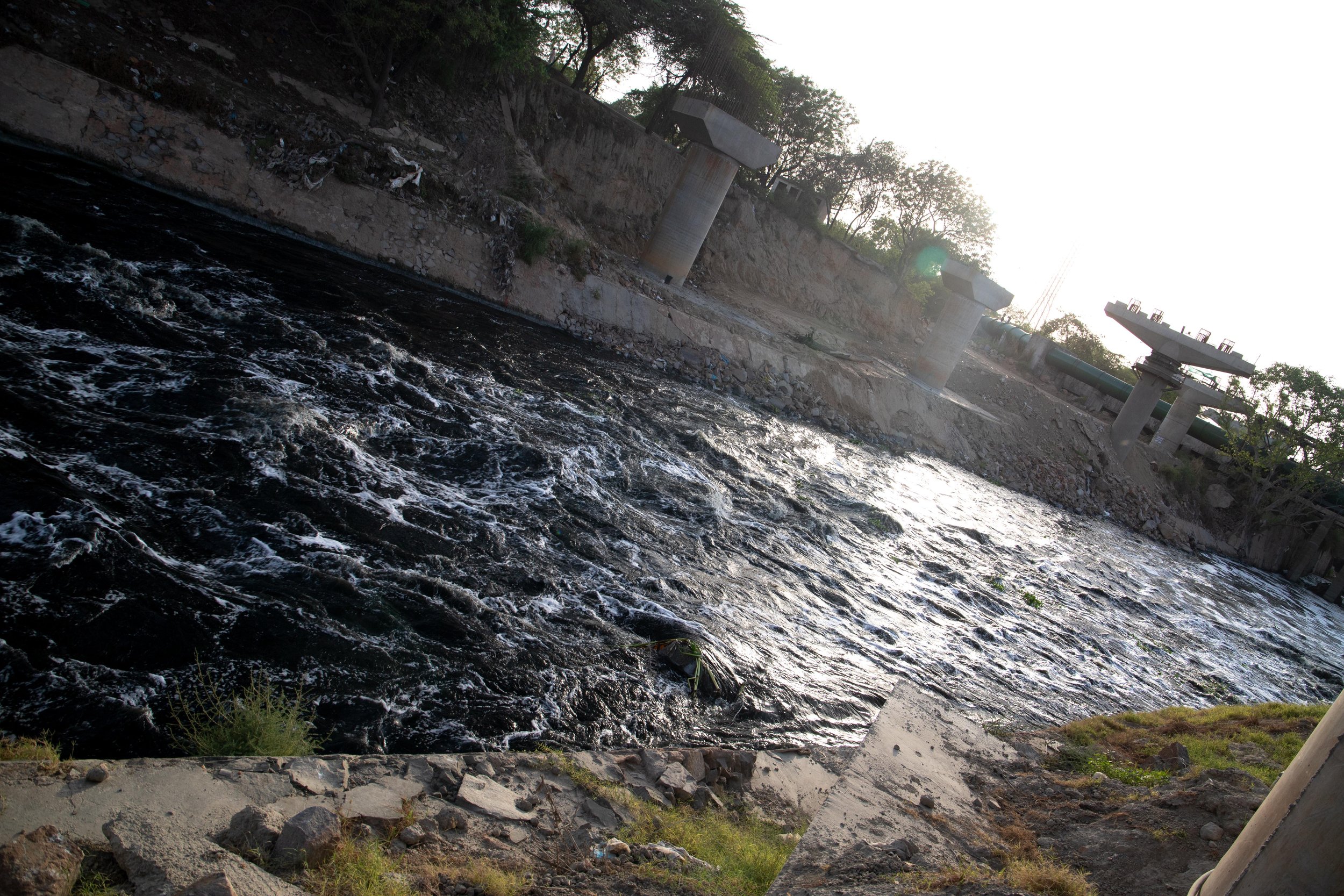
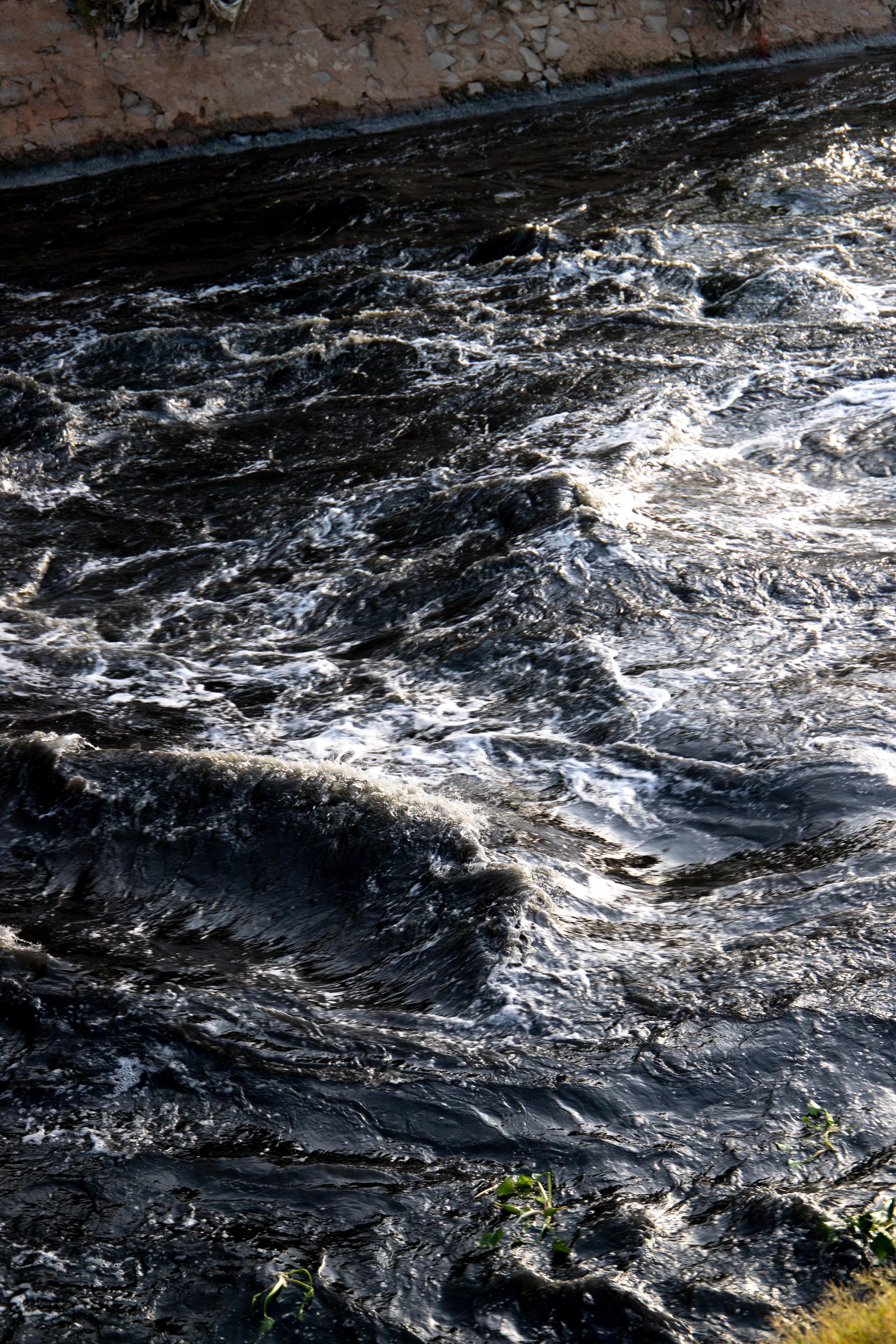
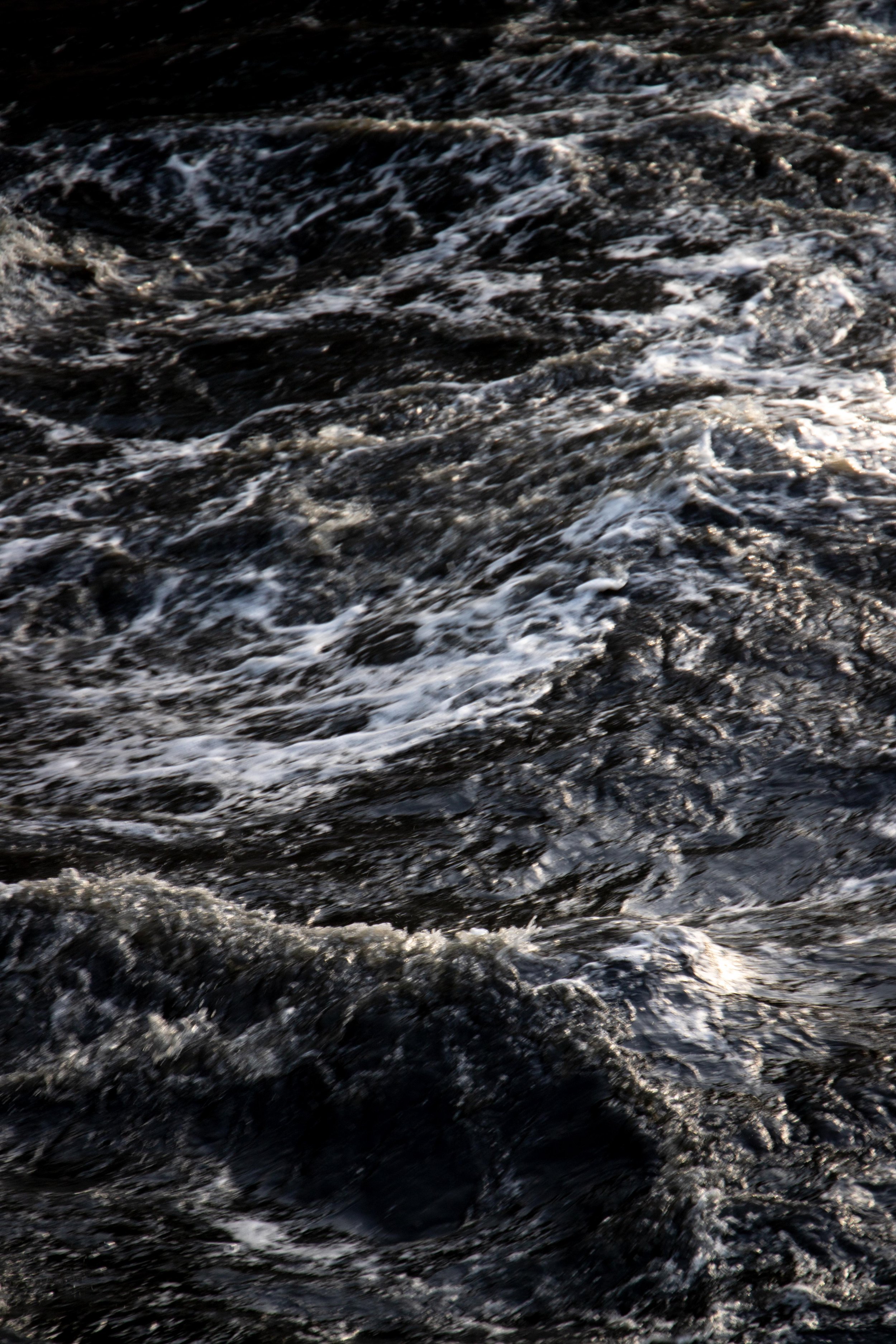

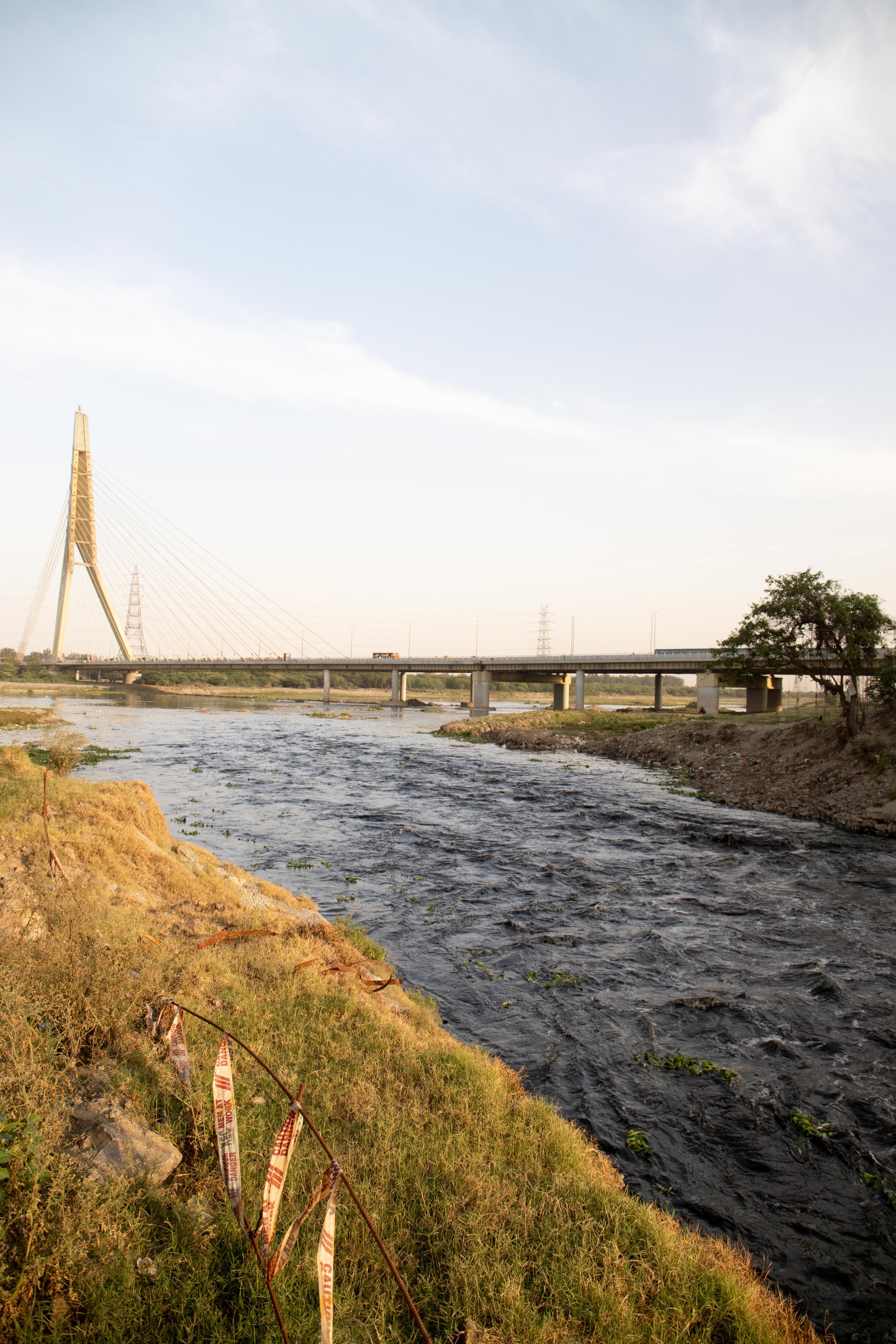
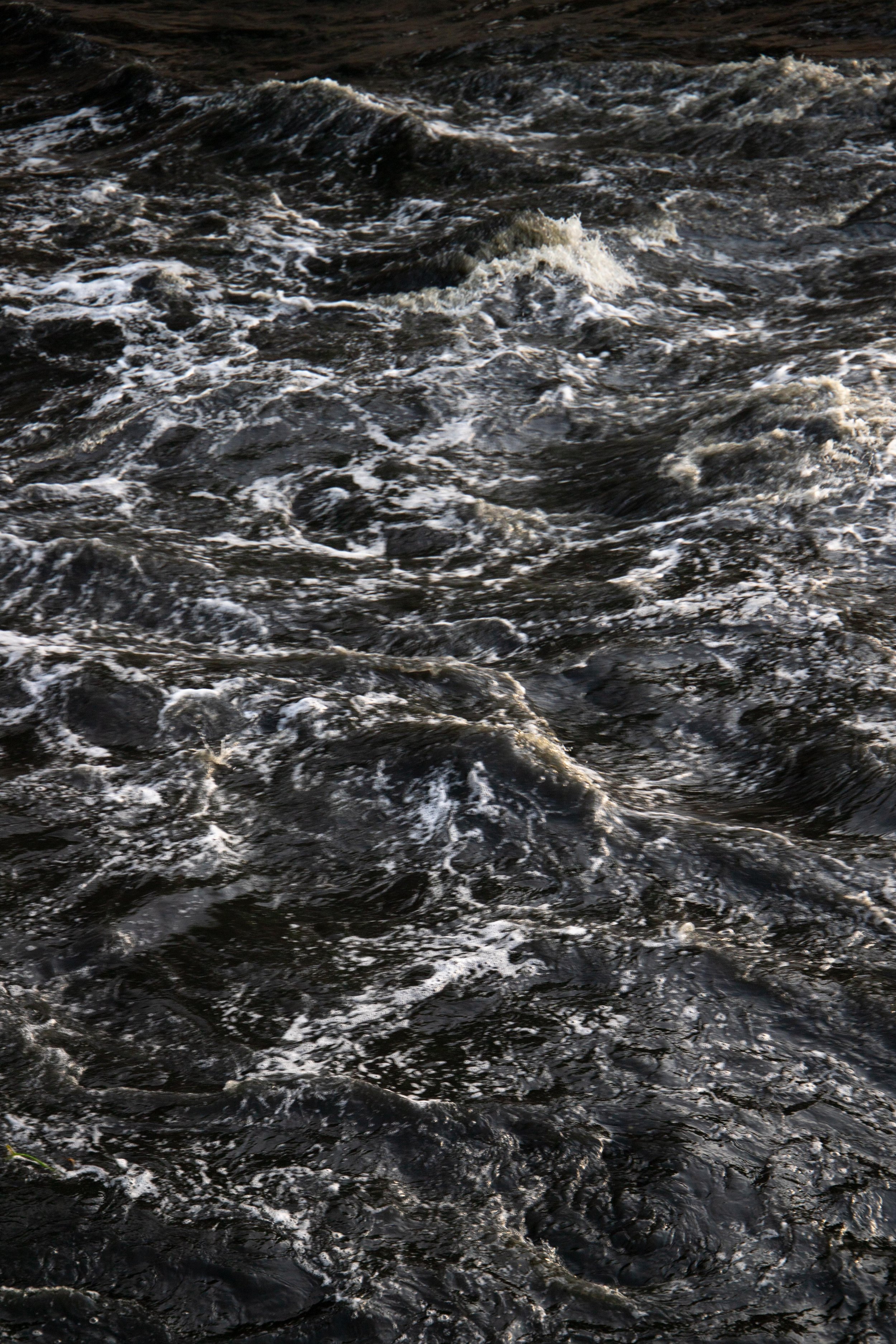

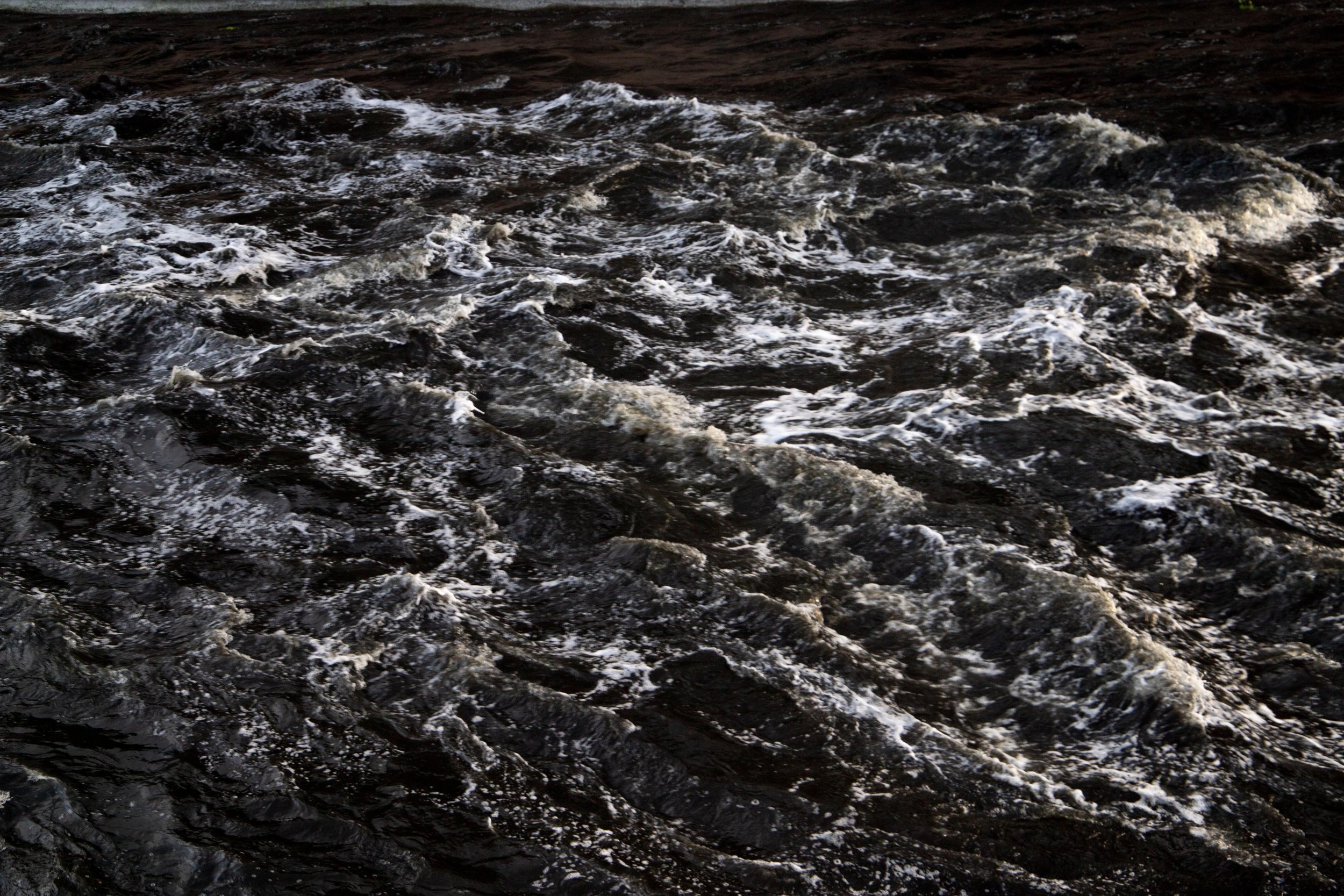
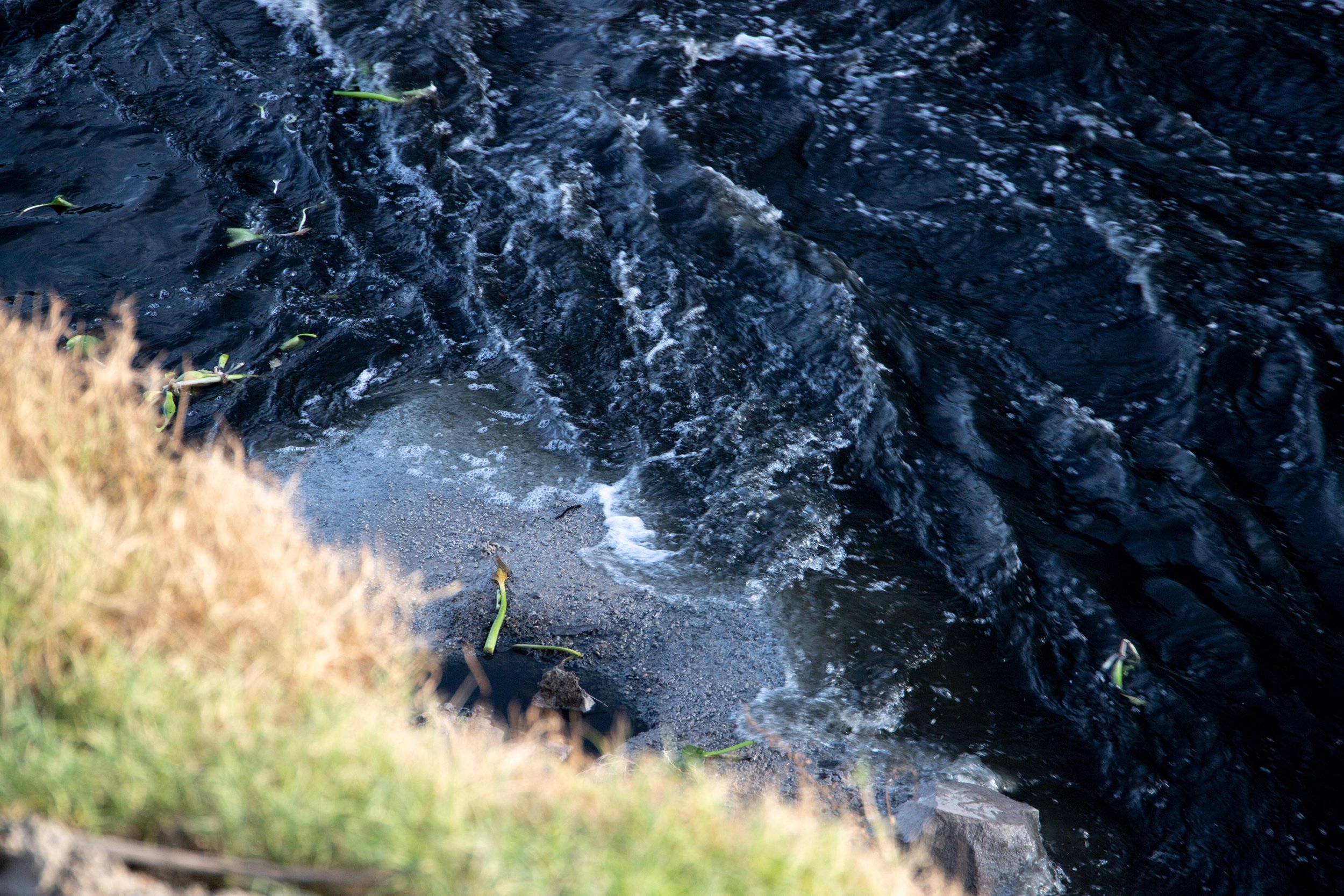
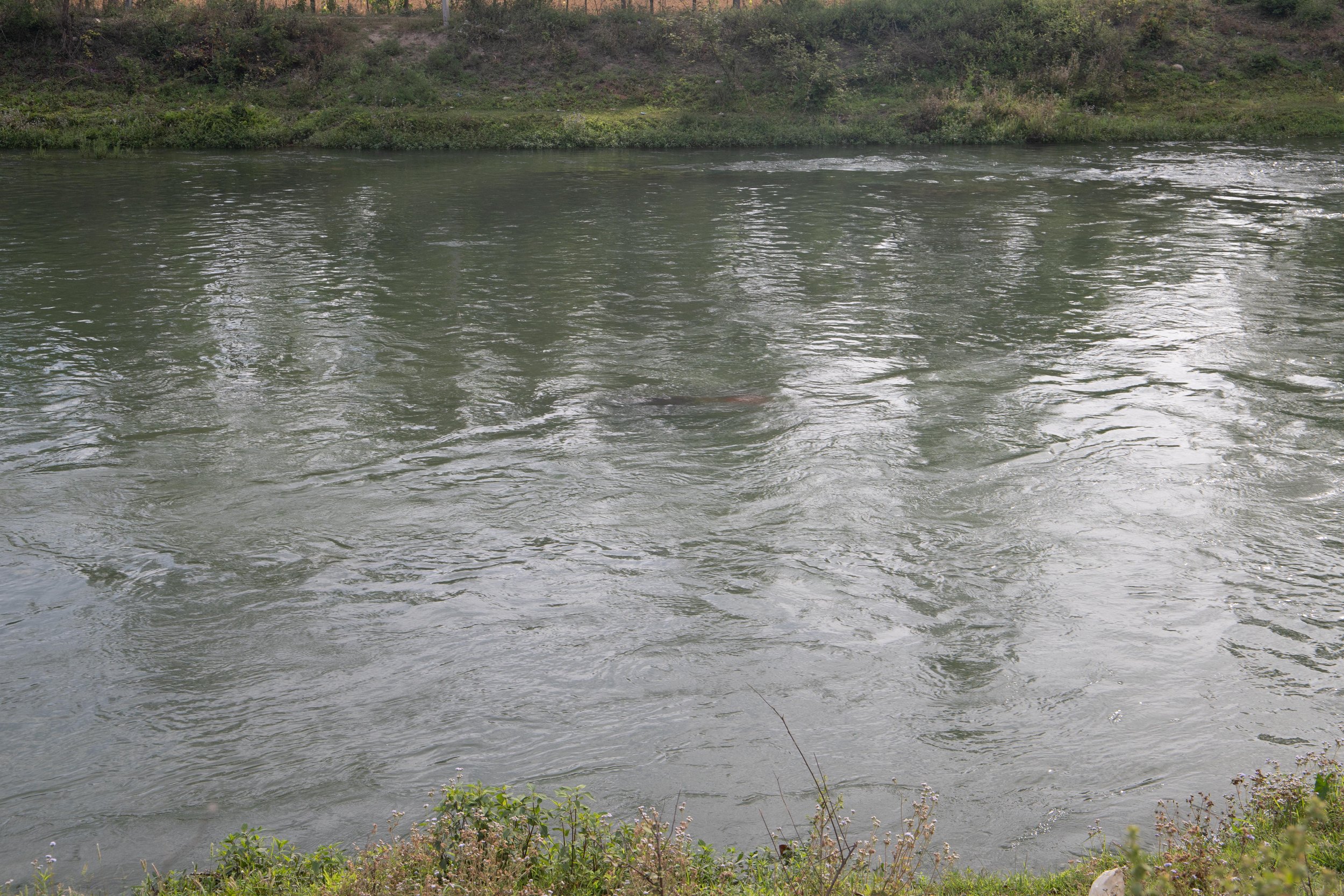


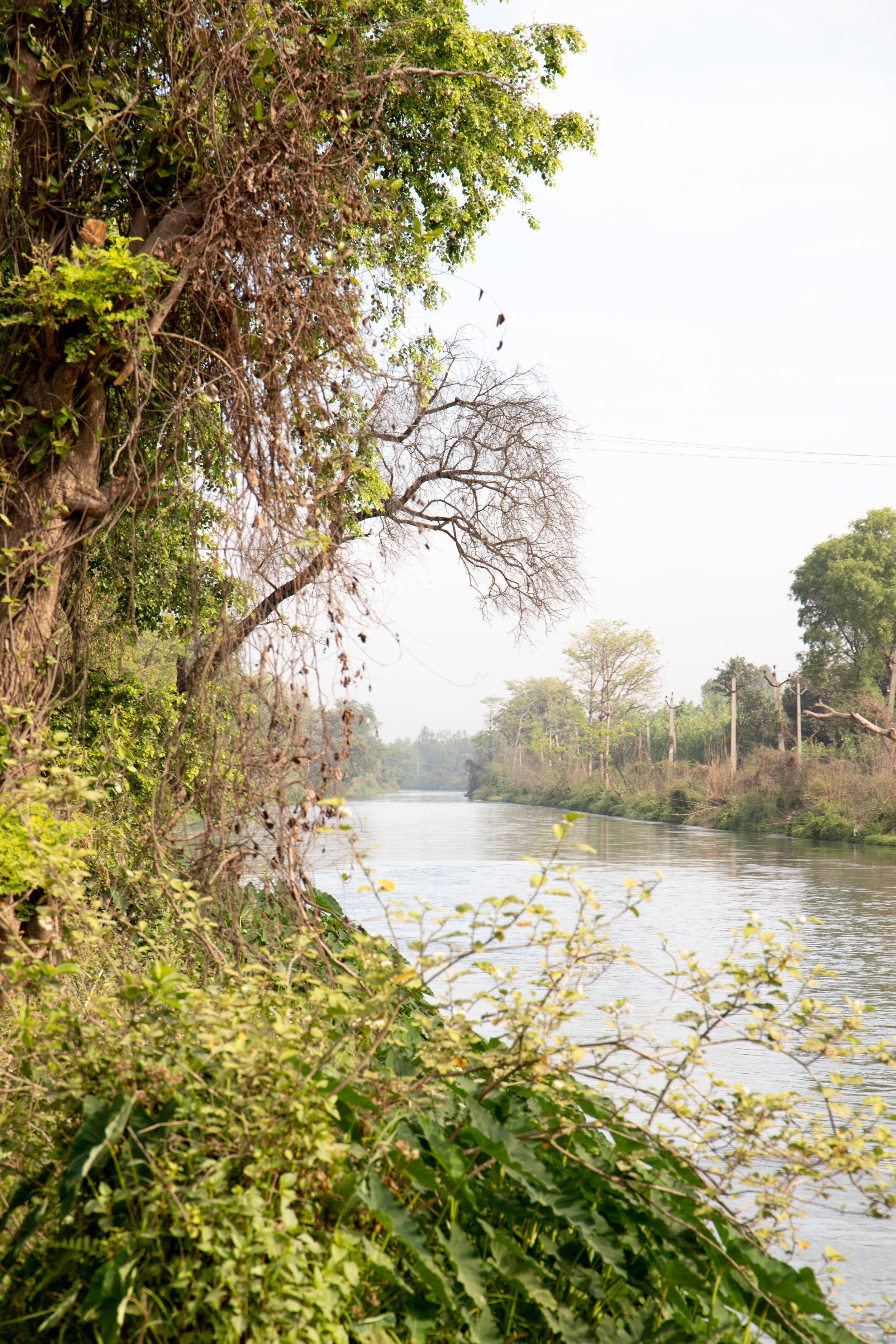
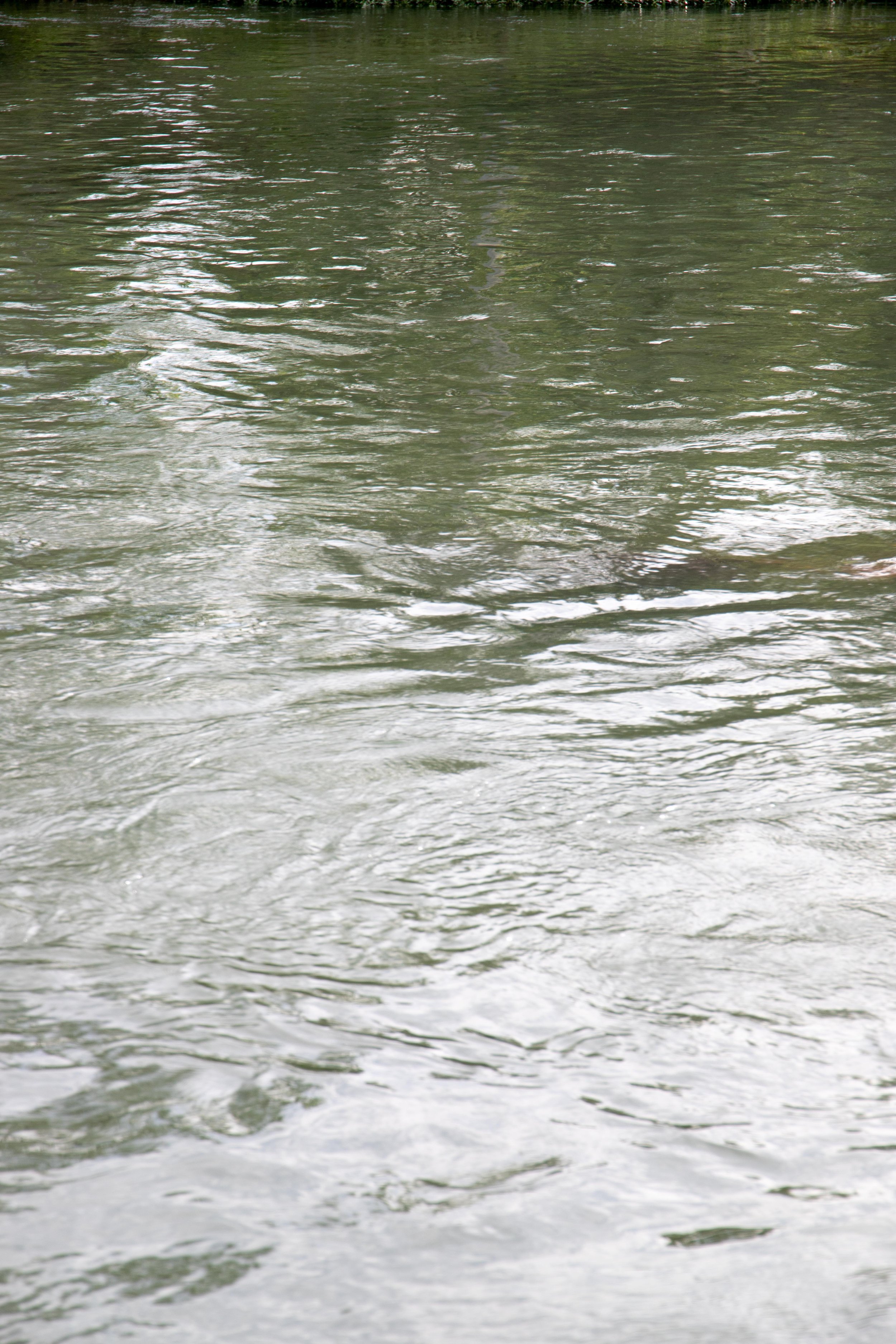
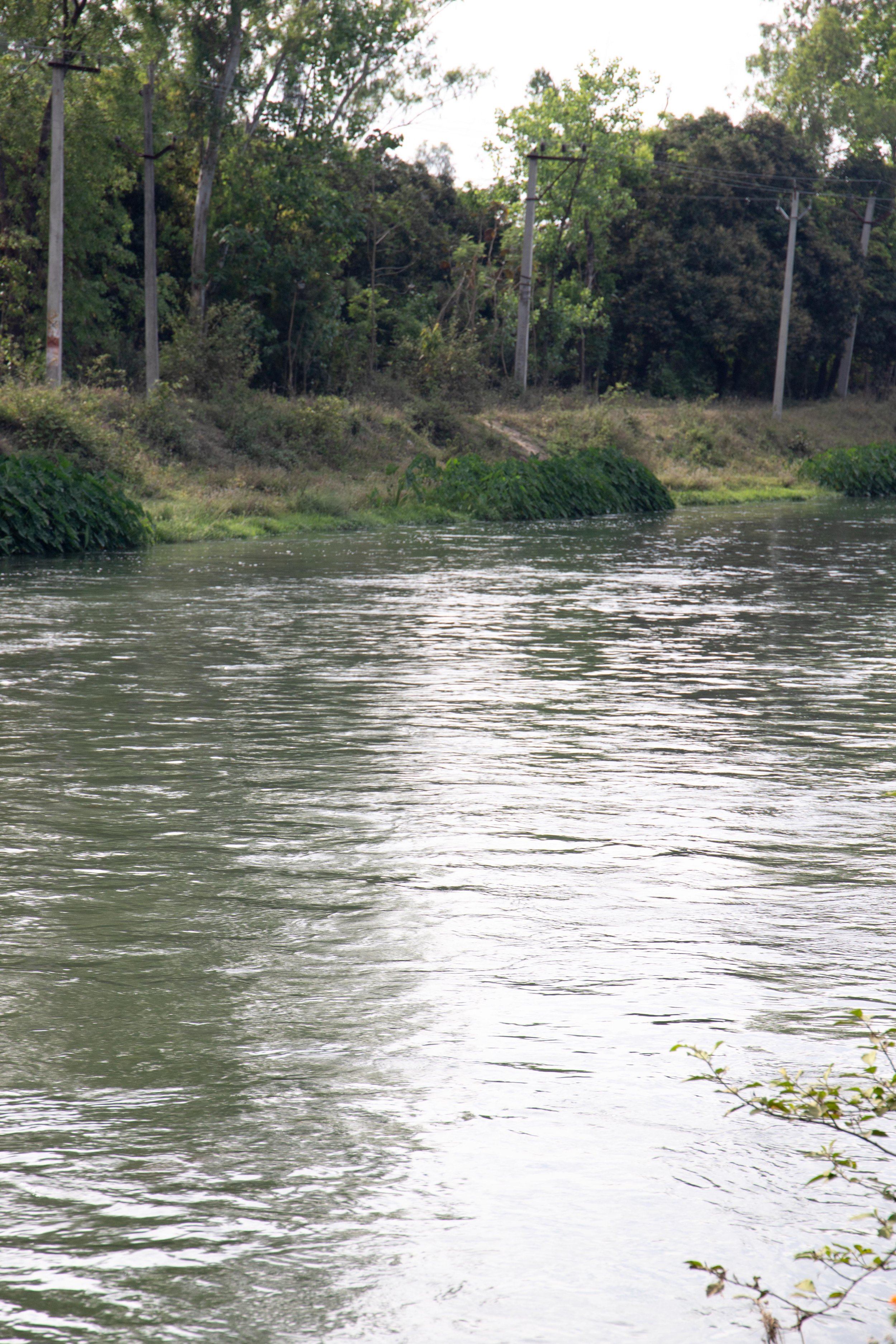
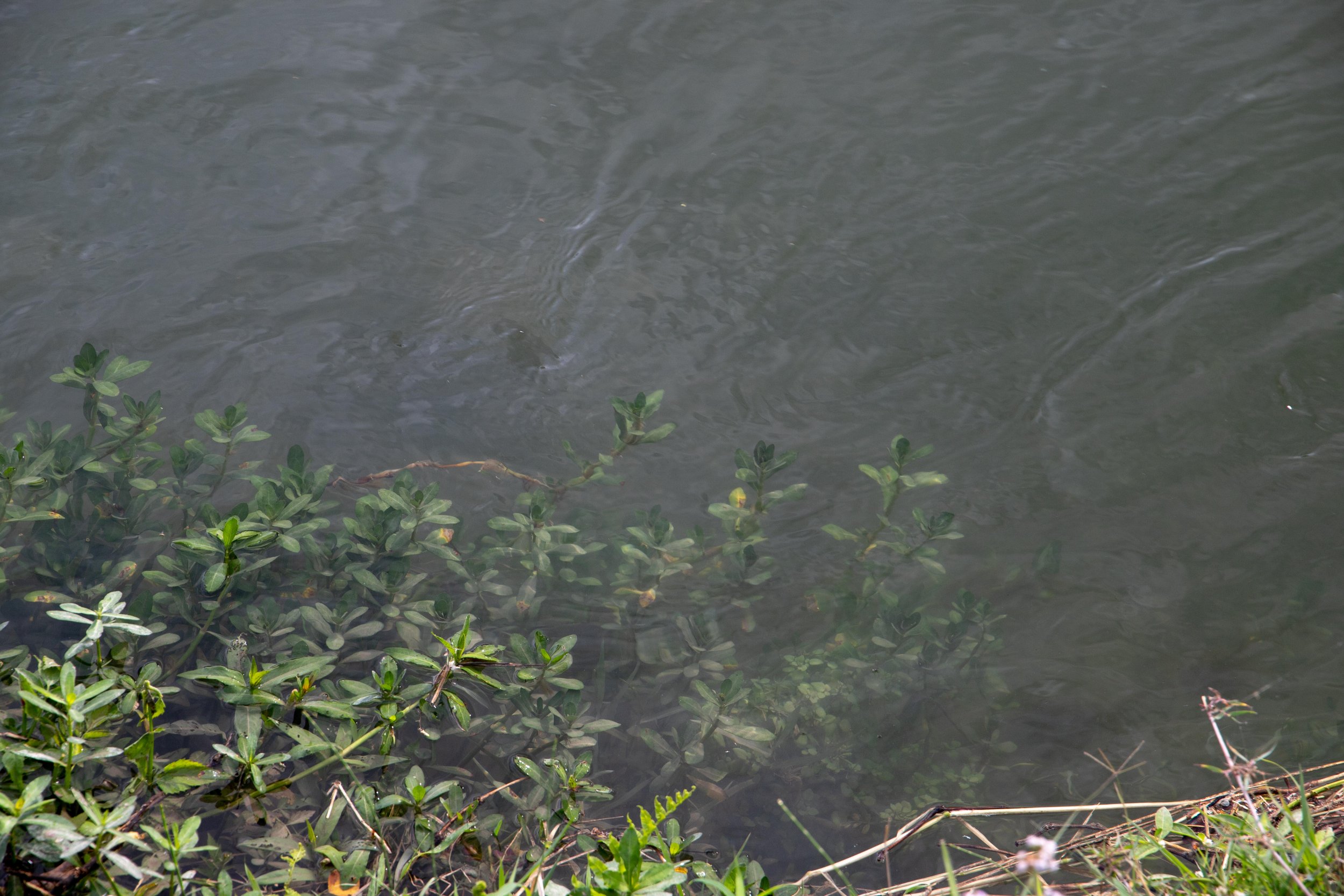
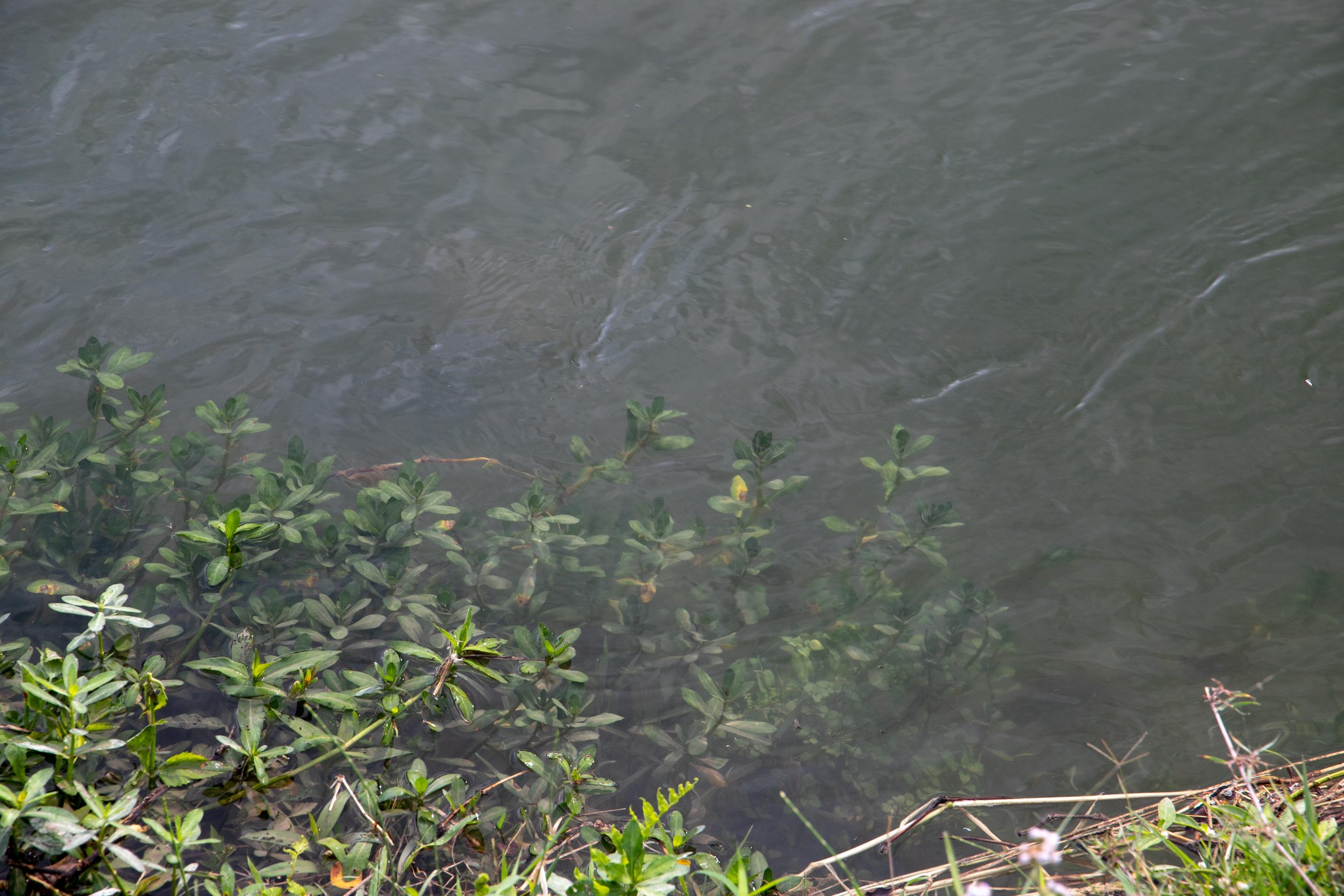
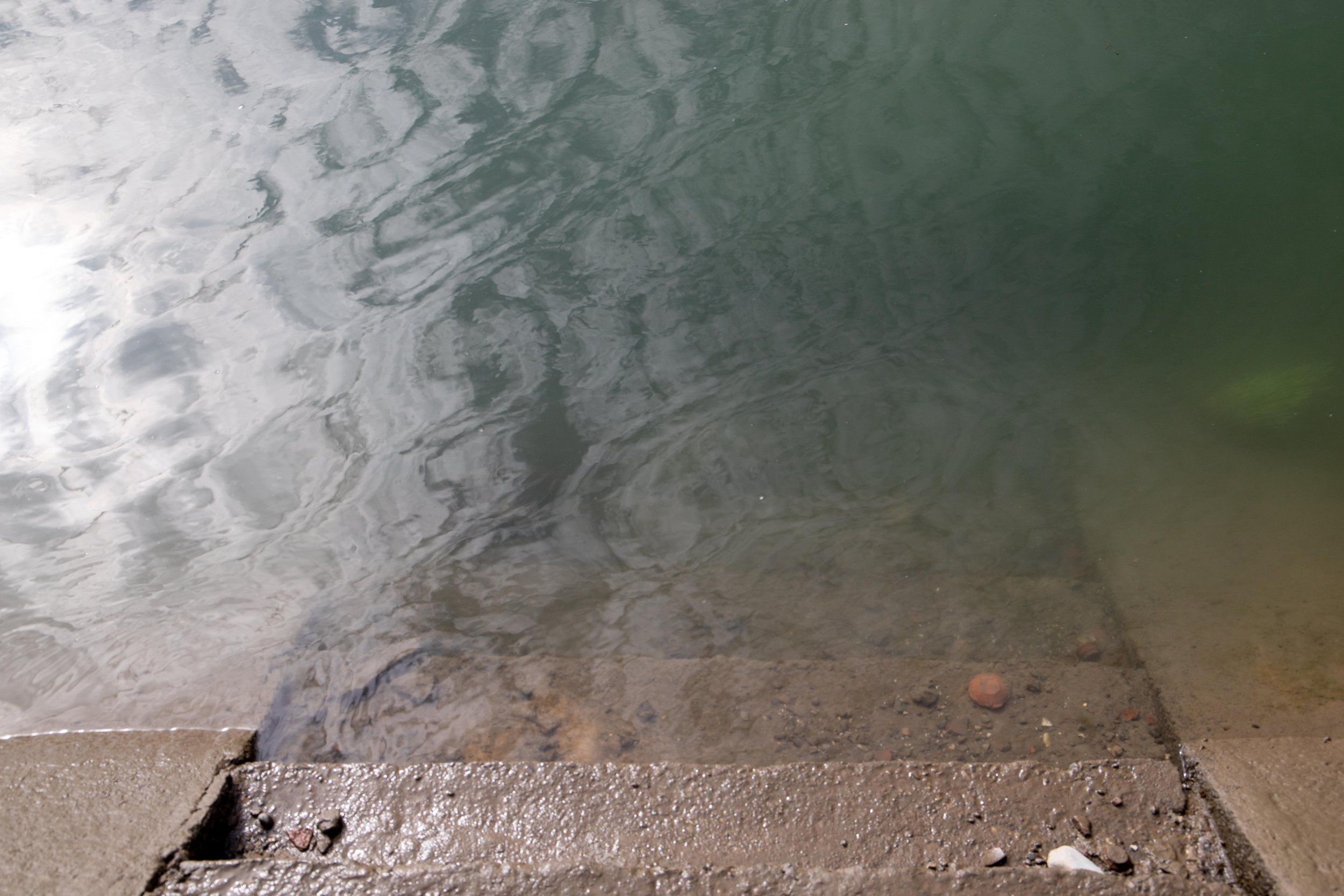
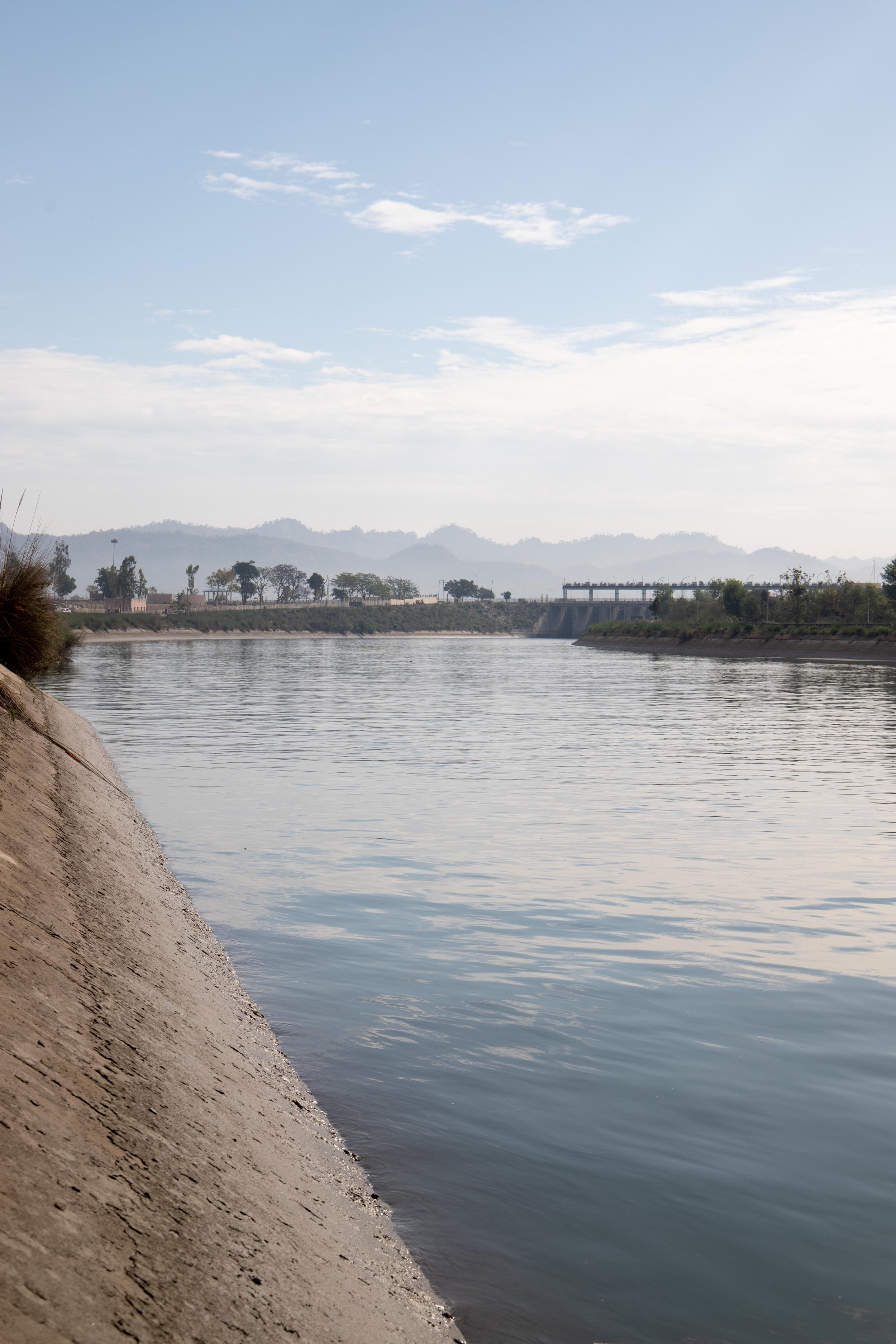
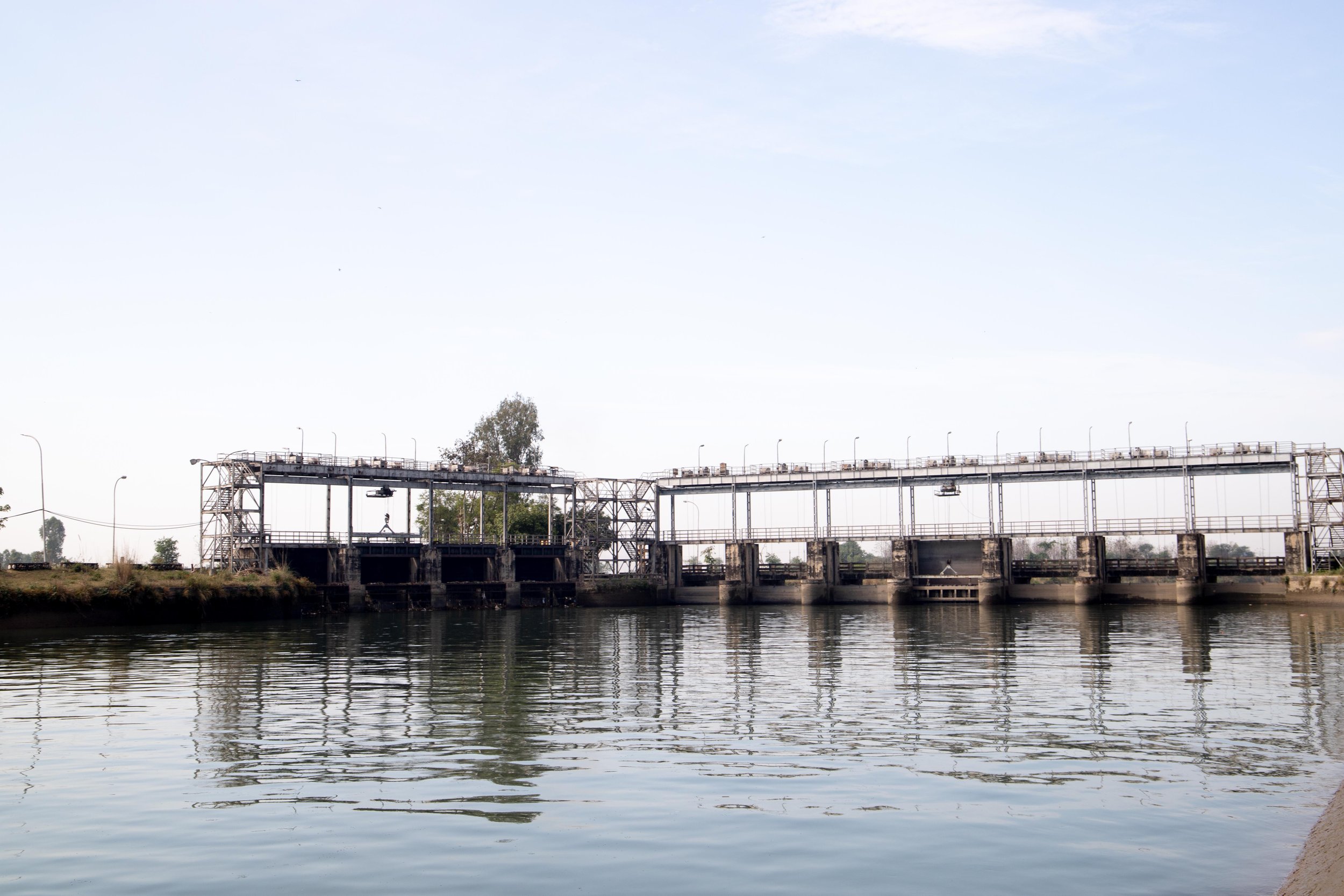
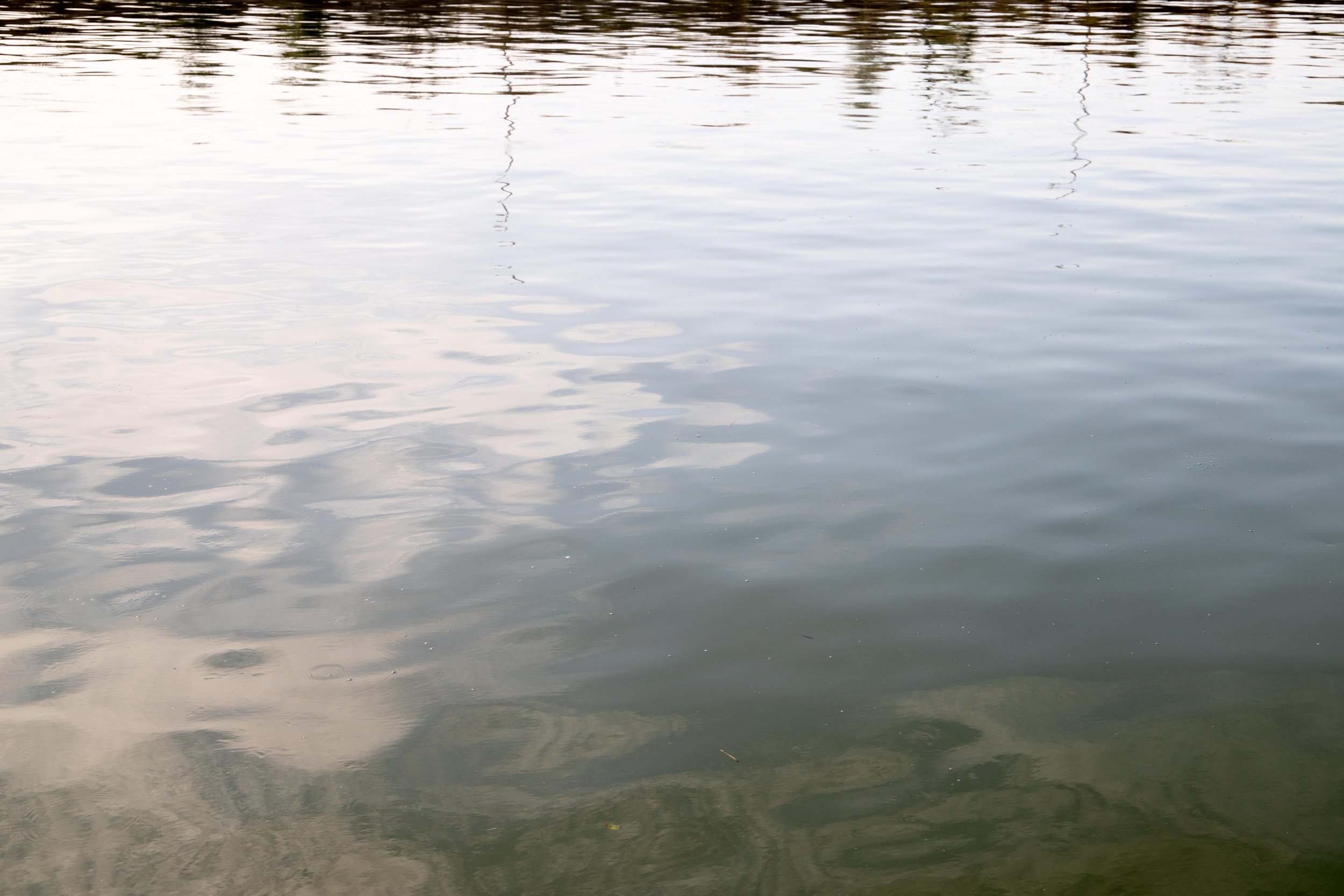
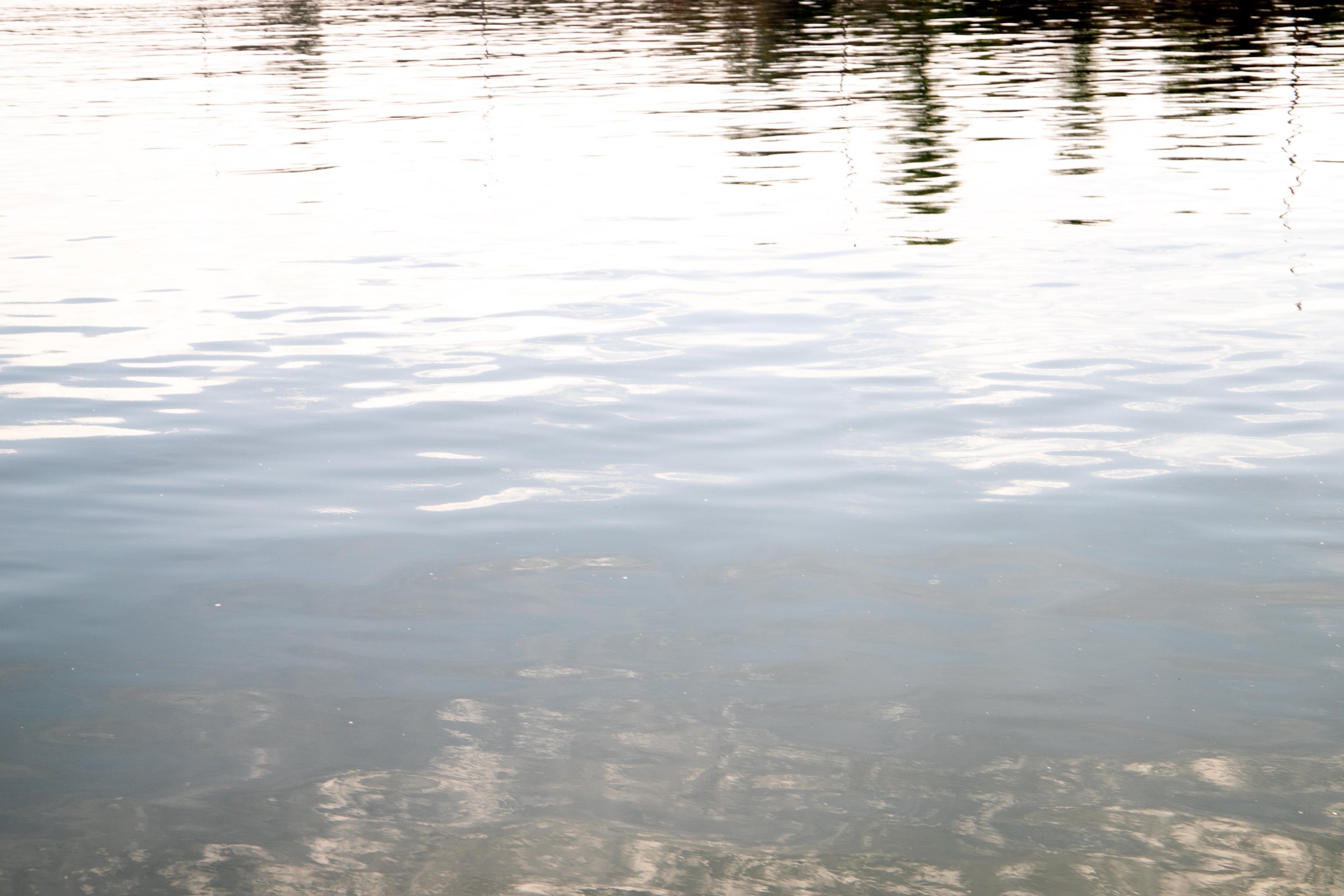

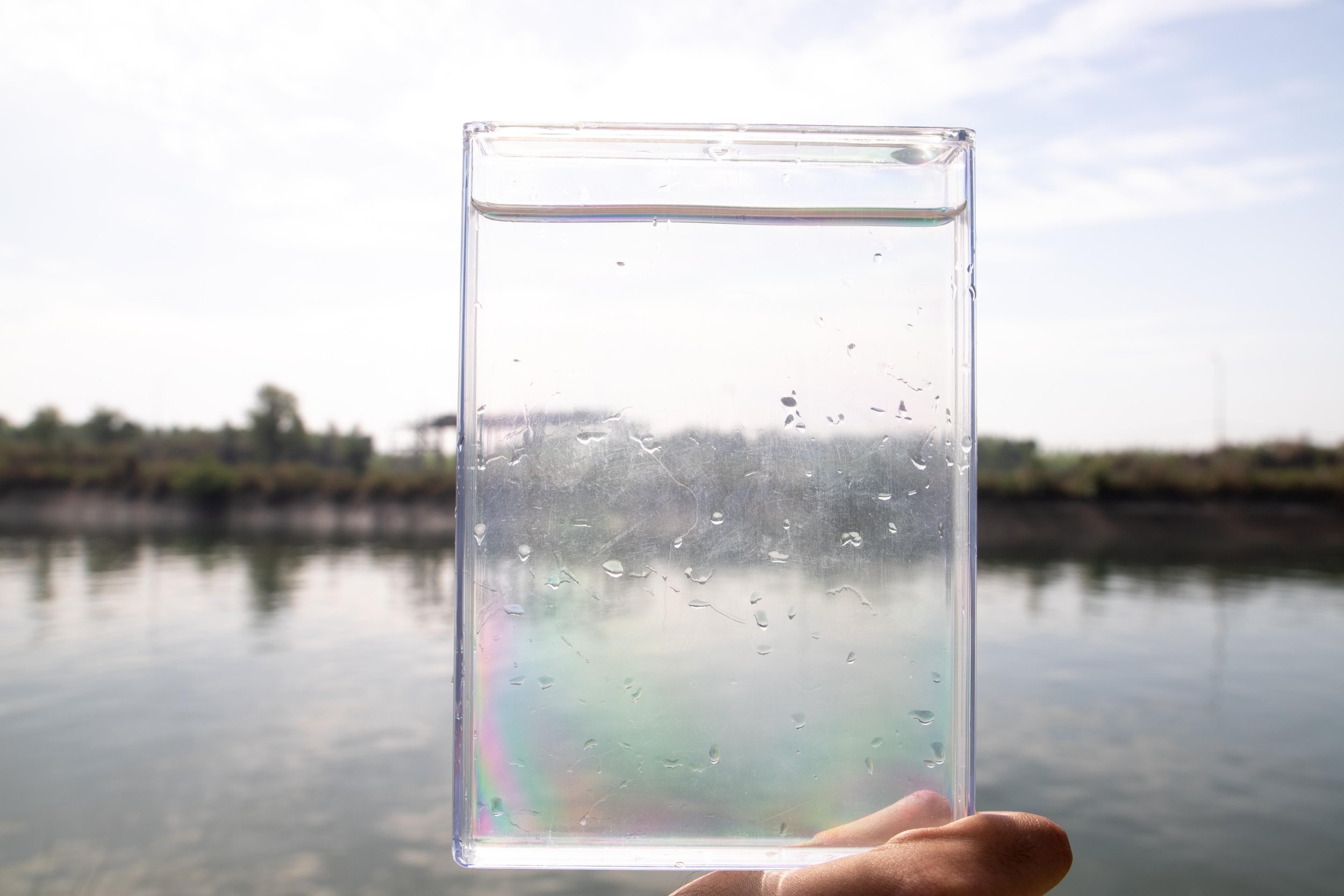
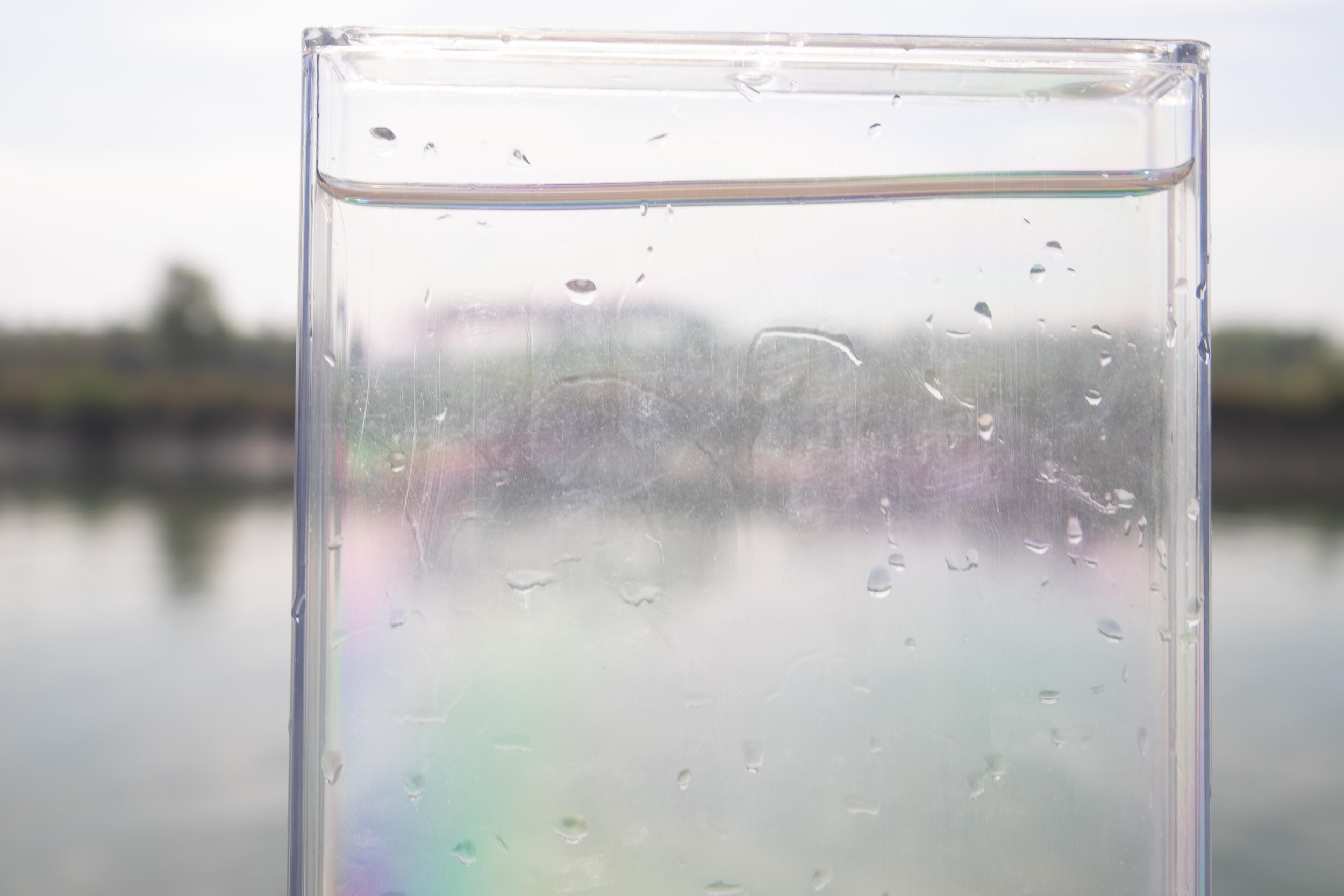
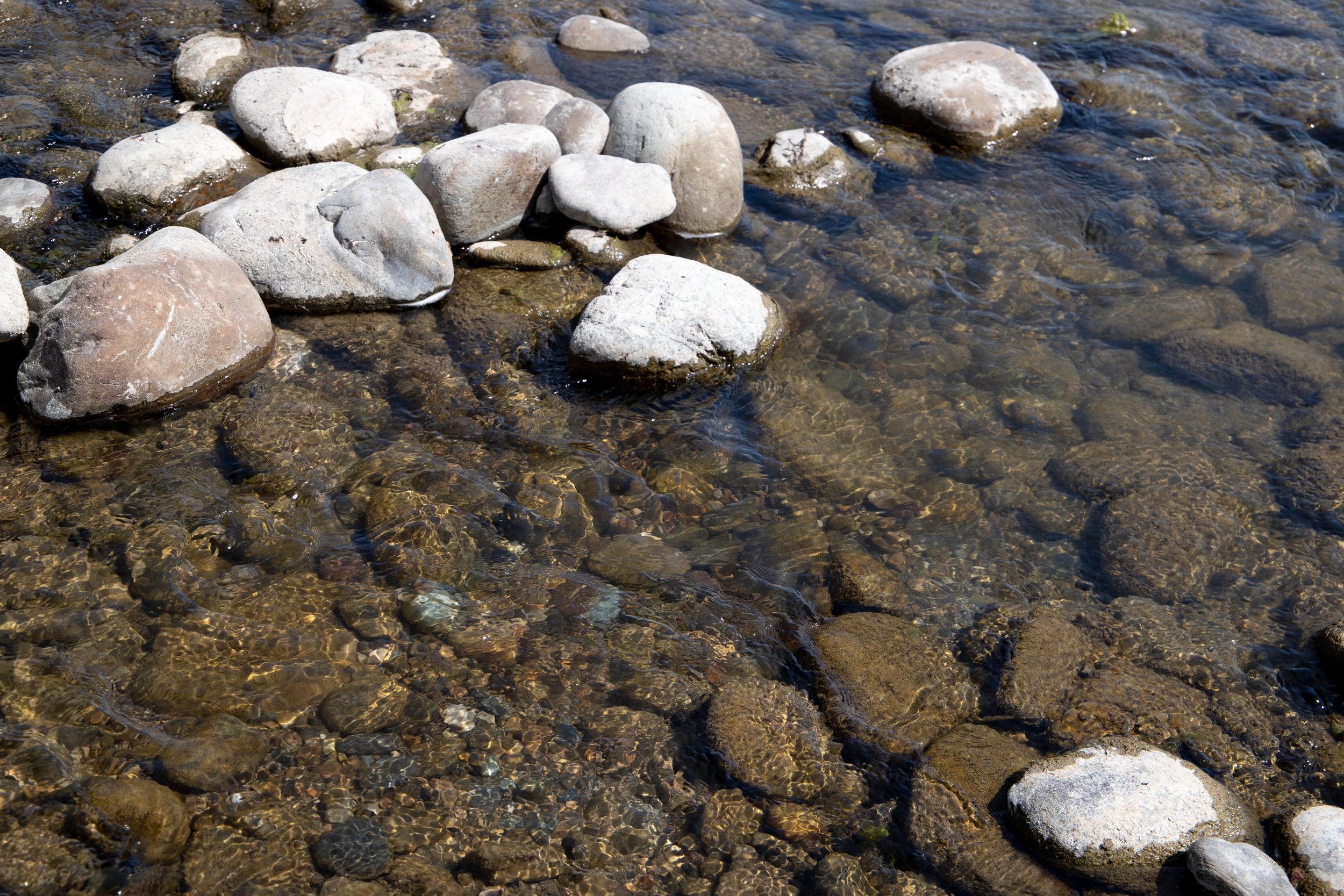
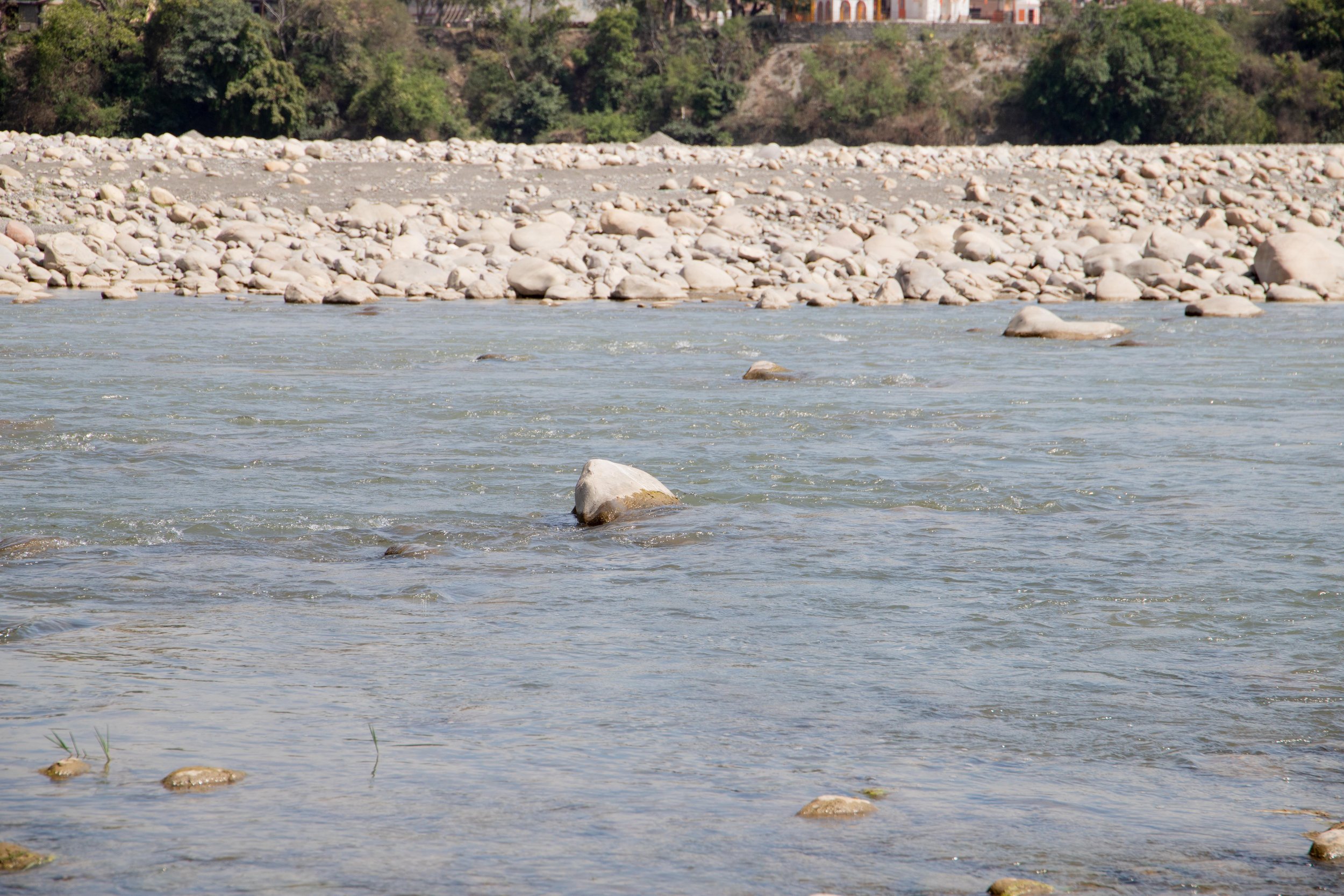
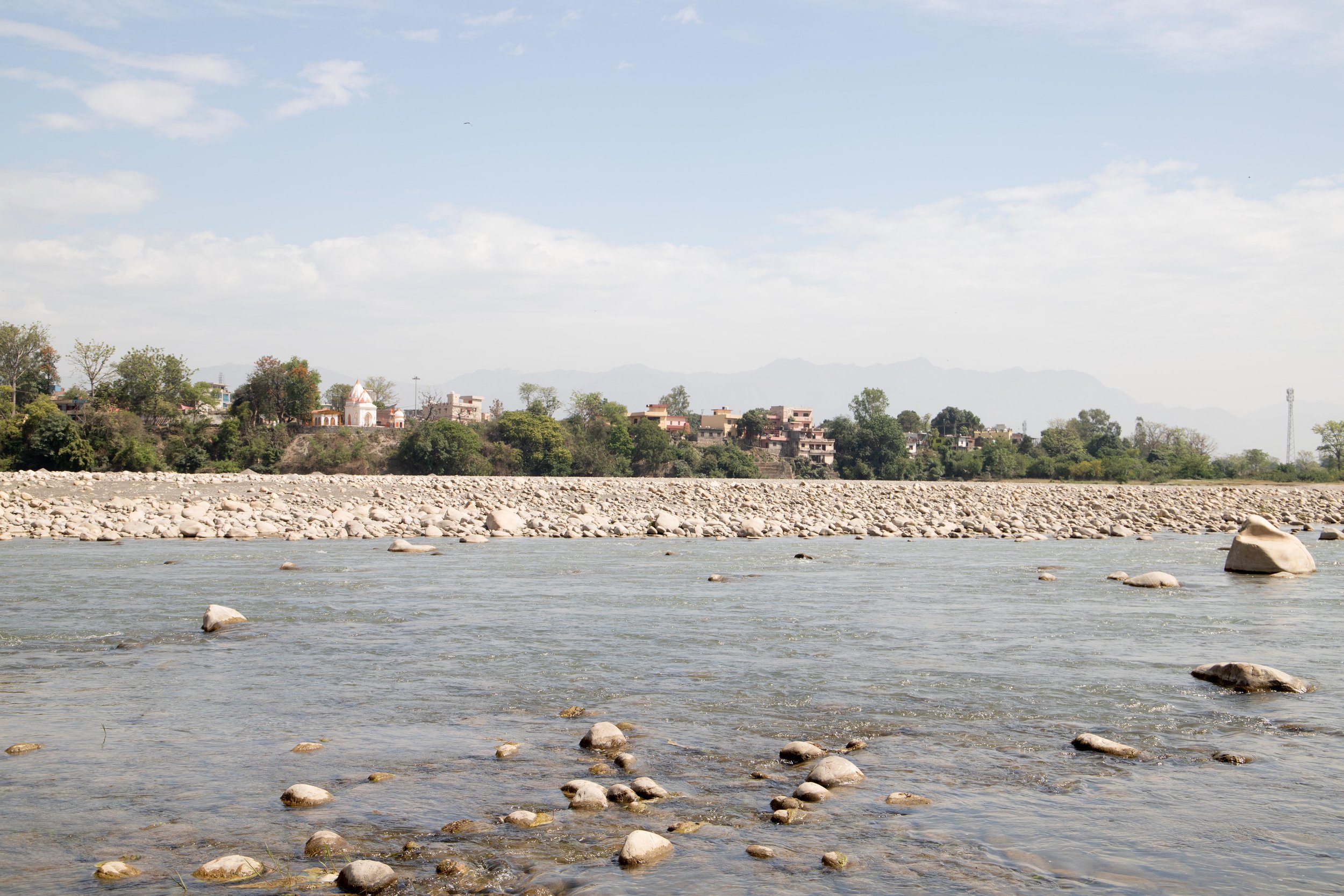







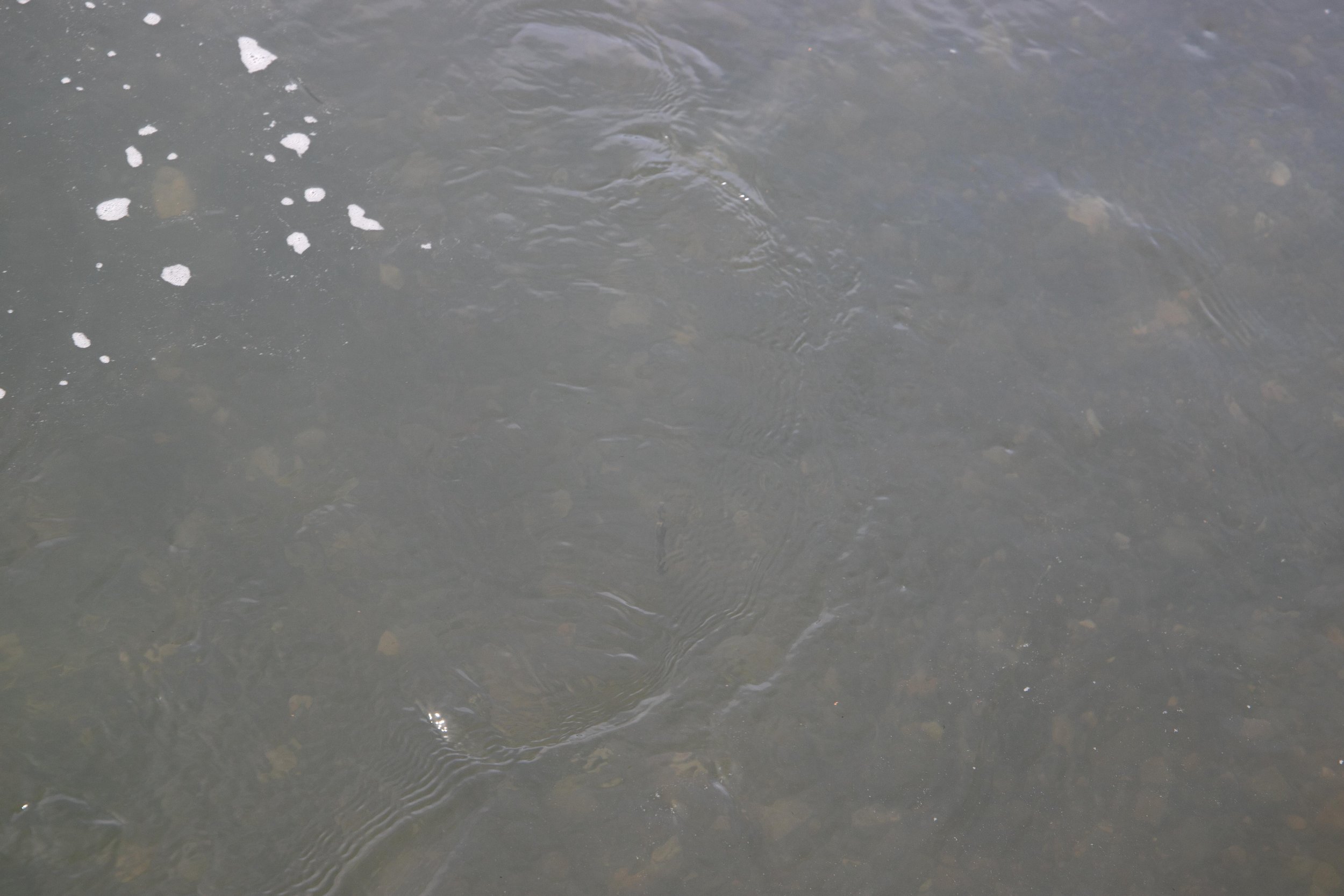
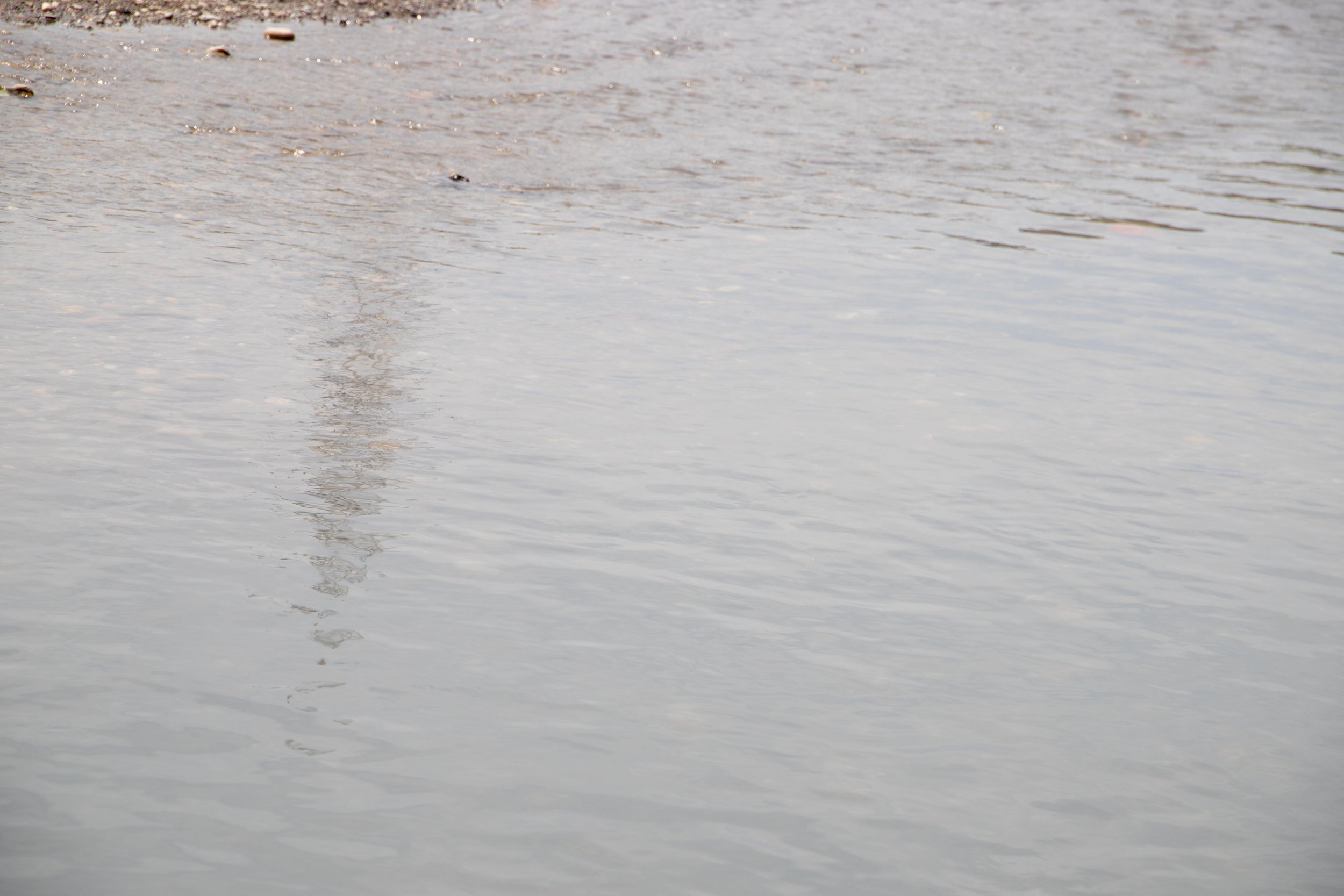
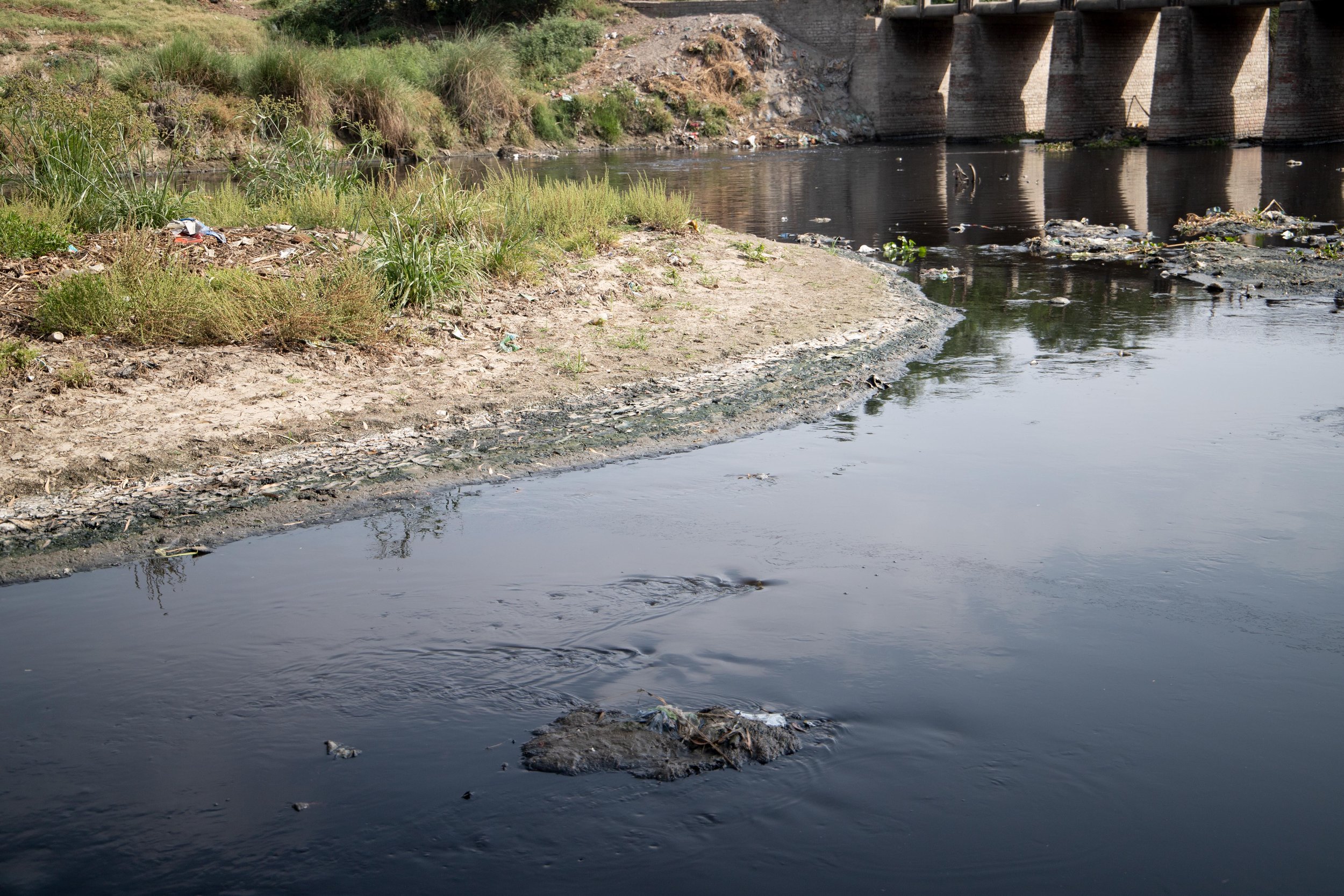
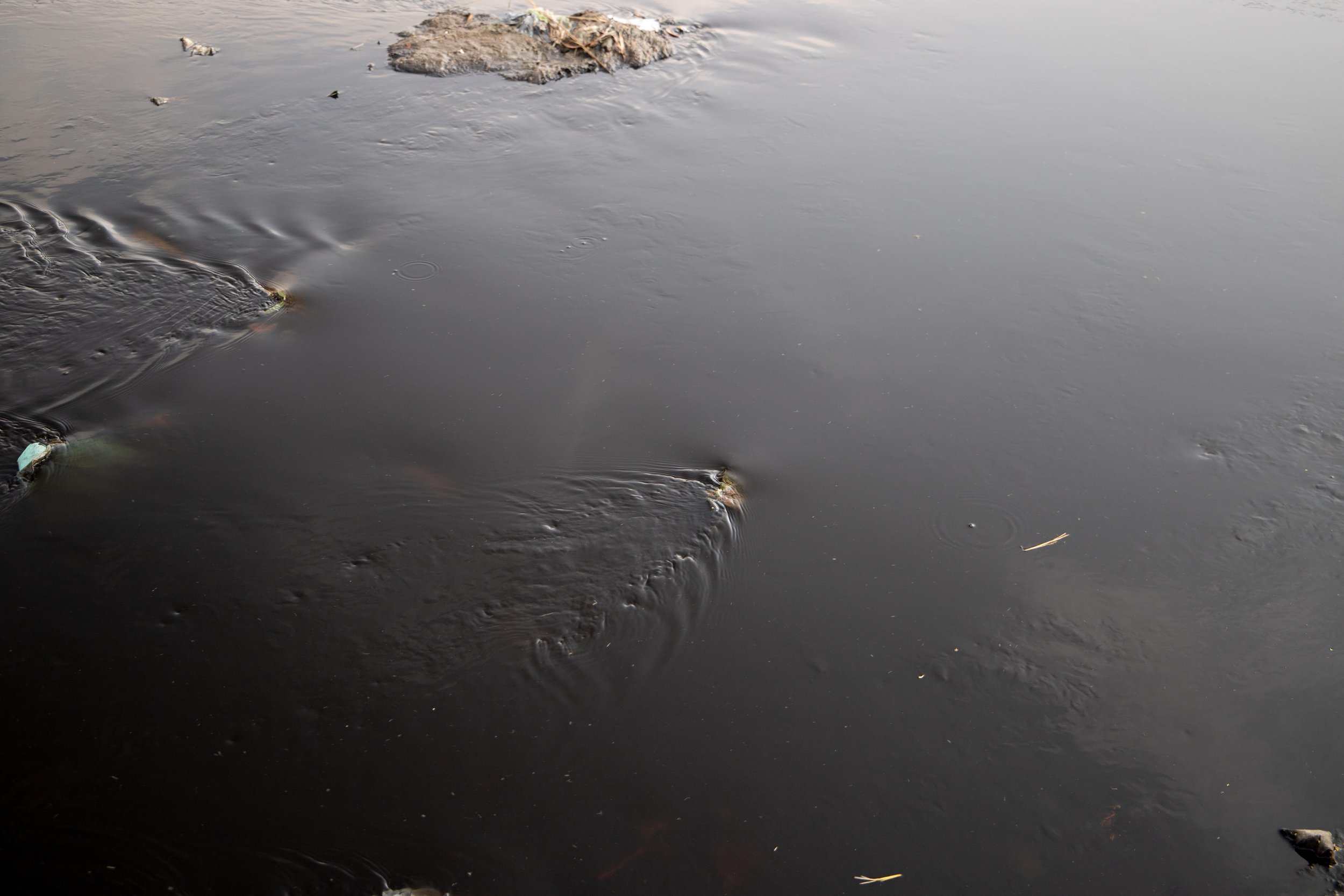
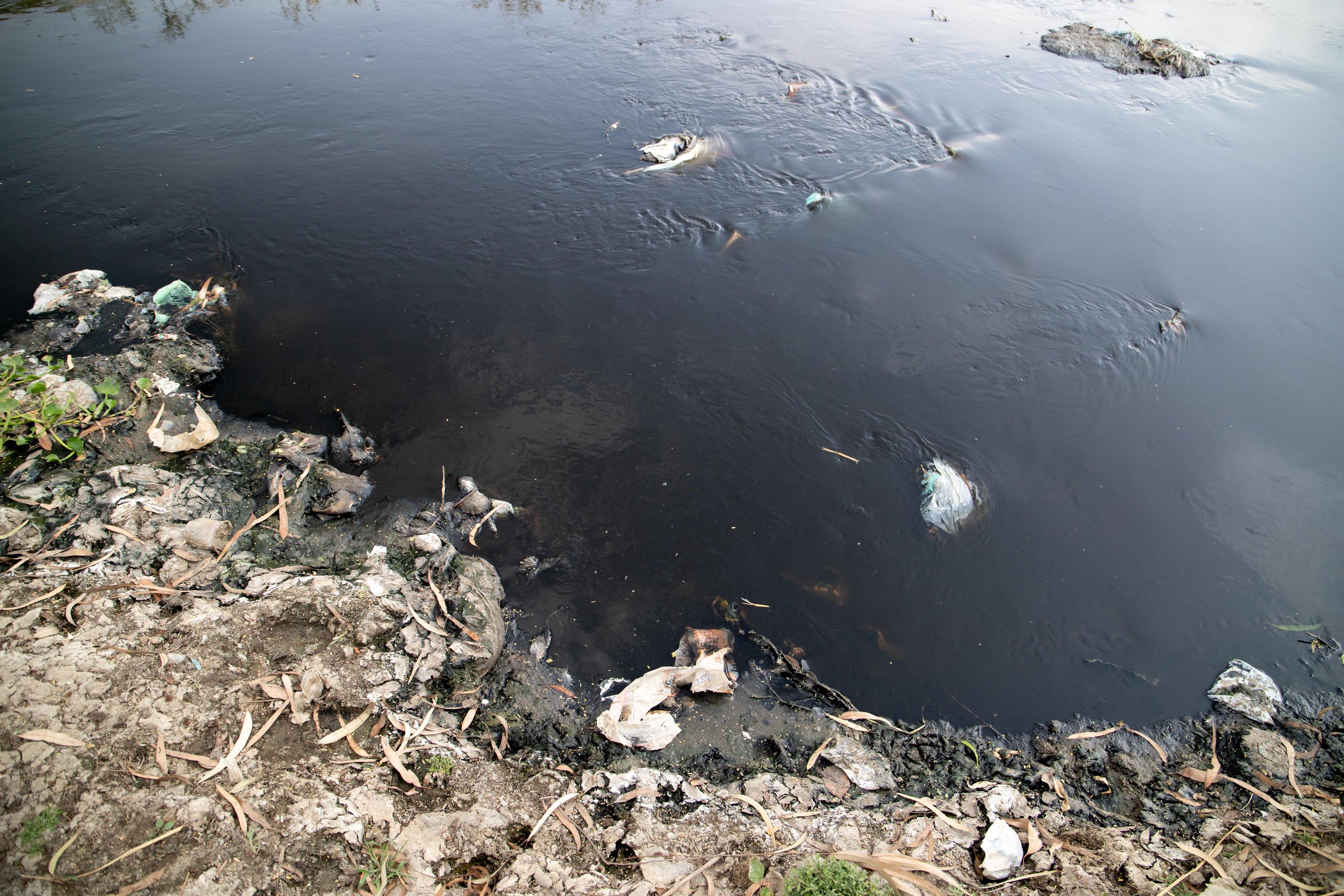



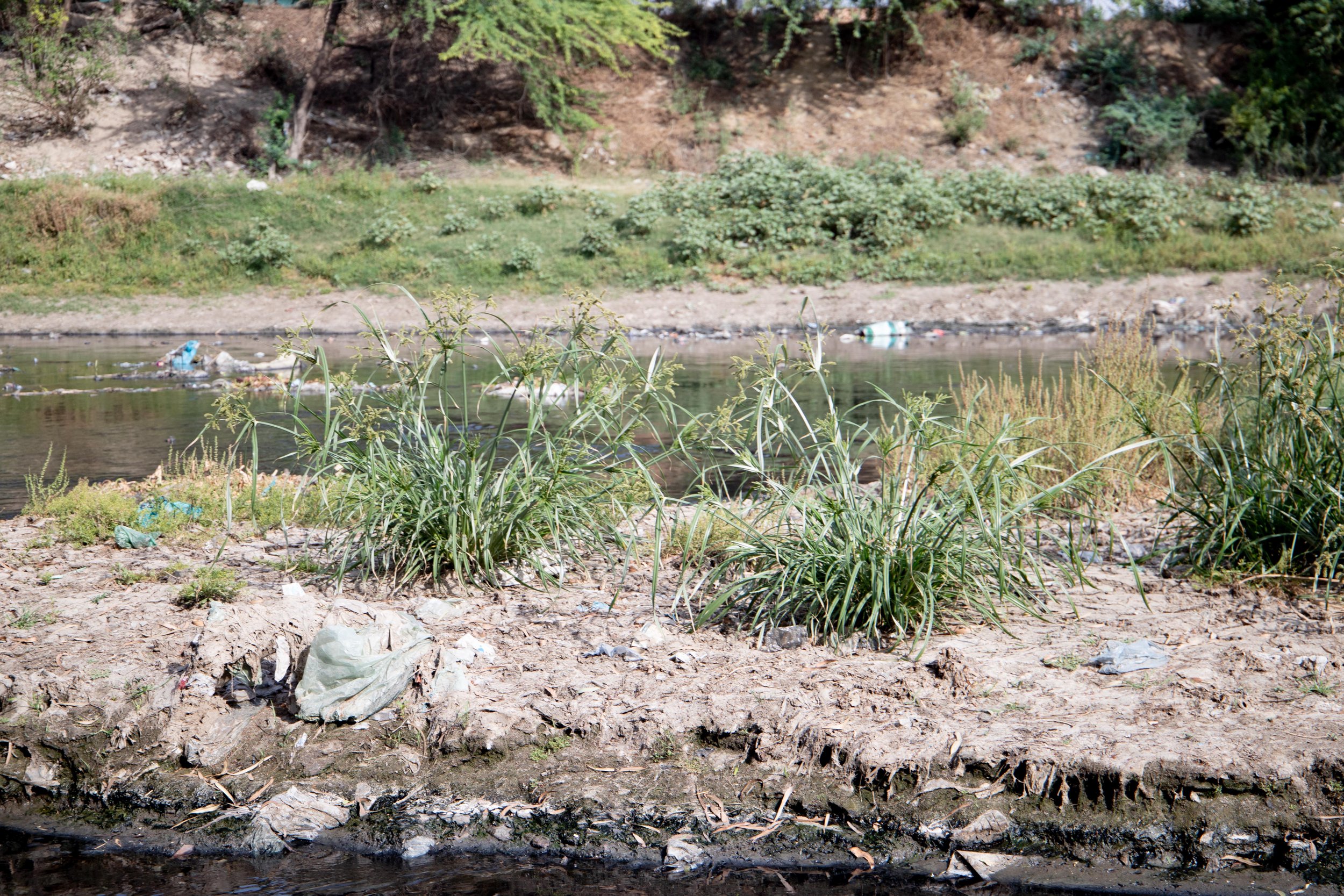
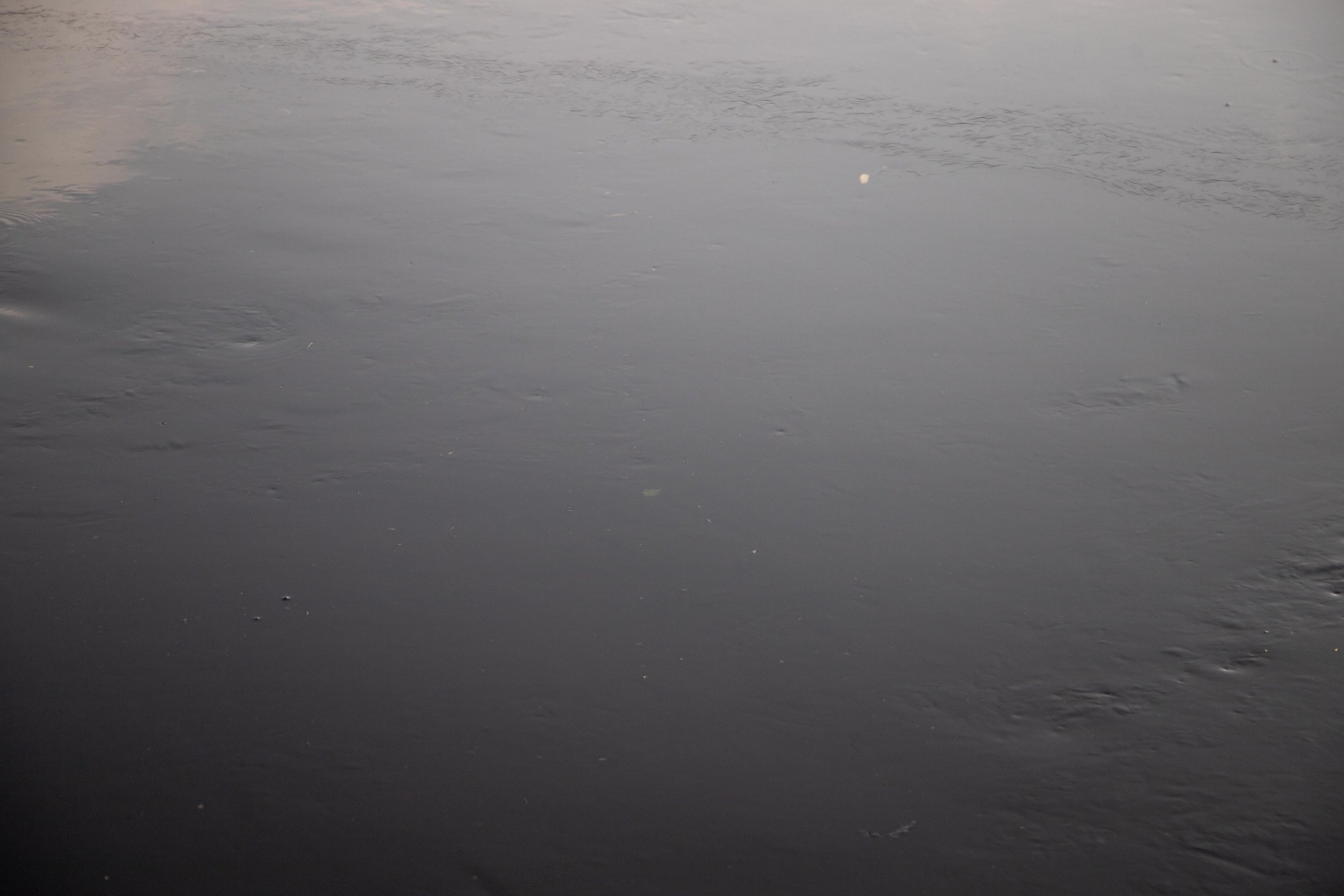
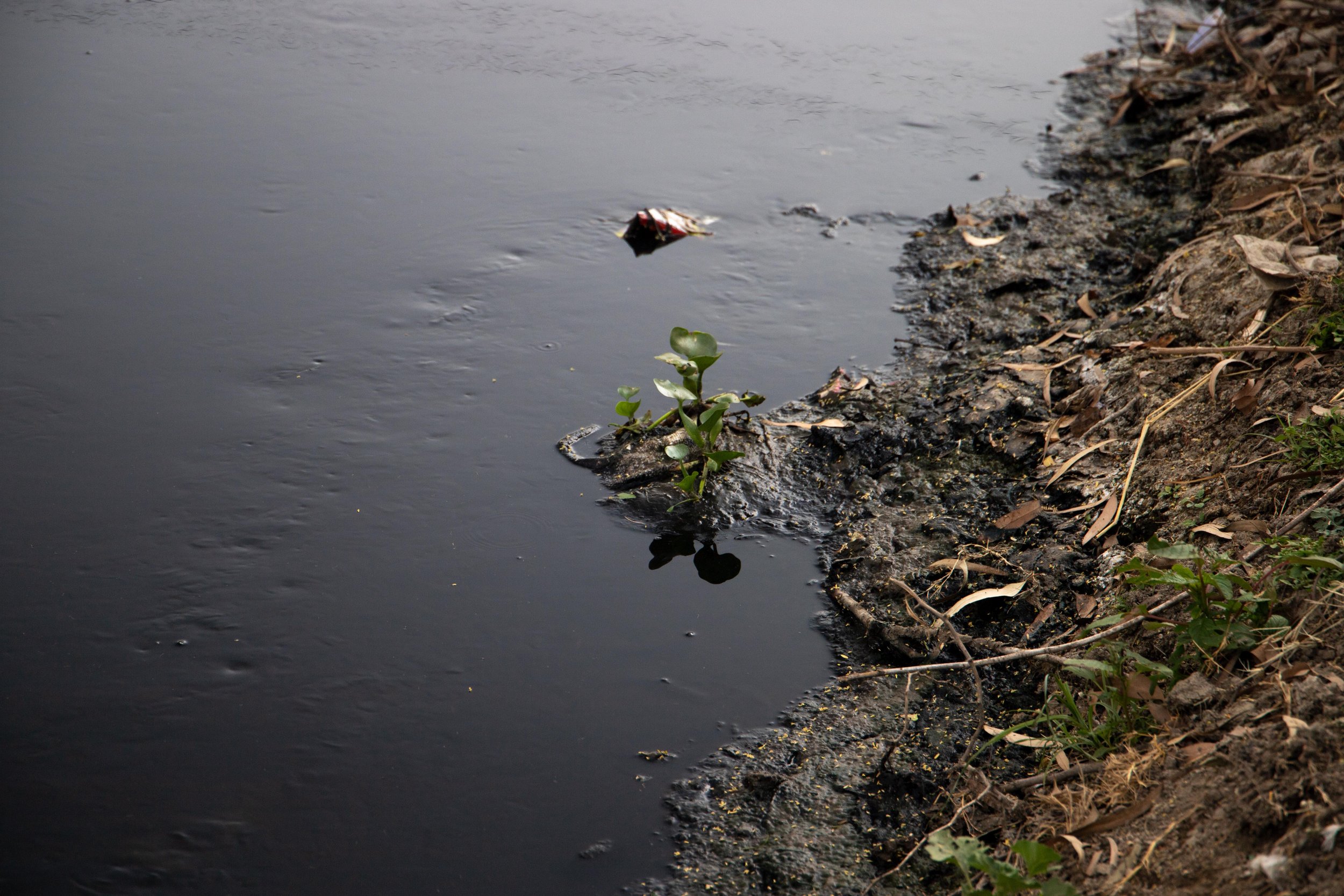


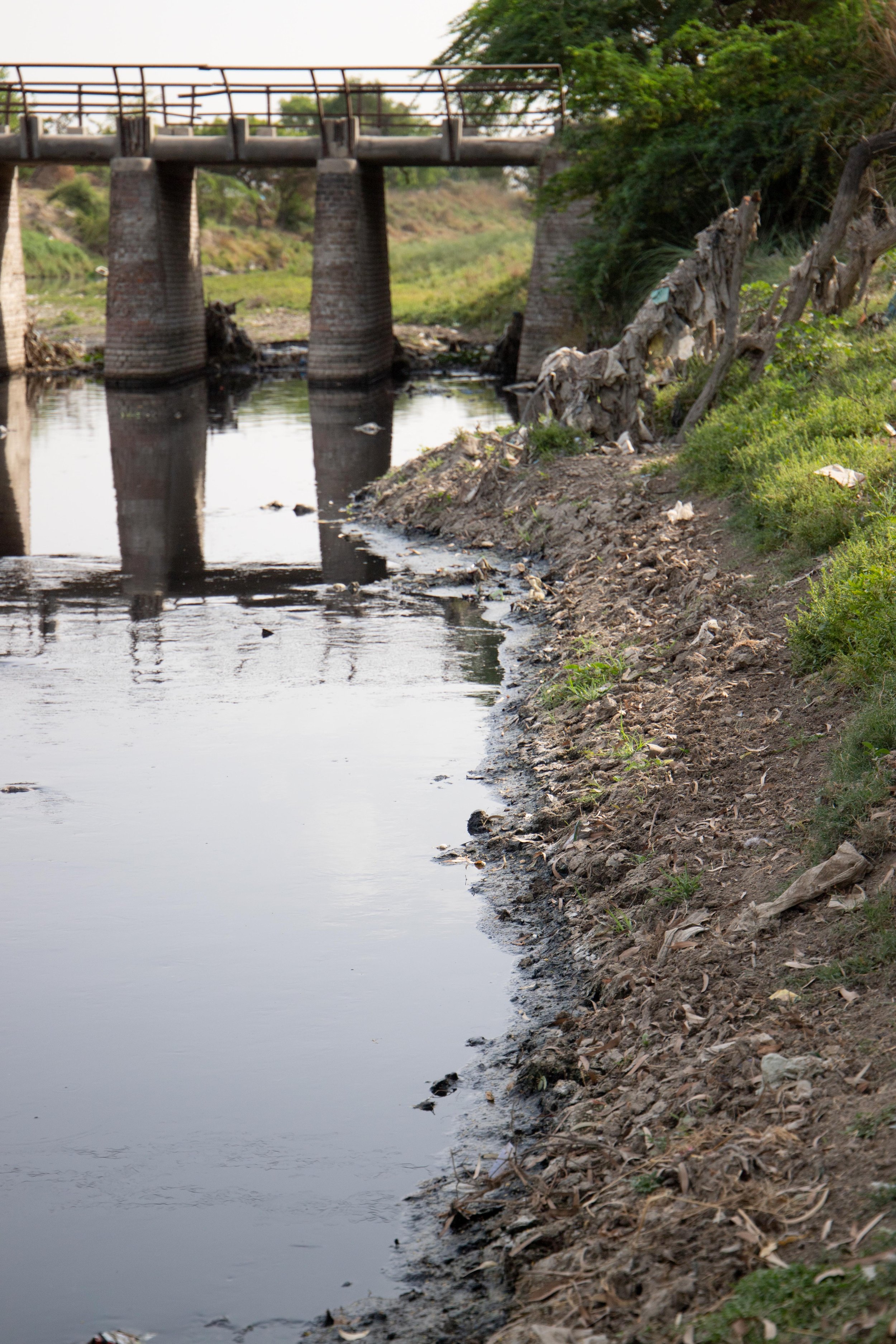
It also would not have been possible without the support and help of:
Sagar Sainger
Harsh Bhadana
